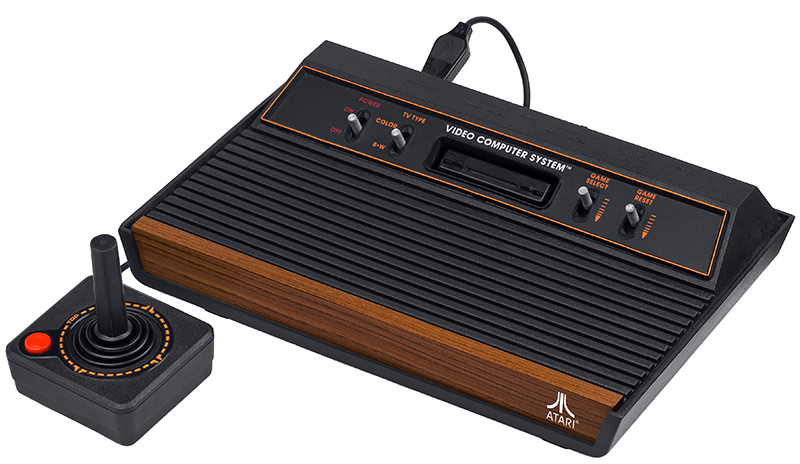
PC History
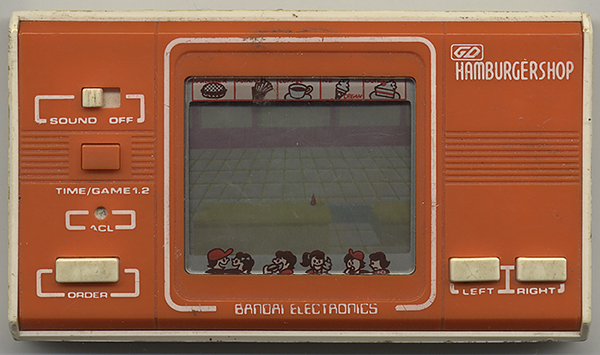
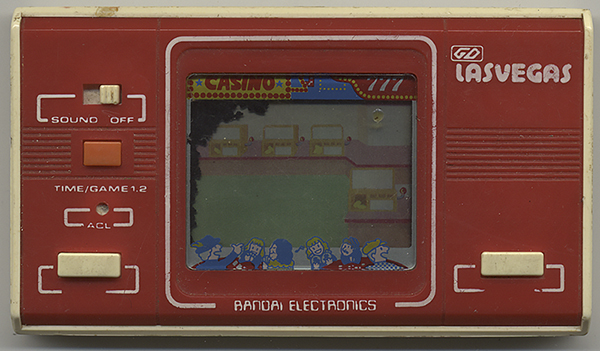
|
Atari 2600 |
|
| Processor | 1.19Mhz 8-bit Processor MOS Technology 6507 |
| Memory
|
128 bytes MOS Technology RIOT chip. |
| Removable Storage1 | ROM
(game cartridges) : 4 kb maximum capacity |
| Display Adapter | TIA - Television interface Adapter - Coaxial TV aerial cable using PAL connector. 192 x 160 pixels resolution. 128 colors, with max 4 colors per line (104 colors available in PAL) |
| Display |
B/W or Color CRT TV through RCA connector (NTSC, PAL or SECAM) |
| Audio |
TIA - Television interface Adapter -
Coaxial TV aerial cable using PAL connector - MONO |

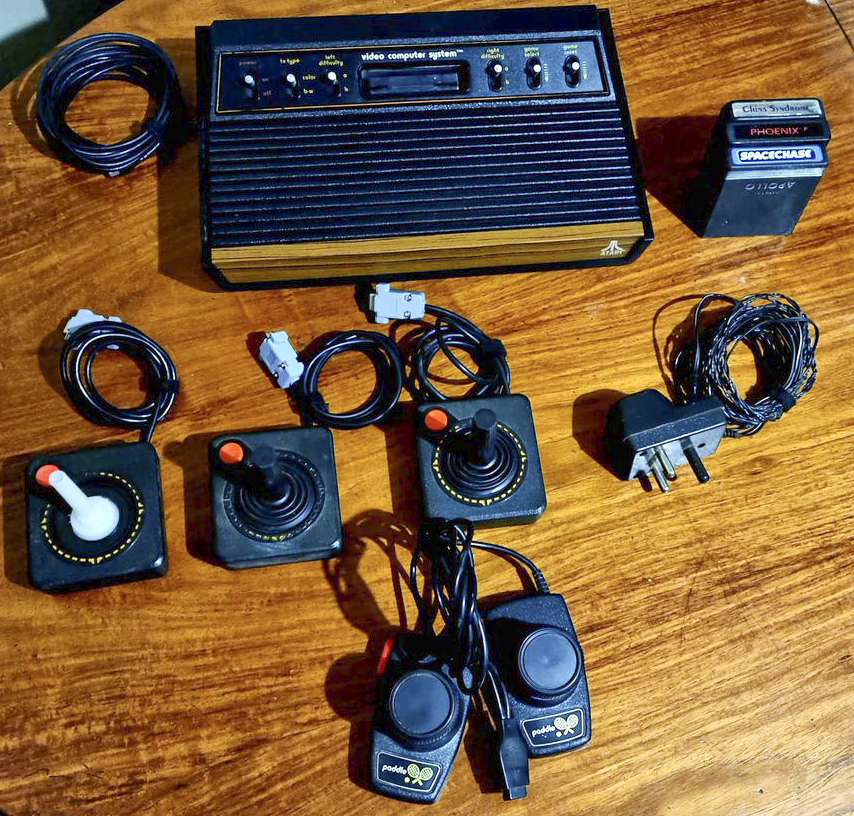
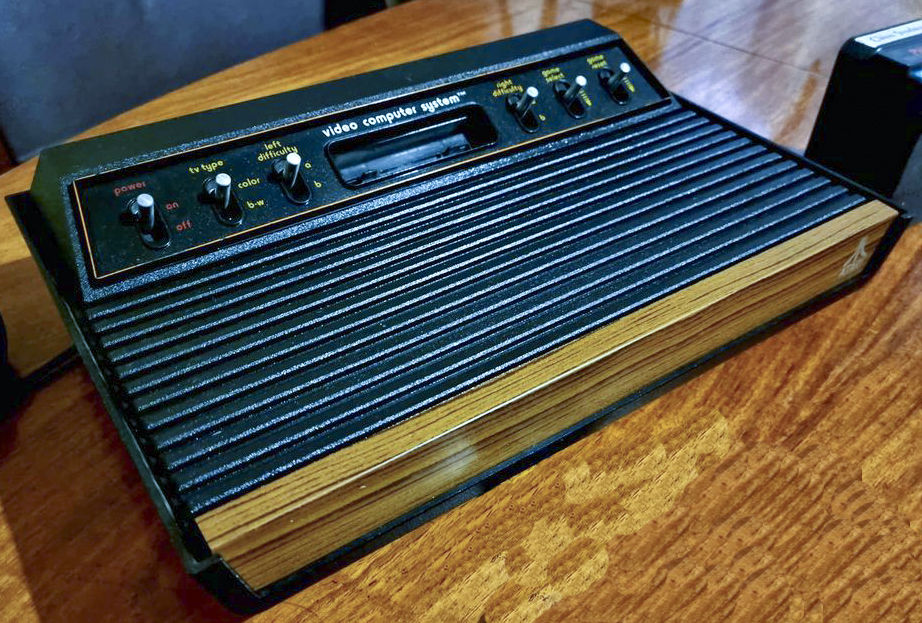
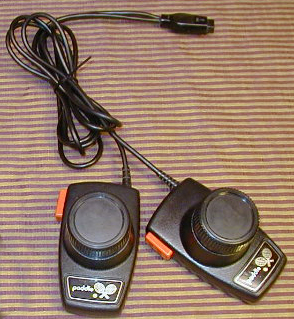
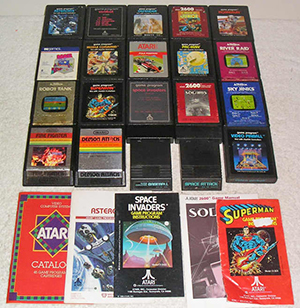
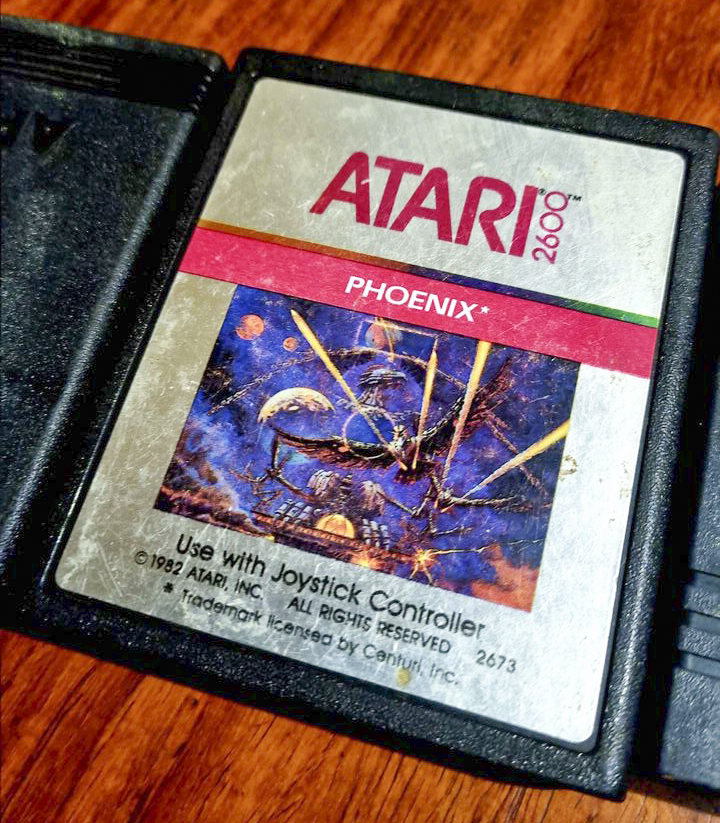
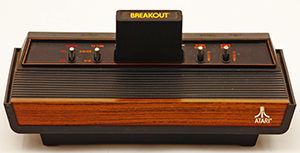
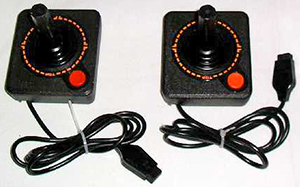
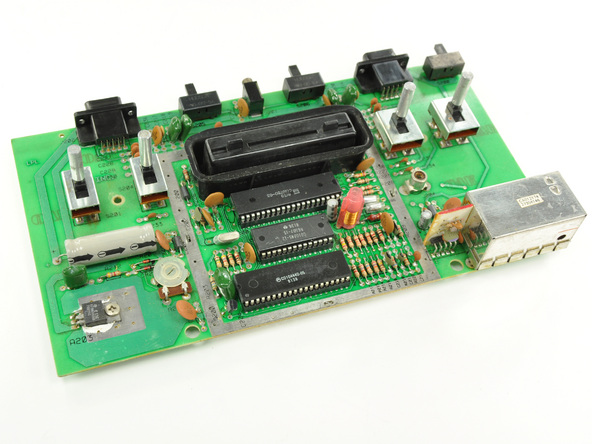
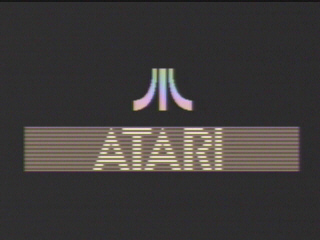
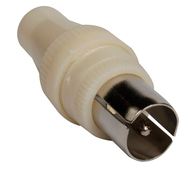
|
Commodore 64 |
|
| Processor | 8-bit MOS Technology 6510/8500
microprocessor - 0.985 MHz (PAL) or 1.023 MHz (NTSC) - We
used PAL |
| Cooling |
Passive, no heatsink |
| Memory | 64 kB of RAM |
| Removable Storage1 | Tape
Cassette (Commodore 1530 Datassette, 300 baud tape
interface) |
| Display Adapter | MOS Technology
6569/8565 (PAL), 16 colors, 320×200 pixels, 512 bytes color
RAM |
| Display | B/W or Color CRT TV through RCA connector (NTSC, PAL or SECAM) - Coaxial TV aerial cable using PAL connector - 4:3 screen format |
| Audio
|
MOS Technology 6581/8580 SID - Coaxial TV aerial cable using PAL connector |
| Form Factor |
Personal Computer |
| Controller |
Built
in QWERTY keyboard and Quickshot joystick |
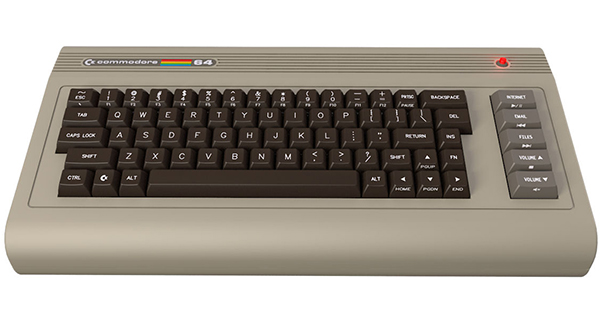
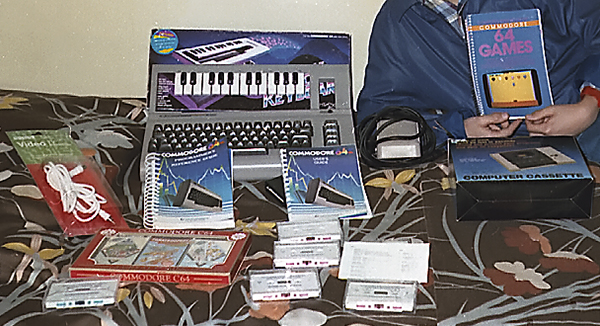
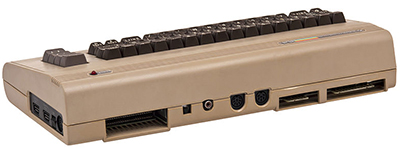
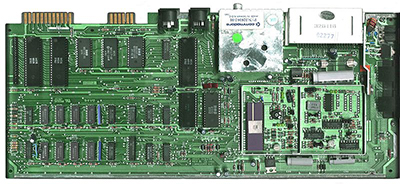
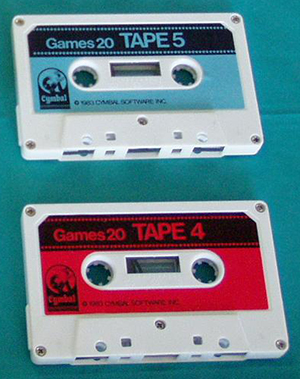
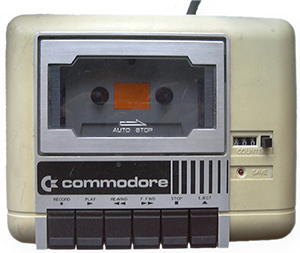
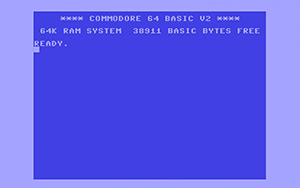
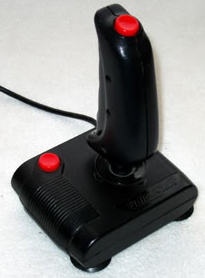
First PC - 1994 - 1995
|
AMD 386DX-40 |
|
| Processor | AMD 386DX-40 - 40Mhz - 20Mhz FSB -
Socket : 132-pin CPGA |
| Cooling |
Passive heat sink |
| Memory | 2Mb RAM (8x256Kb 30 pin SIMMS) Single
inline memory module |
| Motherboard | AMD - 40Mhz FSB - 1x8-bit & 5x16-bit ISA
expansion slots |
| Storage1 | Tandon TM503 - 3600rpm - MFM FH - 15Mb - 5.25inch |
| Storage2 |
Maxtor - 20Mb - IDE - 3.5inch |
| Removable Storage1 | 1.44mb
Stiffy Disk Drive Module |
| Removable Storage2 | 1.2mb Floppy Disk Drive |
| Display Adapter | VGA - 8-bit ISA slot |
| Display | 13 inch (264mm Wide x 198mm High Display Area) - 640 x 480 (VGA) - CRT - 4:3 screen format |
| Form Factor |
Desktop Small form factor |
| Input
/ output |
Plug
in Serial & Parallel card, 8-bit ISA VGA graphics card -
Plug in IDE controller card, 8 Bit BNC ISA network Card |
| Operating System | DOS 6.22 |
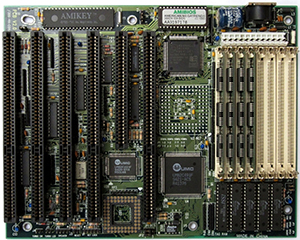
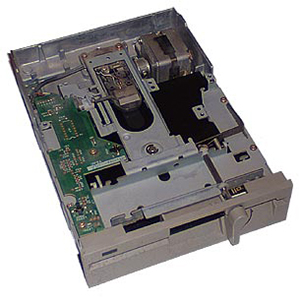
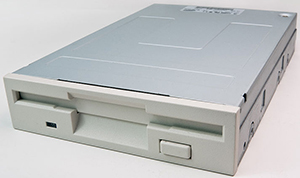
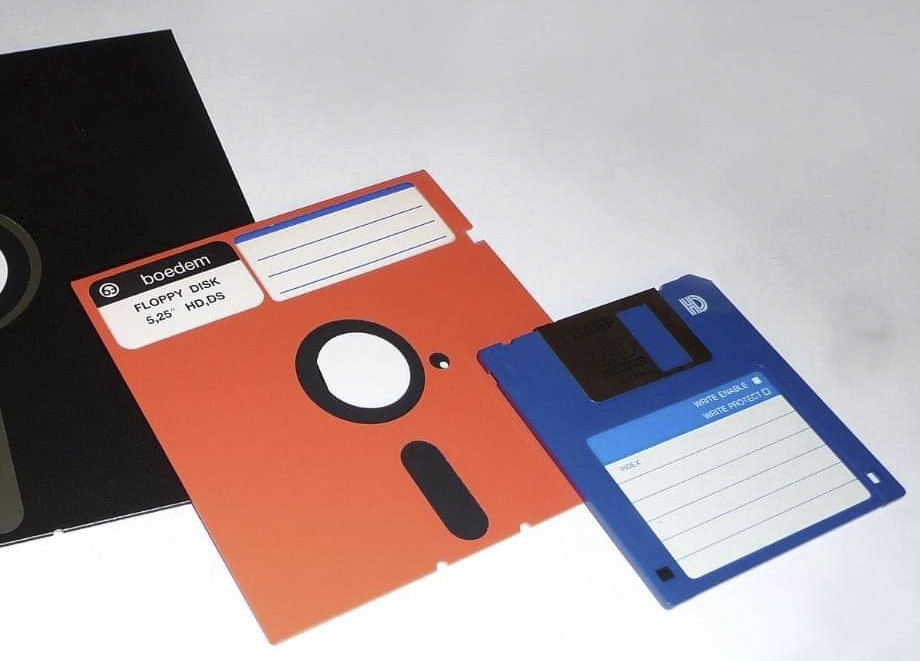
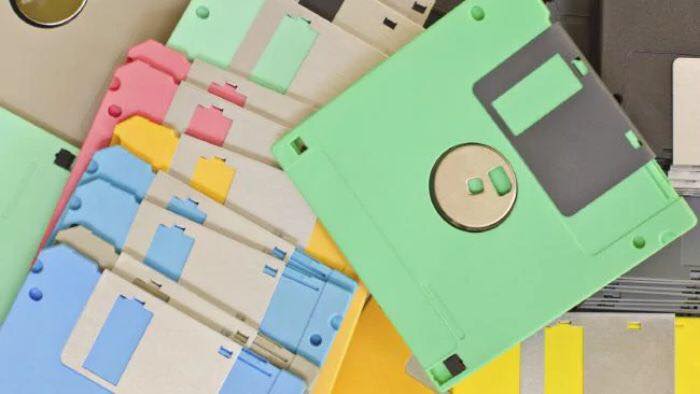

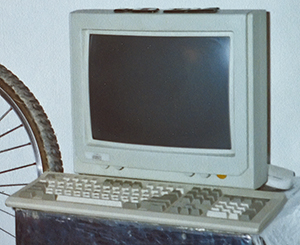
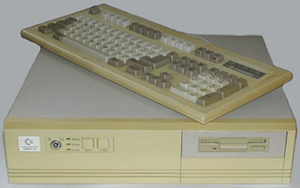
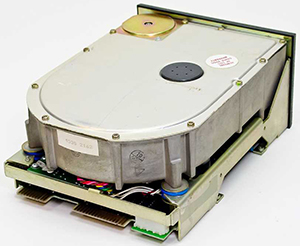
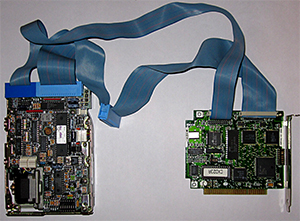
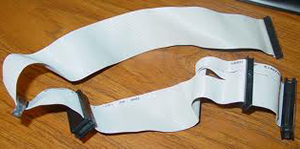
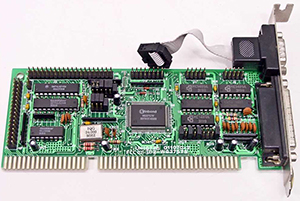
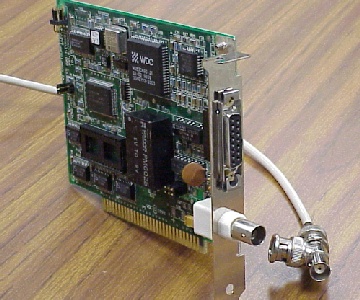
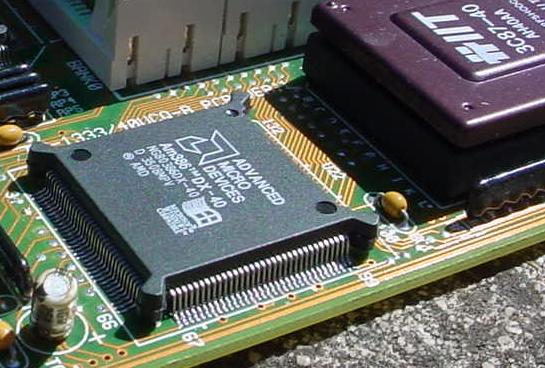
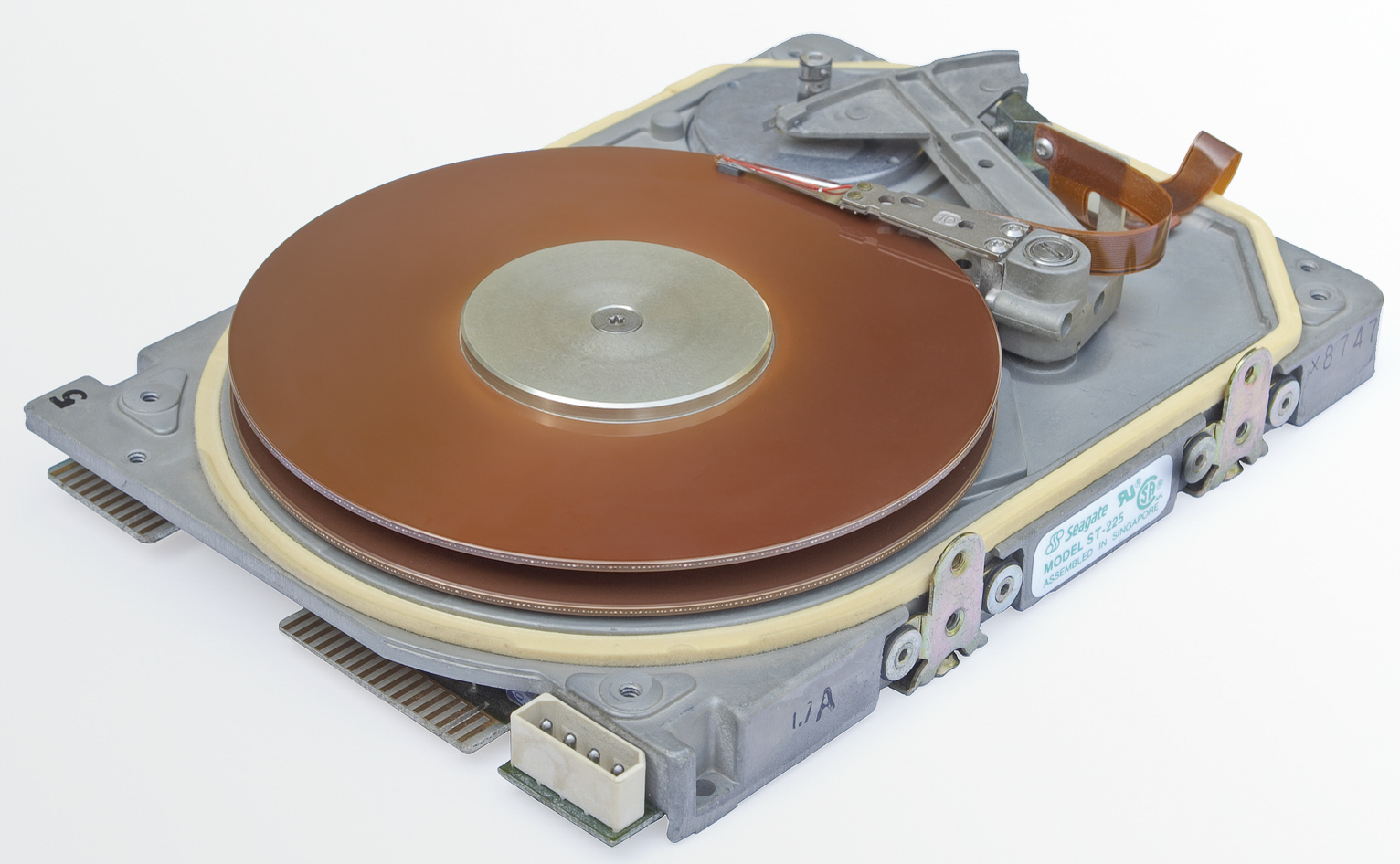

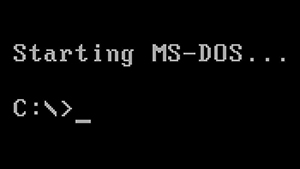
Upgrade
- 1996
|
Intel 486DX4 100 |
|
| Processor | Intel 486DX4-100 - 100Mhz - 16Kb Cache -
33Mhz FSB - Socket 3 |
| Cooling |
Passive heat sink |
| Memory | 2Mb RAM (4x512Kb 30 pin SIMMS) Single inline memory module |
| Motherboard | Intel - 33Mhz FSB - 16-bit ISA and 32-bit VESA
(Vesa Local
Bus) expansion
slots. (EISA was 32 bit and was replaced by PCI. I did not
have an EISA board). |
| Storage1 | Maxtor - 40Mb - IDE -
3.5inch |
| Removable Storage1 | 1.44mb
Stiffy Disk Drive Module |
| Removable Storage2 | 1.2mb Floppy Disk Drive |
| Display Adapter | Cirrus Logic VGA card -
32-bit VESA slot |
| Display | 14 inch (284mm Wide x 213mm High Display Area) - 640 x 480 (VGA) - CRT - 4:3 screen format |
| Form Factor |
Desktop Small form factor |
| Sound
Card |
Sound Blaster 16 Value - CT2770 |
| Input / output | Plug
in
Serial & Parallel card, VESA VGA graphics card - Plug in
VESA
IDE controller card, 8 Bit BNC ISA network Cards, US
robotics ISA modem |
| Operating System | Windows for Workgroups 3.1 + Windows 95 |
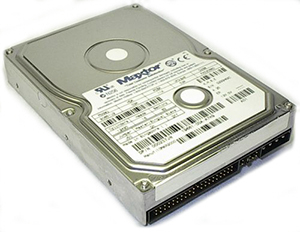
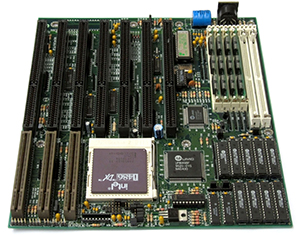
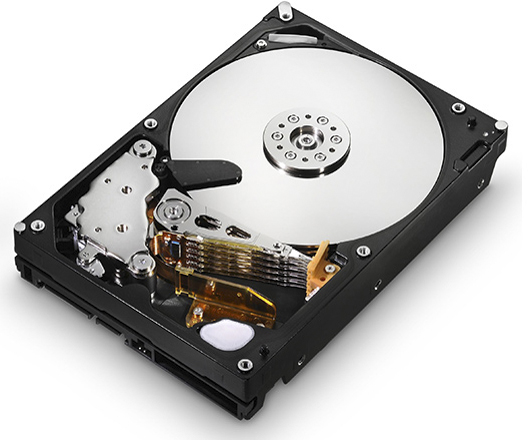
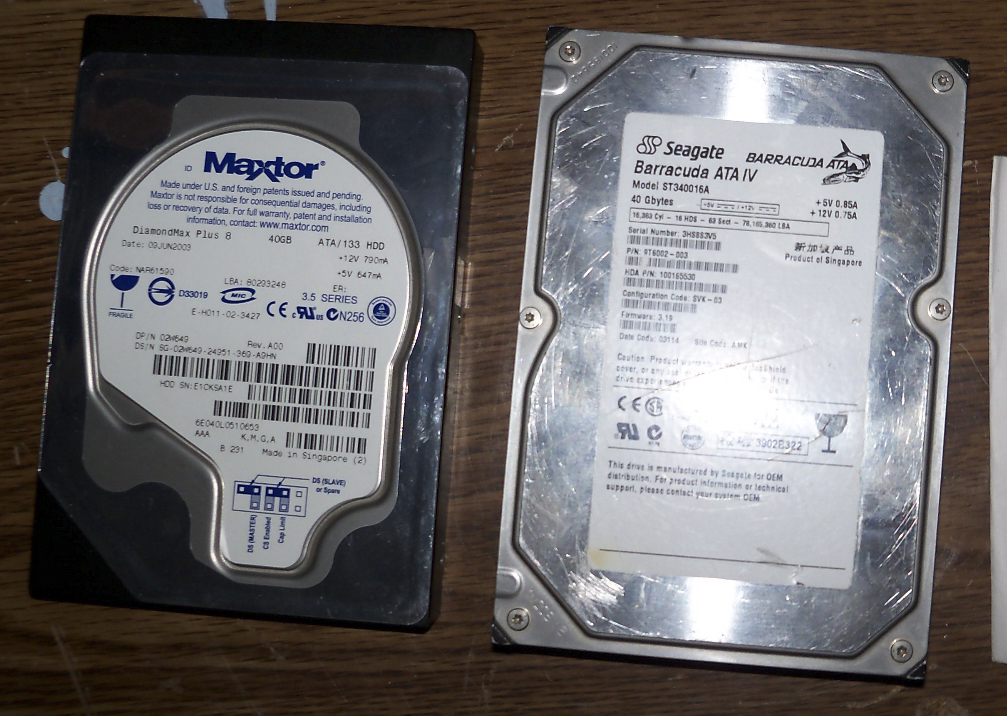
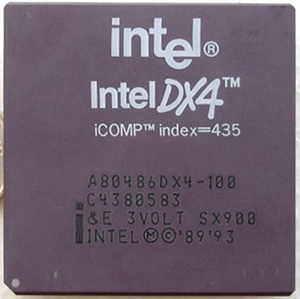
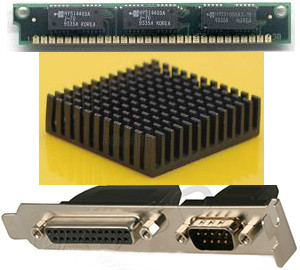
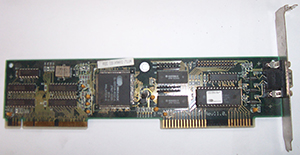
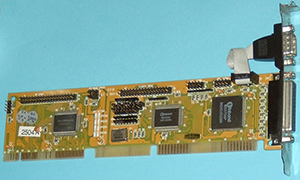
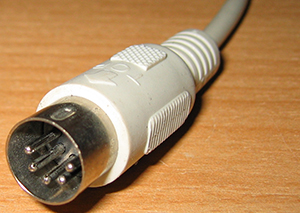
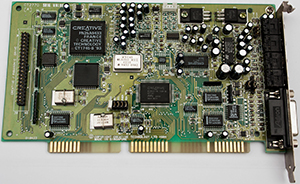
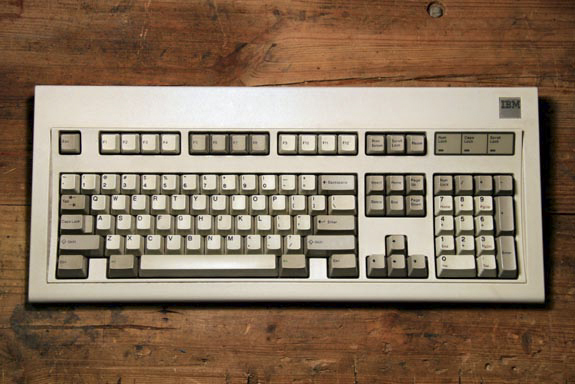
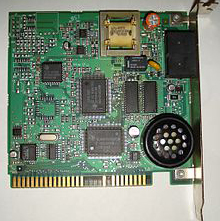
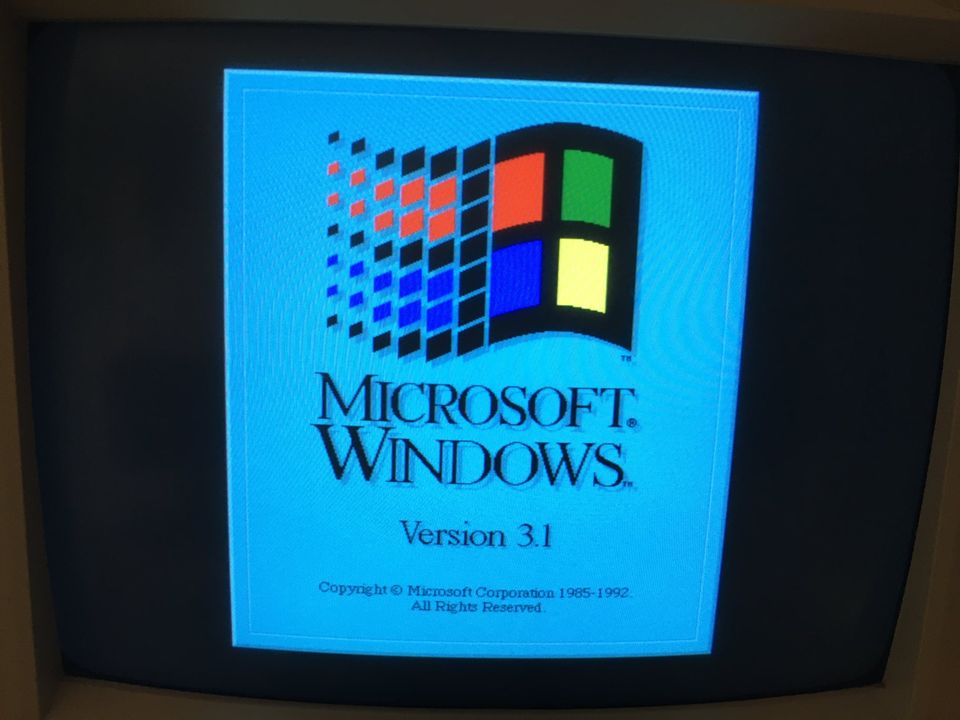
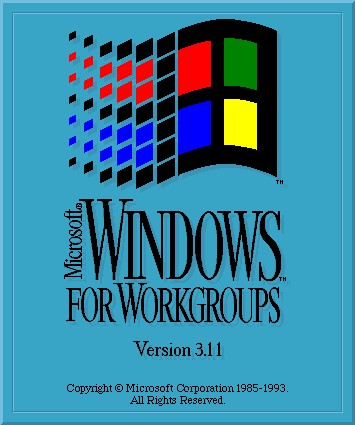
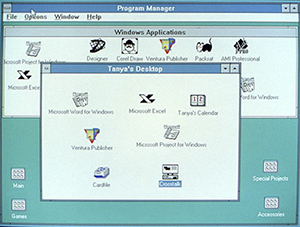
486
Laptop - 1997
|
Intel 486 Laptop |
|
| Processor | Intel 486DX2-50 - 50Mhz - 8Kb Cache -
33Mhz FSB - Socket 3 |
| Cooling |
Passive heat sink |
| Memory | 2Mb RAM |
| Motherboard | Intel |
| Storage1 | 20Mb - IDE - 2.5inch |
| Removable Storage1 | 1.44mb
Stiffy Disk Drive Module |
| Display Adapter | Cirrus Logic VGA |
| Display | 19.5" (193mm Wide x 144mm High Display Area) VGA Color LCD - 4:3 screen format |
| Form Factor |
Laptop |
| Sound
Card |
Integrated |
| Input / output | Trackball,
Serial and Parallel port, Stereo 3.5mm Jack |
| Operating System | DOS 6.22 |
| Dimensions |
Weight : 3kg. Size : 28cm(w) x 22cm(d) x
5.4cm(h) |
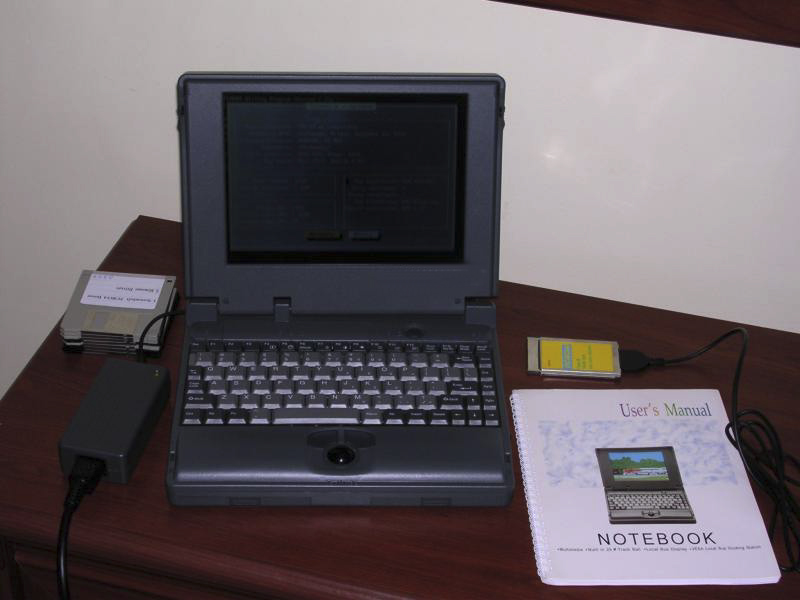
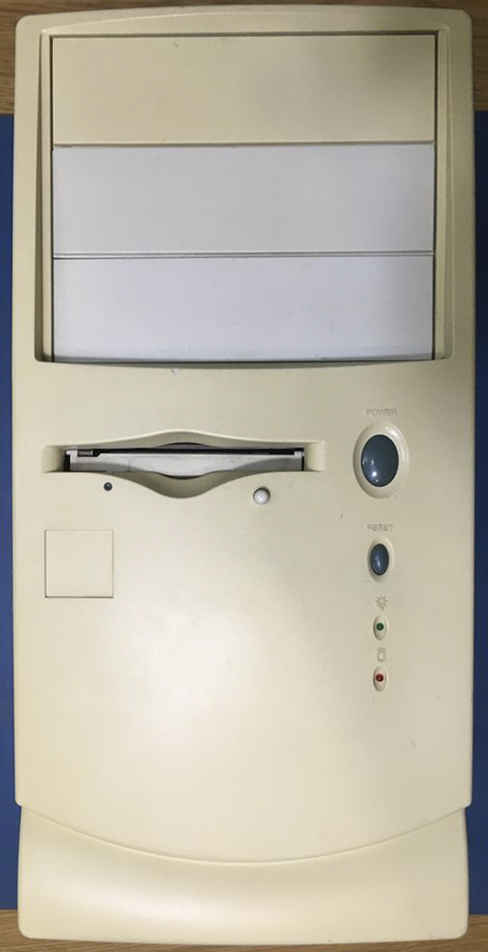
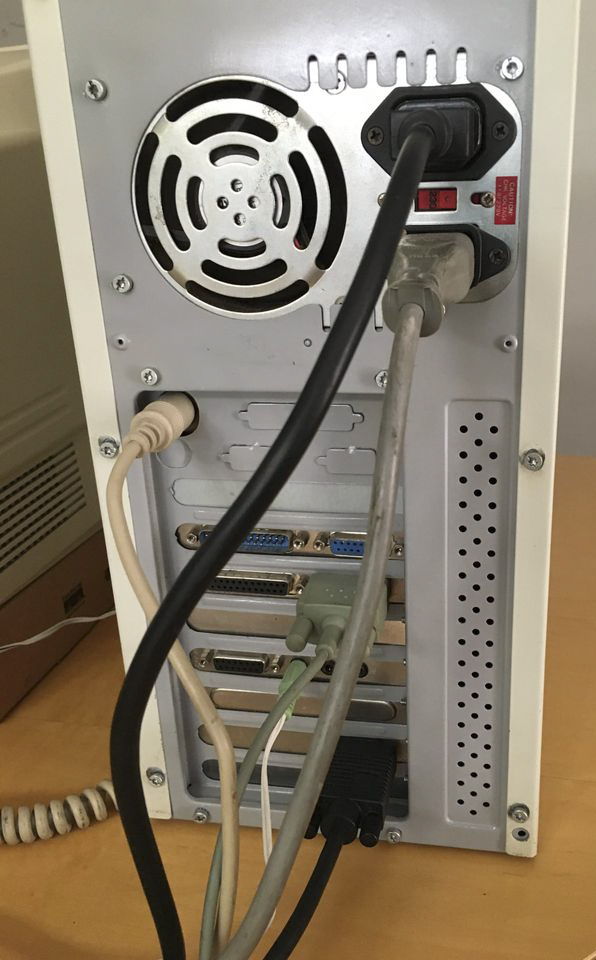
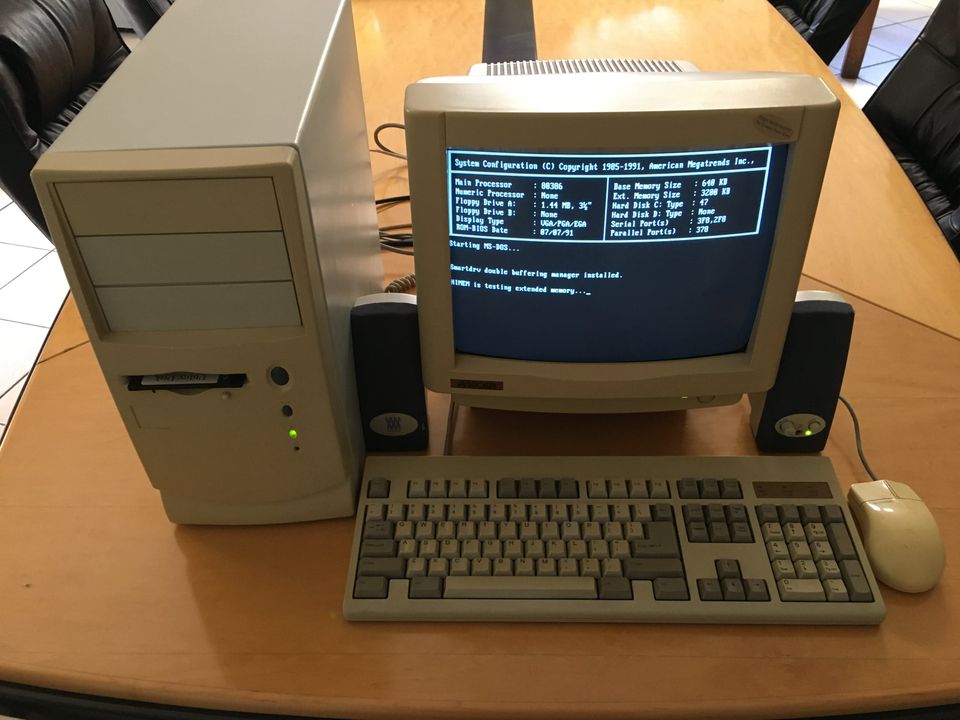
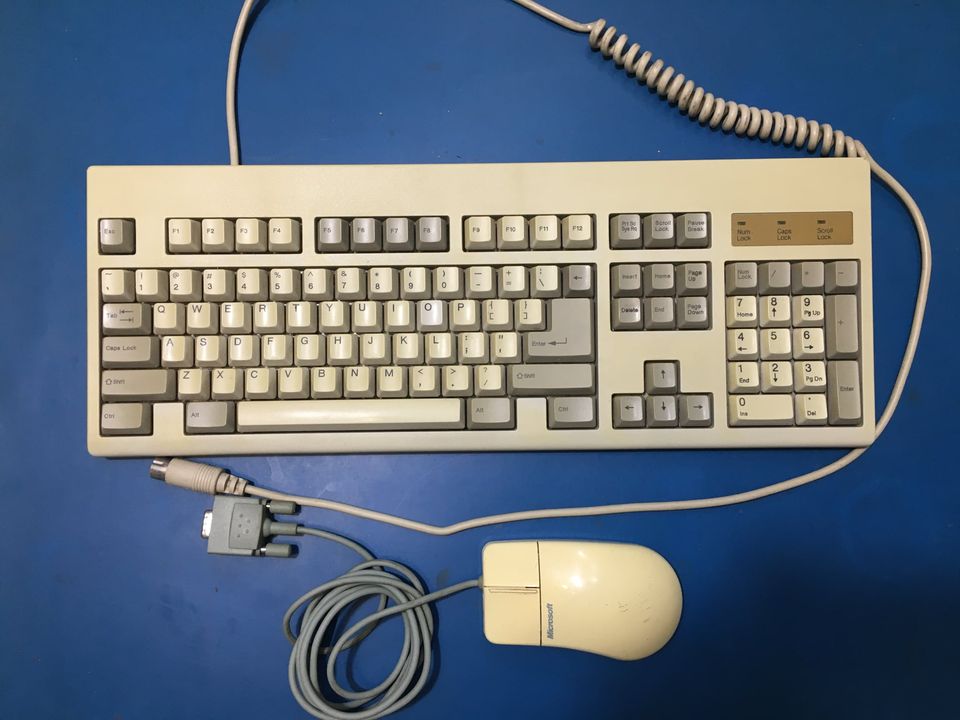
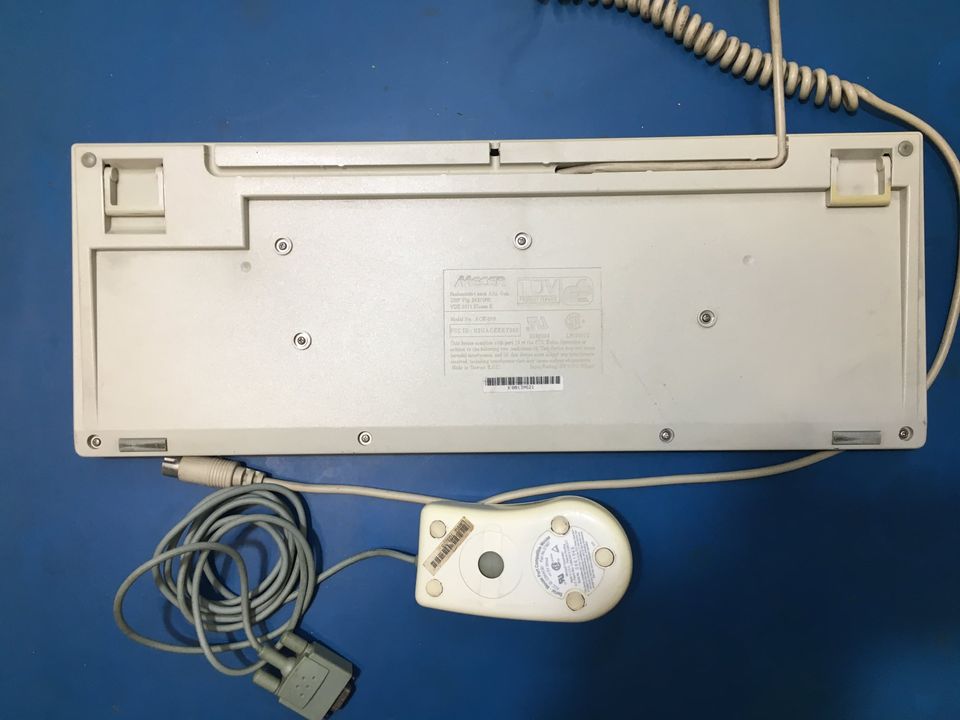
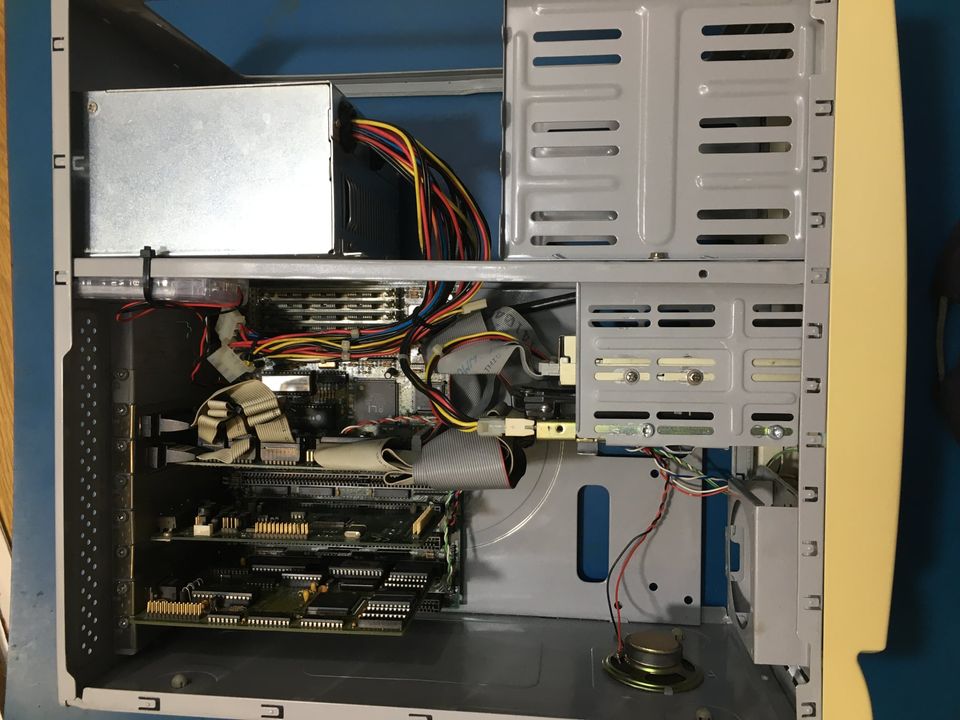

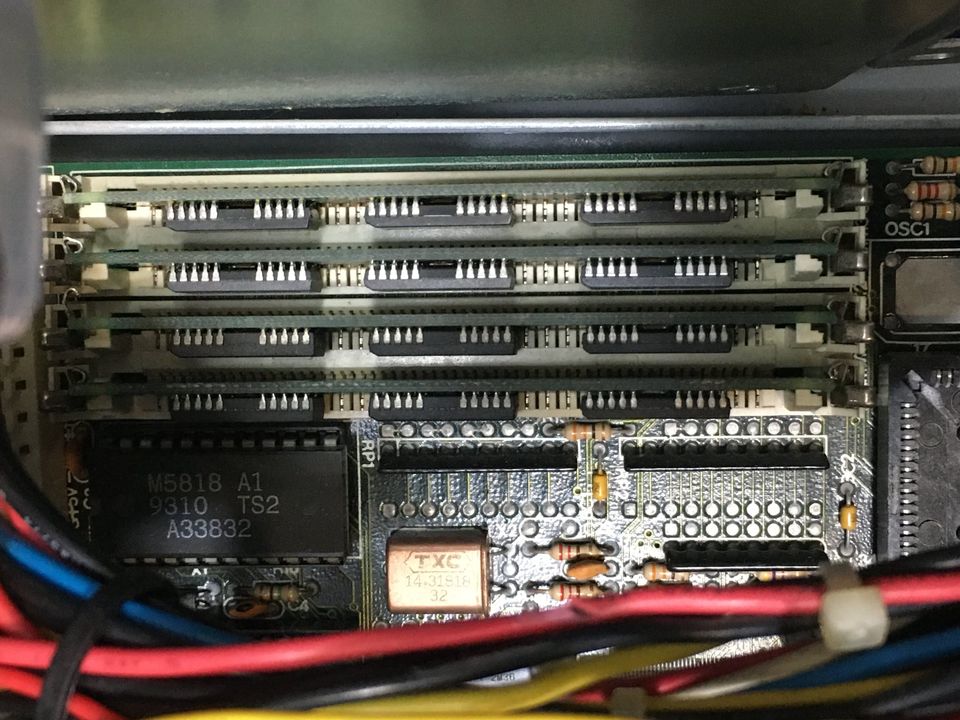
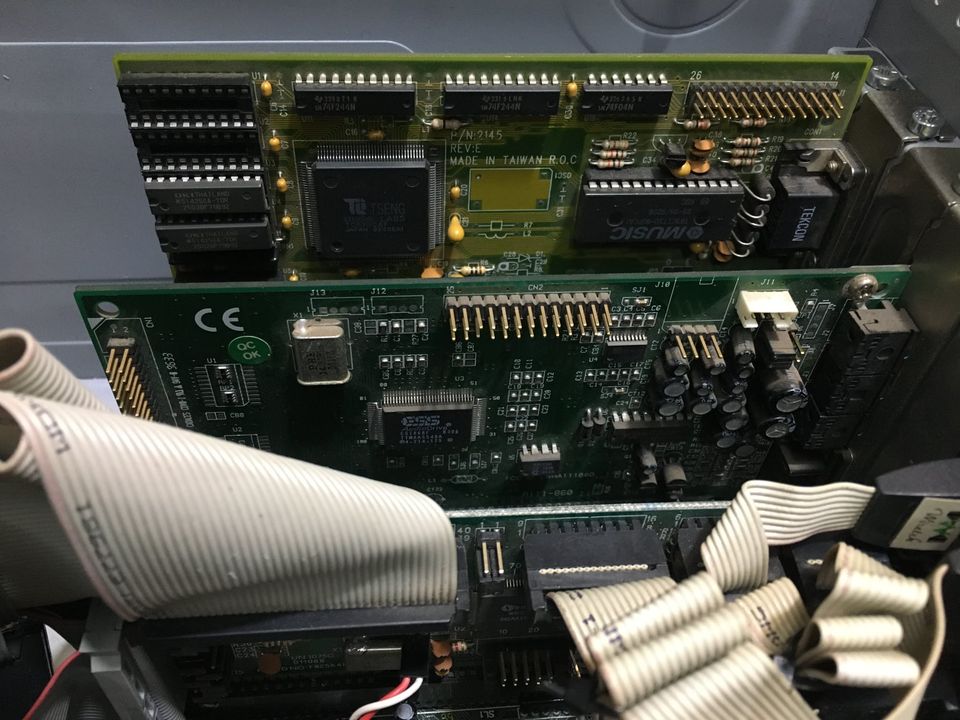
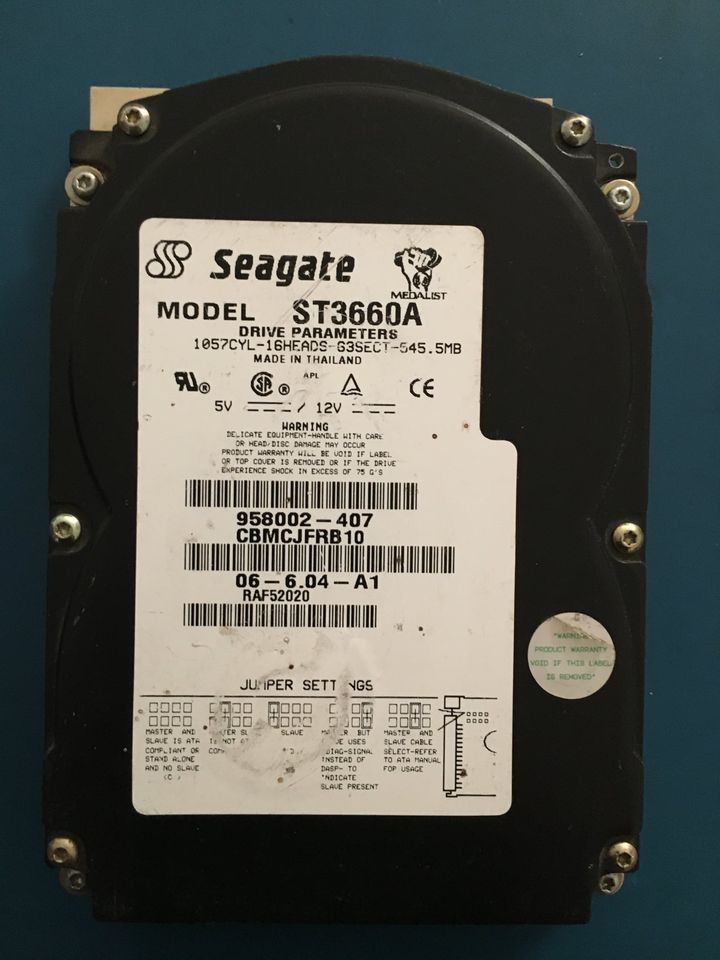
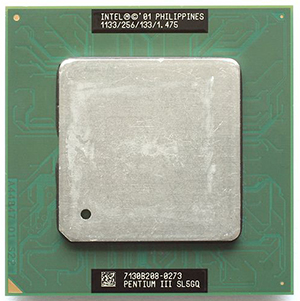
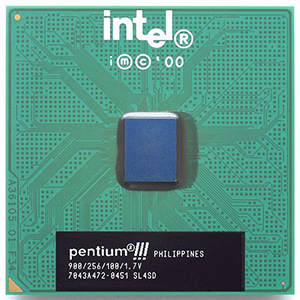
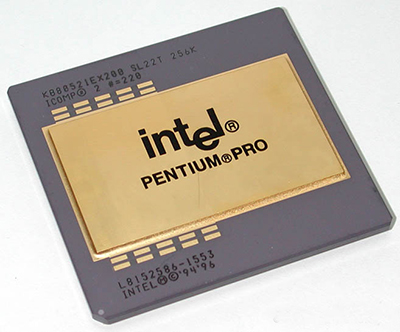
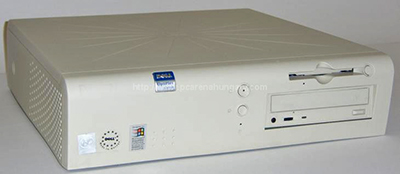

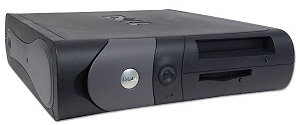
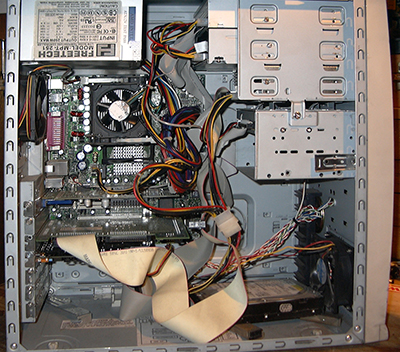
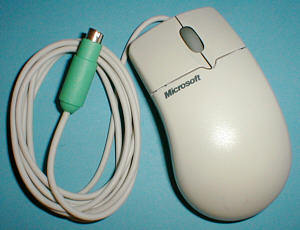
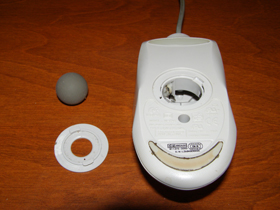
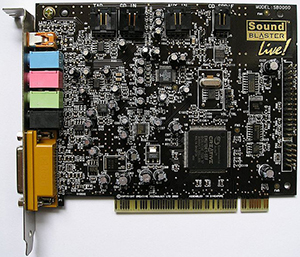
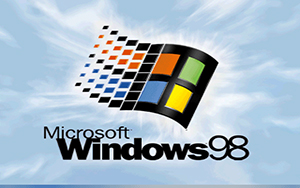
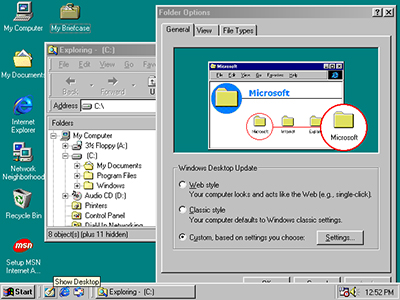
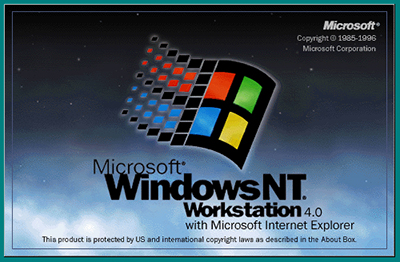
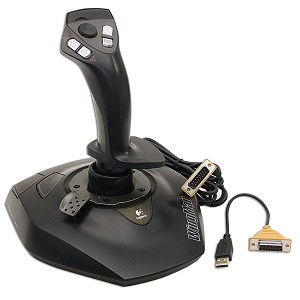
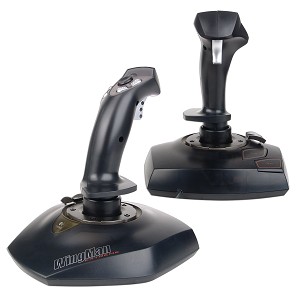


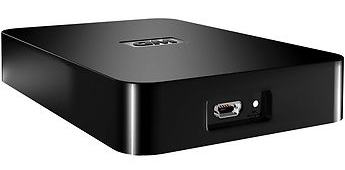
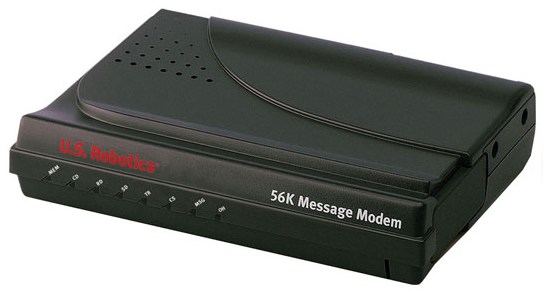
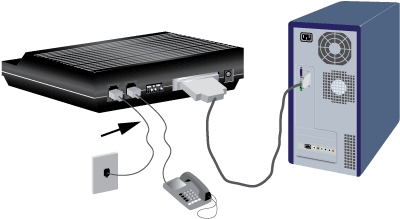

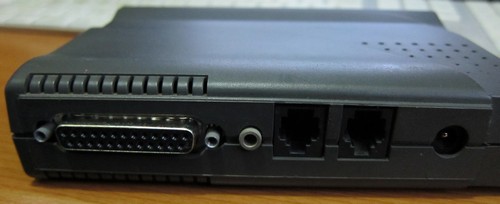
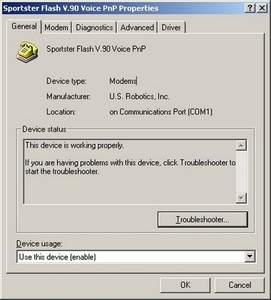
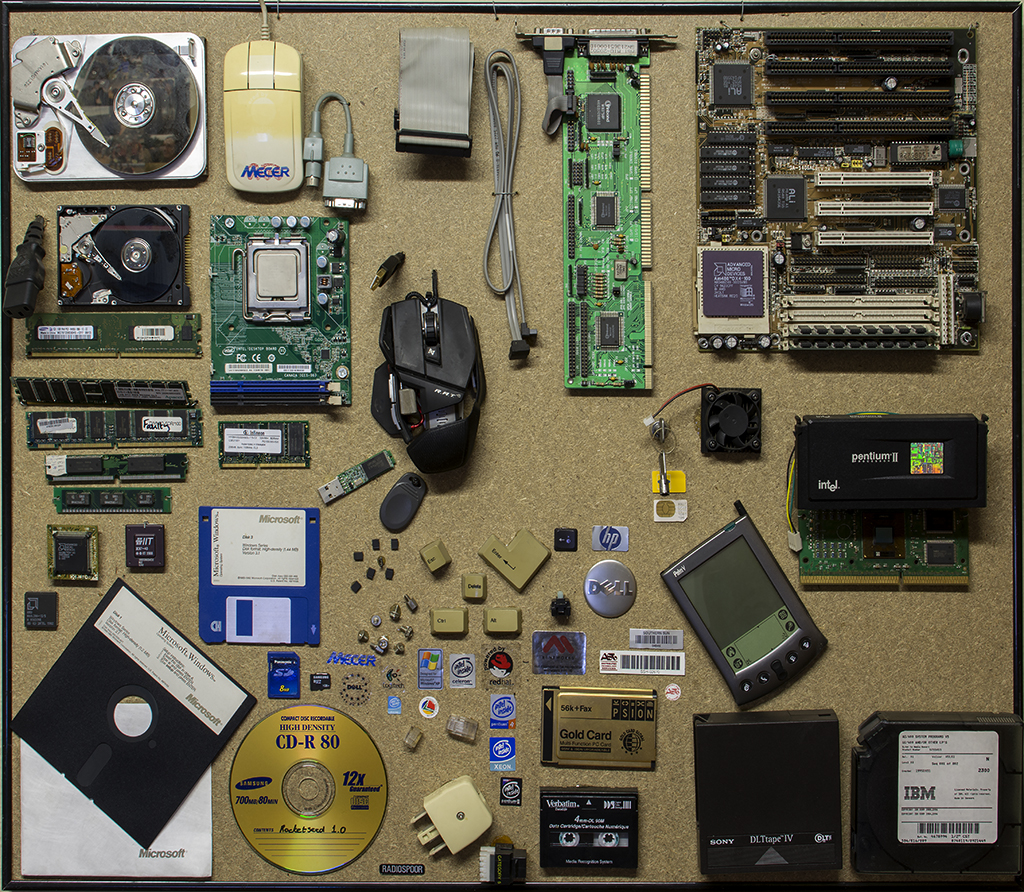
|
Dell Latitude C610 Laptop |
|
| Processor | Intel Mobile Pentium III-M - 1000Mhz -
512Kb Cache - 133 MHz FSB - Socket BGA2 |
| Cooling |
Fan |
| Memory | 756Mb 133Mhz PC133 SDRAM (1x512Mb and 1x256Mb Modules) |
| Motherboard | Dell Motherboard - Intel 830MP Chipset - USB1 |
| Storage1 | Western Digital -
5400rpm - EIDE/ATA-100 - 80Gb - 2.5inch - 8Mb cache |
| Removable Storage1 | 1.44mb
Stiffy Disk Drive Module |
| Removable Storage2 | CD R/W - 8x - Module |
| Removable Storage3 | DVD - 8x - Read only Module |
| Display Adapter |
ATI Mobility Radeon M6P - 16Mb DDR - AGP 4x |
| Display | 14.1inch (286mm Wide x 214mm High Display Area) - 1024 × 768 (SXGA+) - Active Matrix LCD ( TFT) - 16.7Mil colors - 4:3 screen format |
| Form Factor |
Laptop |
| Accessories | TP-Link TL-WN727N Wireless 150Mbps USB
Adapter, Cardbus USB2.0 4 Port PCMCIA Card |
| Operating System | Windows 95 + Windows XP SP3 32bit |
| Dimensions |
Weight : 2.6kg. Size : 32cm(w) x 25cm(d) x 3.5cm(h) |
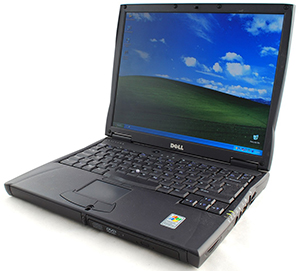

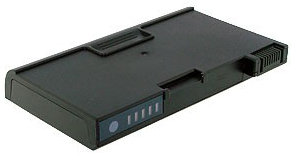
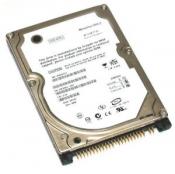
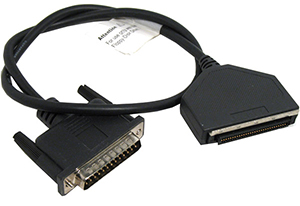
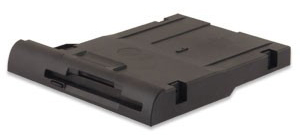
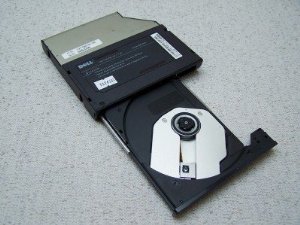
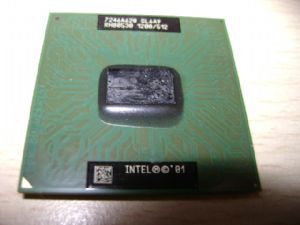
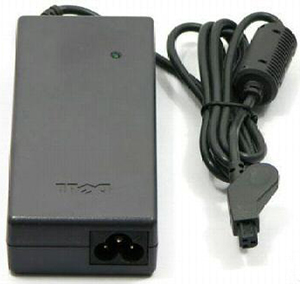
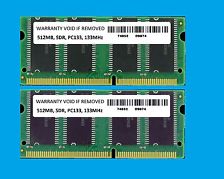
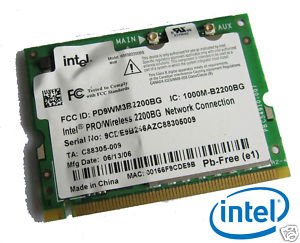
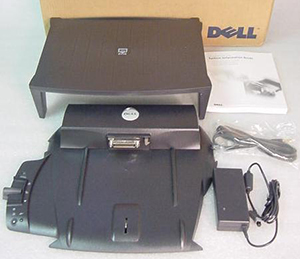

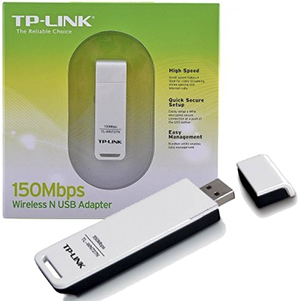
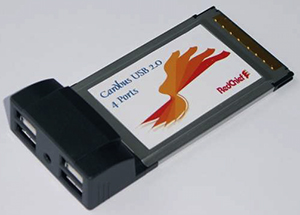
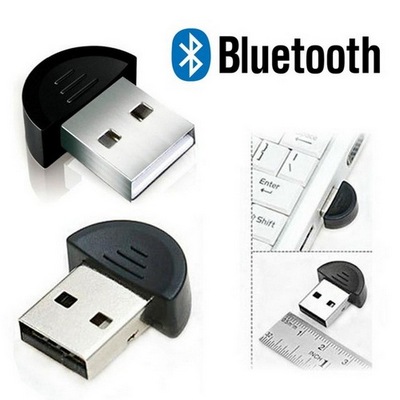
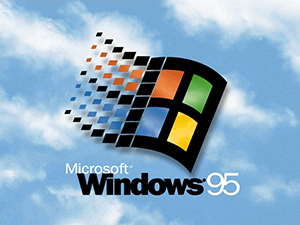
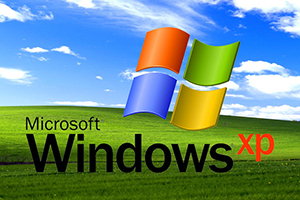
|
HP Scanjet 5370c scanner |
|
| Type |
Flatbed scanner - Desktop |
| Color
Depth |
42 bit color |
| Optical Resolution | 1200 dpi x 1200 dpi |
| Scan Mode |
Single-pass Fixed document and moving carriage |
| Scan Element Type | CCD with White cold cathode fluorescent lamp |
| Max Document Size | 8.5
in x 11.7 in |
| Interface |
25 pin D-Sub (DB-25) parallel port, 4 pin USB Type B |
| Adapters | XPA Slide / Negative adapter (Diffused Light Source) with templates |
| Scan Times (A4) |
300dpi : 35 seconds 600 dpi : 2 Minutes, 21 Seconds 1200 dpi : 14 Minutes, 40 seconds |
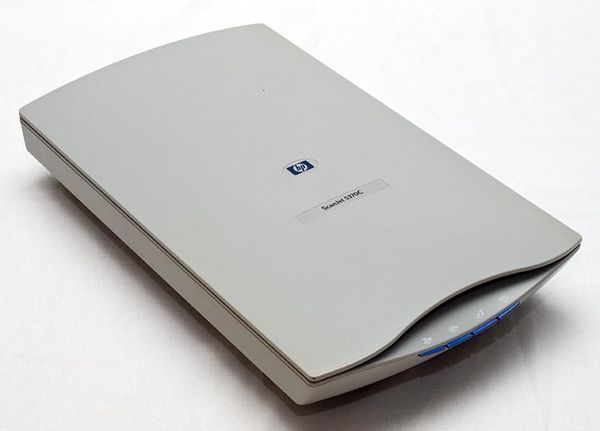
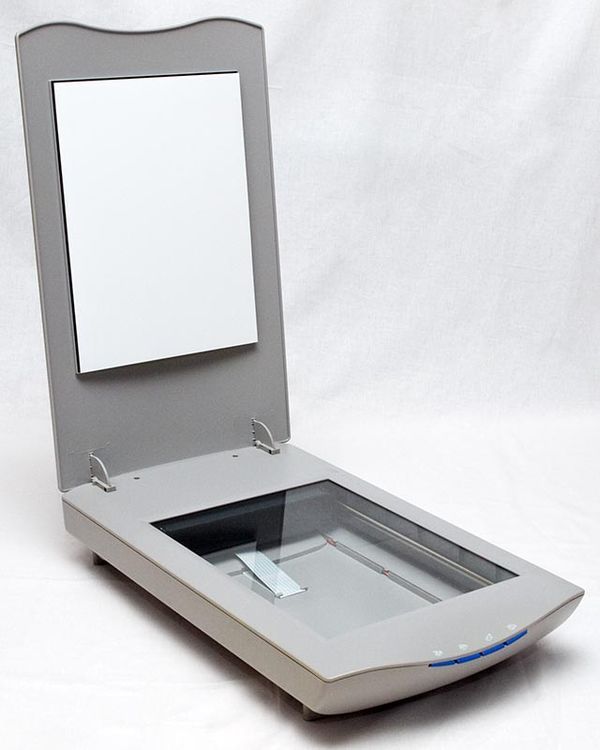
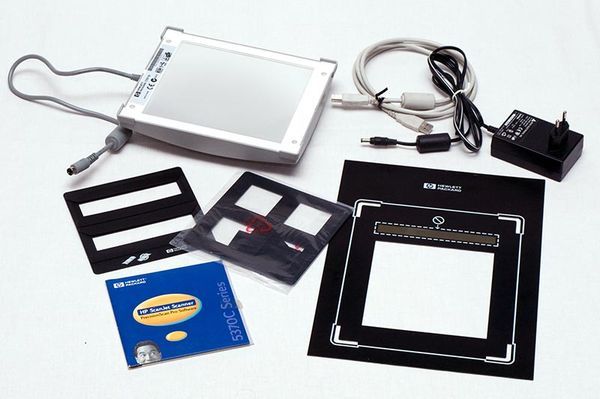
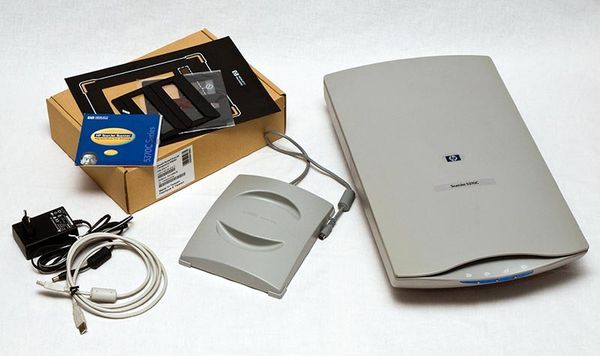

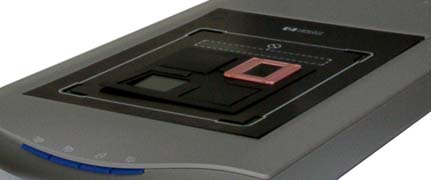
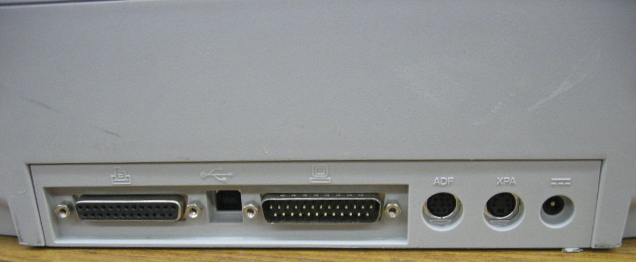
Microtower
2004
|
Compaq Evo D310 Microtower PC |
|
| Processor | Intel® Pentium® 4 Processor - 2.4Ghz -
512kb Cache - 533 MHz FSB - Socket 478 |
| Cooling |
Intel Cooler fan |
| Memory | 1Gb 266Mhz DDR DRAM (2x512Mb Modules) |
| Motherboard | Intel 845G Chipset - 533/400Mhz FSB - IDE100/66/33 - USB2 - 1xAGP 8x, 3x32-bit PCI expansion slots - 32-bit motherboard/OS |
| Storage1
|
Seagate Barracuda
ST3200822A - 7200rpm - Ultra ATA100 - 200Gb - 8mb cache -
3.5inch |
| Removable Storage1 | 1.44mb Stiffy Disk Drive |
| Removable Storage2 | DVD Reader - Ultra ATA100 |
| Display Adapter | ATI Radeon 9200 - 256Mb
DDR SDRAM - AGP 8x (direct bus to CPU) - VGA-DVI - 250Mhz |
| Display | Dell M782 CRT - 17inch (337mm Wide x 269mm High Display Area) - 1280 x 1024 - 16.7Mil colors - VGA : 5:4 screen format |
| Form Factor | Microtower |
| Power
Supply |
220W |
| Operating System | Windows XP SP3 32bit |
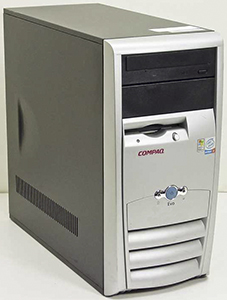
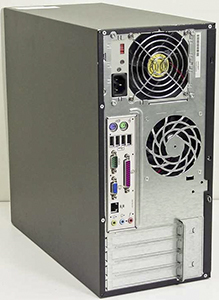
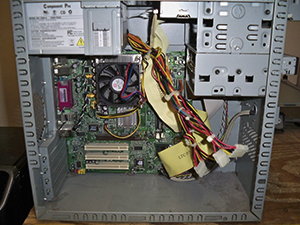
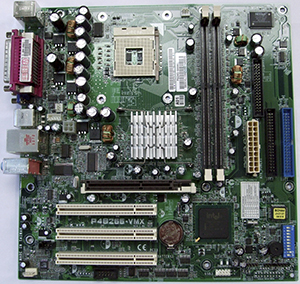
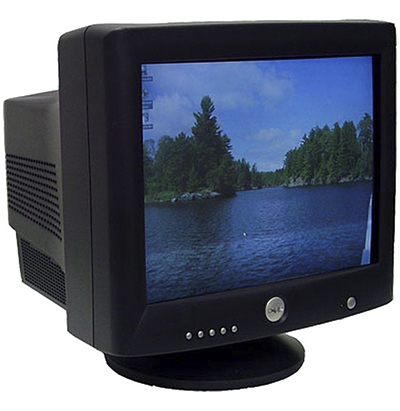
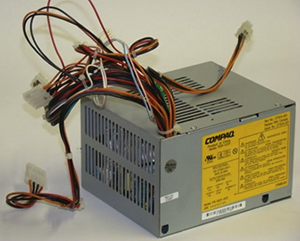
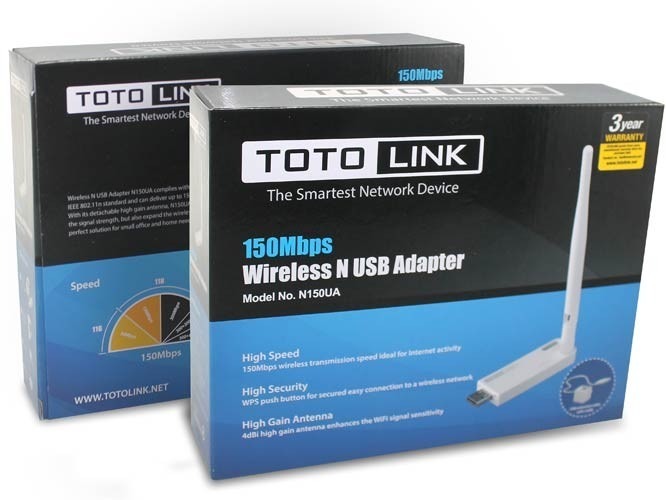


March
2005
|
SOLTEK SL-86MIP-L Tower PC |
|
| Processor | Intel® Pentium® 4 Processor 530/530J
supporting HT Technology - 3Ghz - 1Mb Cache - 800 MHz FSB -
HyperThreading - Socket 478 |
| Cooling |
Intel Cooler fan with External duct |
| Memory | 2Gb 400Mhz DDR Ram (2x2Gb DIMMS) |
| Motherboard | SOLTEK SL-86MIP-L - Northbridge : Intel 865G, Southbridge ICH5 Chipset - 800/533/400Mhz FSB - IDE100/66/33 - SATA (1.5Gb/s) - USB2 - 1xAGP 8x, 2x32-bit PCI expansion slots - 32-bit motherboard/OS |
| Storage1 | IBM Ultrastar 36LZX -
10000rpm - Ultra 160 SCSI - 36Gb - 3.5inch |
| Storage2 |
Seagate Barracuda
ST3200822A - 7200rpm - Ultra ATA100 - 200Gb - 8mb cache -
3.5inch |
| Storage3
|
Seagate
Barracuda ST3808110AS- 7200rpm - SATA 3Gbs (1.5Gbs on
soltek board) - 80Gb - 3.5inch |
| Removable Storage1 | 1.44mb Stiffy Disk Drive |
| Removable Storage2 | Lite-On SOHW-1693S (DVD Rewriter) - 48x CD -
16x DVD - Ultra ATA100 - DL - 2MB Buffer |
| Display Adapter | ATI Radeon 9200 - 256Mb
DDR SDRAM - AGP 8x (direct bus to CPU) - VGA-S-video-DVI -
250Mhz |
| Display | Samsung SyncMaster
20GLsi CRT - 20inch (406mm Wide x 304mm High Display Area) - 1600 x 1200 - 16.7Mil colors - VGA -
.28mm dot pitch - 4:3 screen format |
| Form Factor | Standard Tower - Perspex window - LED fans |
| Speakers | Harman Kardon HK19.5 Multimedia Speakers |
| Power Supply |
250W |
| SCSI
controller |
Adaptec SCSI Card 39160 - Ultra 160 SCSI - 160 MByte/sec |
| Input |
Logitec Cordless Freedom wireless keyboard and
optical mouse |
| Operating System | Redhat 6.0 and Windows XP SP3 32bit |
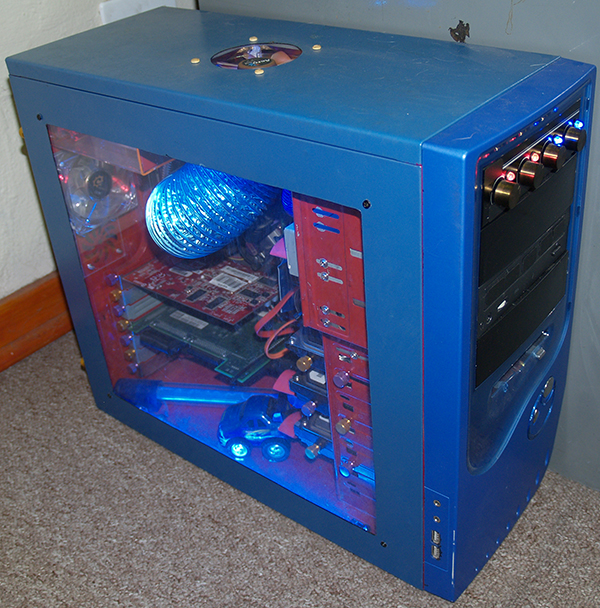
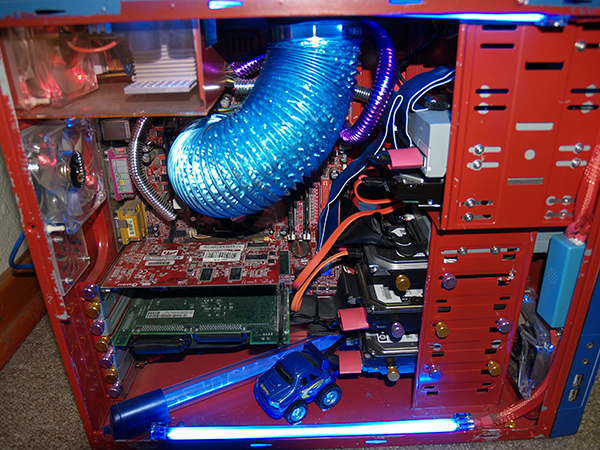
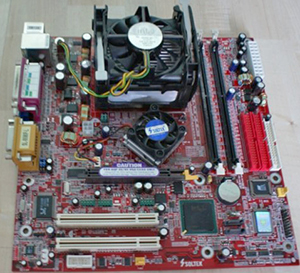

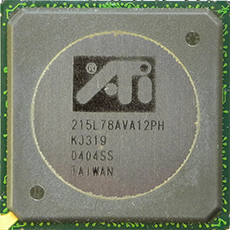
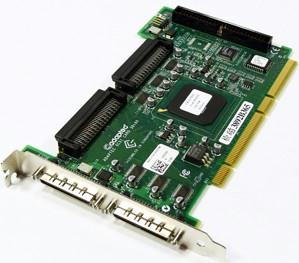
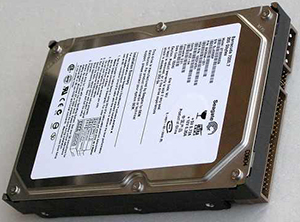
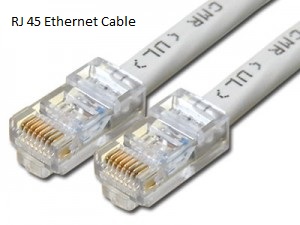
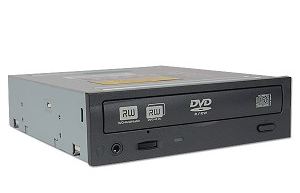

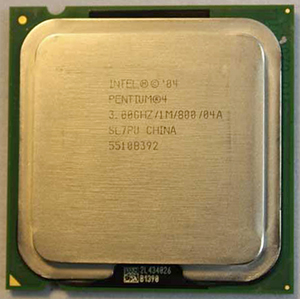
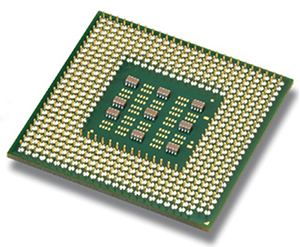
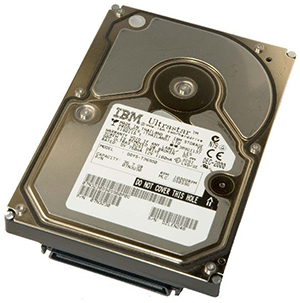
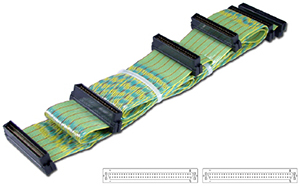

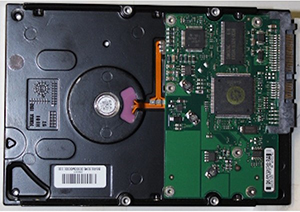

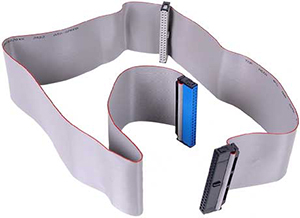
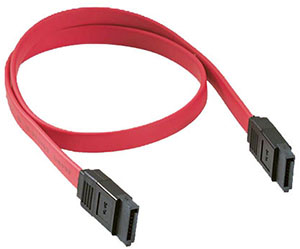
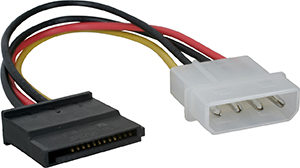
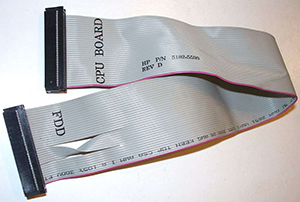
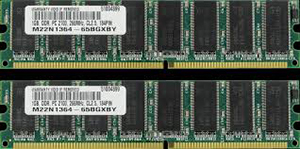
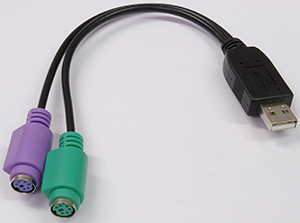
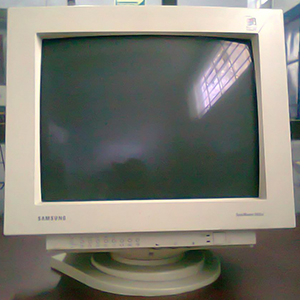
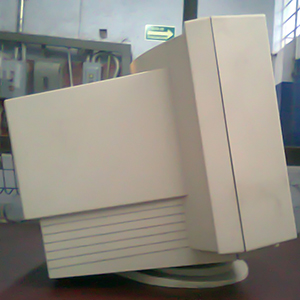
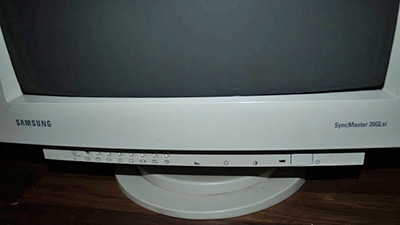
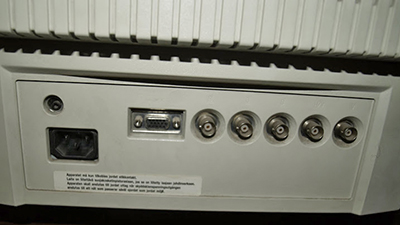
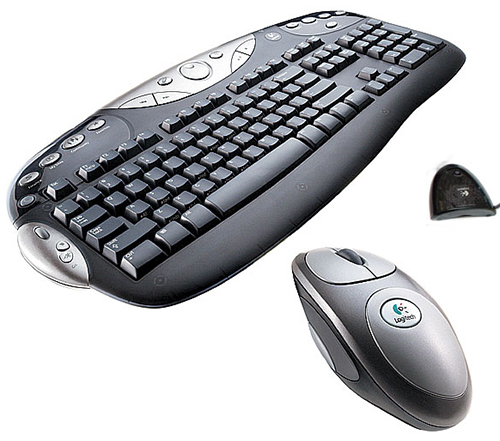
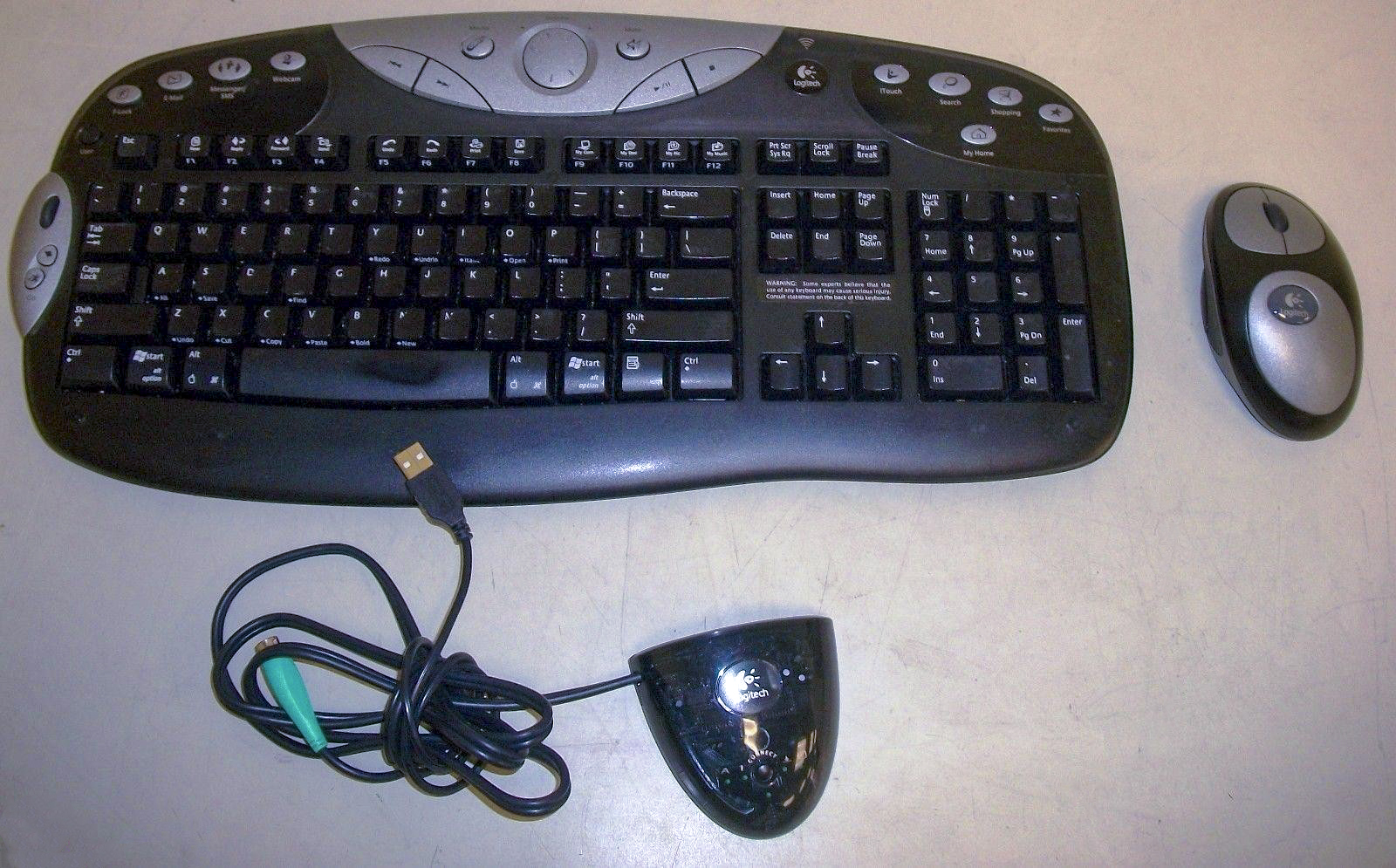
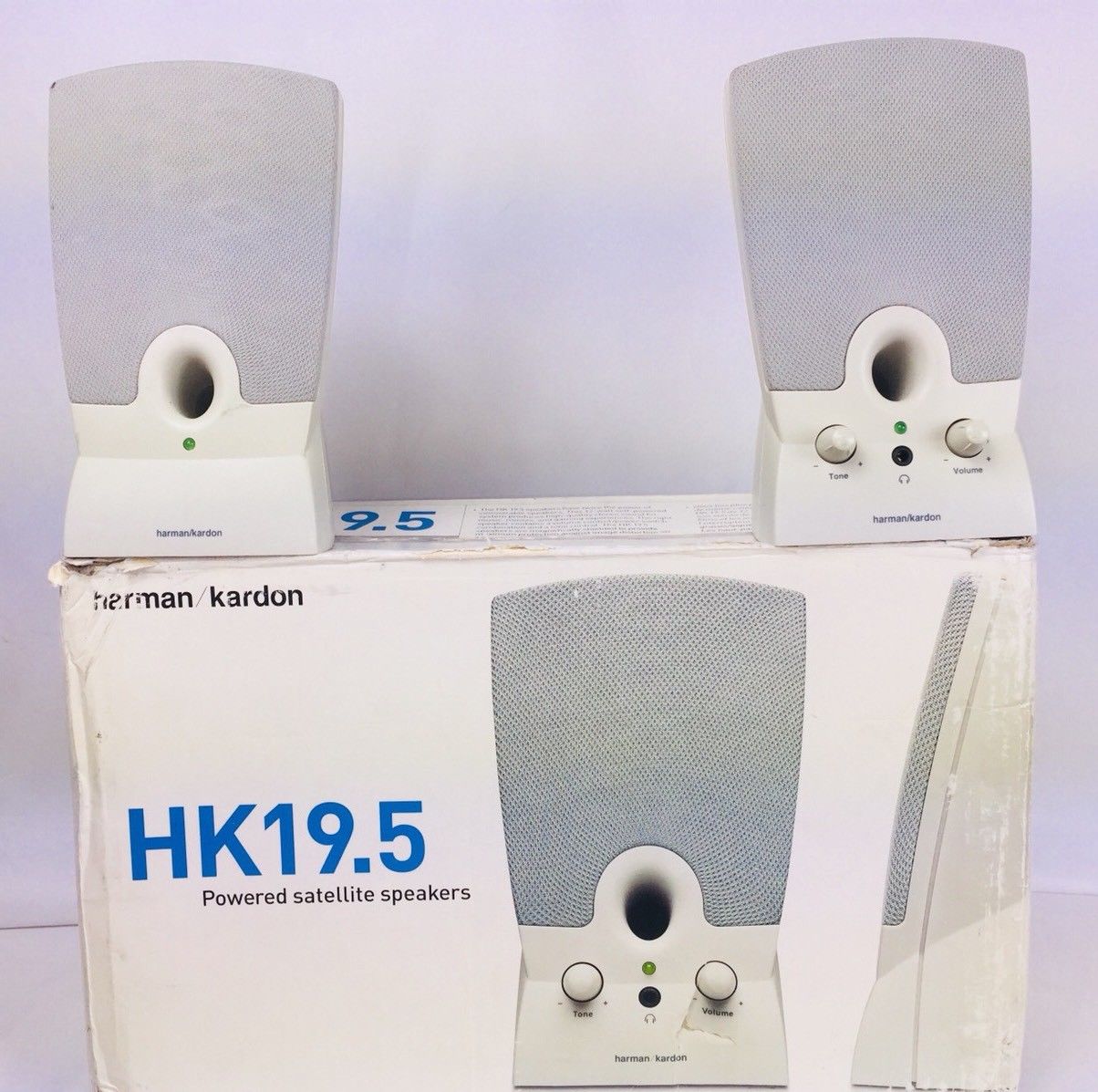
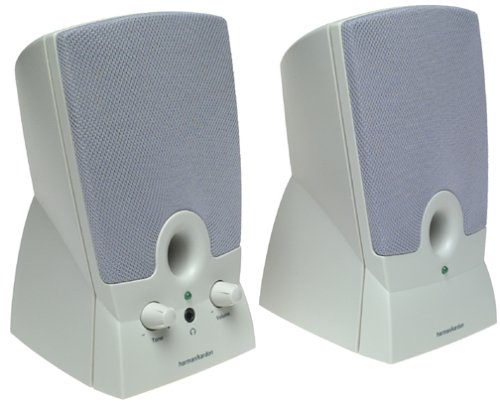
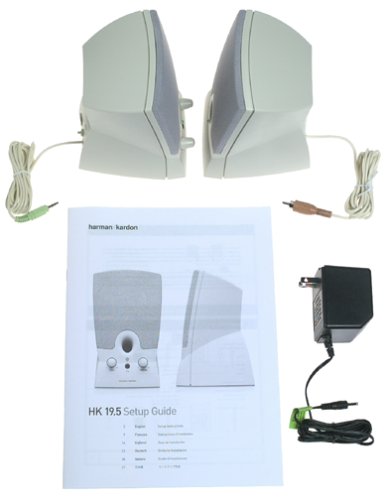
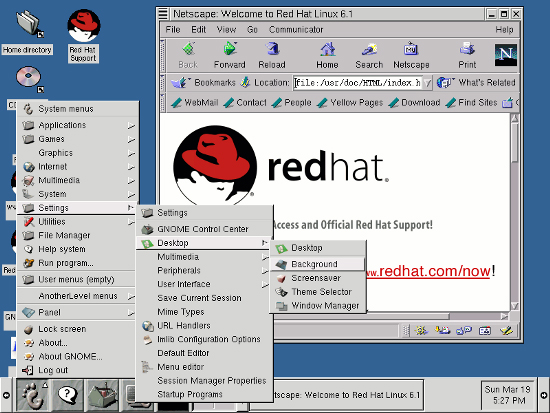
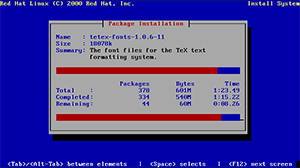
Canon Selphy CP510 Dye-sublimation thermal
photo printer - 2005
|
Canon Selphy CP510 Dye-sublimation thermal photo printer |
|
| Print Resolution |
300 x 300 dpi |
| Print
Size |
Postcard Size 4" x 8" |
| Print Method |
Dye-sublimation thermal print method with protective overcoating |
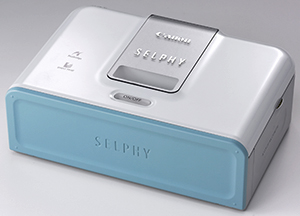
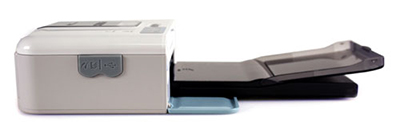
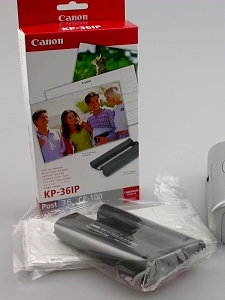
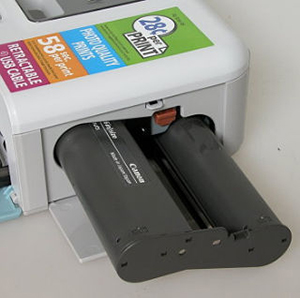
Canon Pixma IP4200 Inkjet printer - 2005
|
Canon Pixma IP4200 Inkjet printer |
|
| Print Resolution |
9600 x 2400 dpi |
| Print
Size |
A4 |
| Print Method |
5-ink FINE print head with 1 pl Micro-Nozzles |
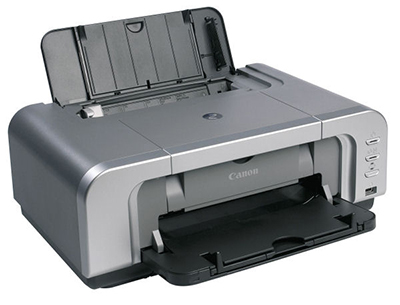
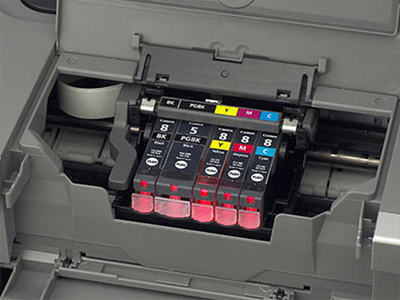
|
HP Scanjet 2400 digital flatbed scanner |
|
| Type |
Flatbed scanner - Desktop |
| Color
Depth |
42 bit color |
| Optical Resolution | 1200 dpi x 1200 dpi |
| Scan Mode |
Single-pass Fixed document and moving carriage |
| Scan Element Type | CCD with White cold cathode fluorescent lamp |
| Max Document Size | 8.2
in x 11.7 in |
| Interface |
4 pin USB Type B |
| Adapters | None |
| Scan Times (A4) |
300dpi : 50 seconds 600 dpi : 3 Minutes 1200 dpi : 15 Minutes |
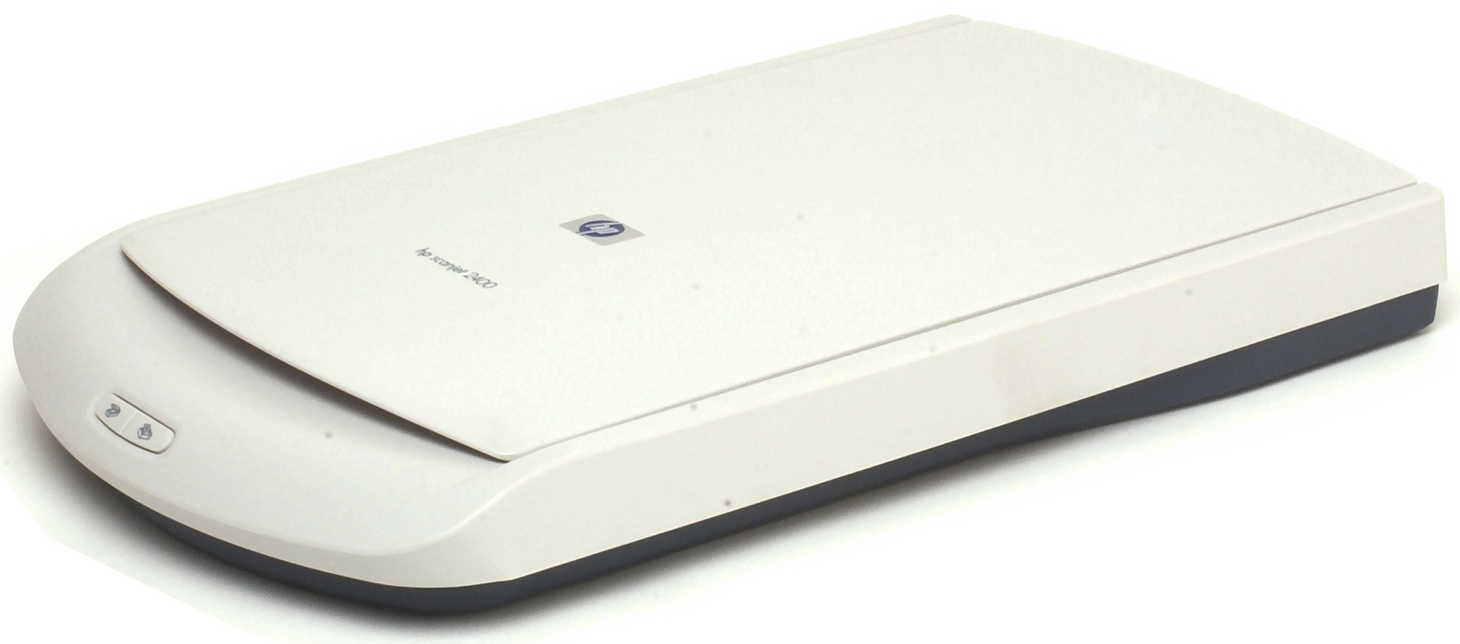
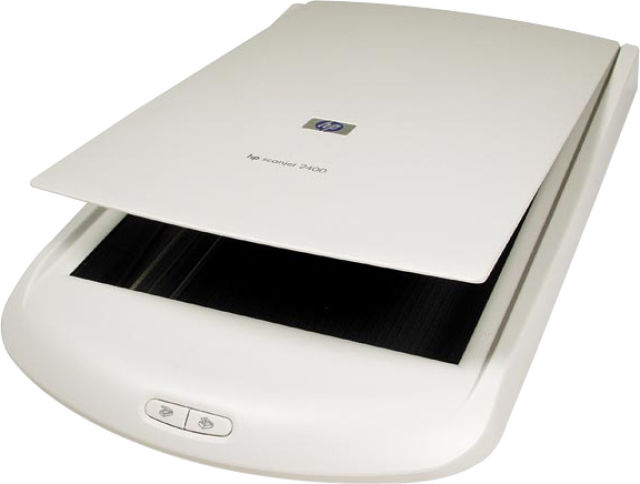

|
Microsoft Xbox 360 Pro 20Gb |
|
| Processor | IBM PowerPC (Xenon) - XCPU-ES - 3.2 GHz
(Triple-Core) |
| Cooling |
Copper base with heat pipe. Sytem fan cooled |
| Memory | 512Mb 700Mhz GDDR3 SDRAM |
| Motherboard | 3 x USB 2.0 (2 ports in the front hidden by a
flap, and one in the back), 2 x Proprietry Memory card
slots, 10/100Mb Ethernet |
| Storage1
|
20Gb Proprietry
formatted Hard Disk Drive |
| Removable Storage1 | 12x Dual Layer DVD - 8.4Gb |
| Removable Storage2 | 64Mb Proprietry Memory Card |
| Display Adapter | Custom
ATI Graphics Processor "Xenos" - 10 Mb of embedded DRAM - 500Mhz - 90nm
- 240 GFLOPS - Die area : 182 mm² - 232 million transistors - 240
shading units, 16 texture mapping units and 8 ROPs - 512 MB GDDR3
memory @ 700Mhz |
| Display | HD-quality output
(1920 x 1080) YPBPR component video (3 RCA component
cable) and
single RCA output. Audio is L / R RCA. (Analogue only, no
Digital DVI
or HDMI) |
| Form Factor | Game Console |
| Controller |
RF
/ Radio, D-pad, 2 x Thumb stick |
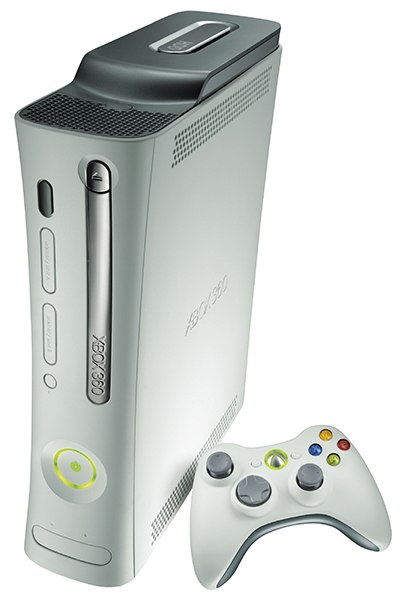
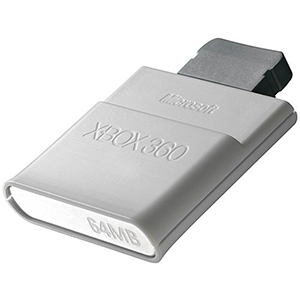
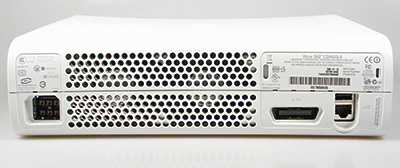
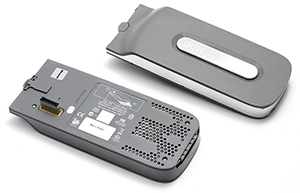
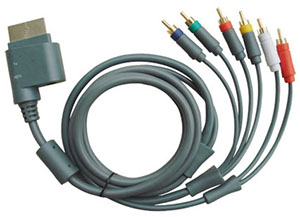
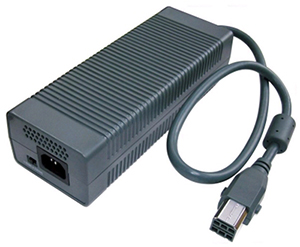
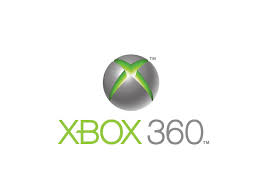

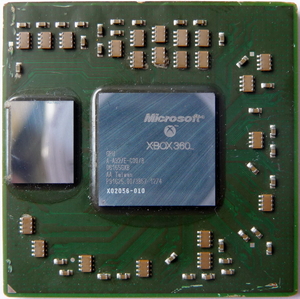
October
2012
|
HP Compaq dc7800 Convertible Minitower PC |
|
| Processor | Intel® Core 2 Duo E6550 - 2.33Ghz - 4Mb
Cache - 1333MHz FSB - Socket LGA 775 |
| Cooling |
Intel Cooler fan with duct |
| Memory | 8Gb 667Mhz DDR2 Ram (4x2Gb Apacer DIMMS) |
| Motherboard | Motherboard Hewlett-Packard 0AACh - Intel Q35 Express Chipset - 1333Mhz FSB - SATA2 (3Gb/s) - USB2 - IEEE 1394 - 3xPCI, 2xPCI Express x1 (PCIe), 1xPCI Express x16 (PCIe) expansion slots - 64-bit motherboard/OS |
| Storage1
|
Seagate Barracuda
ST3808110AS - 7200rpm - SATA2 3Gbs - 80Gb - 3.5inch - 8Mb Cache HP FB160C4081 - 7200rpm - SATA 1.5Gbs - 160Gb - 3.5inch - 8Mb Cache |
| Storage2 | Seagate Barracuda ST3160812AS - 7200rpm - SATA2 3Gbs - 160GB - 3.5inch - 8Mb Cache |
| Storage3 |
Western Digital RE3 WD5002ABYS - 7200rpm - SATA2 3Gbs - 500Gb - 3.5inch - 16Mb cache |
| Removable Storage1 | 1.44mb Stiffy Disk Drive |
| Removable
Storage2 |
LG GH24NS95 (DVD rewriter) - 48x CD - 24x DVD
- SATA 1.5Gbs - M@DISC - 0.75MB Buffer |
| Display Adapter |
Nvidia GEForce 8500 GT- NX8500GT-TD512E - 512mb GDDR2 - PCIe
x16 - S-video-VGA-DVI - 450MHz core |
| Display |
LG-Flatron L1719S-BF - 17inch LCD (Active matrix-TFT) (337mm Wide x 269mm High Display Area) - 1280x1024 - 16.2Mil
colors - VGA Analogue - 5:4 screen format |
| Form Factor | Convertible Minitower PC |
| Power
Supply |
365W |
| Other |
D-Link Wireless N
Desktop Adapter (DWA-525), AGESTAR USB 3.0 PCI-Express
Card. |
| Sound |
Sound Blaster Live! (SB0060) 5.1 sound card (same one from JDG days). This card never seems to die. |
| Operating System | Windows 7 Ultimate SP1 64Bit and Linux Mint 17
Ubuntu 64Bit |
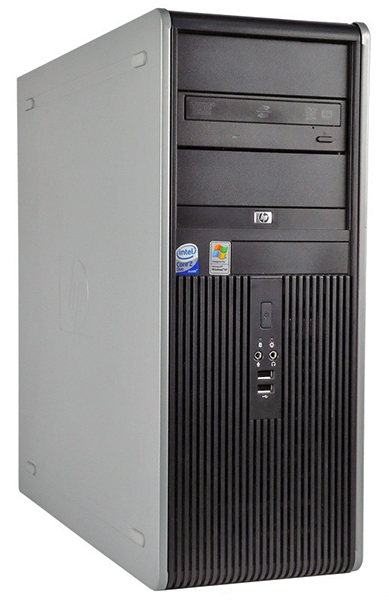

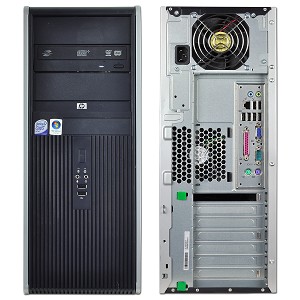
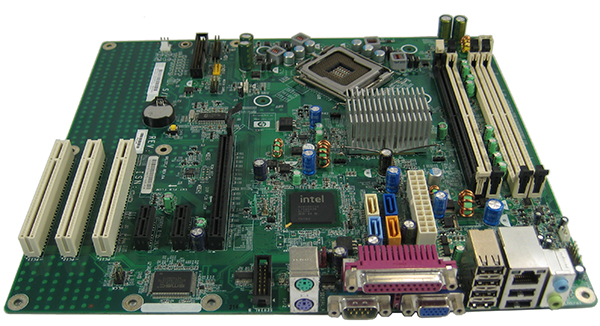
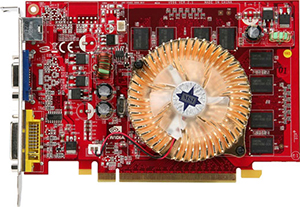
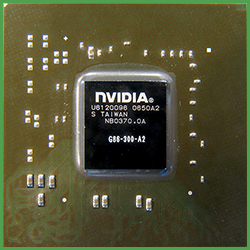
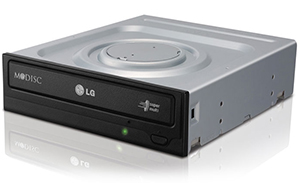
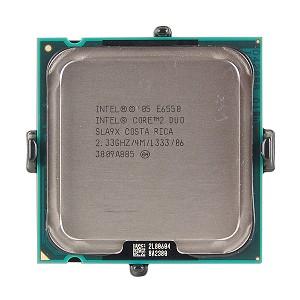
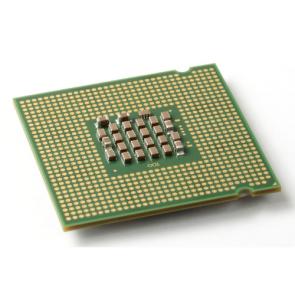
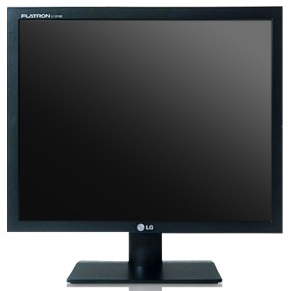
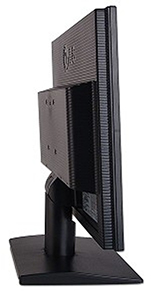
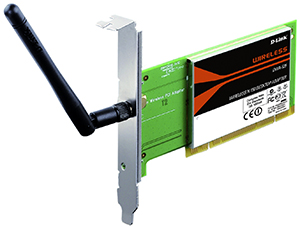
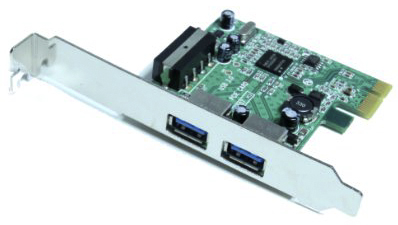
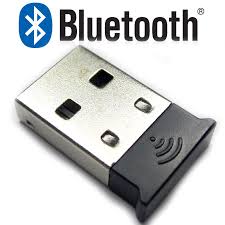

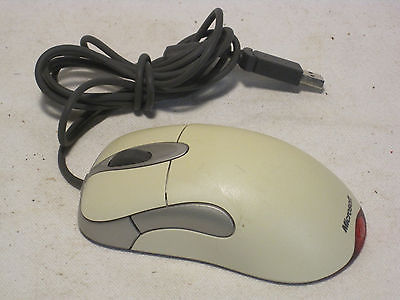
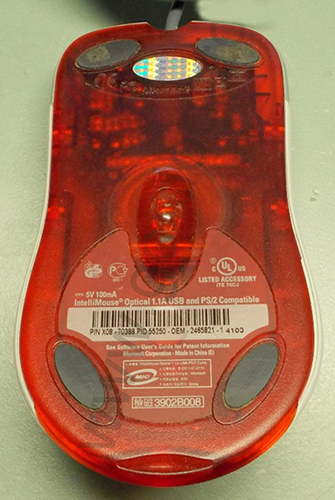
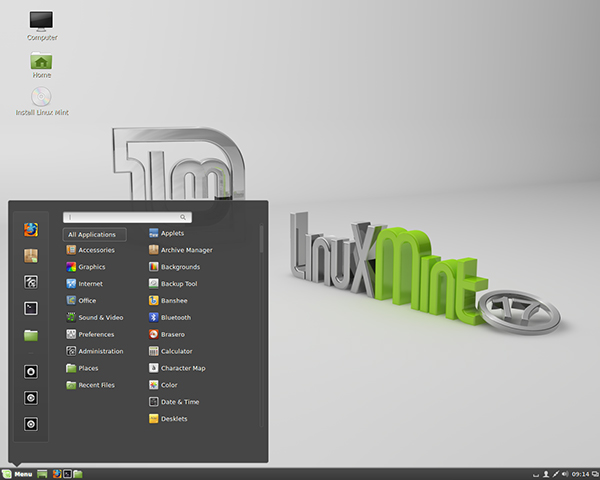
Tenda
3G622R+ 3G Wireless-N Router - November 2012
|
Tenda 3G622R+ 3G Wireless-N Router |
|
| Standards |
IEEE 802.11n, IEEE 802.11g, IEEE 802.11b, IEEE 802.3 and IEEE 802.3u. WCDMA, CDMA2000, TD-SCDMA |
| Connection Type | 3G, WirelessWAN, DHCP, Static IP, PPPoE, PPTP, L2TP, 802.1x |
| Encryption Mode | 64/128-bit WEP, WPA, WPA2, WPA/WPA2 |
| Max. Wireless Speed | Up to 300Mbps |
| Frequency | 2.4-2.5GHz with 2 x
3dBi Antenna |
| Interfaces | 1xUSB2.0 port for 3G Dongle, 1x10/100Mbps WAN, 4x10/100Mbps LAN |
| Features | - Wireless AP, Router, 4-Port Switch,
and Firewall in one - Remote/local Web management - WMM to better smooth your voice and video - Wireless Roaming technology for high-efficient wireless connections - SSID stealth mode and access control based over MAC address (up to 30 entries) - Auto MDI/MDIX - Syslog to record the status of the Router - Auto negotiation/manual mode for 802.11b/802.11g/802.11n - UPnP and DDNS - Supports SNTP, virtual server, DMZ host - Built-in firewall for hacker’s attack prevention - Supports Auto wireless channel selection, WDS wireless network extension, URL Monitor, QoS function |

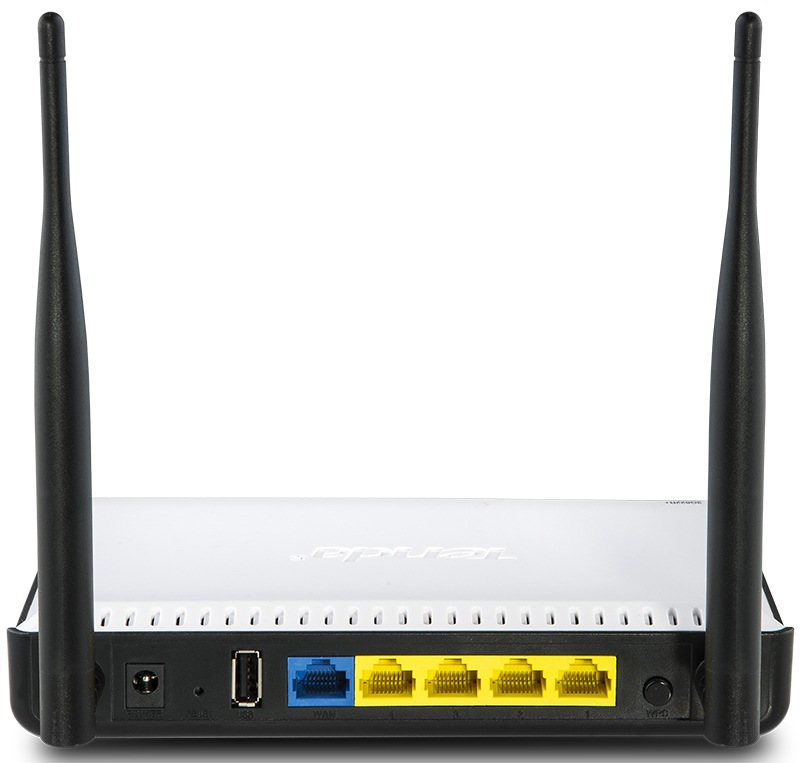
June 2013
|
Xpredator Tower PC with Asus P8P67 Pro Motherboard and i7-2600K Processor |
|
| Processor | Intel
Core i7-2600K (Second Generation) - 3.4Ghz (3.8Ghz Turbo) -
8Mb cache - 4 cores - 8
threads (Base-Clock (BLCK) @ 100mhz = (100mhz x 34x) =
3.4ghz ) -
Socket LGA 1155 |
| Cooling |
Corsair H60 Liquid CPU Cooler Corsair H80i Liquid CPU Cooler |
| Memory | 16Gb 1333Mhz DDR3 Ram (2x4Gb Transcend JM1333KLN-4G and 2x4Gb Strontium SRT4G88U0-H9H DIMMS) 32Gb 1600Mhz DDR3 Ram (4x8Gb Samsung PC3L-12800E-11-12-E3 DIMMS) |
| Motherboard | Asus P8P67 Pro - Intel P67 Express Chipset - SATA3 (6Gb/s)- USB3 - Bluetooth - 2xPCI, 2xPCI Express 2.0 x1, 2xPCI Express 2.0 x16, 1 x PCI Express 2.0 x16 (compatiblewith PCIe x1 and x4) expansion slots - Overclock capable EFI BIOS - 64-bit motherboard/OS |
| Storage1
|
Corsair Force Series GS CSSD-F128GBGS-BK - SSD 560MB/s read - 535MB/s write - SATA3 6Gbs - 128Gb - 2.5inch |
| Storage2 |
Western Digital RE3
WD5002ABYS - 7200rpm - SATA2 3Gbs - 500Gb - 3.5inch - 16Mb
cache Samsung HD503HI - 5400rpm - SATA2 3Gbs - 500Gb - 3.5inch - 16Mb cache Seagate Barracuda ST1000DM003 - 7200rpm - SATA3 6Gbs - 1TB - 3.5inch - 64Mb cache |
| Storage3 | Seagate
Barracuda ST2000DM001 - 7200rpm - SATA3 6Gbs - 2TB -
3.5inch - 64Mb cache |
| Storage4 | Samsung SM841N - SSD - 520Mb/s read - 396Mb/s write - SATA3 6Gbs - 256Gb - 2.5inch |
| Removable Storage1 | LG
BH16NS40 (Blu-ray Disc ReWriter) - 48x CD - 16x DVD - 16x
BD - SATA 1.5Gbs - M@DISC - 4MB Buffer |
| Removable Storage2 | Manhattan Multi-Card Reader-Writer (100915).
USB2.0 (480 Mbps), 3.5" Bay Mount, 60-in-1 |
| Display Adapter | Nvidia GeForce
GT 640 - 2Gb DDR3 128-bit - NH-G640204C36L4N - PCIe x16
- VGA-DVI-HDMI - 901MHz AMD SAPPHIRE FLeX Radeon HD 6870 1G D5 - 1Gb DDR5 256-bit - PCIe 2.1 x16 - VGA (via adapter)-DVI-HDMI-DISPLAY PORT - 900MHz |
| Display | Samsung SyncMaster
P2250 - 21.5inch (476mm Wide x 268mm High Display Area) LCD - 1920x1080 - 16.7Mil colors - VGA-DVI
Digital - 16:9 screen format AOC-N950Sw - 18.5inch LCD (CCFL) (410mm Wide x 230mm High Display Area) 1366 x 768 - 16.7Mil colors- VGA - 16:9 screen format Samsung SyncMaster P2350 - 23inch LCD (508mm Wide x 286mm High Display Area) - 1920x1080 - 16.7Mil colors - VGA-DVI : 16:9 screen format |
| Form Factor | Aerocool X-Predator Evil Black Gaming
Tower |
| Power
Suppply |
Aerocool E85M-550 power supply unit. 550 Watt ATX with modular cables. Plugged into Mecer ME-650-VU+ UPS |
| Operating System | Windows 7 Ultimate SP1 64Bit, Windows 10 Pro - Creators Update Redstone 2 - 10.0.15063 - Version 1703 - 64Bit, Windows 10 Pro - October 2018 Update - Redstone 5 - Version 1809 - Build 10.0.17763.1 - 64Bit |
| Sound |
Sound Blaster Z (SB1500) |
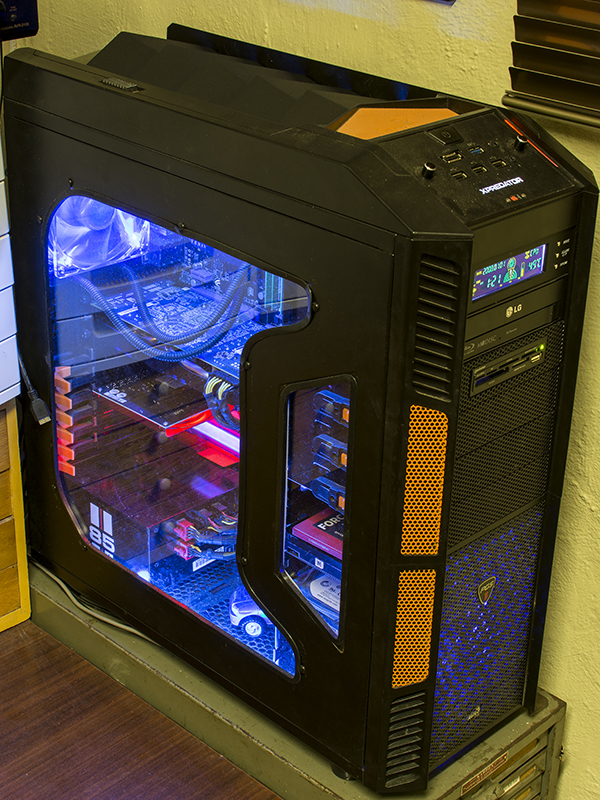
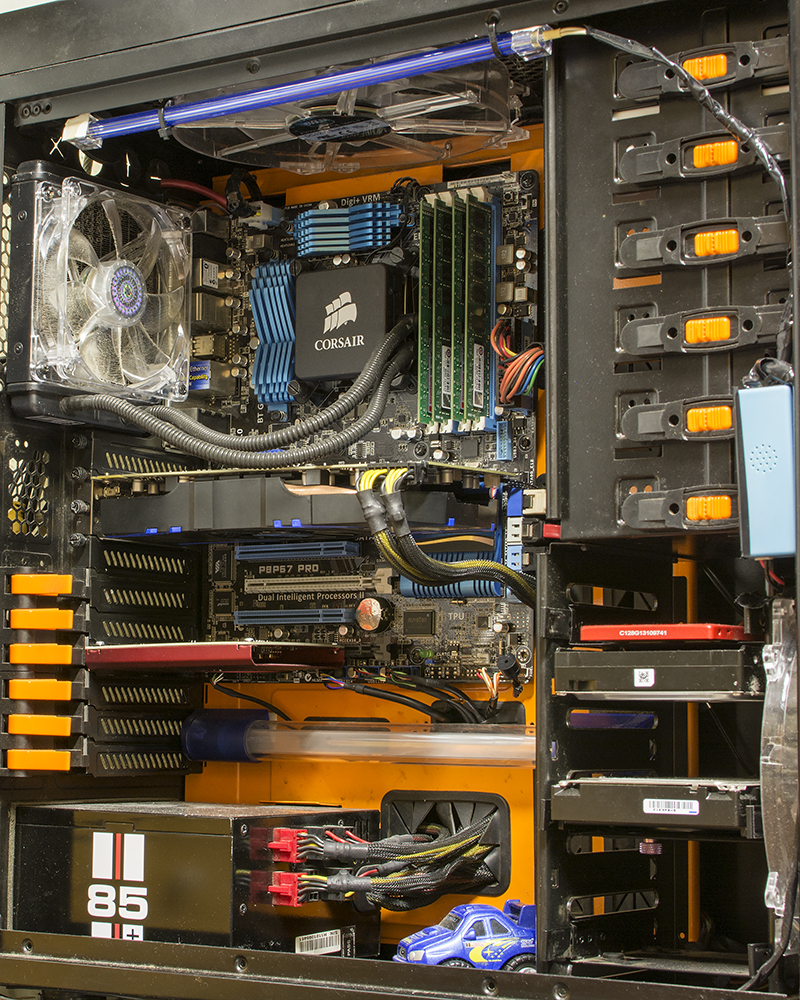
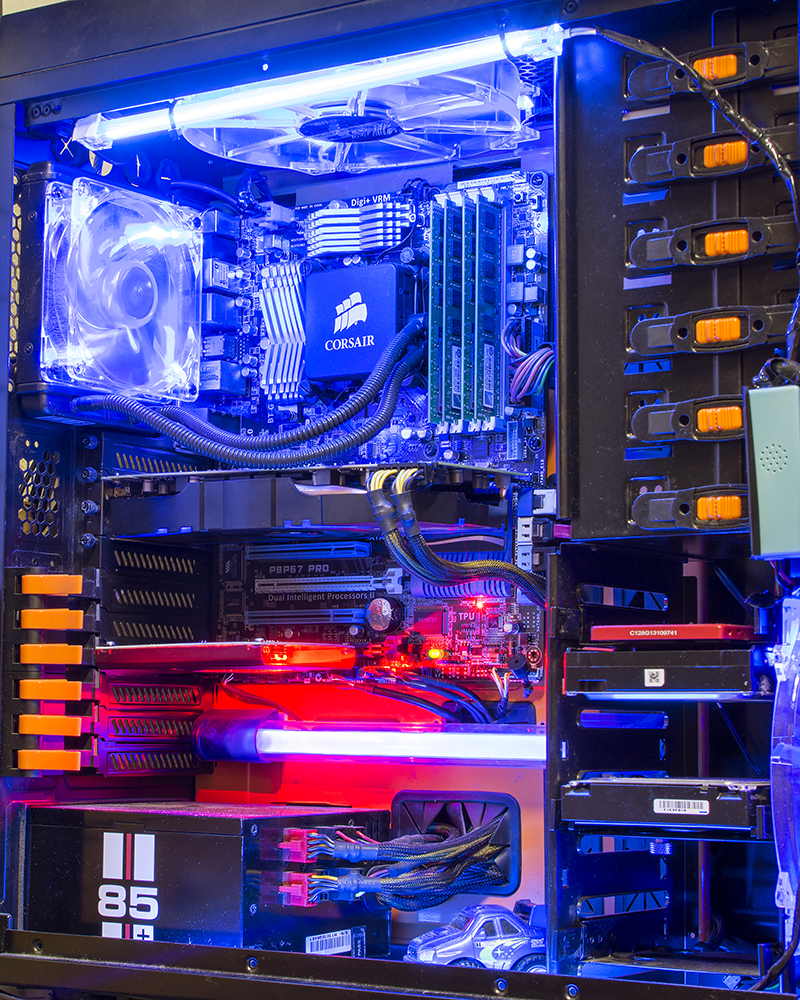
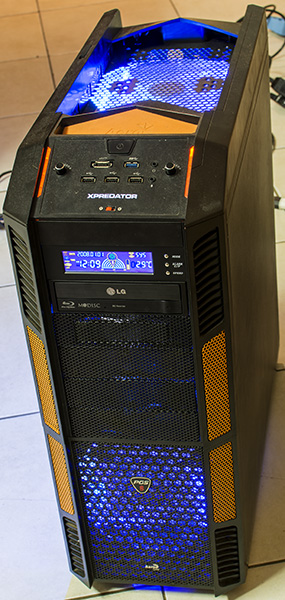
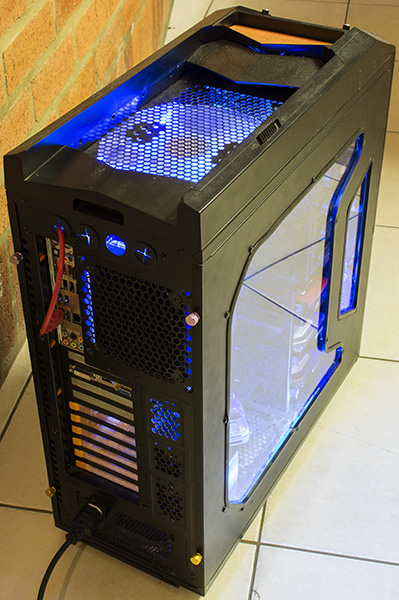
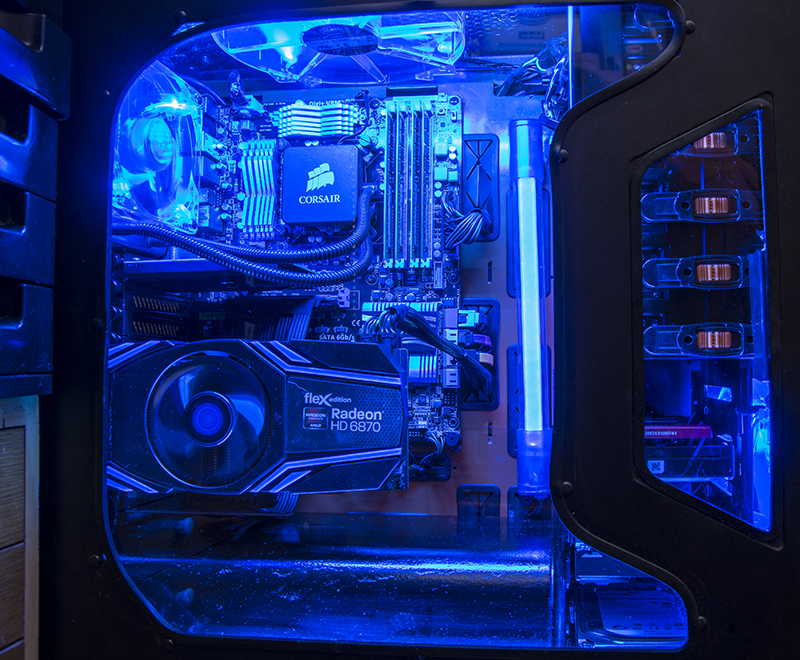
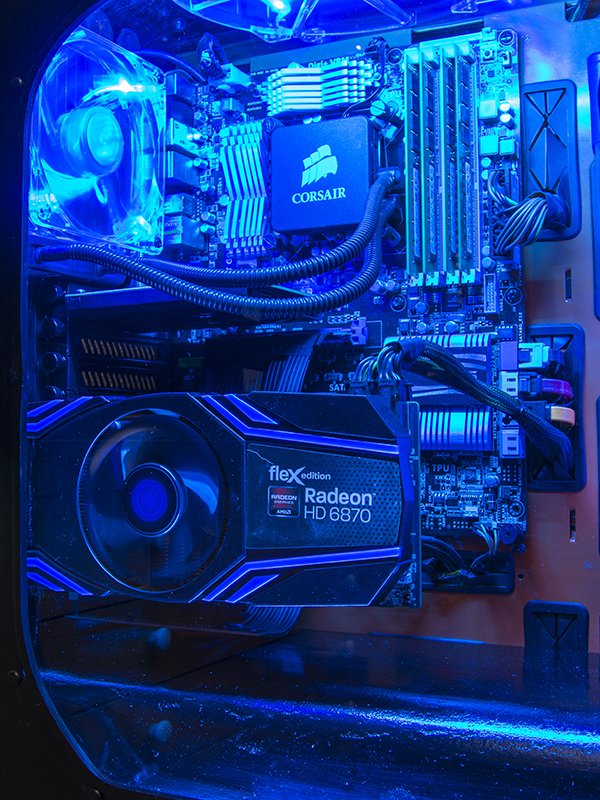
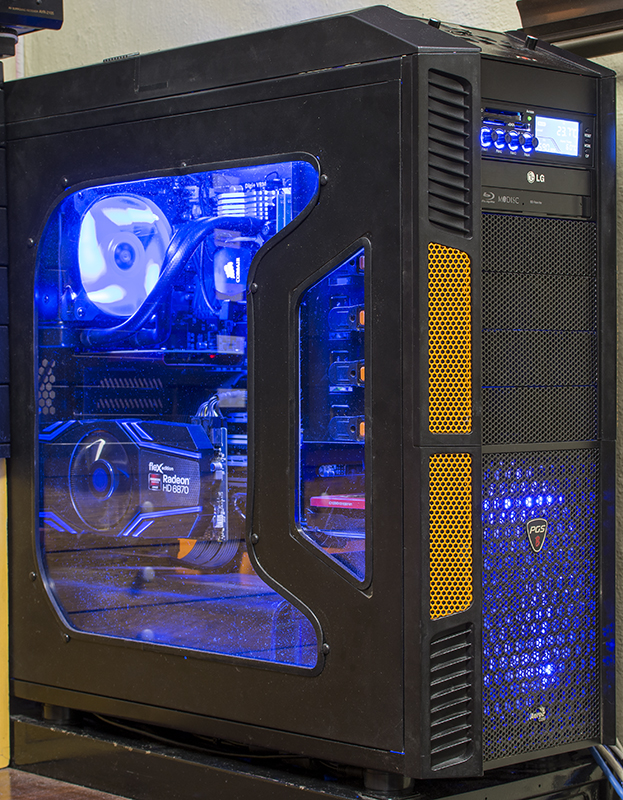
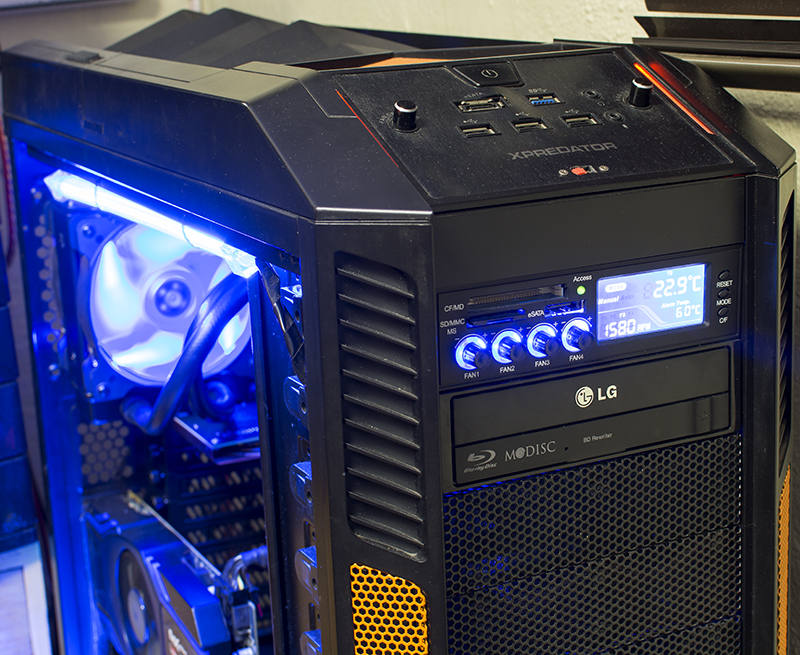
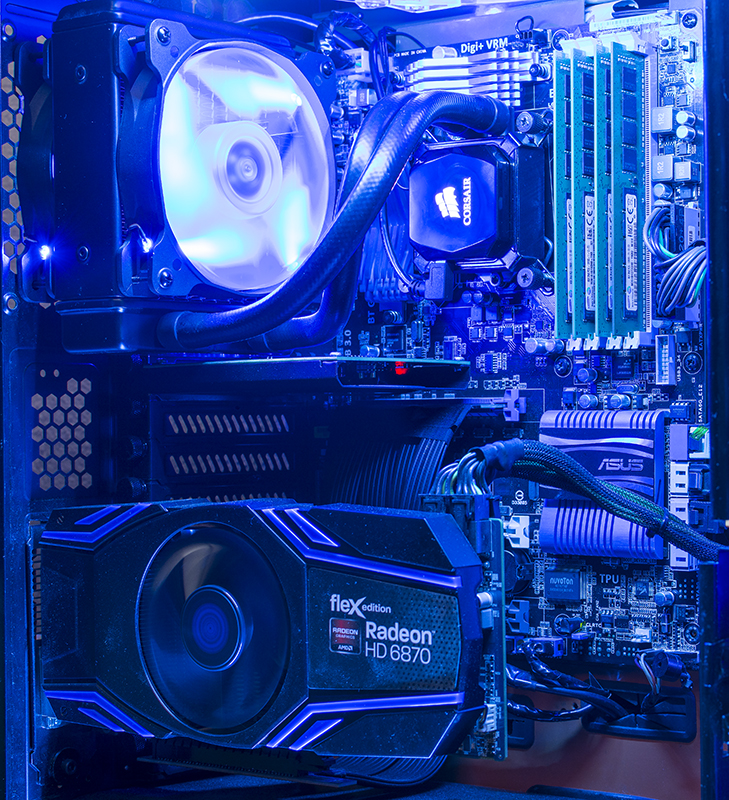

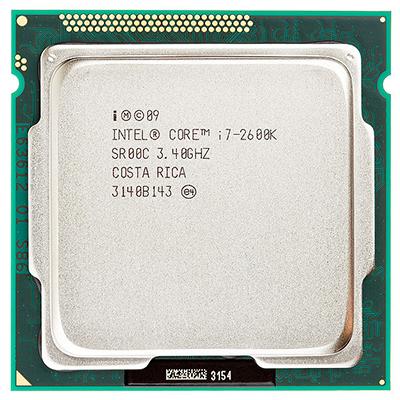
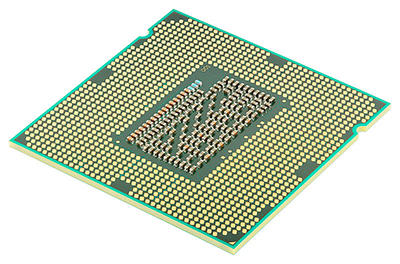
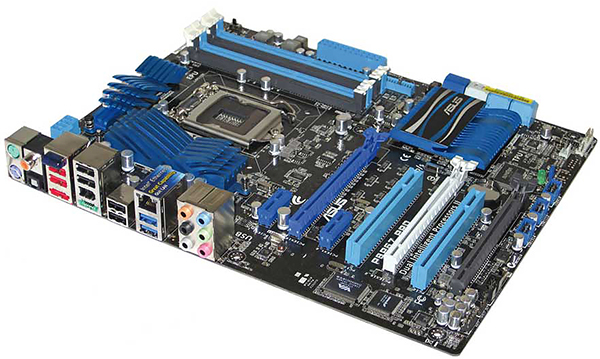
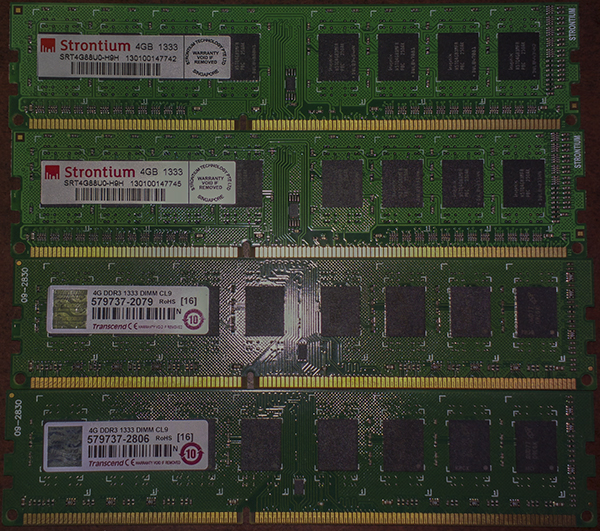
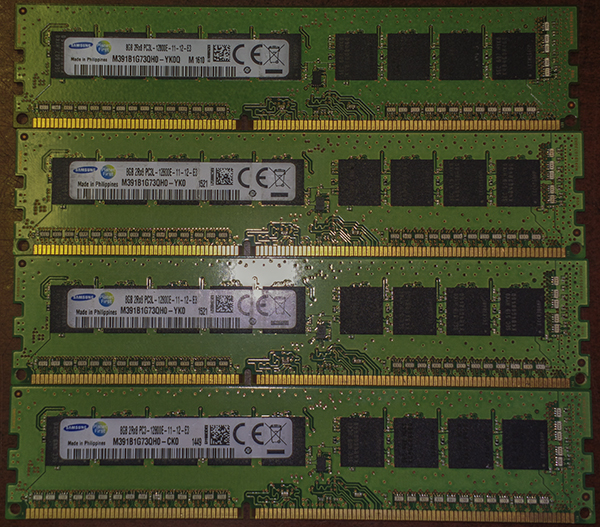
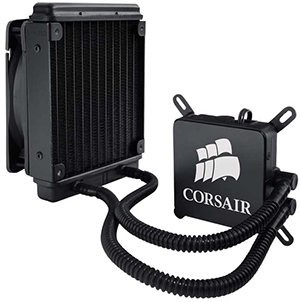
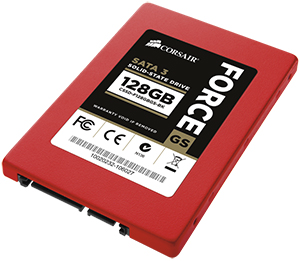
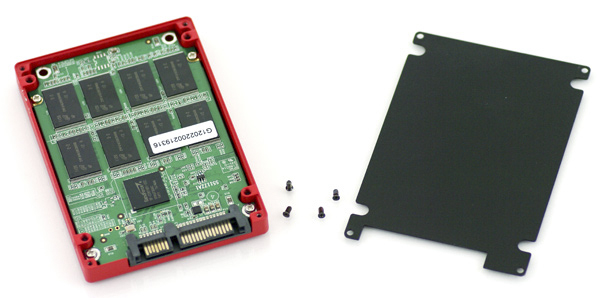
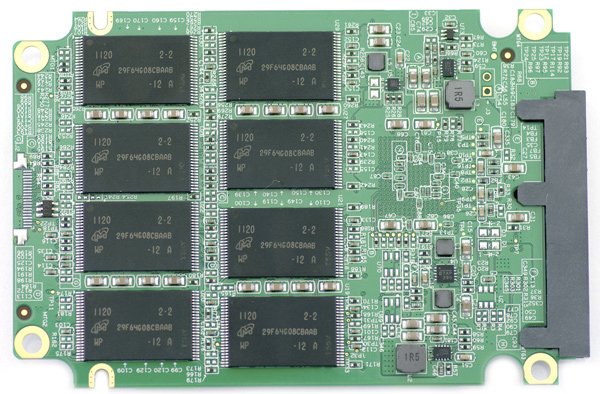
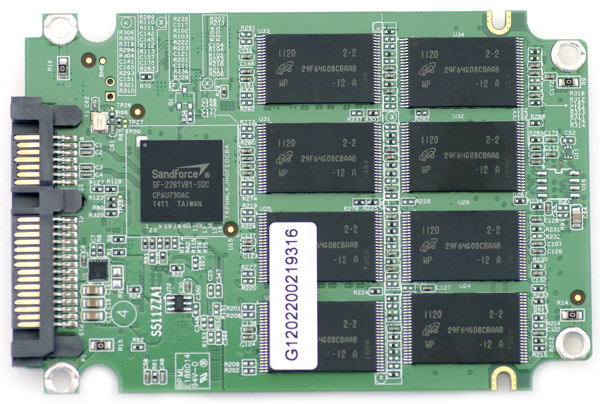

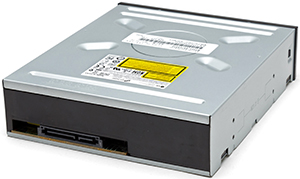
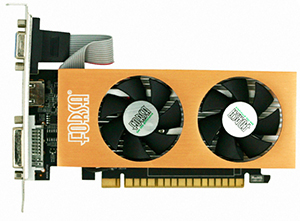
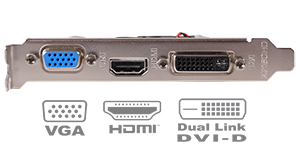
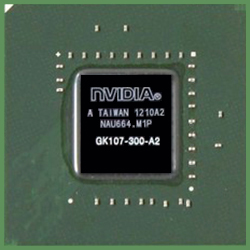
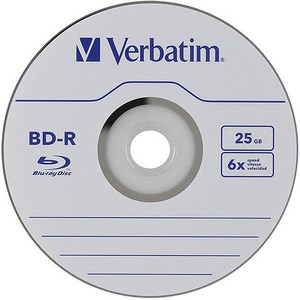

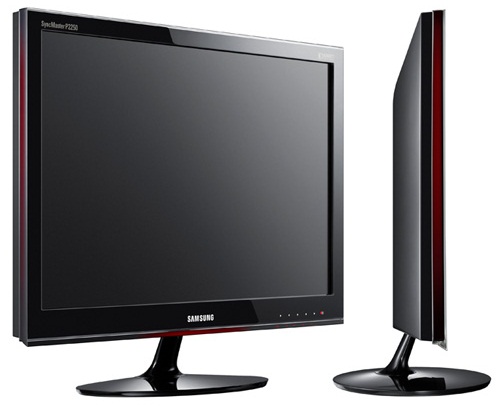
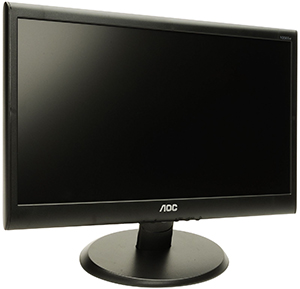
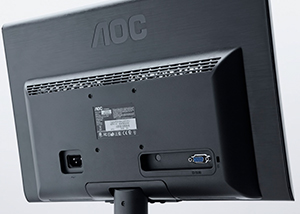
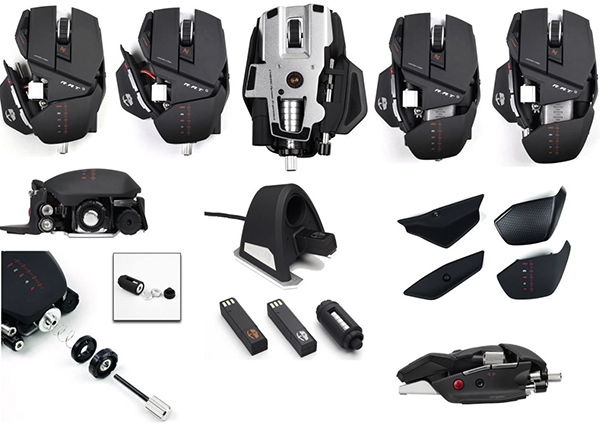
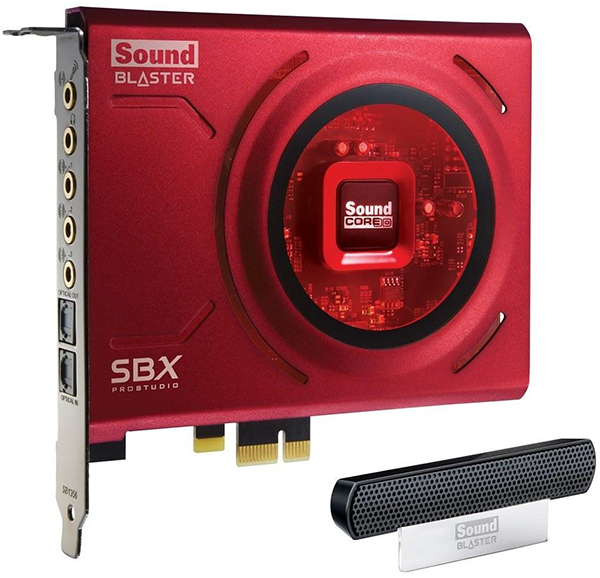


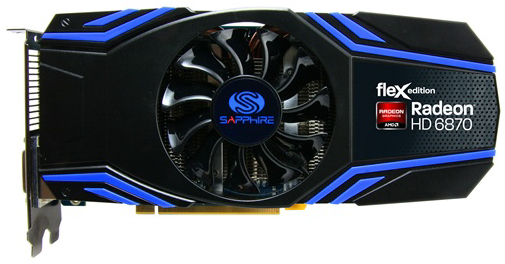
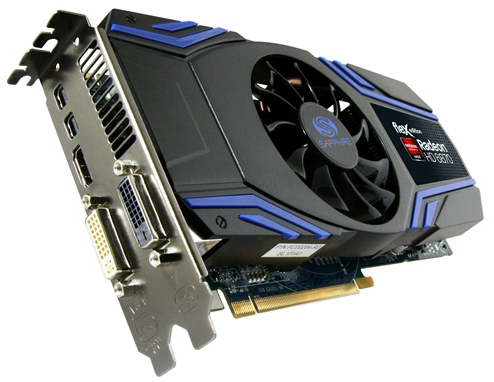
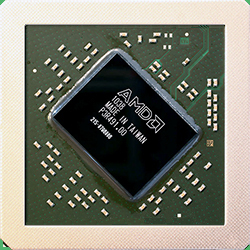
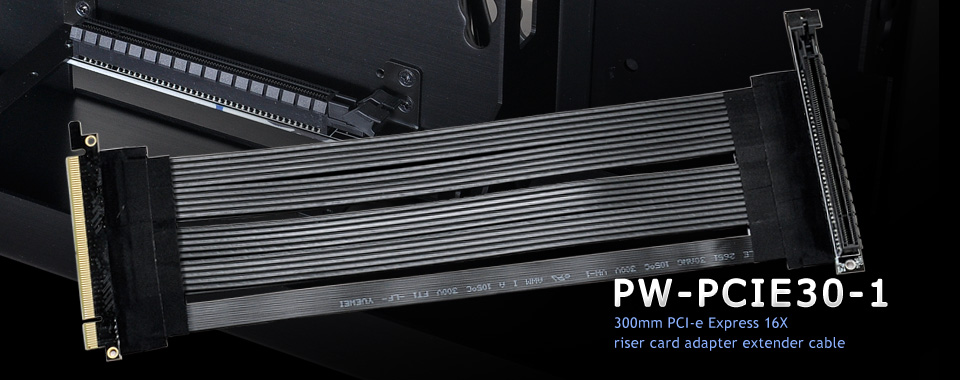

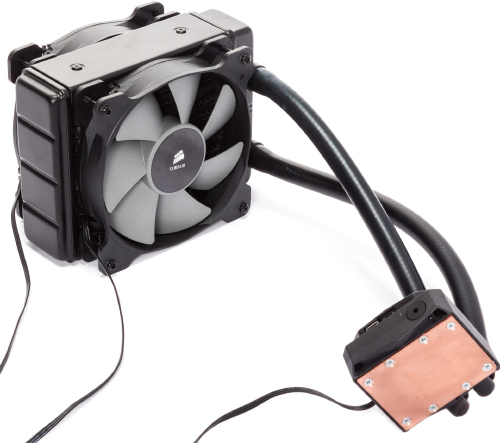
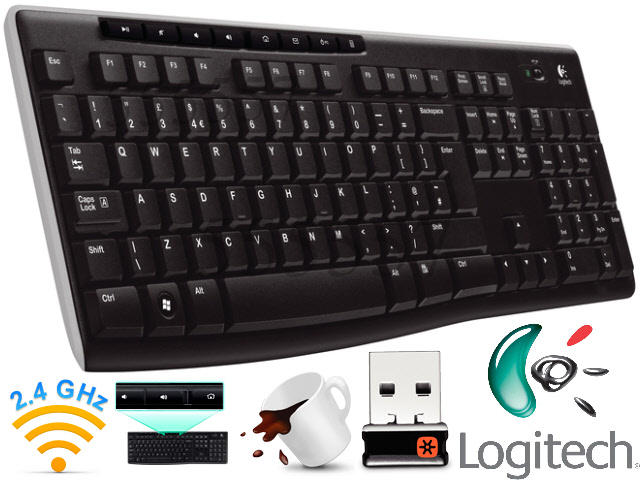
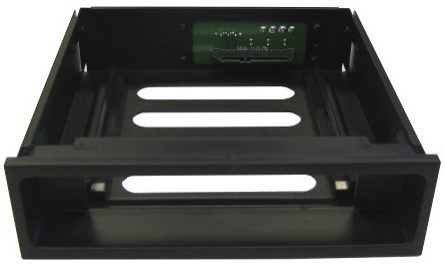
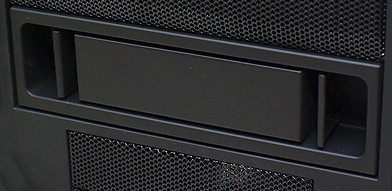
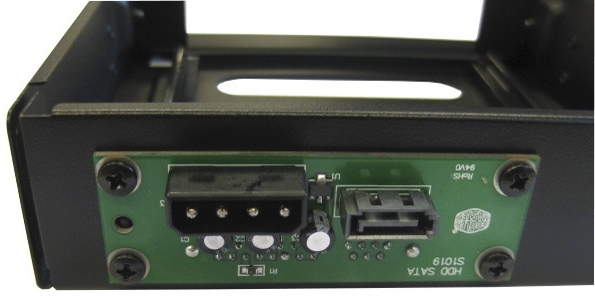
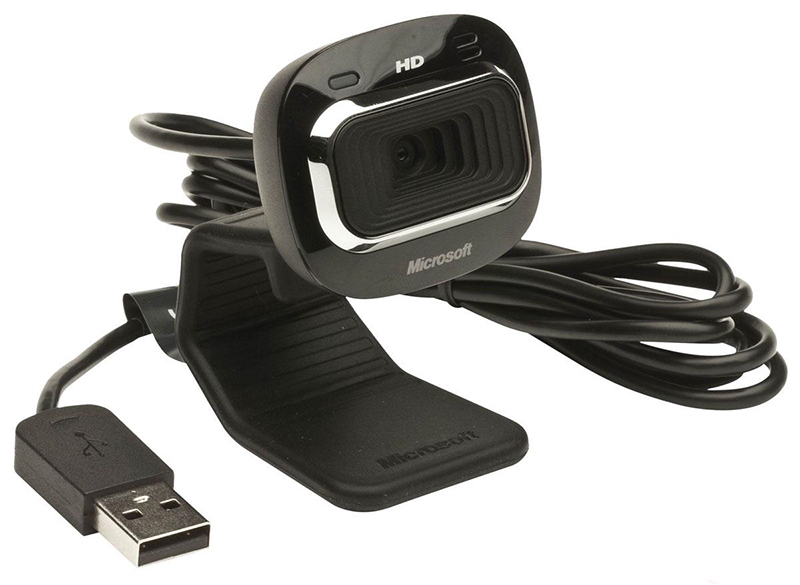
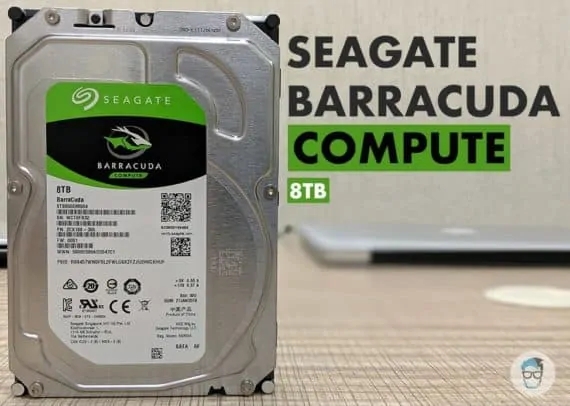
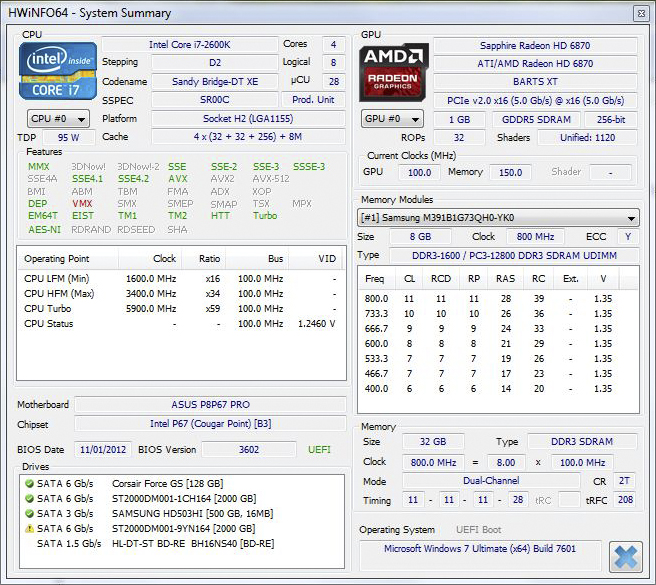
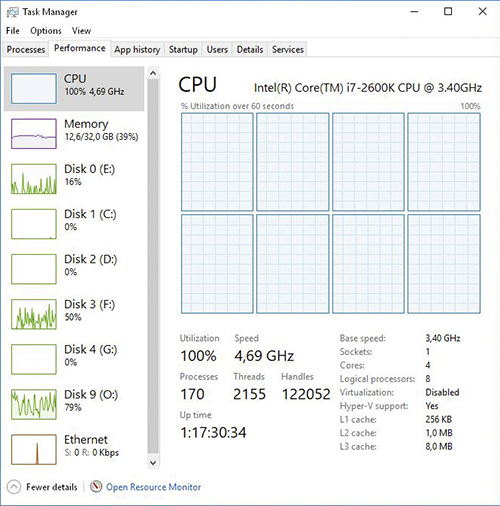
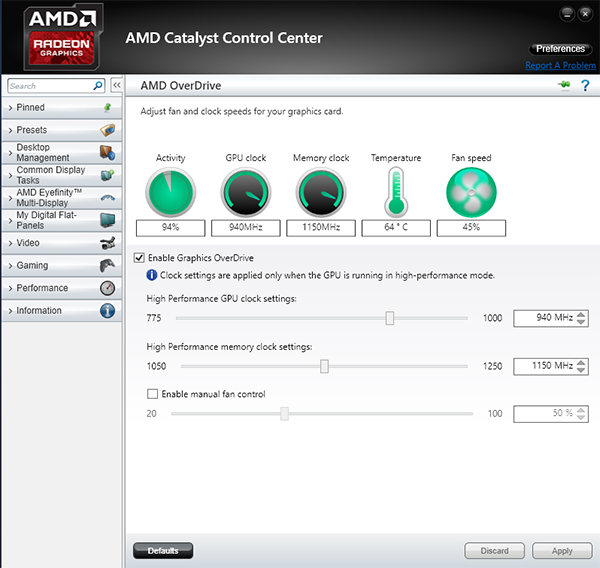
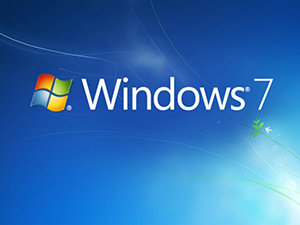
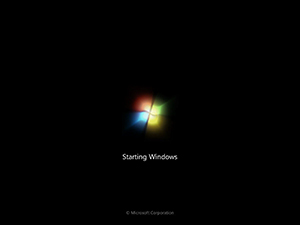
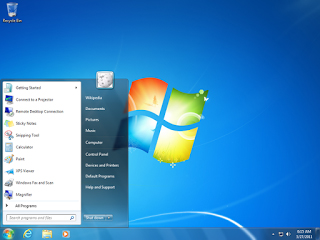
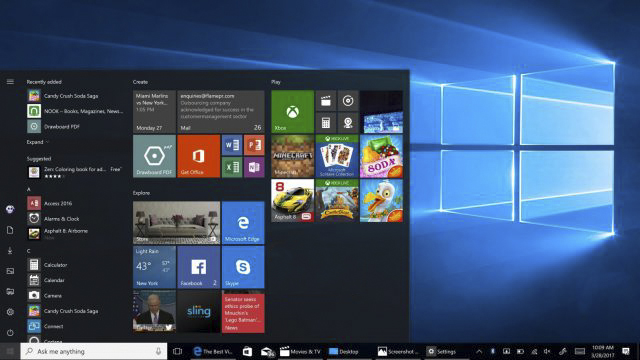
|
HP EliteBook 2760p Tablet PC |
|
| Processor | Intel
Core i5-2540M (second Generation) -2.6-GHz (turbo boost up
to 3.3-GHz)
Dual-Core processor - 3Mb L3 cache - 2 cores - 4 threads |
| Cooling |
Fan and Conductive copper pipe heatsink |
| Memory | 16Gb DDR3 SDRAM, 1333 MHz, two slots
supporting dual-channel memory, (2x8Gb Patriot
SODIMMs) |
| Motherboard | Mobile Intel QM67 Express Chipset - (3) USB 2.0 ports (1 charging), VGA out,(1) combo headphone/microphone jack, (1)1394a, RJ-11/modem, Sim card Slot (1) RJ-45/ Gigabit Ethernet, ExpressCard/34 slot, SD/MMC slot, SATA3 (6Gb/s), Bluetooth 2.1+EDR - 64-bit motherboard/OS - mini PCI-E WLAN card |
| Storage1 | Samsung SSD 840 PRO -
MZ-7PD512 - SSD - 540MB/s read - 520MB/s write - SATA3
6Gbs - 512Gb - 2.5inch Seagate Momentus Thin ST500LT012 - 5400rpm - SATA2 3Gbs - 500Gb - 2.5inch - 16 Mb Cache |
| Removable Storage | SD/MMC slot |
| Display Adapter | Intel HD Graphics 3000
(GT2+) - Integrated with shared video memory - 1.35Ghz Clock
- 1.7Gb Shared video memory |
| Display | 12.1-inch (261mm Wide x 156mm High Display Area) diagonal
LED-backlit WXGA UWVA LCD - 1280x800 pen and touch screen -
anti-glare - 16:10 screen format AND Samsung SyncMaster P2350 - 23inch LCD (508mm Wide x 286mm High Display Area) - 1920x1080 - 16.7Mil colors - VGA-DVI : 16:9 screen format |
| Form Factor | Tablet PC, SIlver Brushed Aluminium and Plastic |
| Speakers |
Stereo |
| Power
Suppply |
65Watt, 18.5V, 3.5A Charger - 6-cell (44 WHr) li-ion battery |
| Features |
Fingerprint
Reader - Webcam (1280x720) with face recognition login -
Pop out LED
light for Keyboard lighting - Touchpen. Connect via
vodacom 3G Dongle |
| Operating
System |
Windows 8.1 Enterprise 64Bit |
| Dimensions |
Weight : 1.8kg. Size : 29cm(w) x 21cm(d) x 3.2cm(h) |
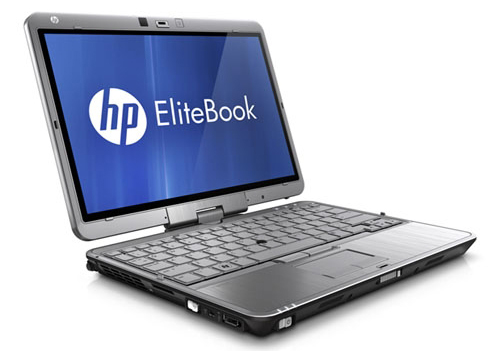
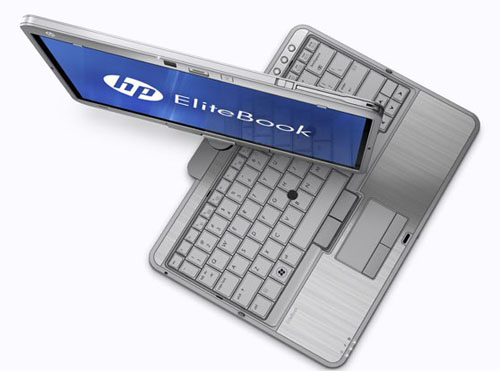
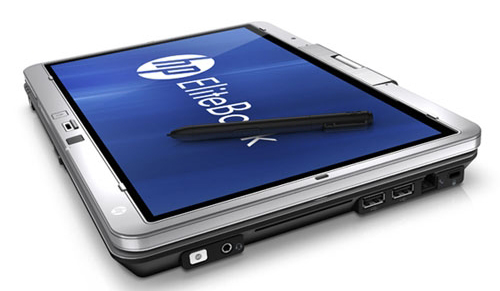
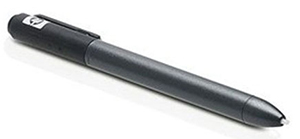
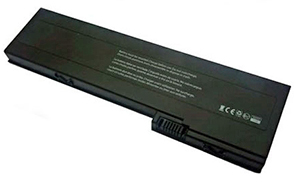
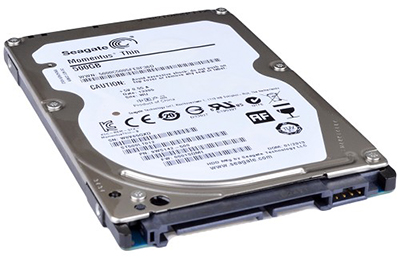
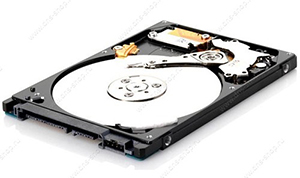
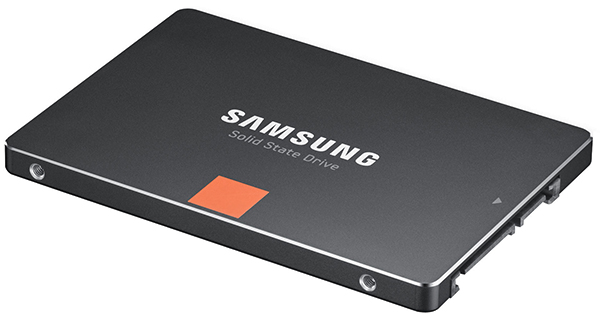
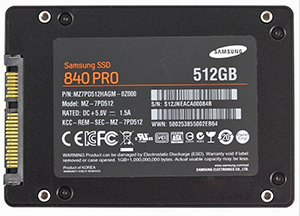

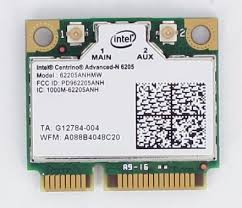
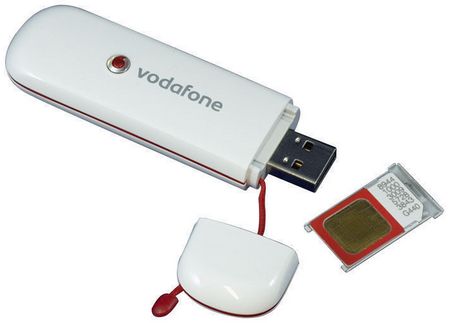
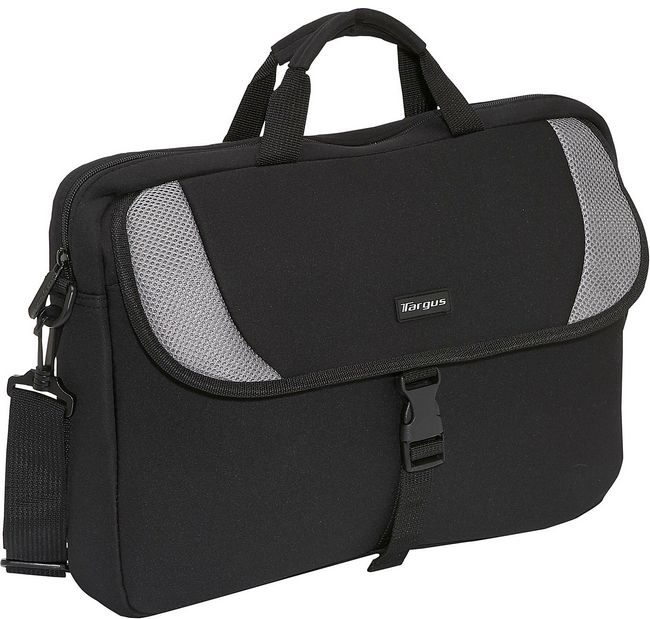
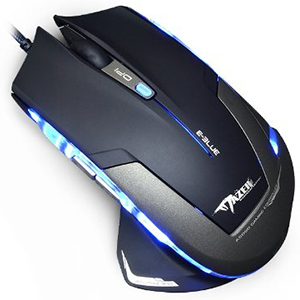
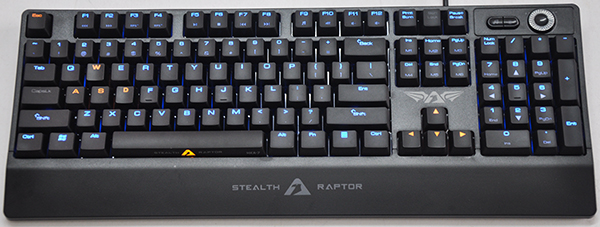
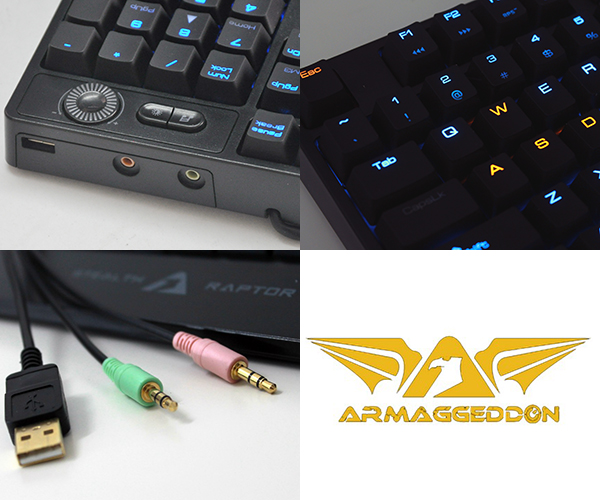
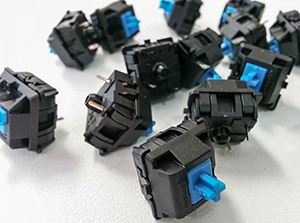
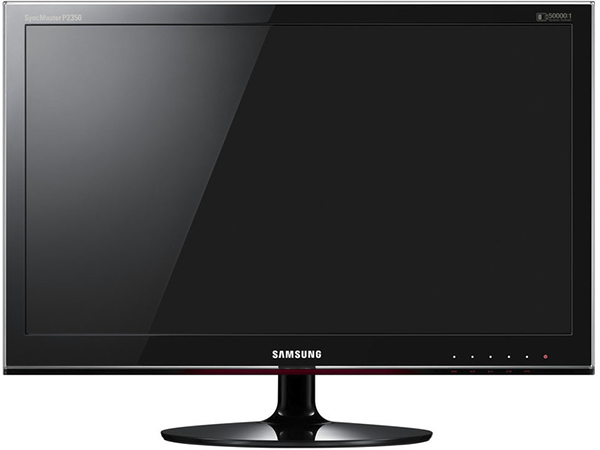
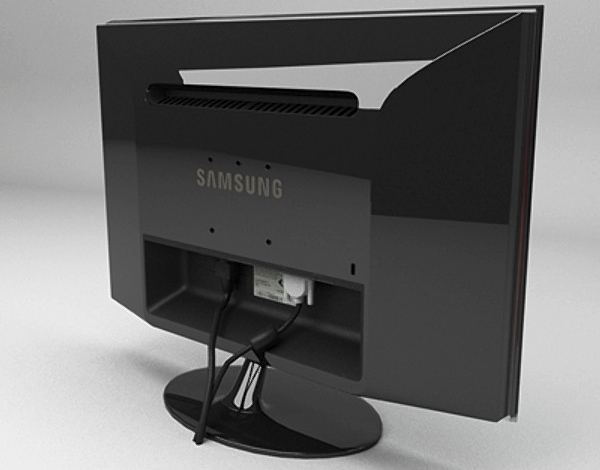
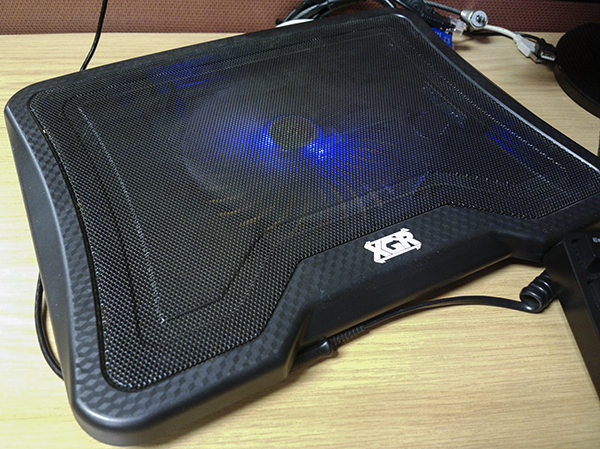
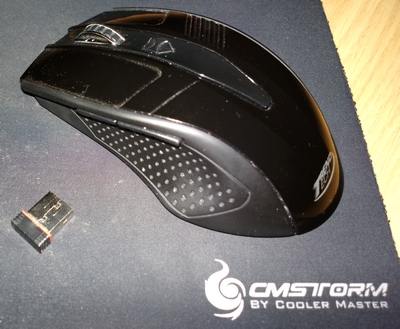
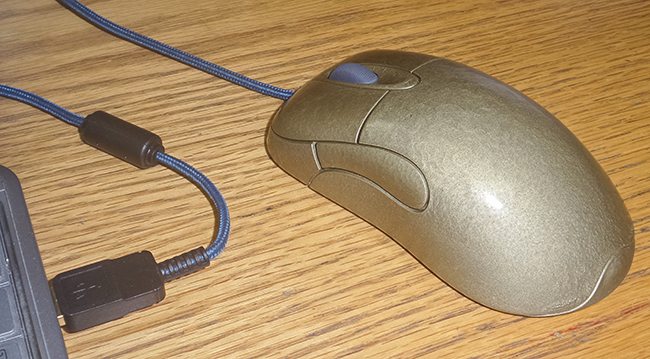


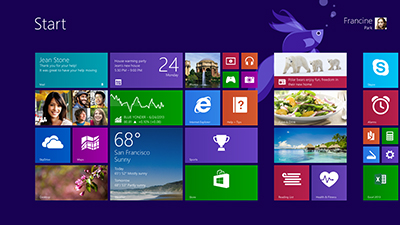
November
2014 - December 2014
|
Lian Li Pitstop T60 Test Bench PC - Core 2 Duo |
|
| Processor | Intel® Core 2 Duo E6600 - 2.40Ghz - 4Mb
Cache - 1066MHz FSB - Socket LGA 775 |
| Cooling |
ZeroTherm BTF90 CPU Cooler |
| Memory | 8Gb 667Mhz DDR2 Ram (4x2Gb Apacer DIMMS) |
| Motherboard | Motherboard Hewlett-Packard 0AACh - Intel Q35 Express Chipset - 1333Mhz FSB - SATA2 (3Gb/s) - USB2 - IEEE 1394 - 3xPCI, 2xPCI Express x1 (PCIe), 1xPCI Express x16 (PCIe) expansion slots - 64-bit motherboard/OS |
| Storage1
|
Seagate Barracuda ST3808110AS - 7200rpm - SATA2 3Gbs - 80Gb - 3.5inch - 8Mb Cache |
| Storage2 |
Seagate Barracuda ST3160812AS - 7200rpm - SATA2 3Gbs - 160GB - 3.5inch - 8Mb Cache |
| Storage3 | Seagate Barracuda ST1000DM003 - 7200rpm - SATA3 6Gbs - 1TB - 3.5inch - 64Mb cache |
| Removable Storage2 | LG GH24NS95 (DVD rewriter) - 48x CD - 24x DVD
- SATA 1.5Gbs - M@DISC - 0.75MB Buffer |
| Display Adapter | Nvidia GEForce 8500 GT- NX8500GT-TD512E - 512mb GDDR2 - PCIe x16 - S-video-VGA-DVI - 450MHz core |
| Display | LG-Flatron L1719S-BF - 17inch LCD (Active matrix-TFT) (337mm Wide x 269mm High Display Area) - 1280x1024 - 16.2Mil colors - VGA Analogue - 5:4 screen format |
| Form Factor | Lian Li Pitstop T60 Test Bench PC |
| Power
Supply |
365W |
| Other |
D-Link Wireless N
Desktop Adapter (DWA-525), AGESTAR USB 3.0 PCI-Express
Card. |
| Sound |
Sound Blaster Live! (SB0060) 5.1 sound card (same one from JDG days). This card never seems to die. |
| Operating System | Linux Mint 17 Ubuntu 64Bit |
Lian
Li Pitstop T60 Test Bench
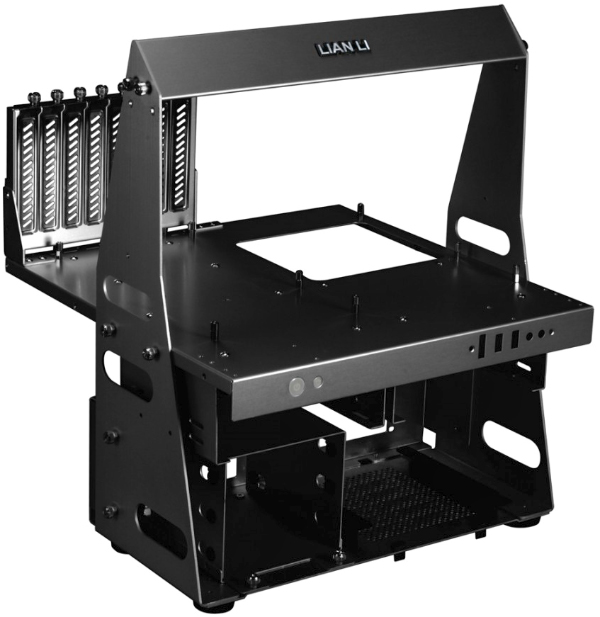
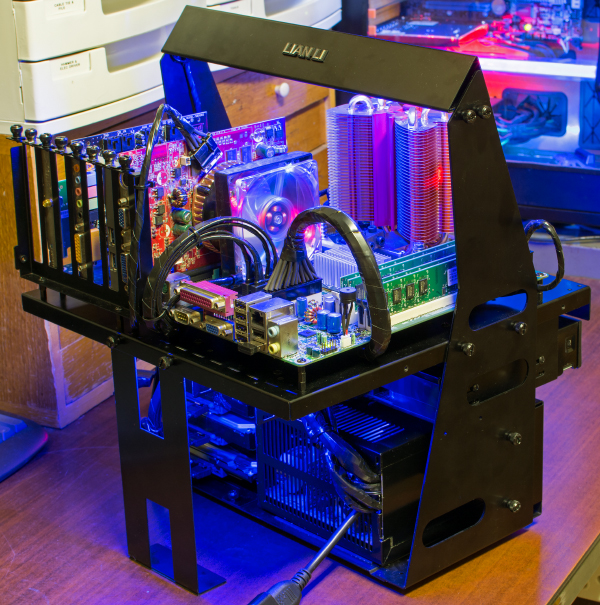
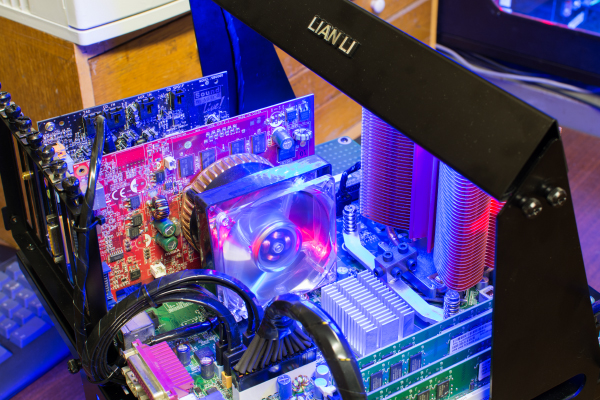

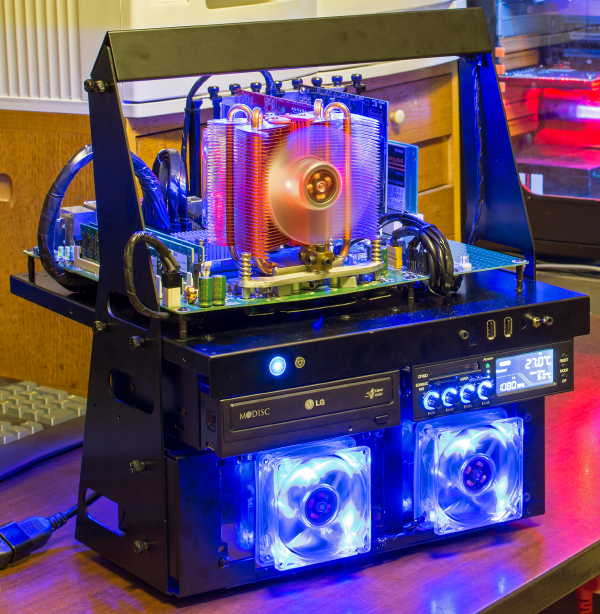
ZEROtherm BTF90 CPU Cooler
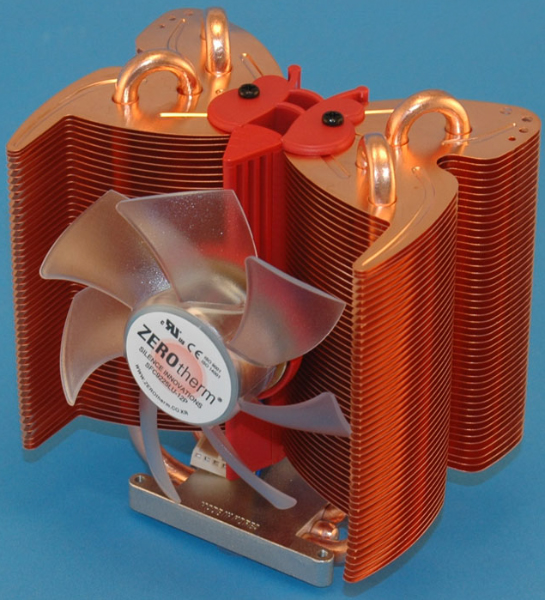








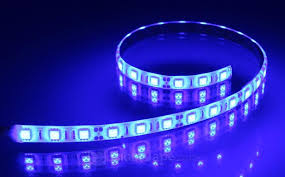




December
2014
|
Lian Li Pitstop T60 Test Bench PC - i5 Water Cooled |
|
| Processor | Intel Core i5-2500K (Second Generation) - 3.3Ghz (3.7Ghz Turbo) - 6Mb cache - 4 cores - 4 threads (Base-Clock (BLCK) @ 100mhz = (100mhz x 33x) = 3.3ghz ) - Socket LGA 1155 |
| Cooling |
Corsair H80i Liquid CPU Cooler |
| Memory | 8Gb 1333Mhz DDR3 RAM (2x4Gb Corsair CMV4GX3M1A1333C9) |
| Motherboard | Asus P8Z68-V LX - Intel Z68 Express Chipset - SATA3 (6Gb/s)- USB3 - 3xPCI, 2xPCI Express 2.0 x1, 2xPCI Express 2.0 x16 (Blue @ x16, black @ x4 mode) - Overclock capable EFI BIOS - 64-bit motherboard/OS |
| Storage1
|
Samsung SM841N - SSD -
520Mb/s read - 396Mb/s write - SATA3 6Gbs - 256Gb -
2.5inch |
| Storage2 |
Western Digital RE3 WD5002ABYS - 7200rpm - SATA2 3Gbs - 500Gb - 3.5inch - 16Mb cache |
| Storage3 | Seagate Barracuda ST1000DM003 - 7200rpm - SATA3 6Gbs - 1TB - 3.5inch - 64Mb cache |
| Storage4 |
Seagate Barracuda ST2000DM001 - 7200rpm - SATA3 6Gbs - 2TB - 3.5inch - 64Mb cache |
| Removable Storage2 | LG GH24NS95 (DVD rewriter) - 48x CD - 24x DVD
- SATA 1.5Gbs - M@DISC - 0.75MB Buffer |
| Display Adapter | Nvidia GeForce GT 640 -
2Gb DDR3 128-bit - NH-G640204C36L4N - PCIe x16 -
VGA-DVI-HDMI - 901MHz |
| Display | LG-Flatron L1719S-BF - 17inch LCD (Active matrix-TFT) (337mm Wide x 269mm High Display Area) - 1280x1024 - 16.2Mil colors - VGA Analogue - 5:4 screen format |
| Form Factor | Lian Li Pitstop T60 Test Bench PC |
| Power
Supply |
Cooler Master Extreme Power Plus 650W |
| Other |
D-Link Wireless N
Desktop Adapter (DWA-525), AGESTAR USB 3.0 PCI-Express
Card. |
| Sound |
Sound Blaster Live! (SB0060) 5.1 sound card (same one from JDG days). This card never seems to die. |
| Operating System | Linux Mint 17 Ubuntu 64Bit |
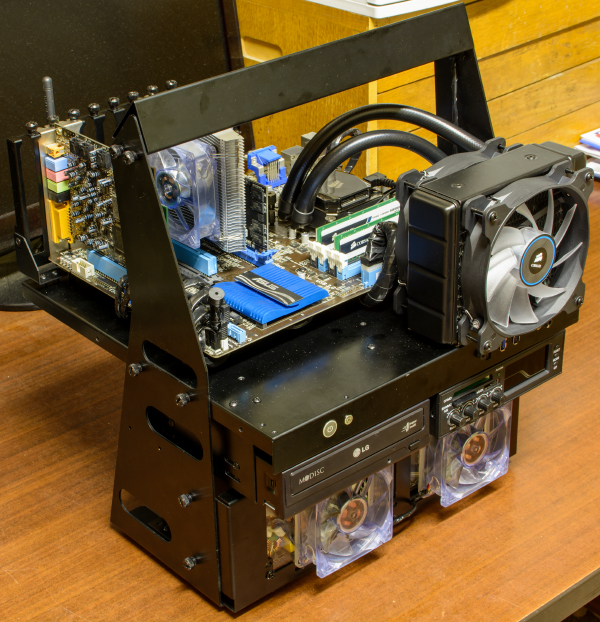
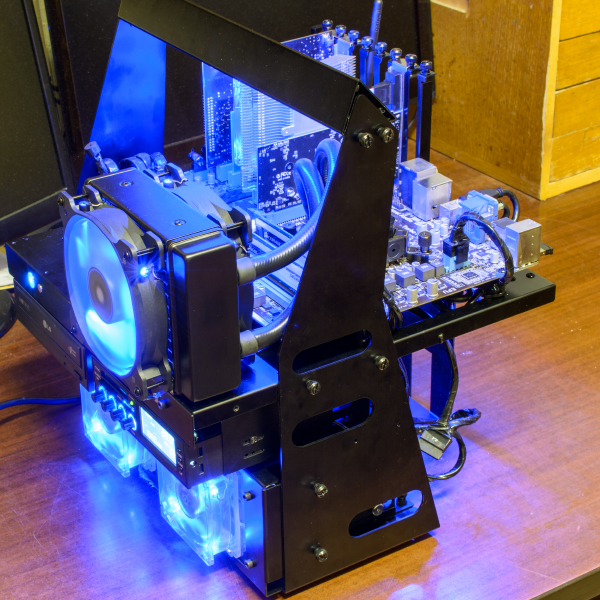
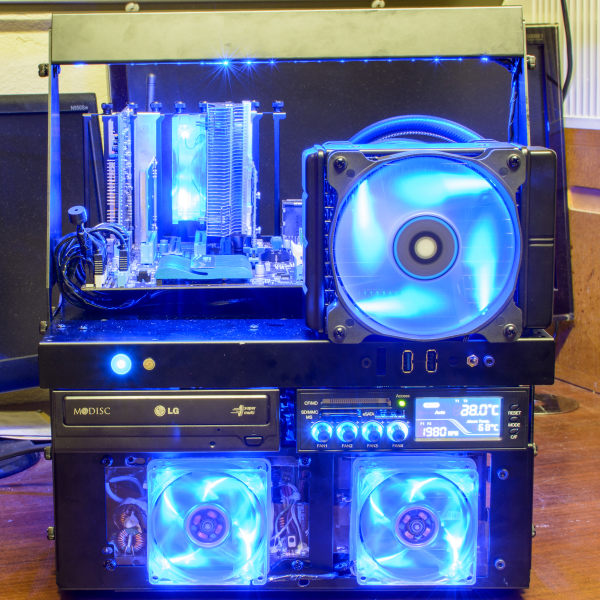
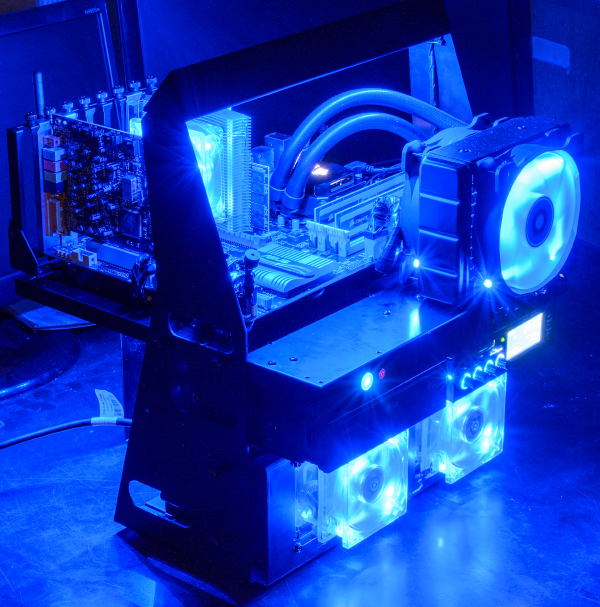
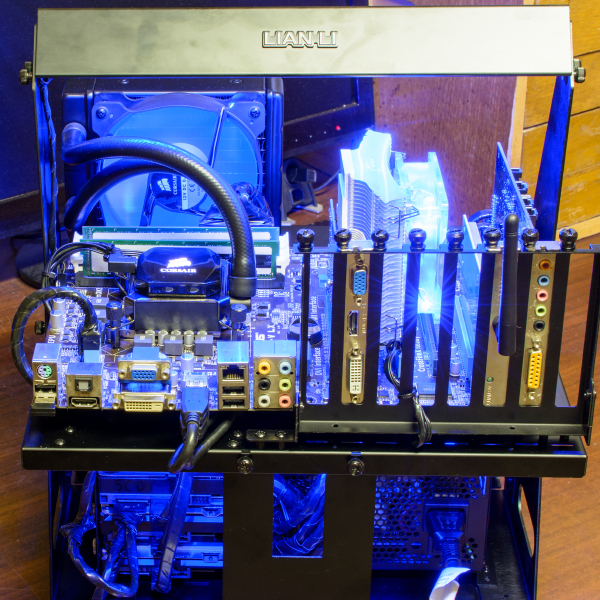
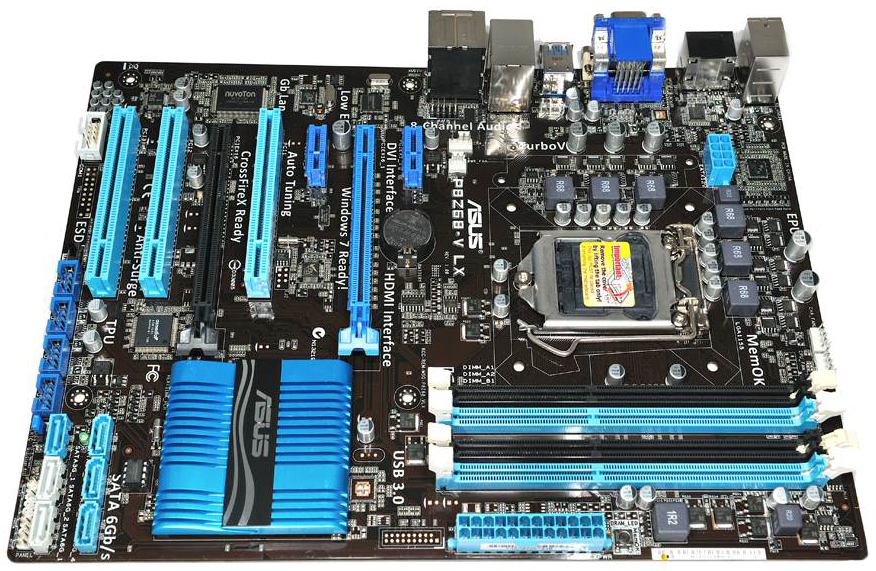

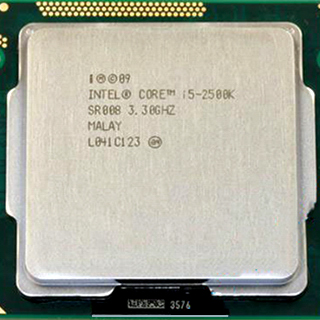

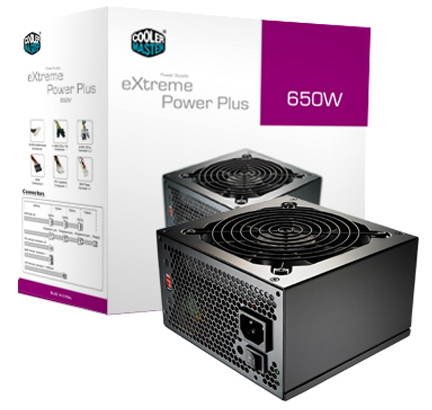
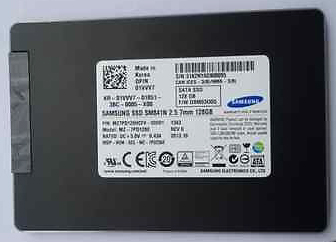








December
2014
|
Cooler Master Elite 431 Plus |
|
| Processor | Intel® Core 2 Duo E7500 - 2.93Ghz - 3Mb
Cache - 1066MHz FSB - Socket LGA 775 |
| Cooling |
ZeroTherm BTF90 CPU Cooler |
| Memory | 8Gb 667Mhz DDR2 Ram (4x2Gb Apacer DIMMS) |
| Motherboard | Intel DQ965GF microATX Motherboard - Intel Q965 Express Chipset - 800Mhz FSB - SATA2 (3Gb/s) - USB2 - IEEE 1394 - 2xPCI, 1xPCI Express x1 (PCIe), 1xPCI Express x16 (PCIe) expansion slots - 64-bit motherboard/OS |
| Storage1
|
Samsung HD321HJ - 7200rpm - SATA2 3Gbs - 320Gb - 3.5inch - 8Mb Cache |
| Storage2 |
- |
| Storage3 | - |
| Removable Storage2 | Lite-ON DH-20A3S (DVD rewriter) - 48x CD - 16x DVD - SATA 1.5Gbs - 2MB Buffer |
| Display Adapter | Nvidia GEForce 8500 GT- NX8500GT-TD512E - 512mb GDDR2 - PCIe x16 - S-video-VGA-DVI - 450MHz core |
| Display |
- |
| Form Factor | Cooler Master Elite 431 Plus Mid Tower Case |
| Power
Supply |
365W |
| Other |
None |
| Sound |
Onboard |
| Operating System | Linux Mint 17 Ubuntu 64Bit |
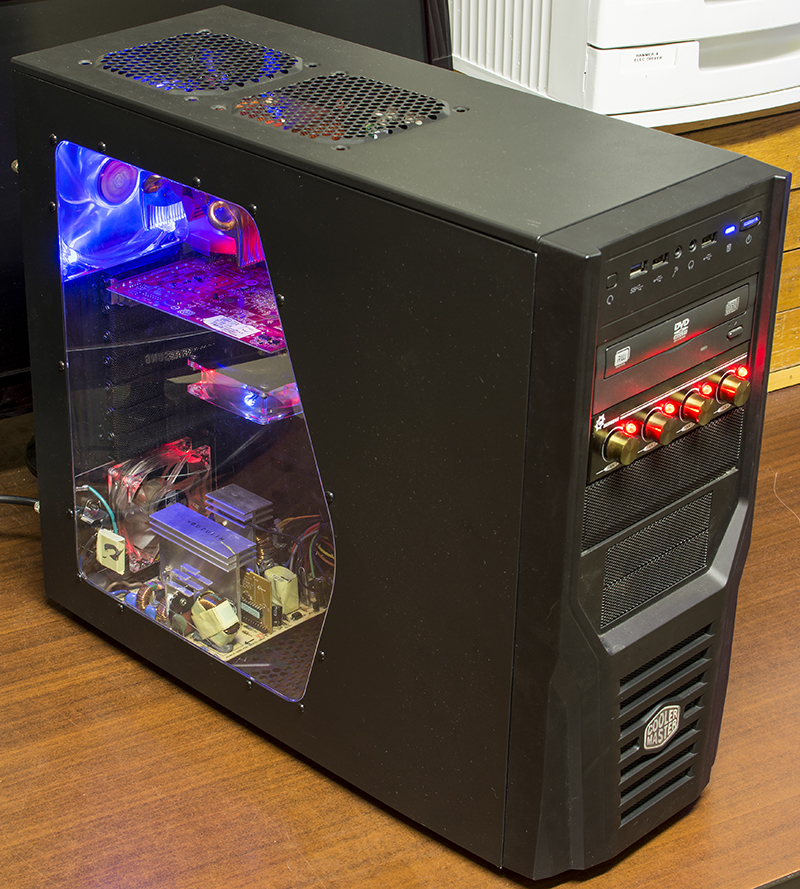
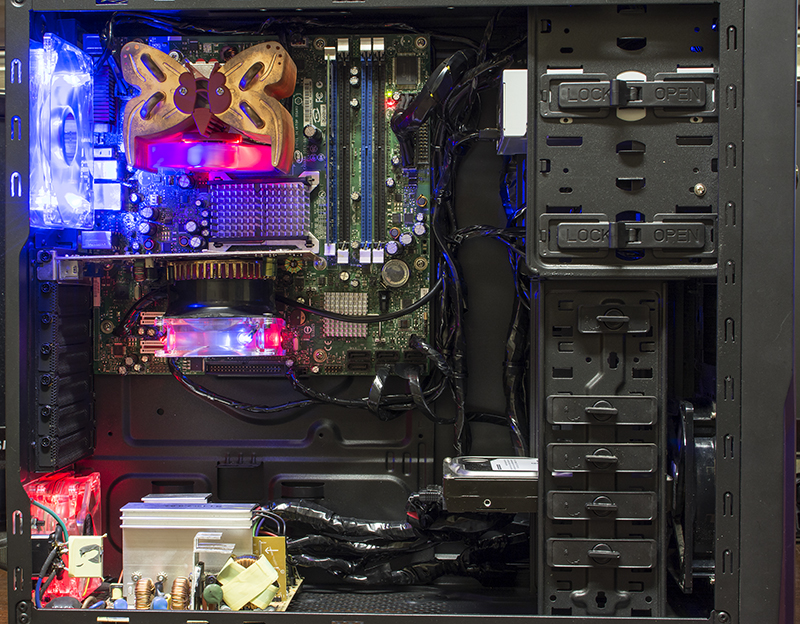
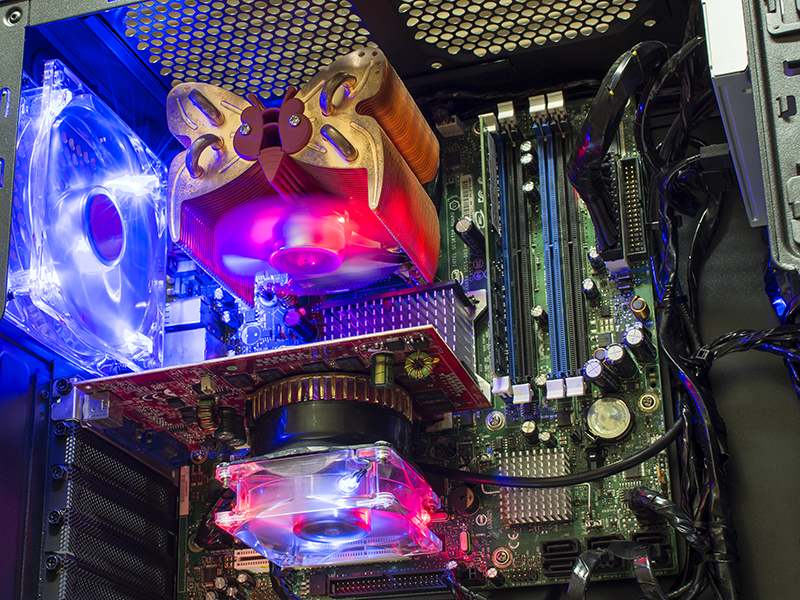
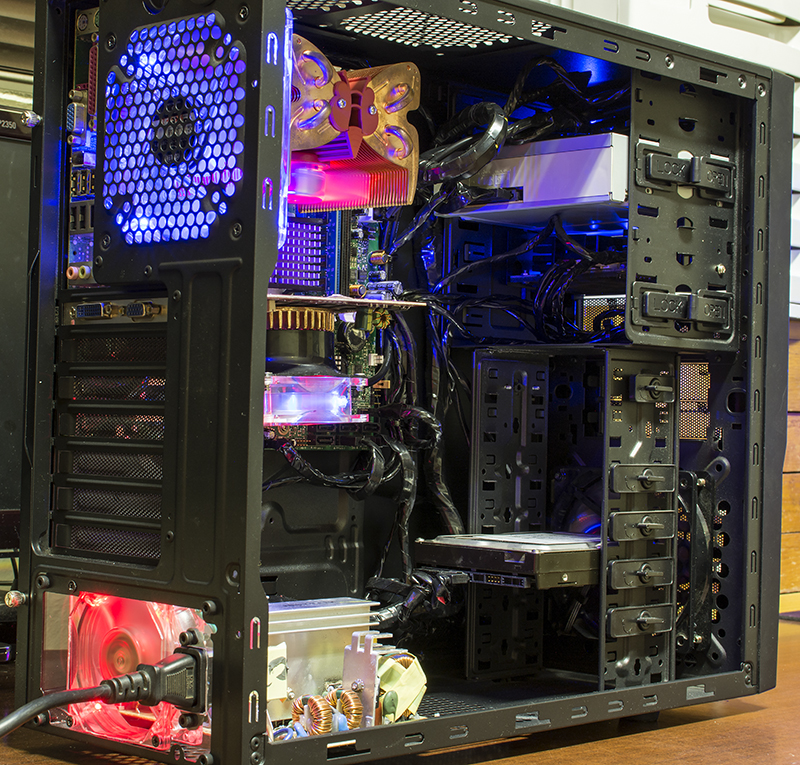
ZEROtherm BTF90 CPU Cooler

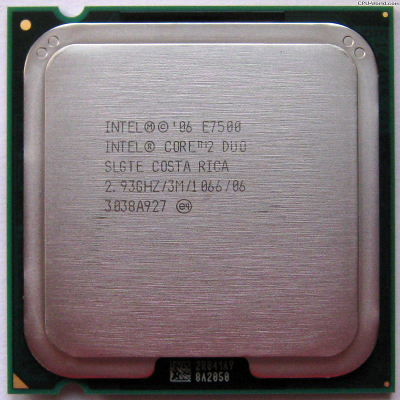
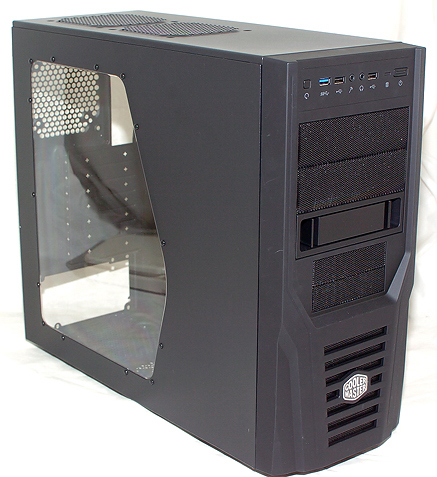
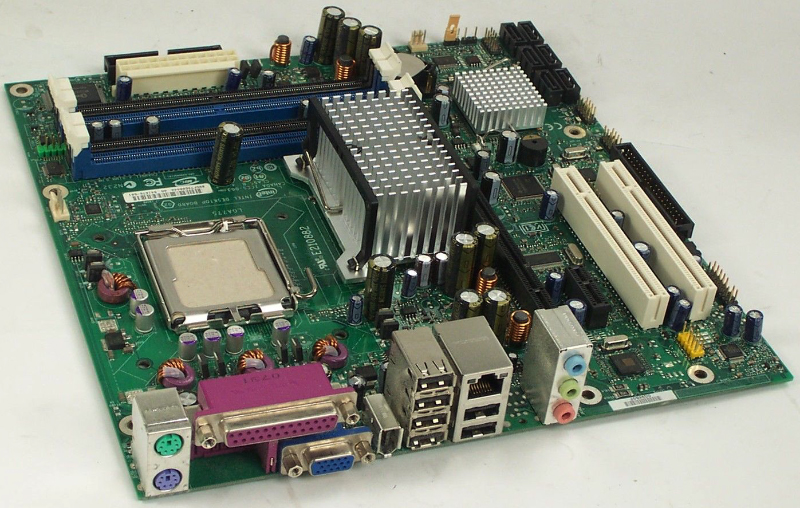

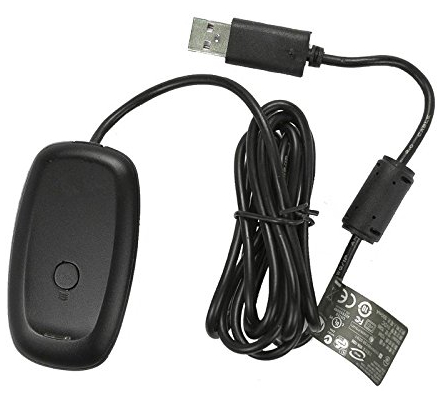
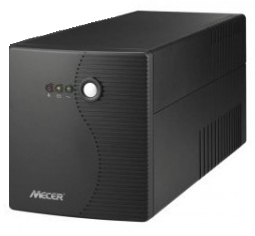
Technicolor TG588v Wireless-N VDSL Modem-Router - March 2017
|
Technicolor TG588v Wireless-N VDSL Modem-Router with 3G Failover |
|
| Standards |
IEEE 802.11n, IEEE 802.11g, IEEE 802.11b,
IEEE 802.3 and IEEE 802.3u. WCDMA, CDMA2000, TD-SCDMA, ADSL2+, VADSL2 |
| Connection Type | 3G, WirelessWAN, ADSL/VADSL, DHCP, Static IP, PPPoE, PPTP, L2TP, 802.1x |
| Encryption Mode | 64/128-bit WEP, WPA, WPA2, WPA/WPA2 |
| Max. Wireless Speed | Up to 300Mbps |
| Frequency | 2.4GHz 2x2 AP (2 x Internal omni-directional antennas) |
| Interfaces | 1xUSB2.0 port for 3G Dongle and sharing, 4x10/100Mbps WAN, 1xRJ11 DSL Line port |
| Features | - Integrated VDSL2 modem. - AutoWAN Sensing - 4 FE LAN ports - Wi-Fi interface - IEEE 802.11n 2.4 GHz (2x2), optional with high power - 1 high speed USB 2.0 master port - Seamless media sharing (UPnP A/V and DLNA) - Future-proof full service platform supporting AllSeen communication framework and apps. - Enabled to support Wi-Fi Doctor (sold separately) and Wi-Fi Controller (sold separately) - Non-serivce-affecting platform software upgrades (dual bank memory) - IPv4 and IPv6 enabled Designed according to the latest ECO standards |
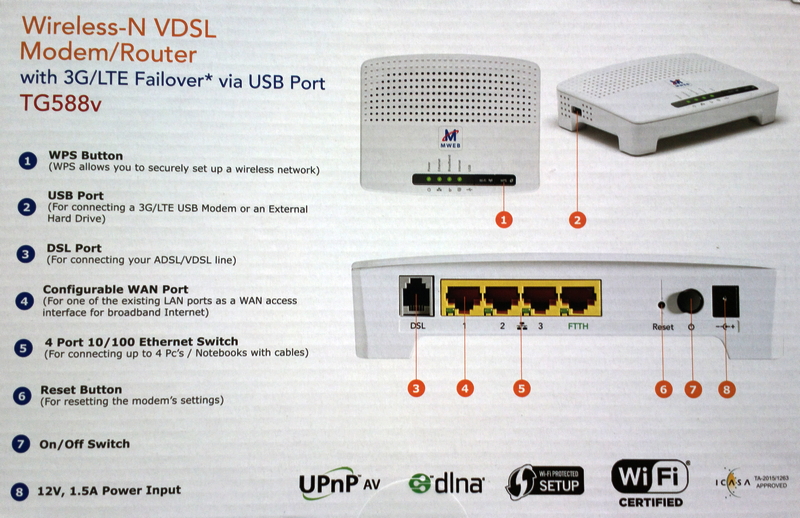
|
ASUS N53SV Laptop (N53SV-A1) |
|
| Processor | Intel
Core i7-2670QM (Sandy Bridge Second Generation) -2.2-GHz (turbo boost up
to 3.1-GHz)
Quad-Core processor - 6Mb L3 cache - 4 cores - 8 threads |
| Cooling |
Fan and Conductive copper pipe heatsink |
| Memory | 16Gb DDR3 SDRAM, 1333 MHz, four slots
supporting dual-channel memory, (2x8Gb Patriot
SODIMMs) |
| Motherboard | Intel chipset HM65 3 x USB 2.0 ports 1 x USB 3.0 port HDMI out VGA out 3.5mm Headphone jack, 3.5mm Microphone jack, SD Card REader Realtech RJ-45/ Gigabit Ethernet Atheros WIFI b/g/n with physical on/off switch Atheros Bluetooth 2.1+EDR SATA3 (6Gb/s) 64-bit motherboard/OS |
| Storage1 | Samsung SSD 840 PRO -
MZ-7PD512 - SSD - 540MB/s read - 520MB/s write - SATA3
6Gbs - 512Gb - 2.5inch |
| Removable Storage | SD/MMC slot, Blu-Ray ROM / DVD R/W (HP CT30K) |
| Display Adapter | Intel HD Graphics 3000 - 1.1Ghz Clock - Shared video memory AND NVIDIA GeForce GT 540M - 672Mhz Clock - 1Gb RAM. Nvidia’s Optimus graphics switching is used to switch between graphics cards based on load |
| Display | 15.6-inch (342mm Wide x 194mm High Display Area), LED-backlit LCD - 1920x1080 - 16:9 screen format |
| Form Factor | 15.6 Laptop. Dark Gunmetal Brushed aluminium and Plastic |
| Speakers |
Bang & Ollufsen ICEpower Stereo Speakers |
| Camera |
ASUS 2MP Webcam |
| Power
Suppply |
120Watt, 19V, 6.3A Charger - 6-cell (10.8V, 4400mAh, 48 WHr) li-ion battery |
| Features |
|
| Operating
System |
Windows 8.1 Enterprise 64Bit, Windows 10 Enterprise - October 2018 Update - Redstone 5 - Version 1809 - Build 10.0.17763.1 - 64Bit |
| Dimensions |
Weight : 2.7kg. Size : 39.1cm(w) x 26.6cm(d) x 4.05cm(h) |

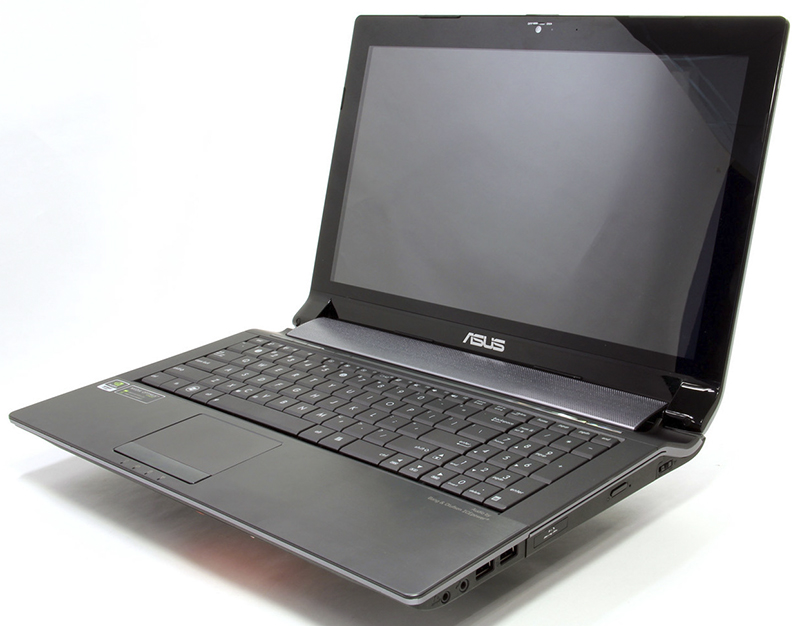
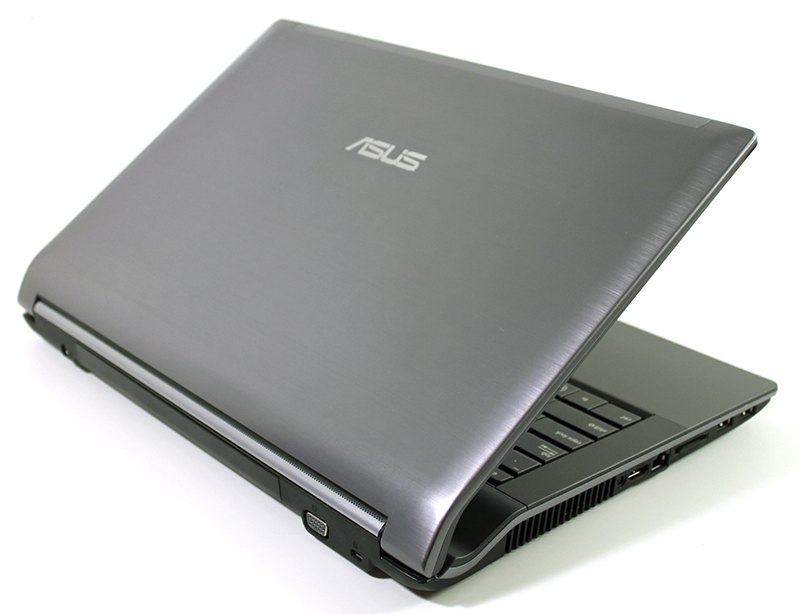
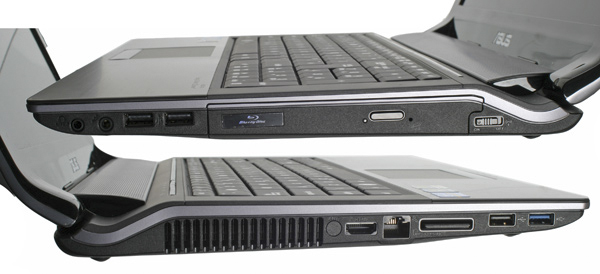
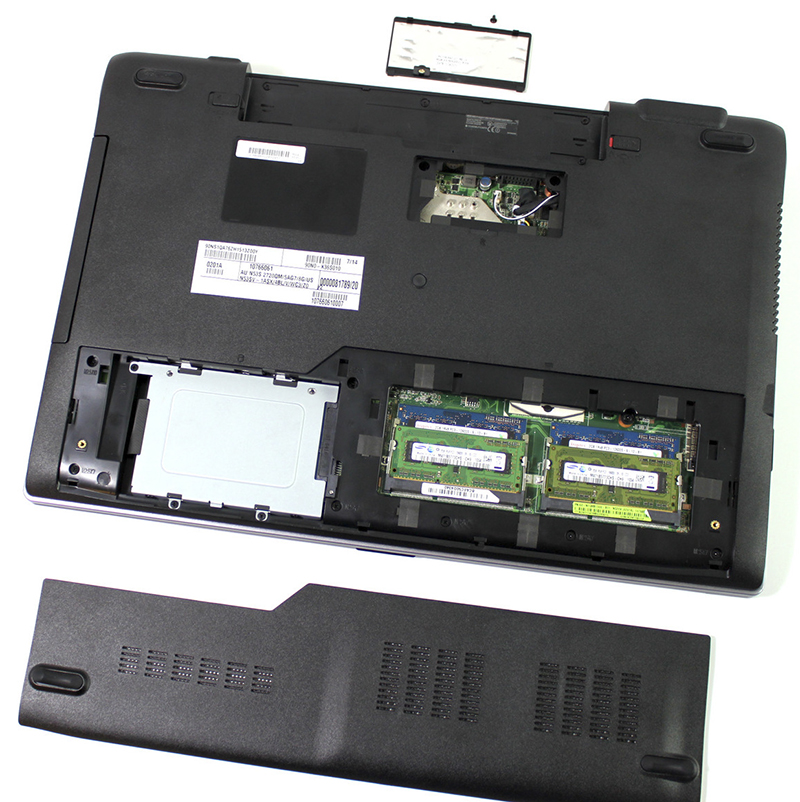
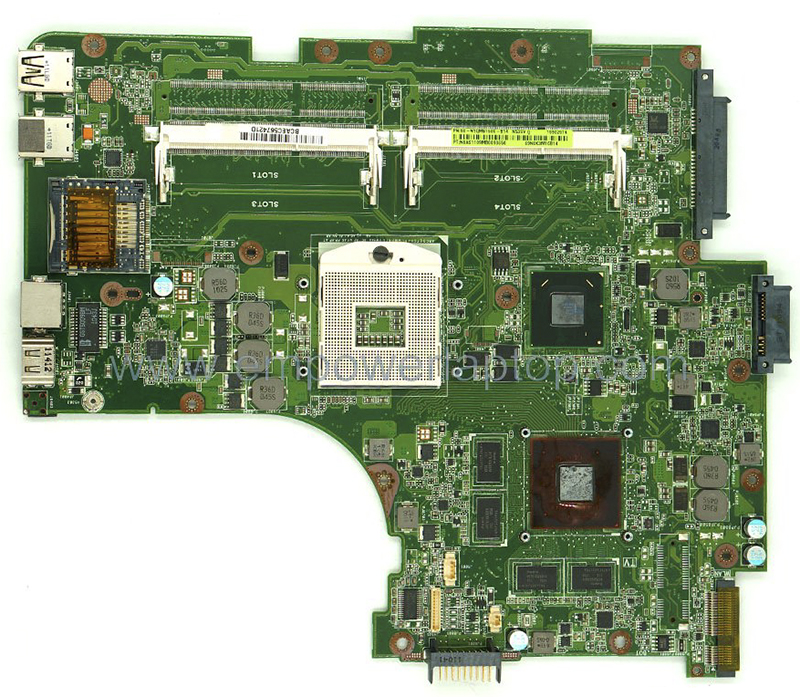
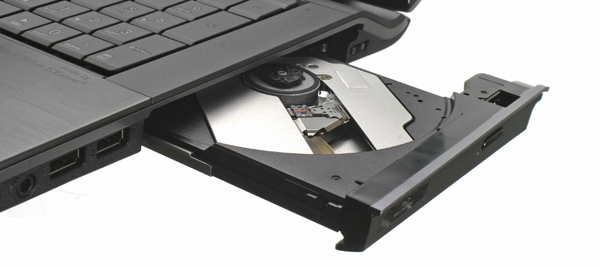
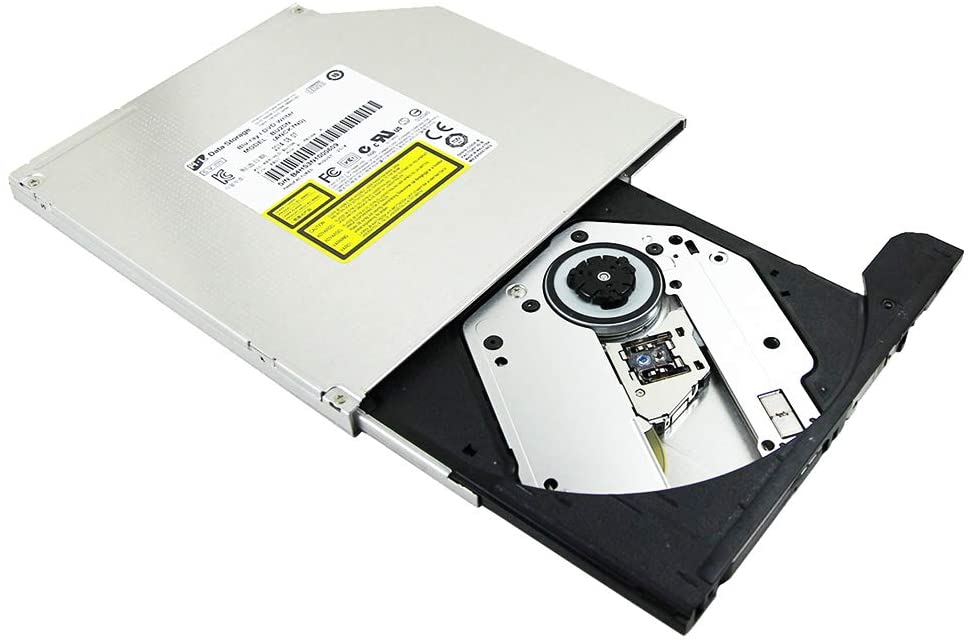


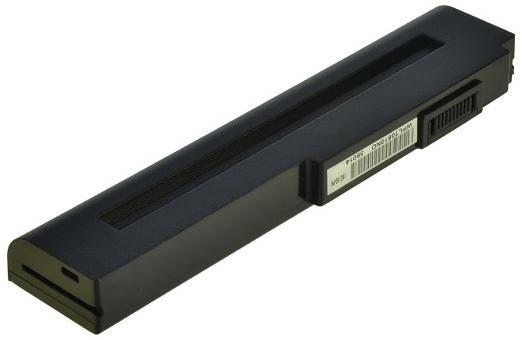
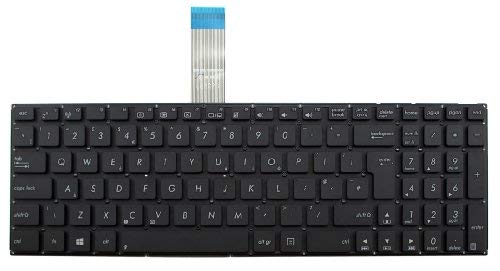

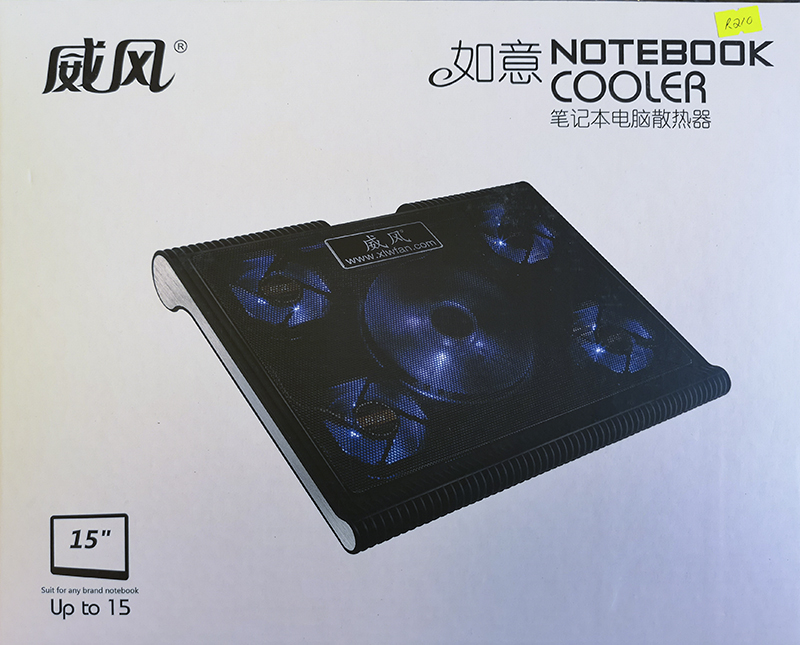
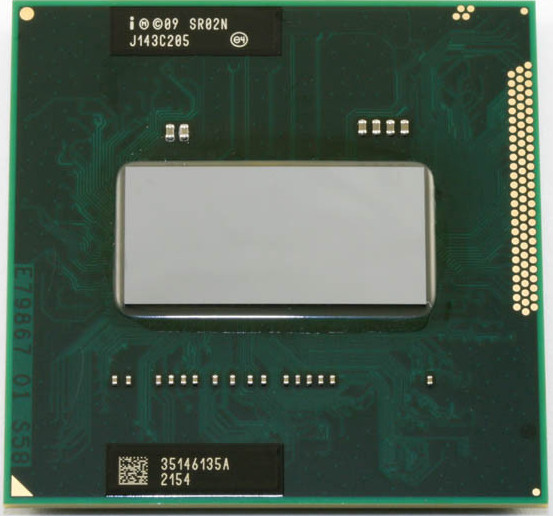
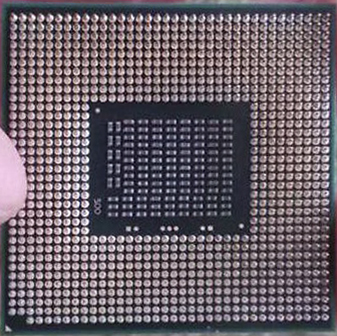
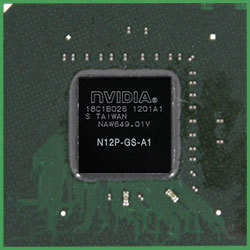
After a year and a half, the internal
WIFI adapter started acting up. Wifi would disconnect randomly, and it
got worse to the point of being unuseable.
I bought this USB 2.0 Wireless 802.11n WIFI dongle to keep on using the laptop.
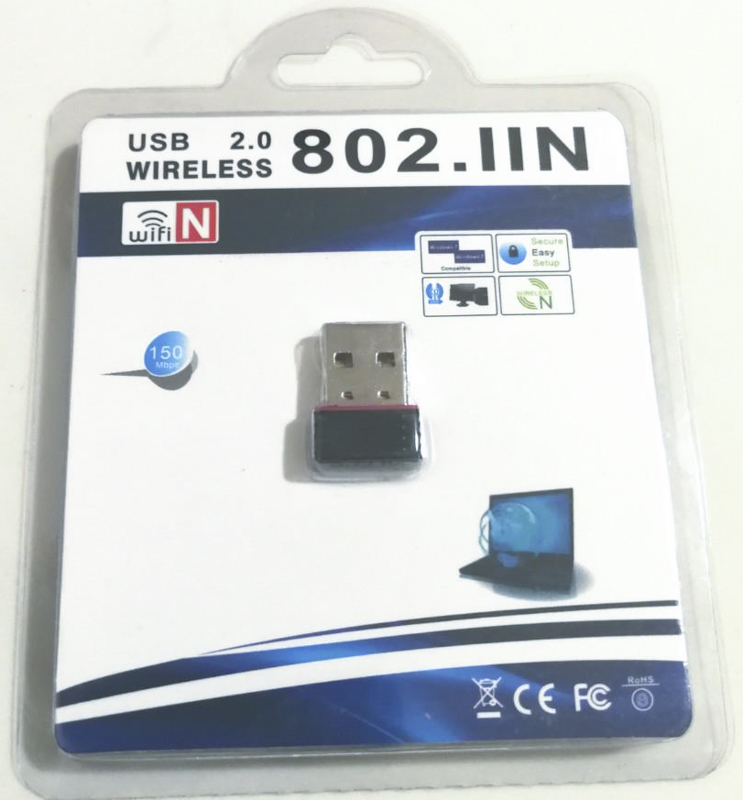
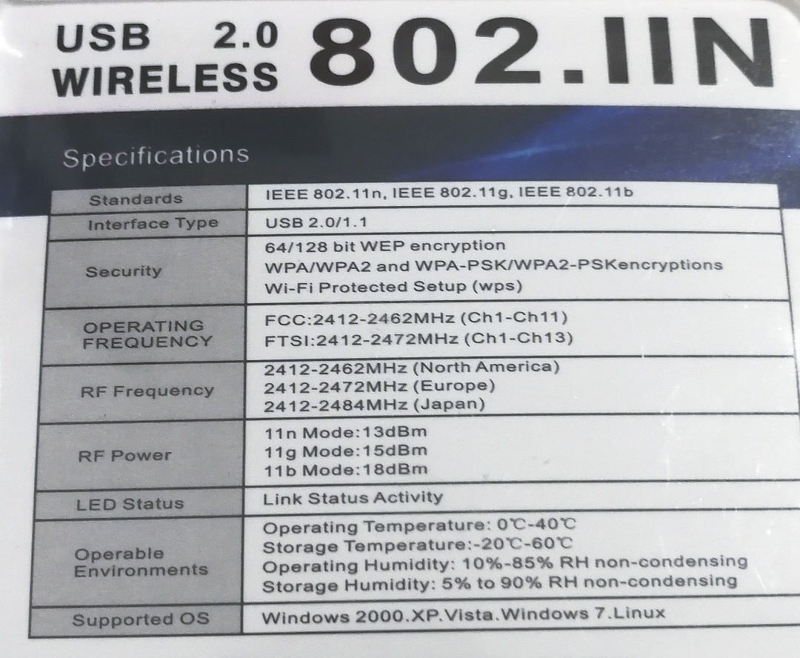
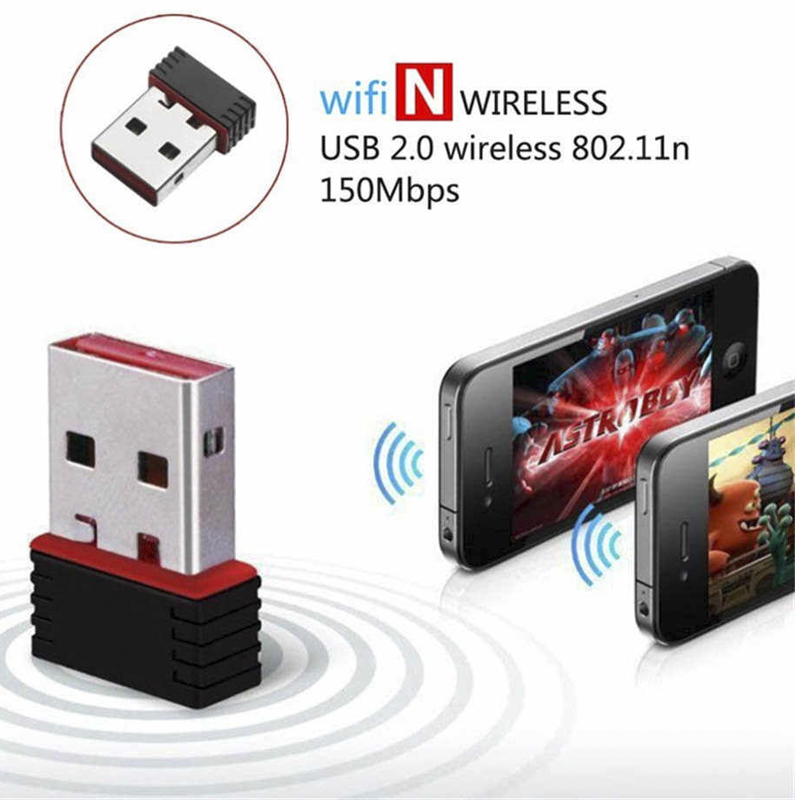
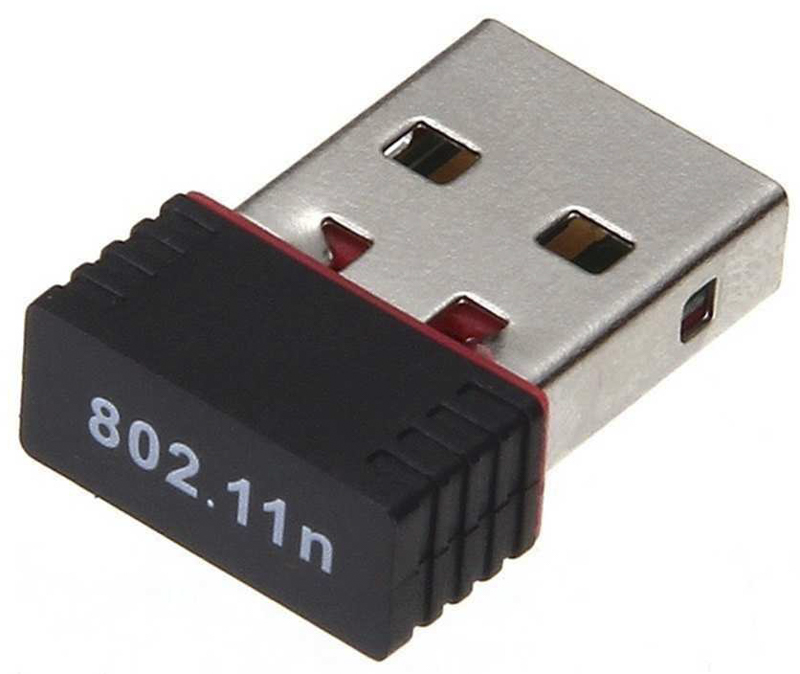
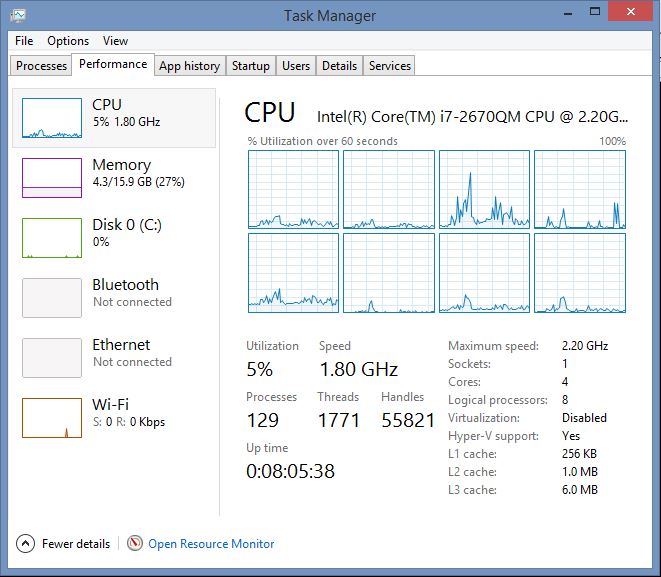

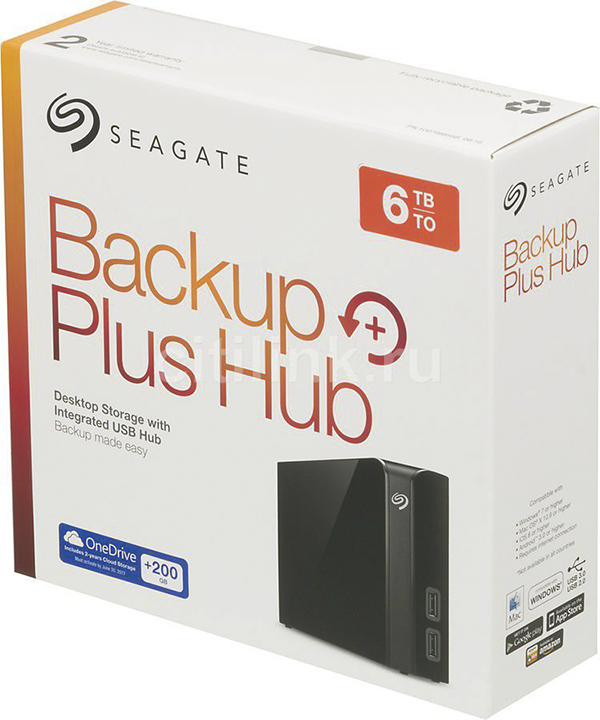
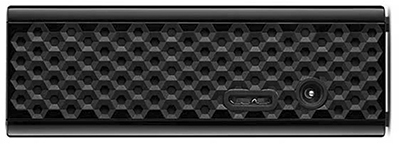
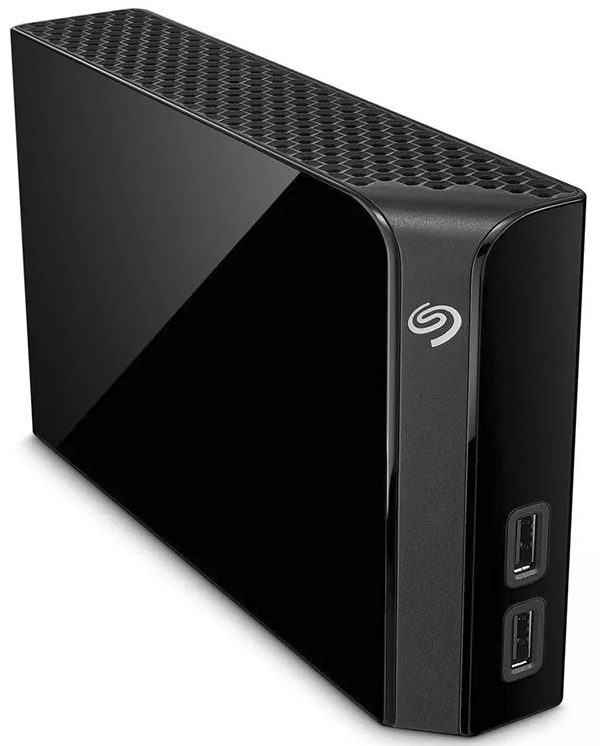
TP-Link Archer VR400 AC-1200 Wireless VDSL/ADSL Modem Router - February 2019
|
TP-Link Archer VR400 AC-1200 Wireless VDSL/ADSL Modem Router with 3G Failover |
|
| Standards |
802.11a/n/ac 5GHz, 802.11b/g/n 2.4GHz. WCDMA, CDMA2000, LTE, ADSL2+, VADSL2 |
| Connection Type | 3G, LTE, WirelessWAN, ADSL/VADSL, DHCP, Static IP, PPPoE, PPTP, L2TP, 802.1x |
| Encryption Mode | 64/128-bit WEP, WPA, WPA2, WPA/WPA2 |
| Max. Wireless Speed | Up to 867Mbps |
| Frequency | 300Mbps (2.4GHz) + 867Mbps (5GHz) dual band Wi-Fi connections, 3 x External omni-directional antennas) |
| Interfaces | 3 x RJ45 LAN Ports (1000Mbps), 1 x RJ45 LAN/WAN Port (1000Mbps), 1 x RJ11 Port, 1 x USB 2.0 Port for 3G Dongle and sharing |
| Features | Superfast Wi-Fi - Up to 1.2Gbps The TP-Link Archer VR400 unlocks the full potential of your internet connection by providing combined dual band Wi-Fi speeds of up to 1.2Gbps, including 300Mbps on the 2.4GHz band and 867Mbps on the 5GHz band, eliminating lag and buffering from your online experience. Two dedicated Wi-Fi networks support more devices and reduce wireless interference to create stable connections Highlights Speedy Wi-Fi – Superb wireless experience with 300Mbps (2.4GHz) + 867Mbps (5GHz) dual band Wi-Fi connections Superior Range – Three detachable antennas provide stable wireless connections and optimal coverage Versatile Connectivity – Fully compatible with the VDSL2/ADSL2+/ADSL2/ADSL standards, as well as fiber, cable and 3G/4G Internet services Beamforming Technology – Improves wireless range and performance at 5GHz band USB Port – Supports storage and print service sharing, FTP and media servers as well as 3G/4G dongle Tether App – TP-LINK Tether provides the easiest way to access and manage the router on your iOS and Android devices Features Superfast VDSL Broadband The latest VDSL2 technology allows the Archer VR400 to deliver impressive VDSL broadband speeds of up to 100Mbps, which is almost five times faster than ADSL2+. The Archer VR400 serves as a DSL modem and wireless router, combining two devices in one. The integrated DSL port supports all standard DSL connections, including VDSL2, ADSL2+, ADSL2, and ADSL Versatile Backup Connectivity With multiple inputs, the Archer VR400 provides you with a variety of options when connecting to the Internet. As a backup, the EWAN port allows the Archer VR400 to accept connections from cable and fiber modems via Ethernet cable. Additionally, the USB port supports 3G/4G dongle connections Superior Range and Stability Three high-performance external antennas help the Archer VR400 create an expansive home network. Advanced Beamforming technology* automatically locates wireless devices and forms targeted, highly efficient wireless connections. *Archer VR400 only supports Beamforming Technology at 5GHz band Blazing Fast Wired Performance To help your wired devices achieve peak performance, the router’s Gigabit Ethernet port operate 10x faster than standard Ethernet. Connecting an external drive to the USB 2.0 port allows you to share files, photos, music, and video with any device on the network. Easy Setup and Use Set up the Archer VR400 in minutes thanks to its intuitive web interface and the powerful Tether app. Tether also lets you manage its network settings from any Android or iOS device, including parental controls and media sharing. Guest Network Provide visitors with Wi-Fi access separate from your main network Parental Controls Manage when and how connected devices can access the Internet Advanced Security WPA-WPA2 encryption actively defends against security threats Specifications : Interface: 3 RJ45 LAN Ports (1000Mbps), 1 RJ45 LAN/WAN Port (1000Mbps), 1 RJ11 Port, 1 USB 2.0 Port Antenna Type3 fixed external antennas Wireless Standards: 802.11a/n/ac 5GHz, 802.11b/g/n 2.4GHz Wireless Speeds: 867Mbps at 5GHz, 300Mbps at 2.4GHz Wireless Security: 64/128-bit WEP, WPA/WPA2, WPA-PSK/WPA-PSK2 encryptions, Wireless MAC Filtering Security:NAT Firewall, Access Control, IP and MAC Address Binding Operating Modes: VDSL/ADSL Modem Router, Wireless Router,3G/4G Router Port Forwarding: Virtual Server, Port Triggering, DMZ, ALG, UPnP Dynamic DNS: DynDns, NO-IP Protocols: Supports IPv4 and IPv6 USB Sharing: Support Samba(Storage)/FTP Server/Media Server/Printer Server, 3G/4G Modem Advanced Functions: Parental Control, Network Address Translation(NAT),Port Mapping(Grouping), Static Routing, RIP v1/v2(optional), DNS Relay, DDNS, IGMP V1/V2/V3 |
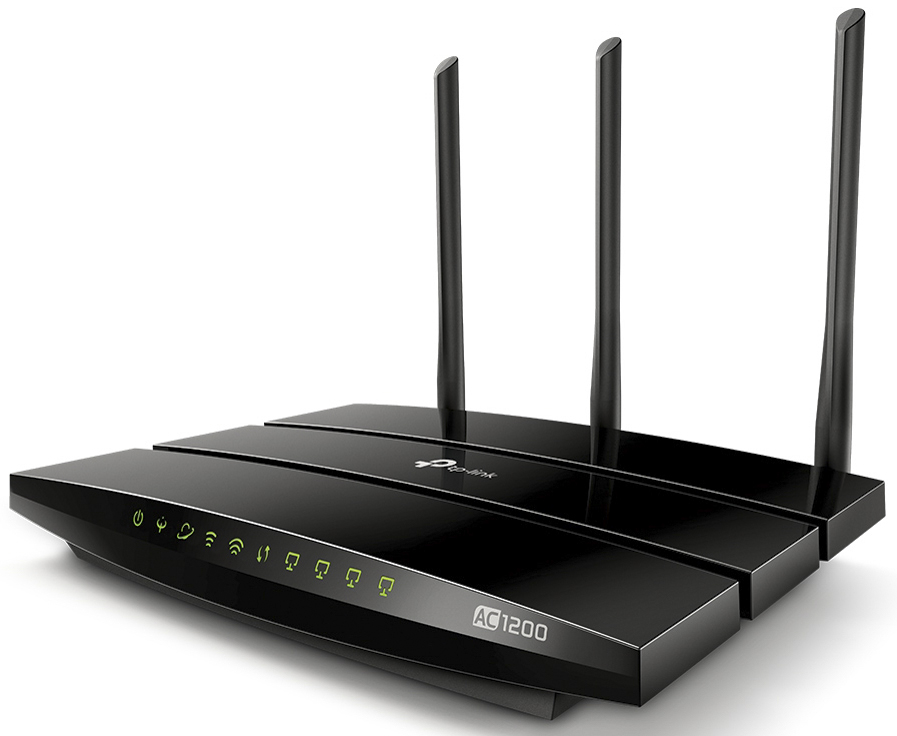

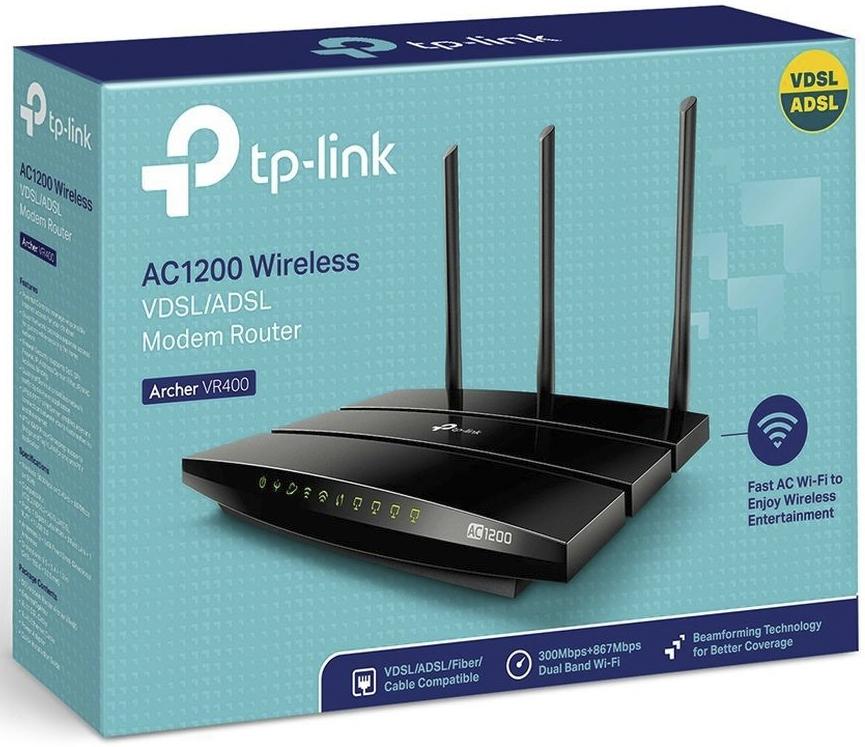
HP DeskJet Ink Advantage 2135 All-in-One Multifunction Printer - March 2019
|
HP DeskJet Ink Advantage 2135 All-in-One Multifunction Printer |
|
| Print Resolution |
1200 x 1200 dpi Black. 4800 x 1200 dpi color |
| Print
Size |
A4 |
| Print Method |
HP 680 Black Ink Cartridge (~480 pages) and HP 680 Tri-color Ink Cartridge (~150 pages) |
| Scan Resolution |
1200 x 1200 dpi |
| Scan Mode | Single-pass Fixed Document and moving carriage |
| Scan Element Type | CCD with White cold cathode fluorescent lamp |
| Interface |
USB Type B, USB 2.0 |
| Scan Times (A4) |
300dpi : 15 seconds 600 dpi : 1 Minute, 15 Seconds 1200 dpi : 4 Minutes, 34 Seconds |
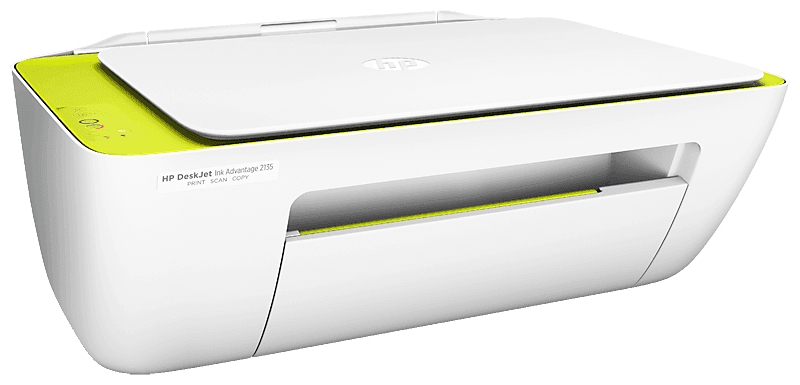

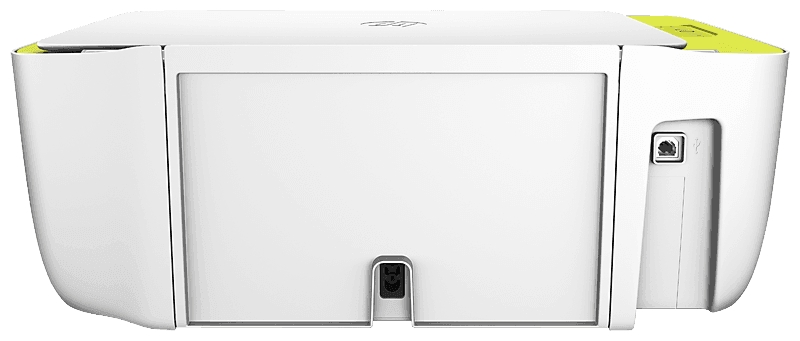
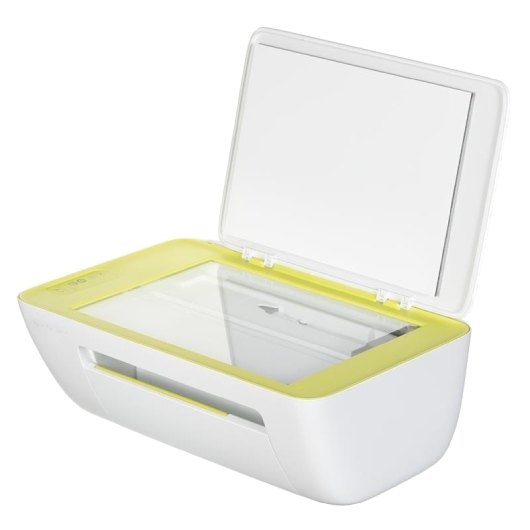

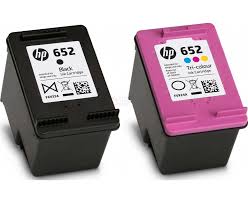
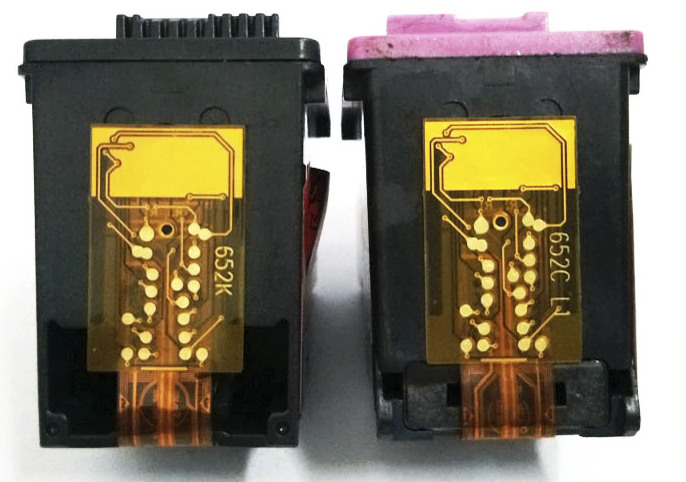
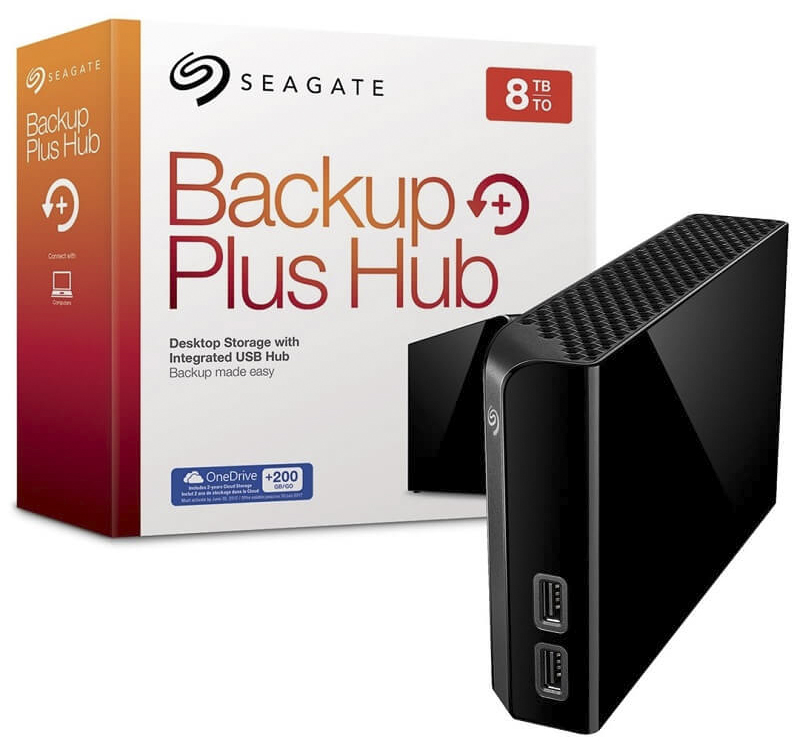


|
Xpredator Tower PC upgraded with Gigabyte GA-Z170X-Designare Motherboard and i7-7700 Processor |
|
| Processor | Intel
Core i7-7700 (Seventh Generation) - 3.6Ghz (4.2Ghz Turbo) -
8Mb cache - 4 cores - 8
threads (Base-Clock (BLCK) @ 100mhz = (100mhz x 36x) =
3.6ghz ) -
Socket LGA 1151 |
| Cooling |
Corsair H80i Liquid CPU Cooler |
| Memory | 16Gb DDR4 Ram (2x4Gb 2400MHz and 1x8Gb 2134MHZ DIMMS) |
| Motherboard | Gigabyte GA-Z170X-Designare (rev. 1.0) ATX Form factor Motherboard - supports Intel 7th/8th Gen Core Processors - Intel Z170 Express Chipset - SATA3 (6Gb/s) - 2 x USB Type C ports with USB3.1 support - NVME PCIe Gen3 x4 22110 M.2 and U.2 SSD support - Dual Gbe LAN (teaming) (10/100/1000 Mbit) - 1xPCI Express x16 slot, running at x16 (PCIEX16), 1xPCI Express x16 slot, running at x8 (PCIEX8), 1xPCI Express x16 slot, running at x4 (PCIEX4), 3xPCI Express x1 slots - Overclock capable DualBIOS - 64-bit motherboard/OS - 64Gb DDR4 (4 Slots) up to 4000MHz support - Ambient Surrount LED - High definition Audio with Built in Amplifier - USB 3.0/2.0 ports |
| Storage1
|
Sandisk SSD X400 M.2 256GB - SATA3 6Gbs - 128Gb |
| Storage2 |
Seagate Barracuda ST1000DM003 - 7200rpm -
SATA3 6Gbs - 1TB - 3.5inch - 64Mb cache |
| Storage3 | Seagate
Barracuda ST2000DM001 - 7200rpm - SATA3 6Gbs - 2TB -
3.5inch - 64Mb cache Seagate Barracuda ST8000DM004 - 5400rpm - SATA3 6Gbs - 8TB - 3.5inch - 256Mb cache |
| Storage4 | Samsung SM841N - SSD - 6Gb - 256Gb - 2.5inch |
| Removable Storage1 | LG
BH16NS40 (Blu-ray Disc ReWriter) - 48x CD - 16x DVD - 16x
BD - SATA 1.5Gbs - M@DISC - 4MB Buffer |
| Removable Storage2 | Manhattan Multi-Card Reader-Writer (100915).
USB2.0 (480 Mbps), 3.5" Bay Mount, 60-in-1 |
| Display Adapter | Gigabyte
AORUS Radeon RX580 8G (rev.1.0/1.1) - 8Gb GDDR5 256-bit - PCIe 3.0 x16
- 1xDVI-D, 1xHDMI 2.0, 3x-DISPLAY PORT 1.4 - 1340MHz (1380MHz Overclock) |
| Display | Samsung SyncMaster
P2250 - 21.5inch (476mm Wide x 268mm High Display Area) LCD - 1920x1080 - 16.7Mil colors - VGA-DVI
Digital - 16:9 screen format Samsung SyncMaster P2350 - 23inch LCD (508mm Wide x 286mm High Display Area) - 1920x1080 - 16.7Mil colors - VGA-DVI : 16:9 screen format |
| Form Factor | Aerocool X-Predator Evil Black Gaming
Tower |
| Power
Suppply |
Aerocool E85M-550 power supply unit. 550 Watt ATX with modular cables and Proline ATX 400 Watt power supply to run the Fans and Lights. Plugged into Mecer ME-650-VU+ UPS |
| Operating System | Windows 10 Pro - Version 1903 - Build 18362.778 - 64Bit |
| Sound |
Sound Blaster Z (SB1500) |
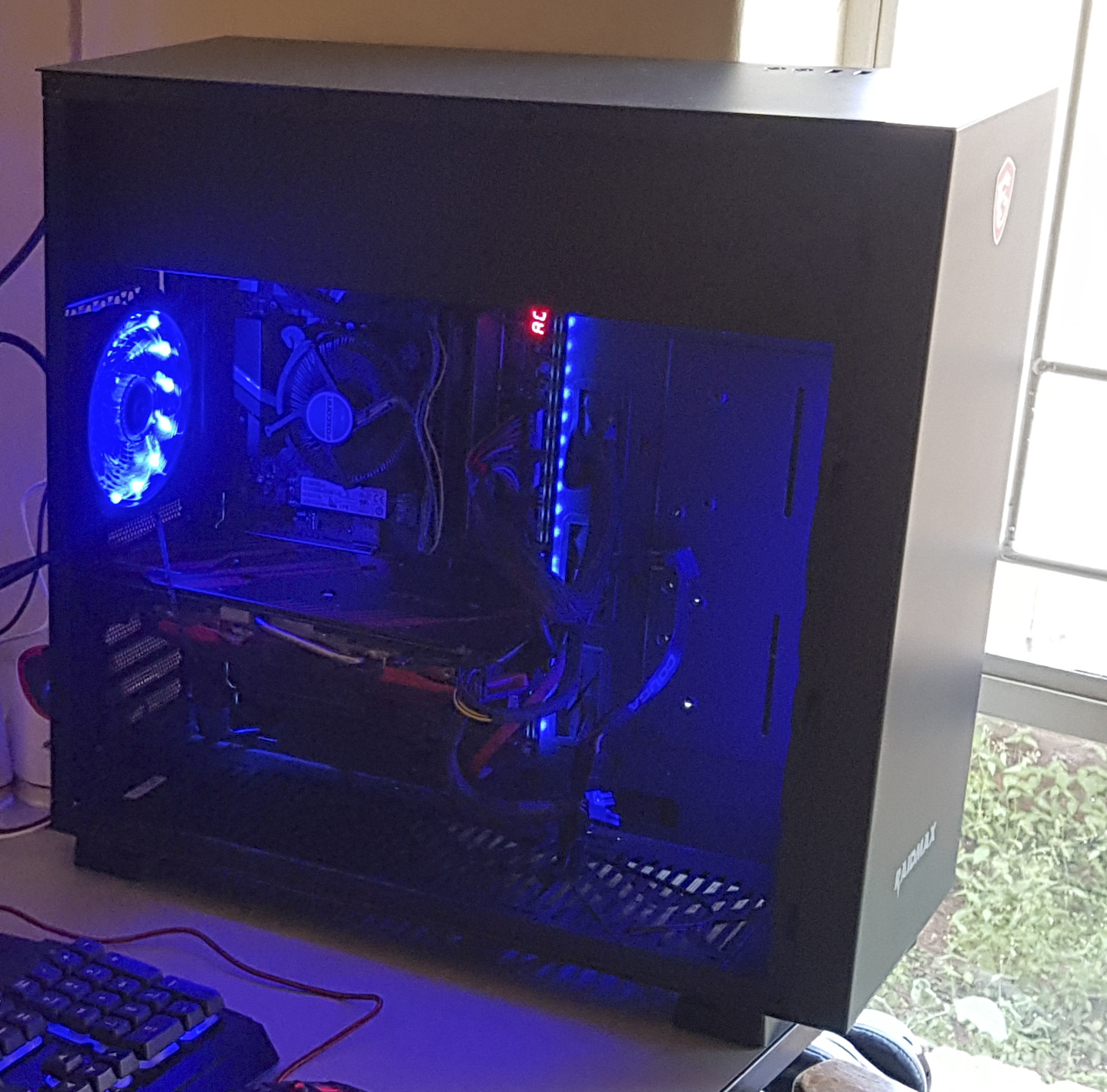
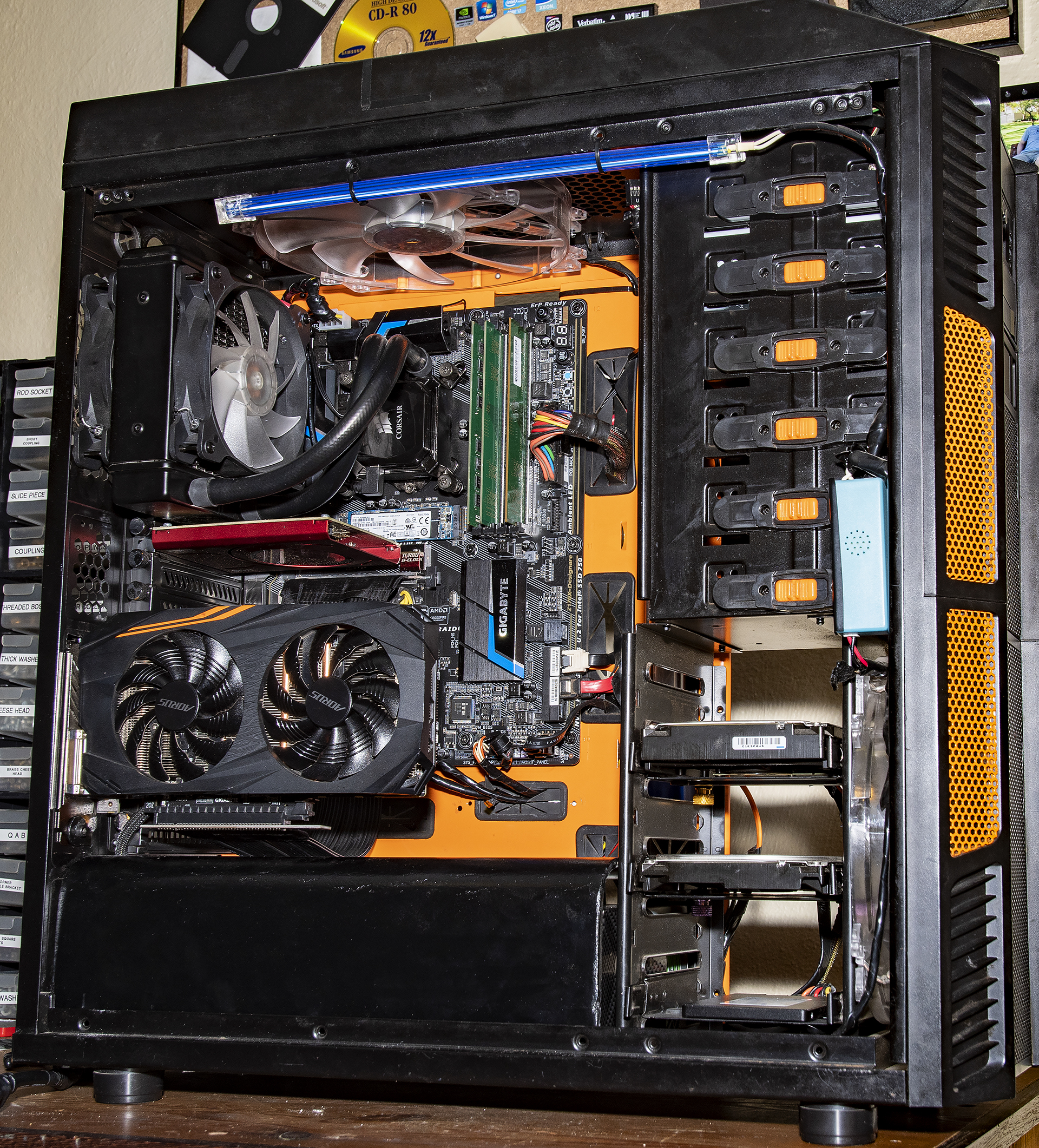
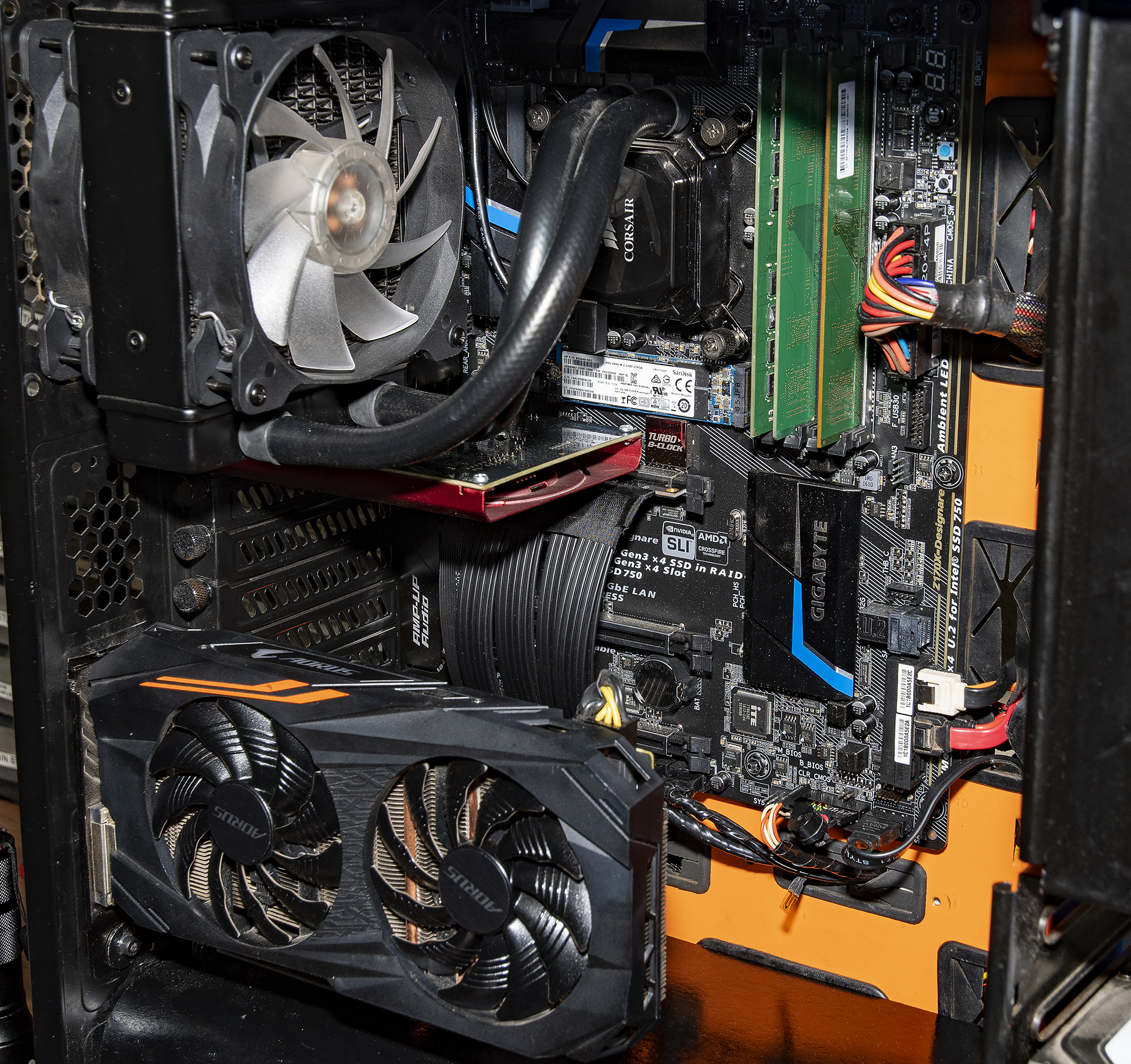
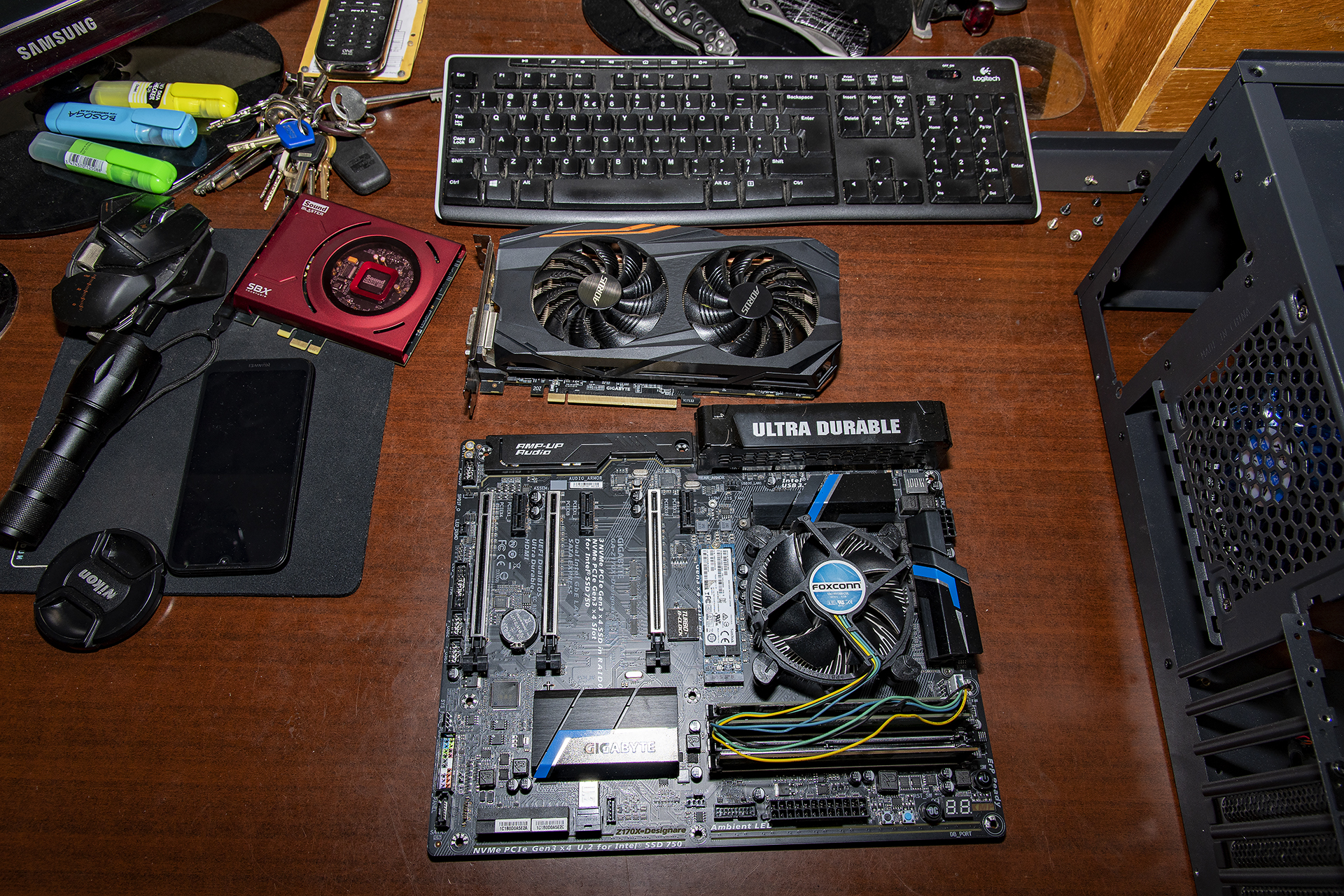

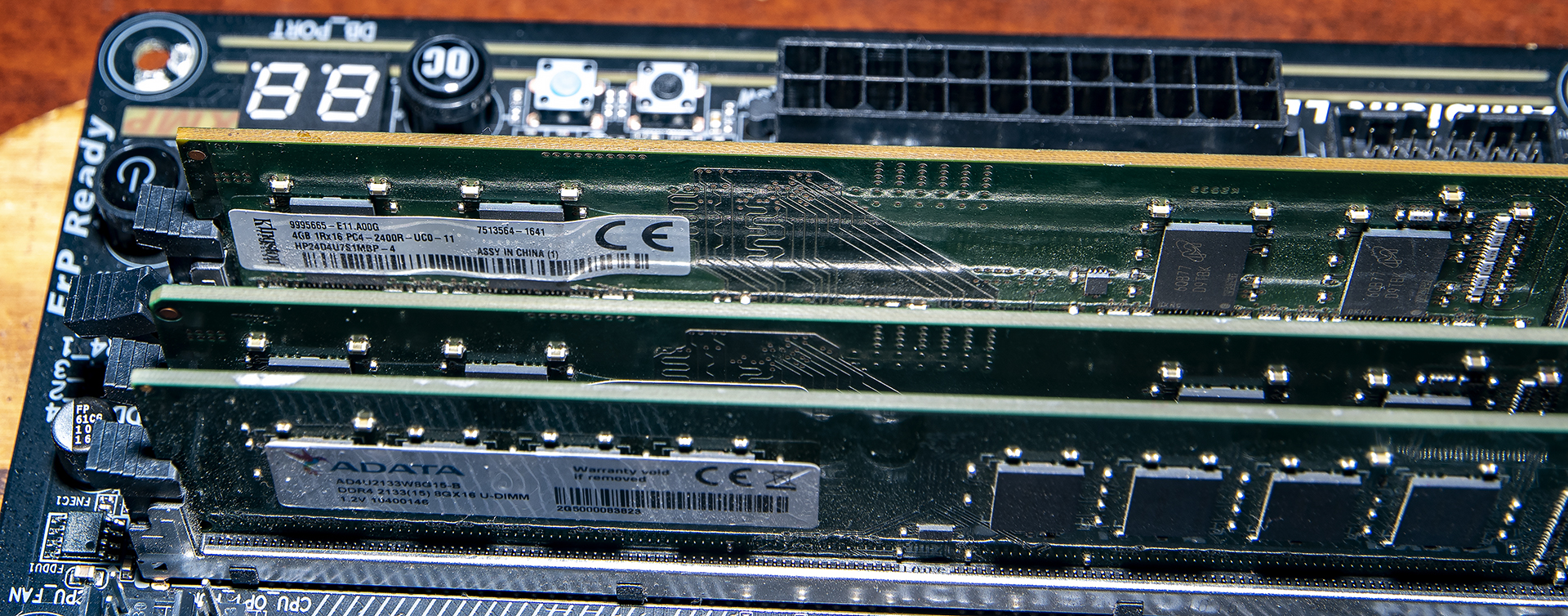
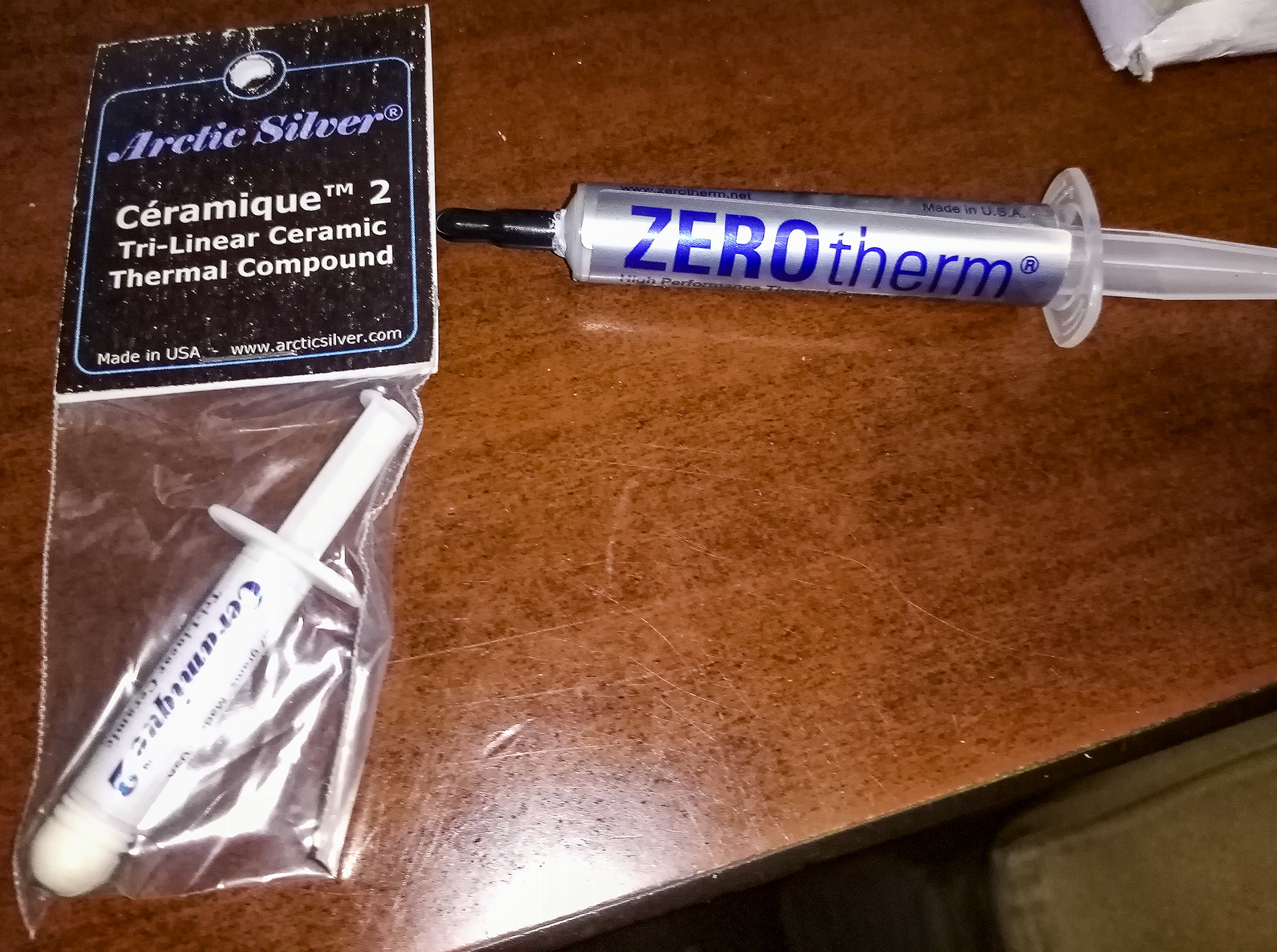
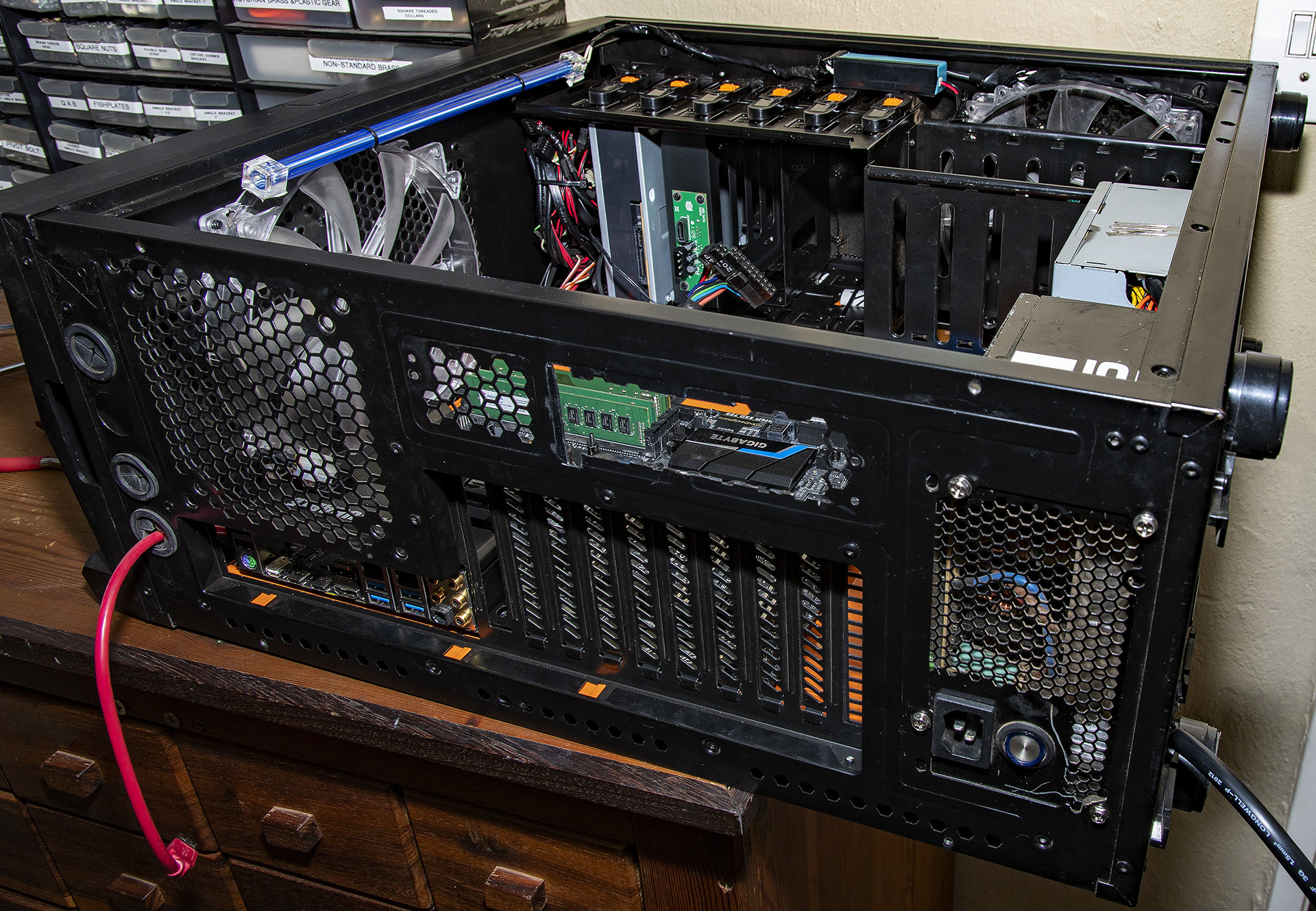
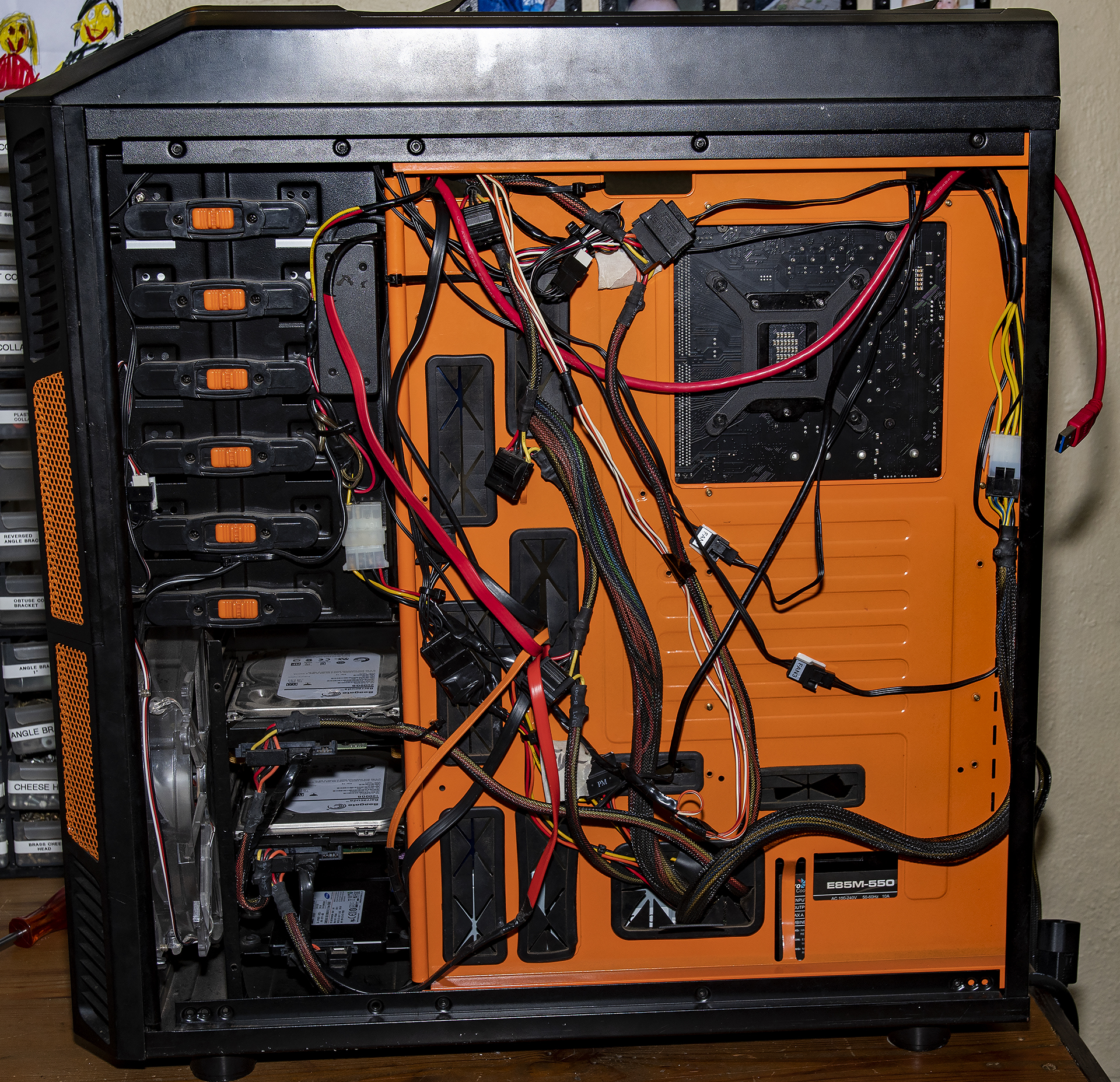
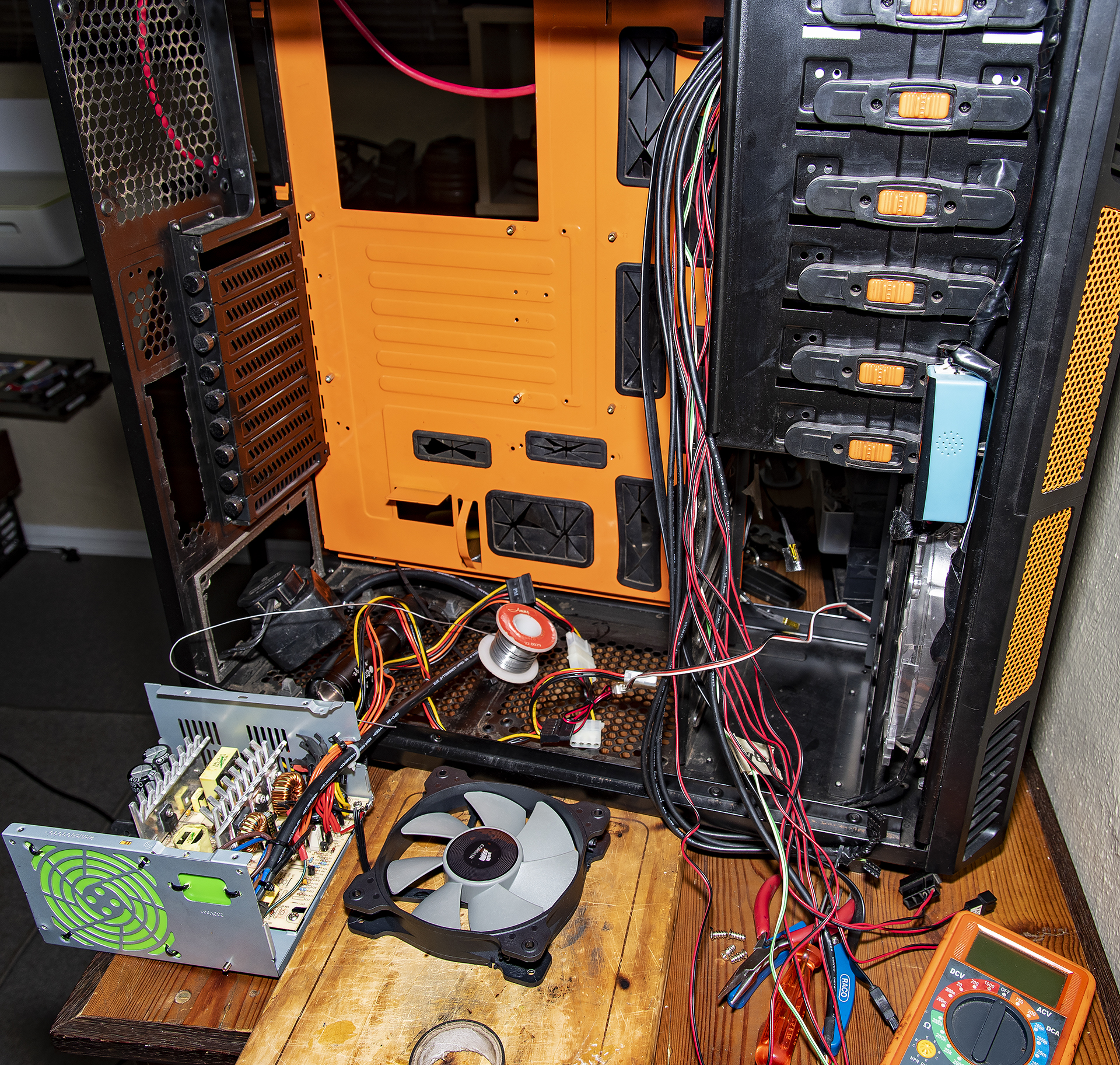
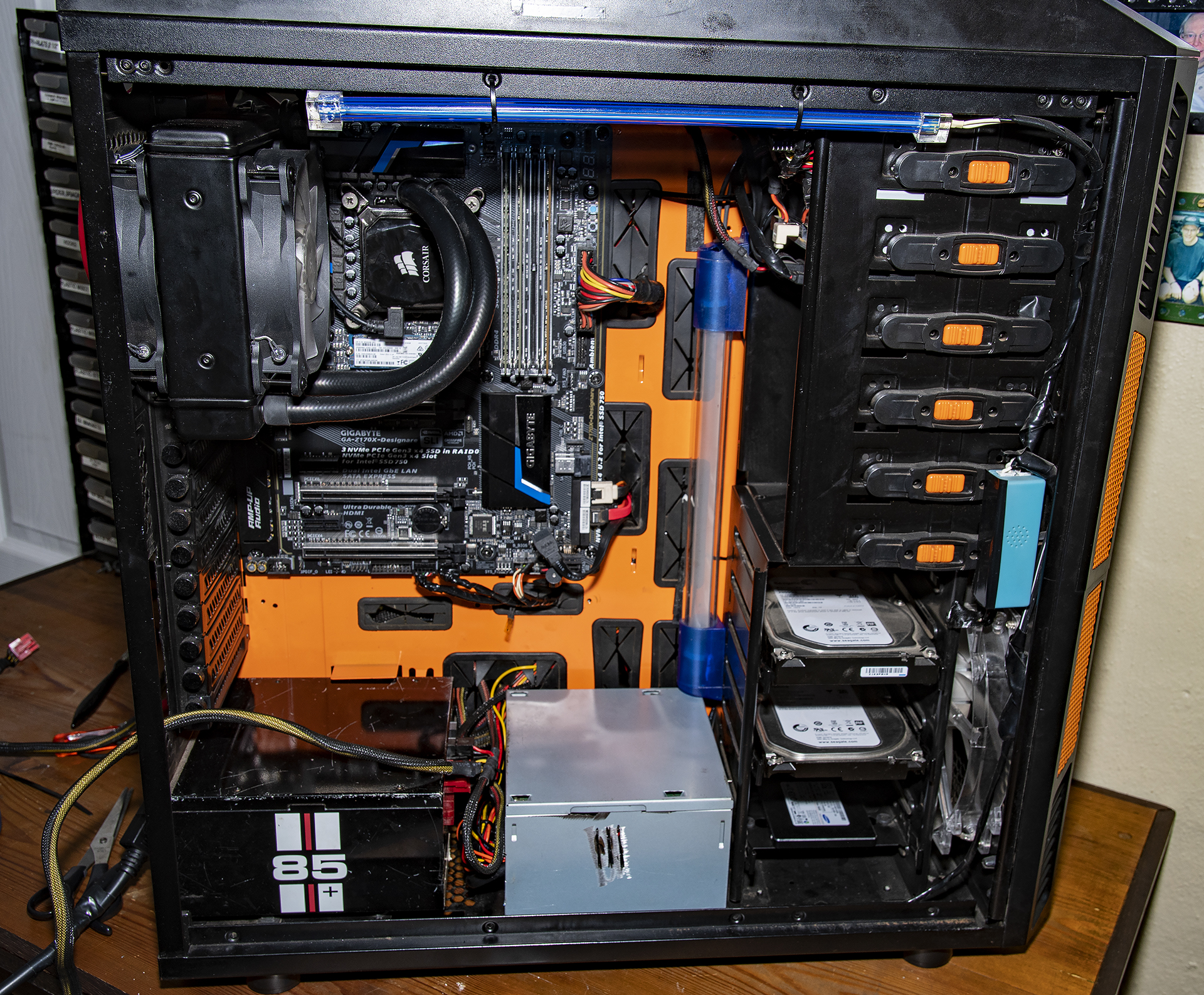
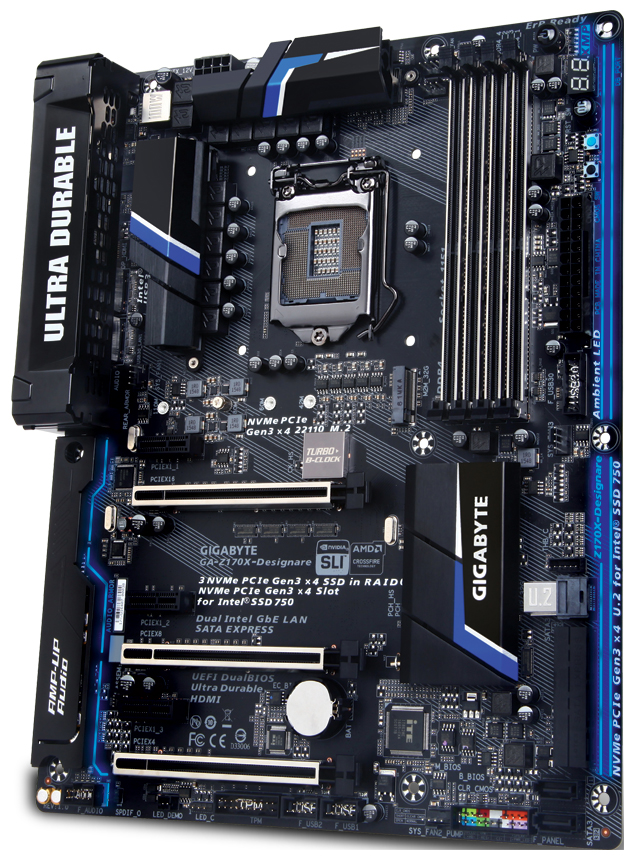
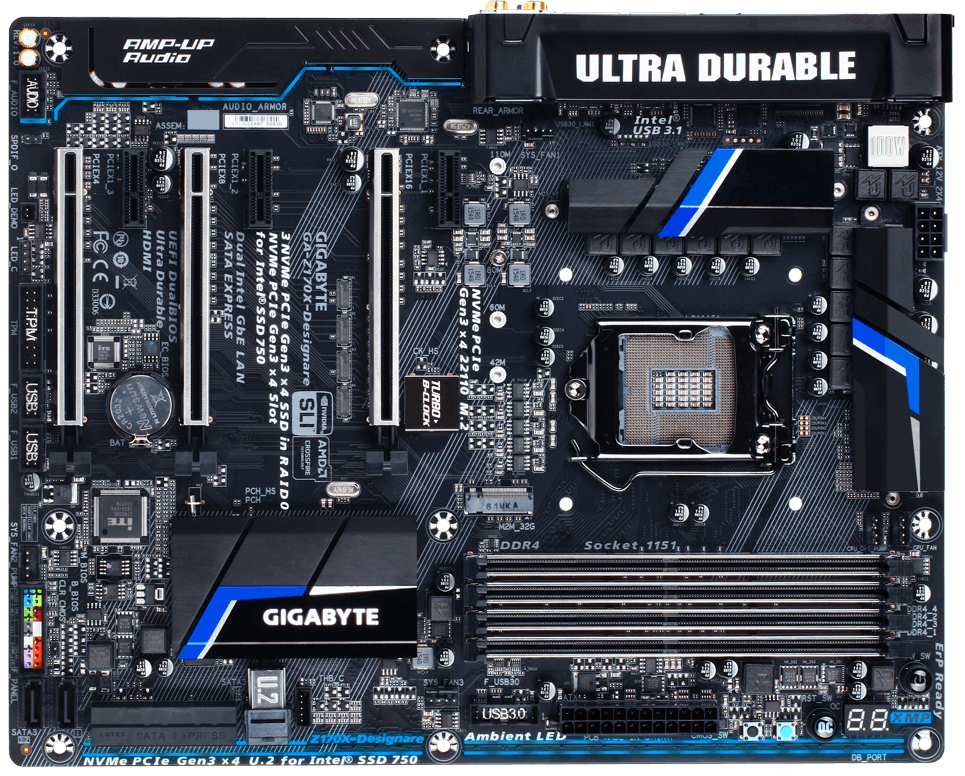

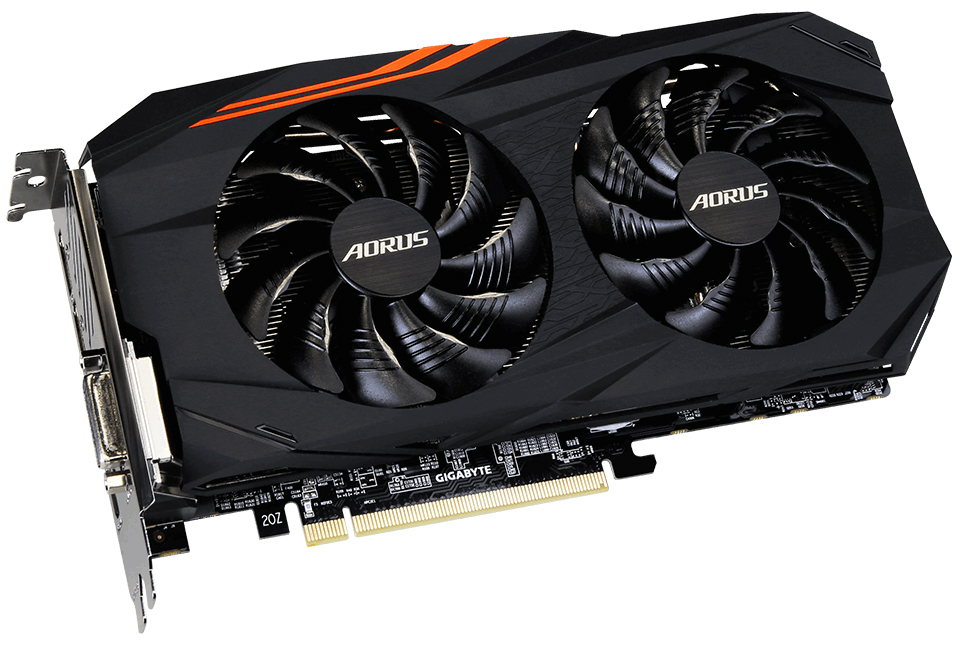
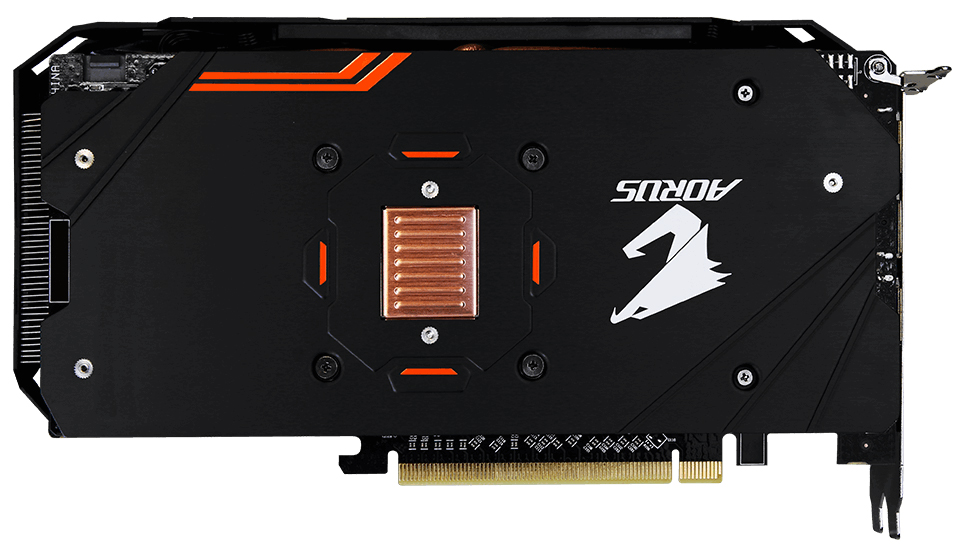

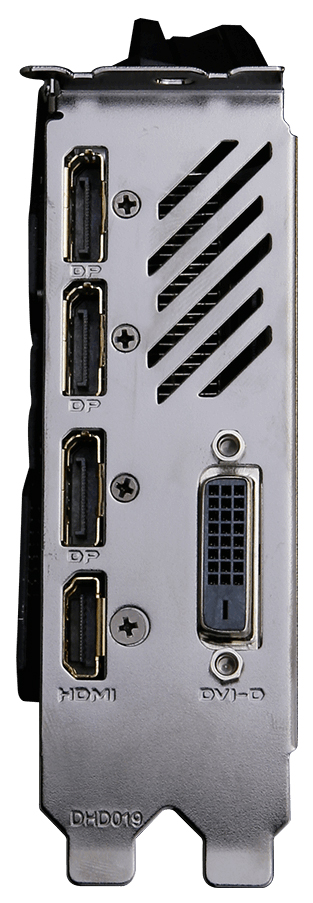
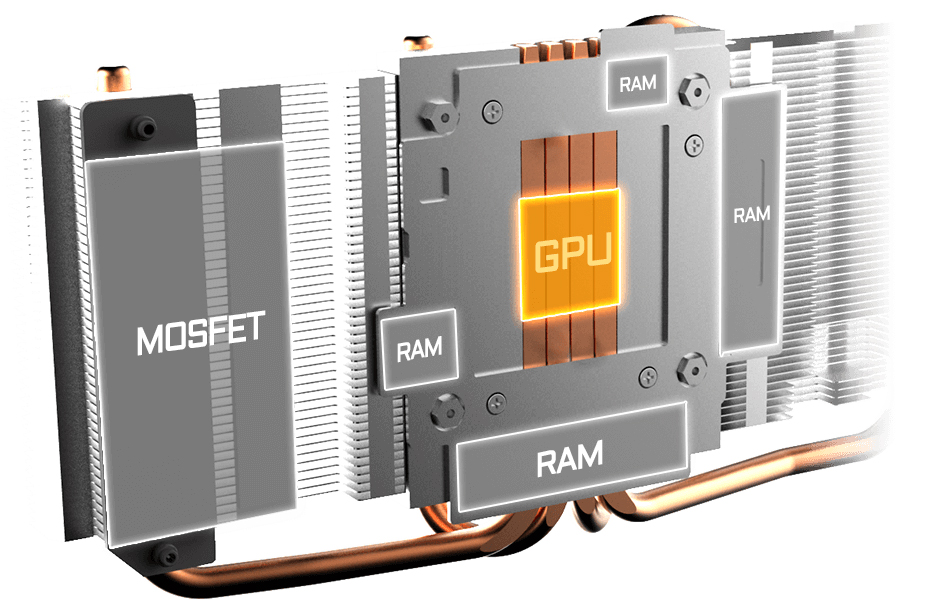
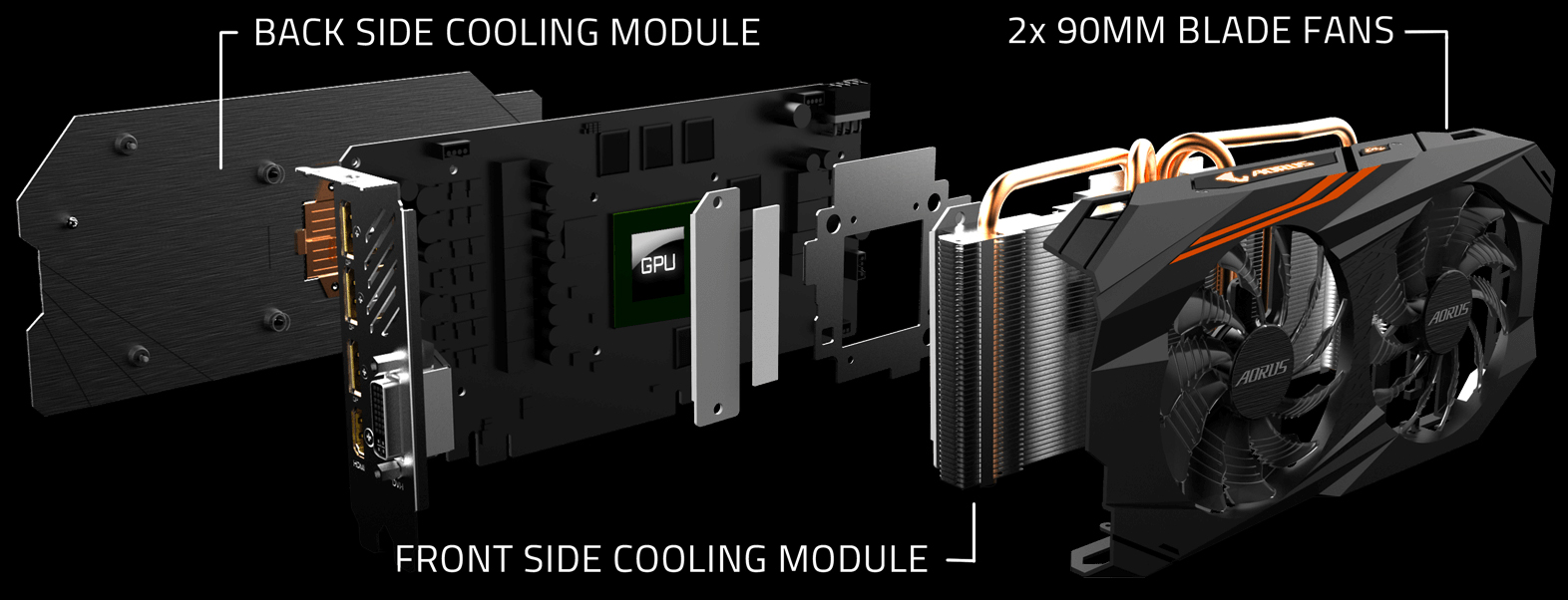
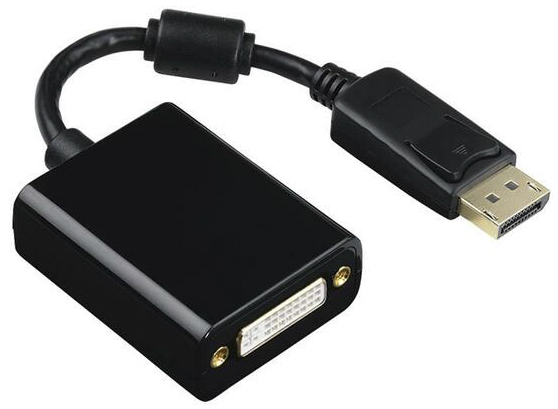



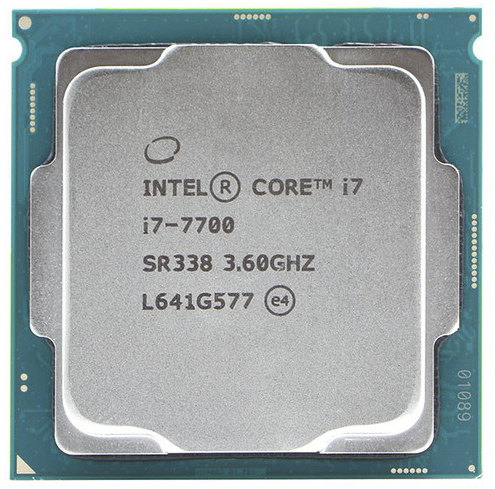
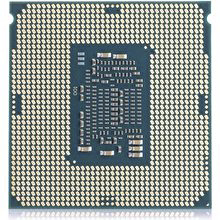
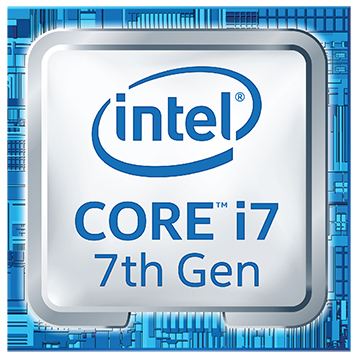
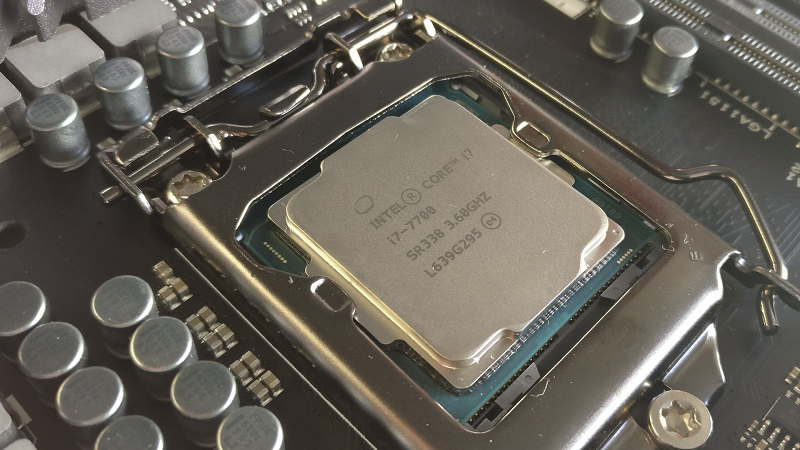
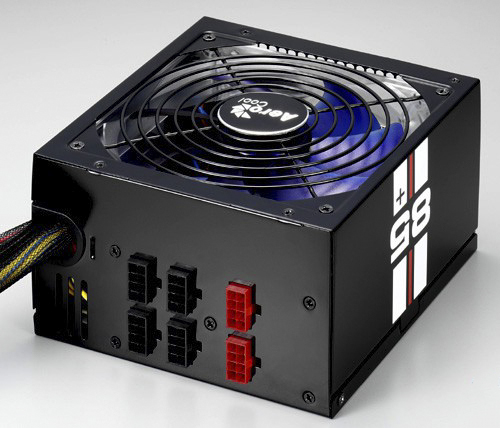
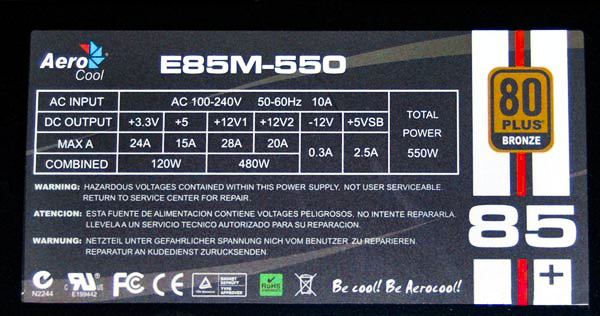
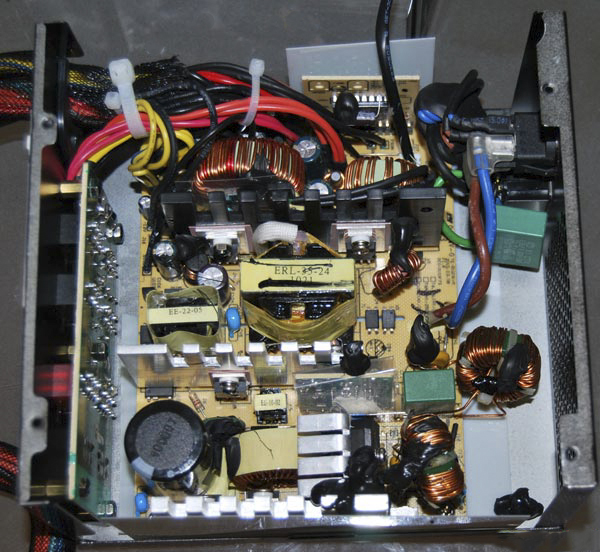
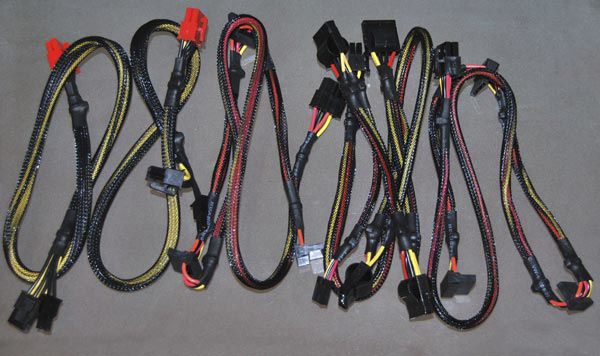
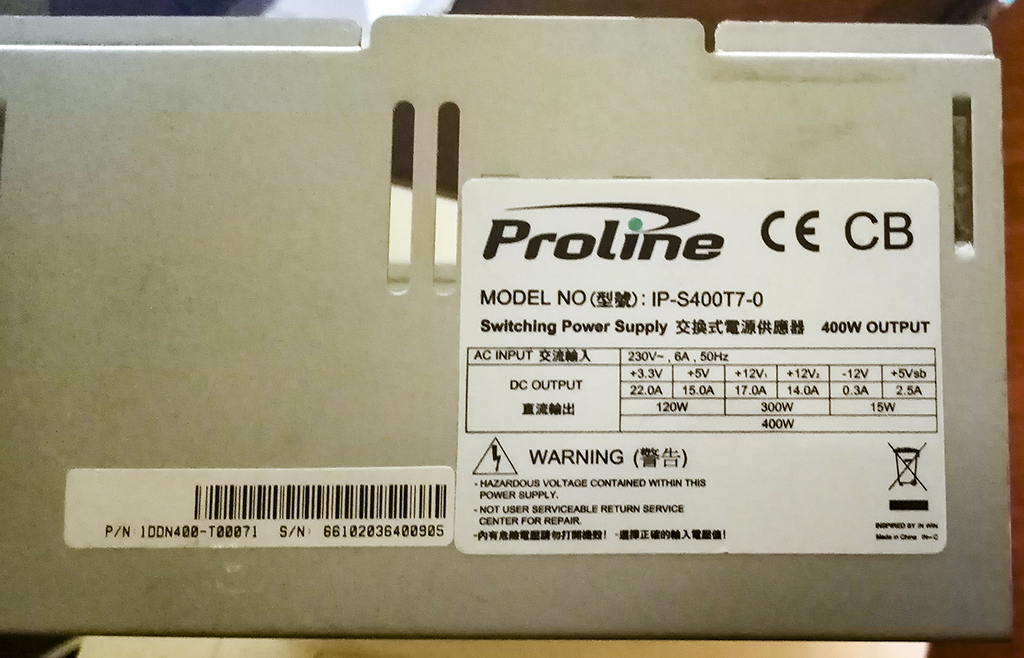
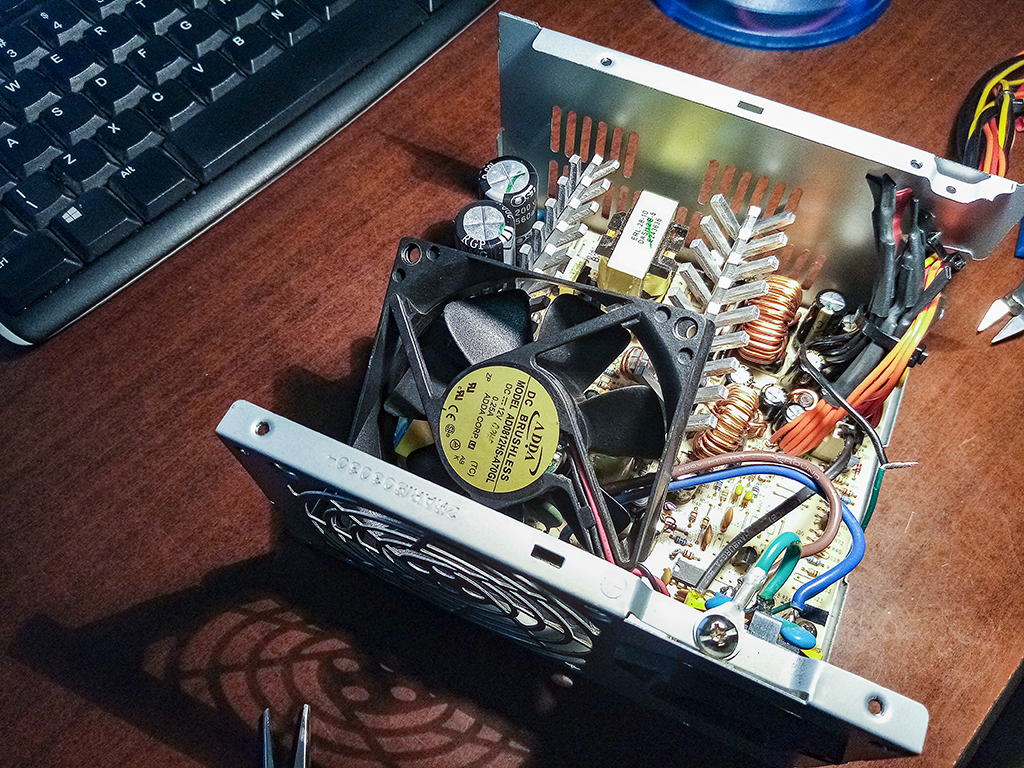
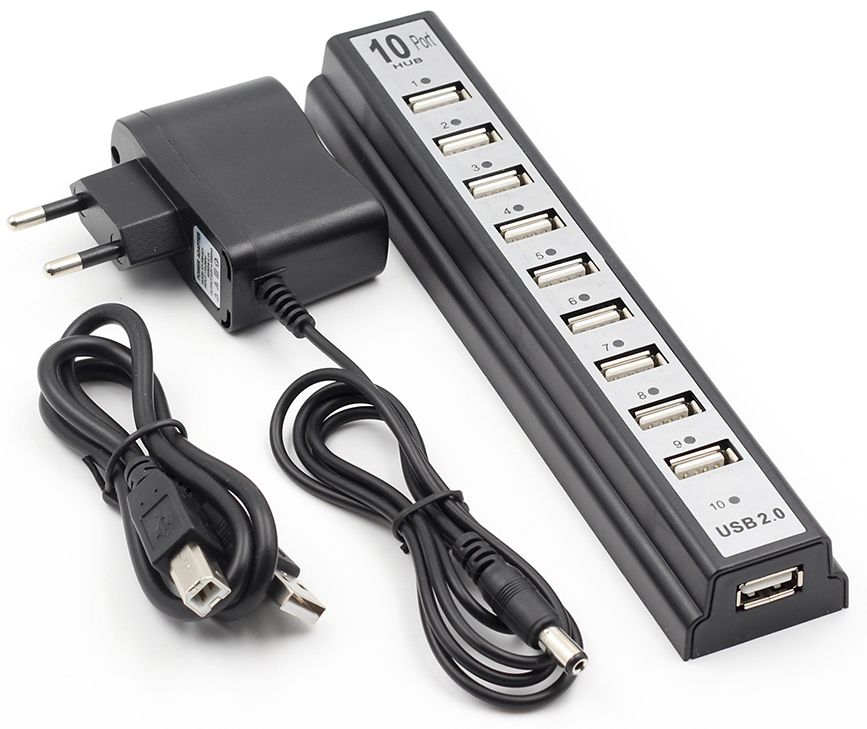
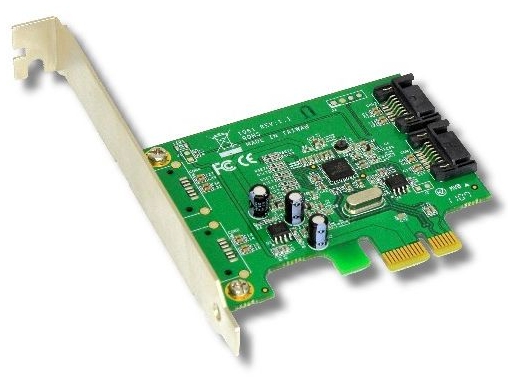
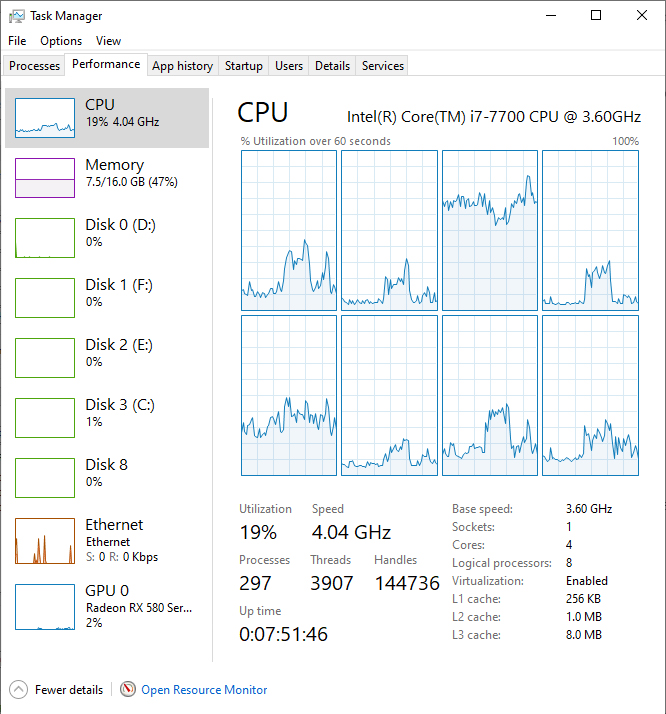
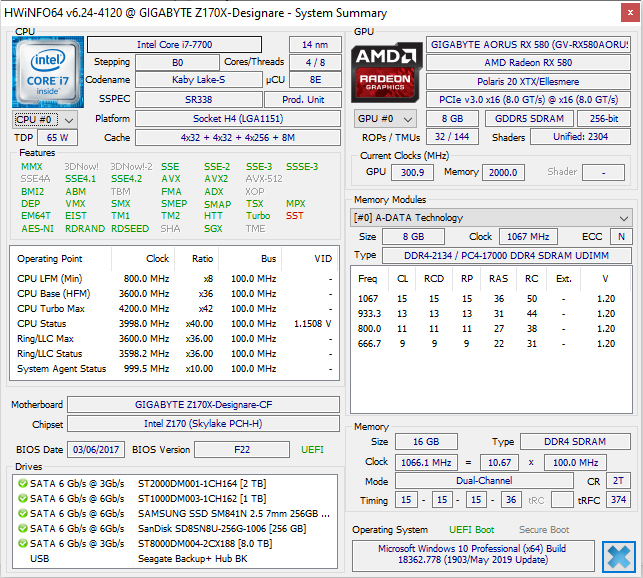
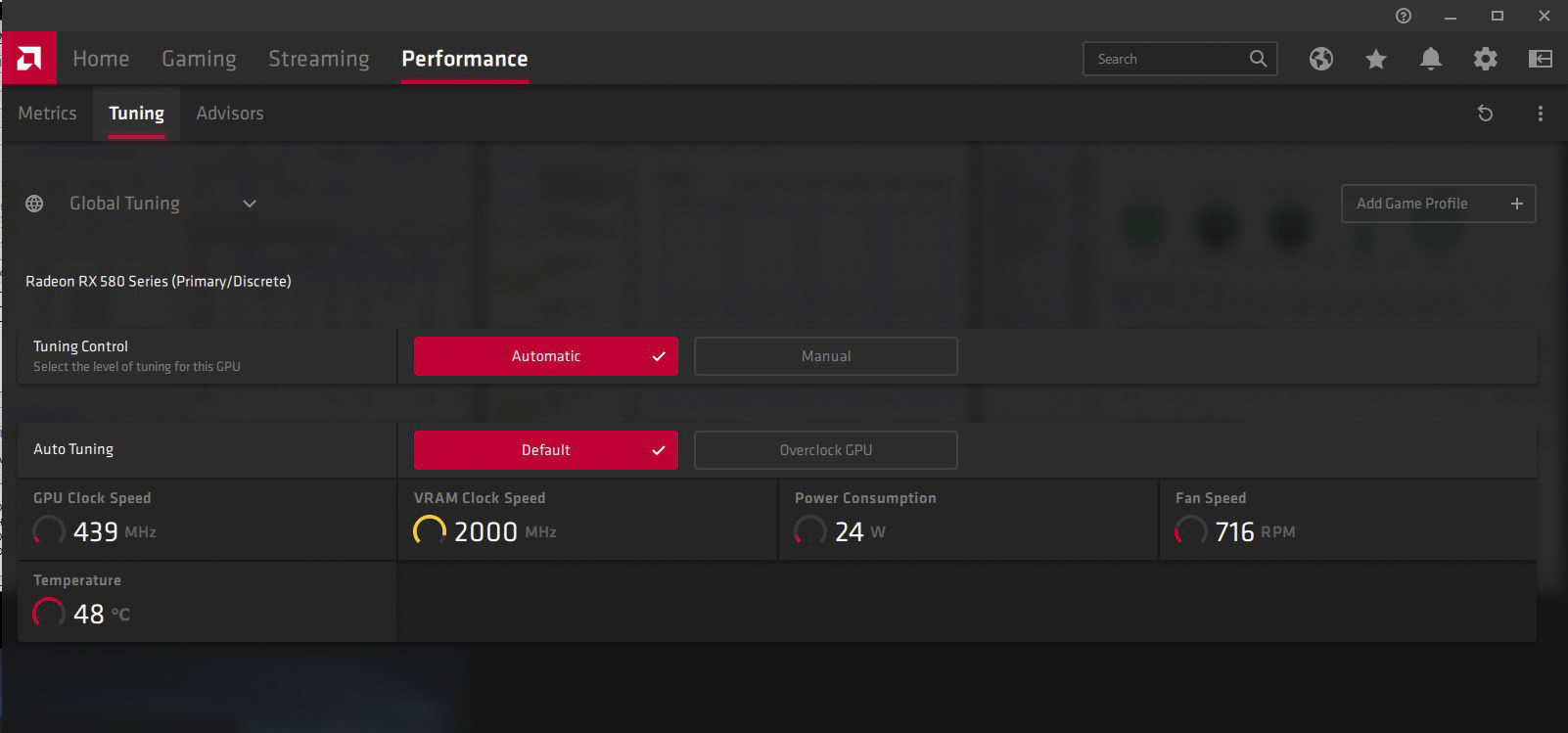

Rendering PC | |
| Processor | Intel
Core i7-2600K (Second Generation) - 3.4Ghz (3.8Ghz Turbo) - 8Mb cache -
4 cores - 8 threads (Base-Clock (BLCK) @ 100mhz = (100mhz x 34x) =
3.4ghz ) - Socket LGA 1155 |
| Cooling | Corsair H60 Liquid CPU Cooler (After a while the water pump seized) ZeroTherm BTF90 CPU Cooler (Socket LGA 775 modified to fit Socket LGA 1155) |
| Memory | 32Gb 1600Mhz DDR3 Ram (4x8Gb Samsung PC3L-12800E-11-12-E3 DIMMS) |
| Motherboard | Asus P8P67 Pro - Intel P67 Express Chipset - SATA3 (6Gb/s)- USB3 - Bluetooth - 2xPCI, 2xPCI Express 2.0 x1, 2xPCI Express 2.0 x16, 1 x PCI Express 2.0 x16 (compatiblewith PCIe x1 and x4) expansion slots - Overclock capable EFI BIOS - 64-bit motherboard/OS |
| Storage1 | Corsair Force Series GS CSSD-F128GBGS-BK - SSD 560MB/s read - 535MB/s write - SATA3 6Gbs - 128Gb - 2.5inch |
| Removable Storage1 | Lite-On DH-20A3S (DVD Rewriter) - 48x CD - 20x DVD - Sata 1.5Gbs - DL - 2MB Buffer |
| Display Adapter | AMD
SAPPHIRE FLeX Radeon HD 6870 1G D5 - 1Gb DDR5 256-bit - PCIe 2.1 x16 -
VGA (via adapter)-DVI-HDMI-DISPLAY PORT - 900MHz |
| Display | Remote access via TightVNC |
| Form Factor | Cooler Master Elite 431 Plus Mid Tower Case |
| Power Suppply | Aerocool E85M-550 power supply unit. 550 Watt ATX with modular cables |
| Operating System | Windows 10 Pro |
| Sound | Onboard Motherboard |
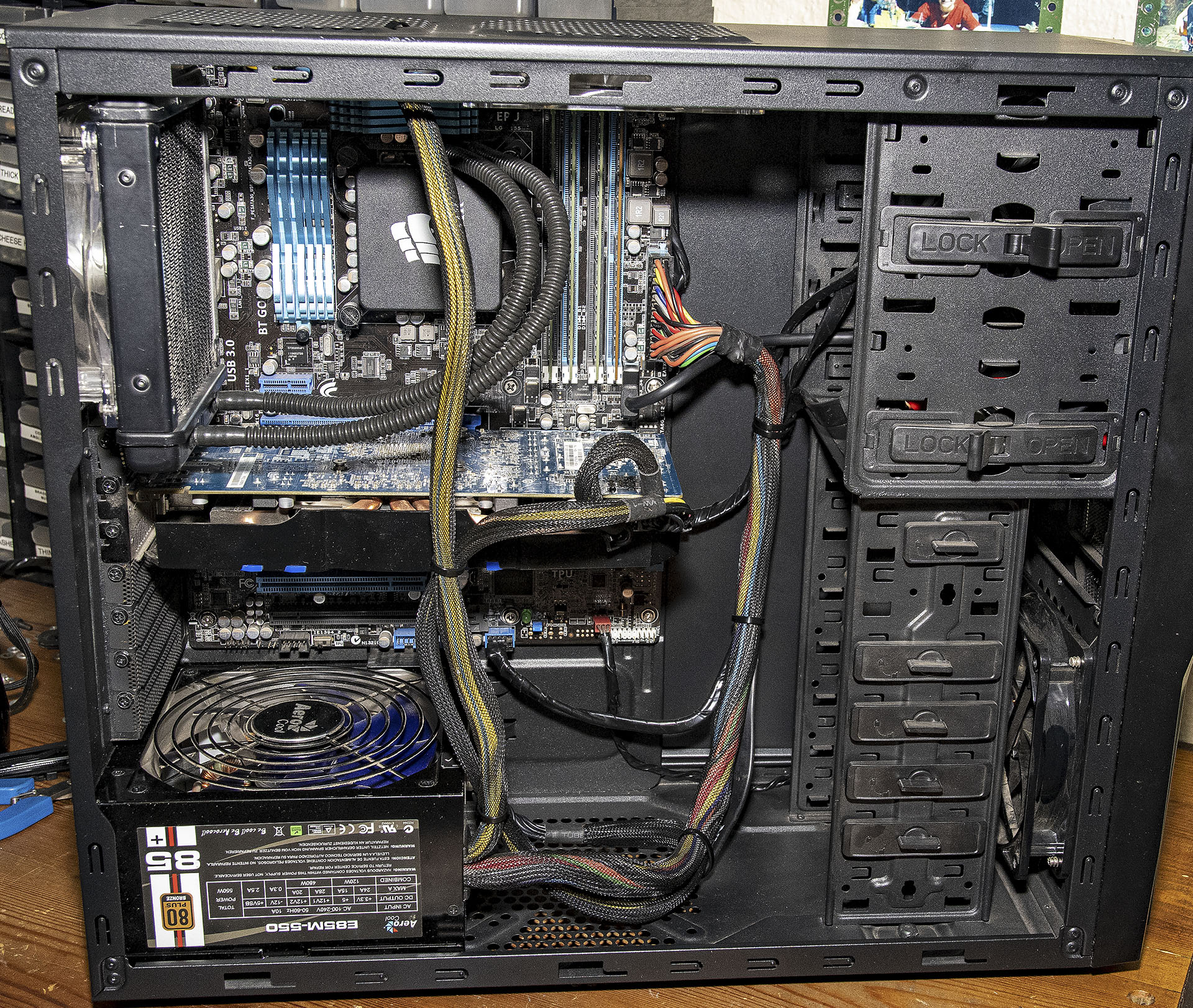

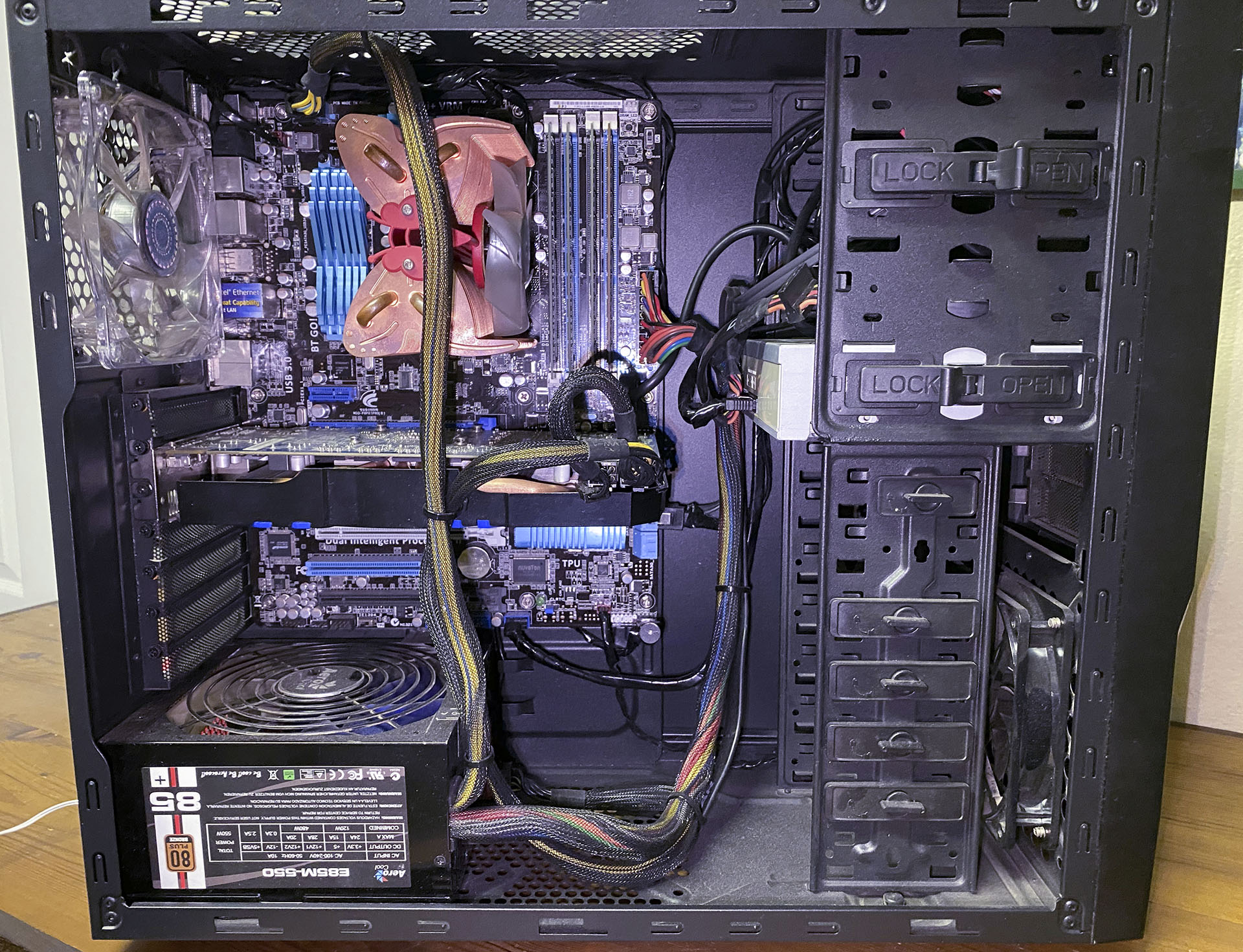

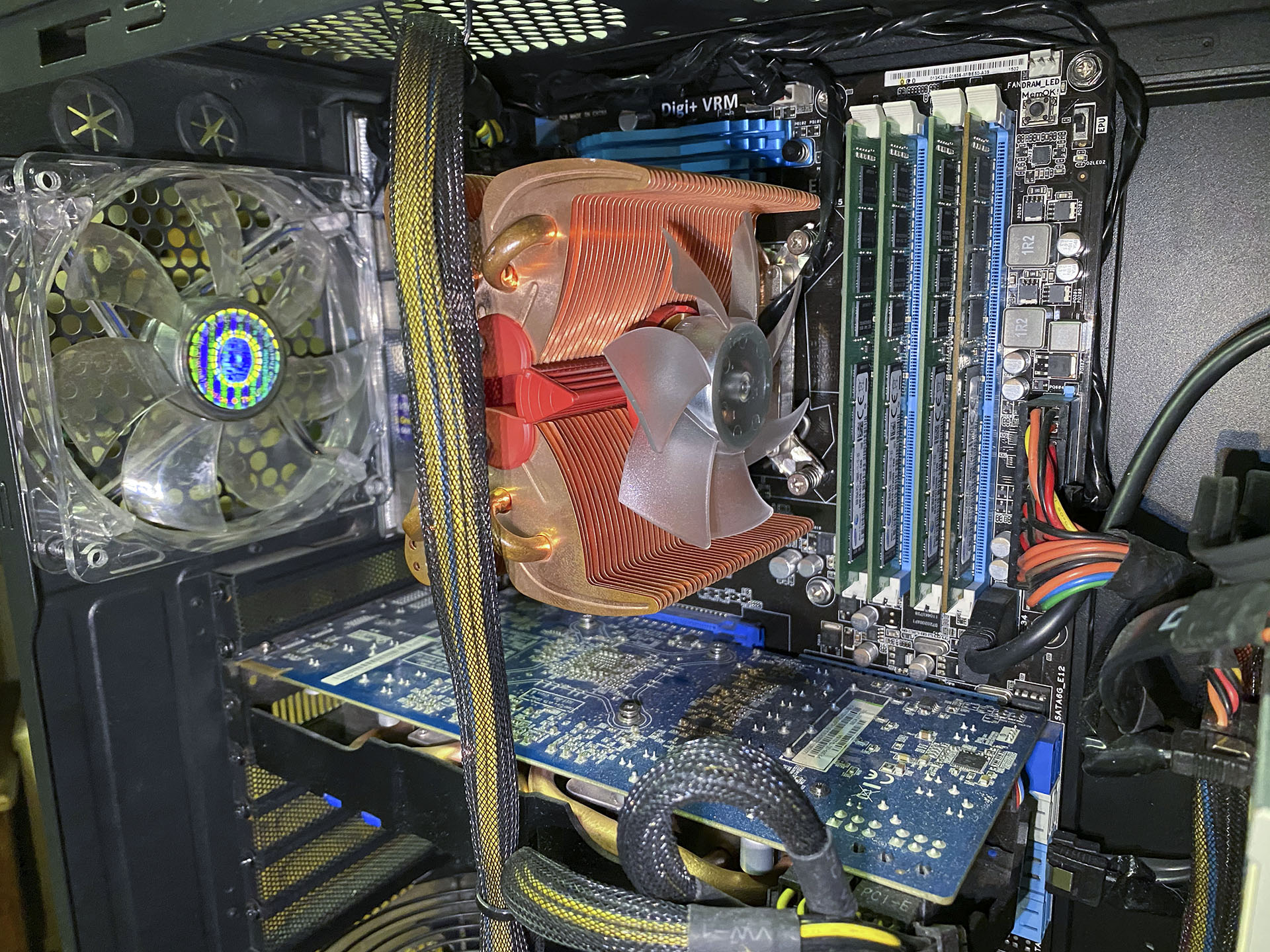
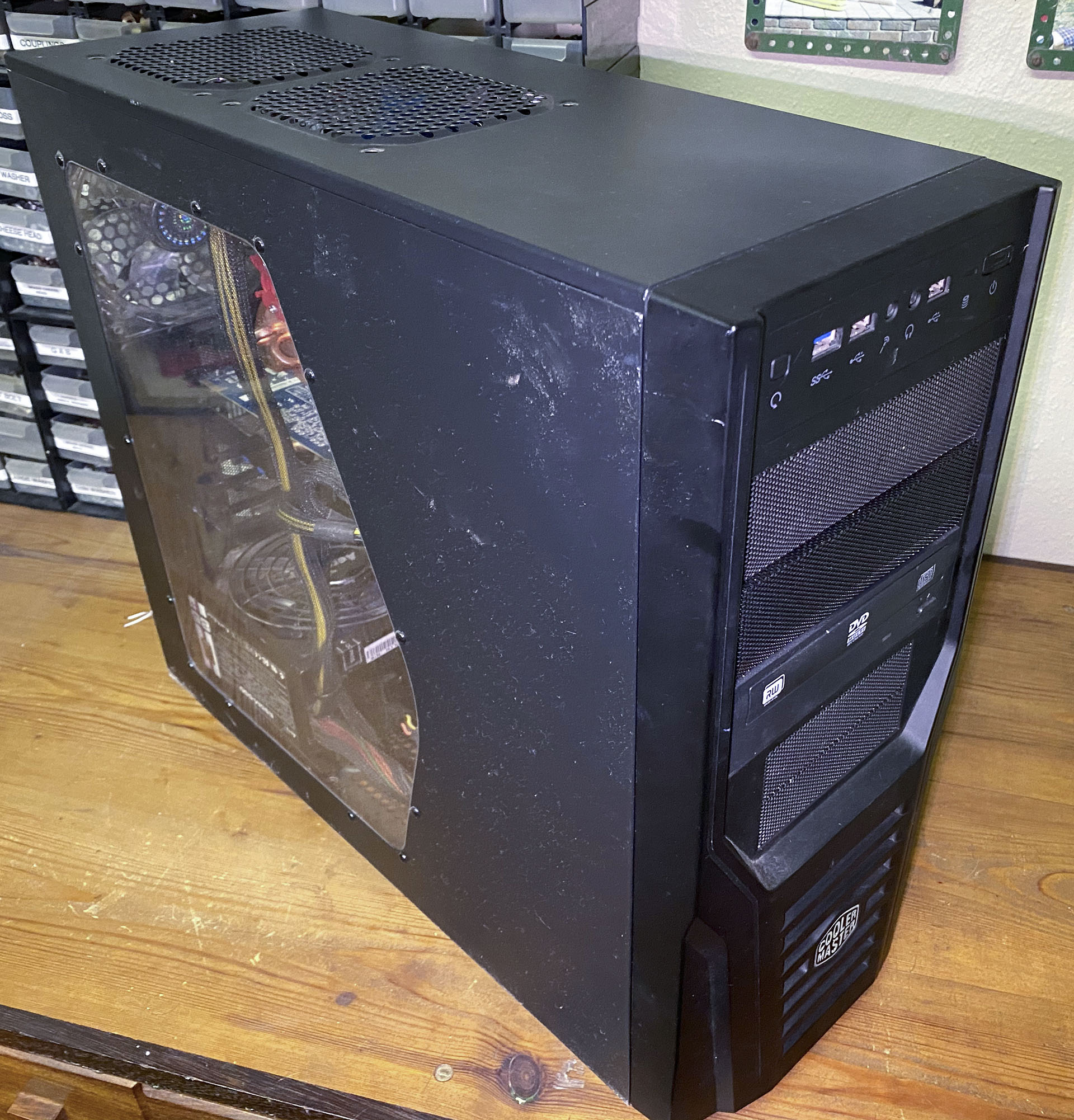
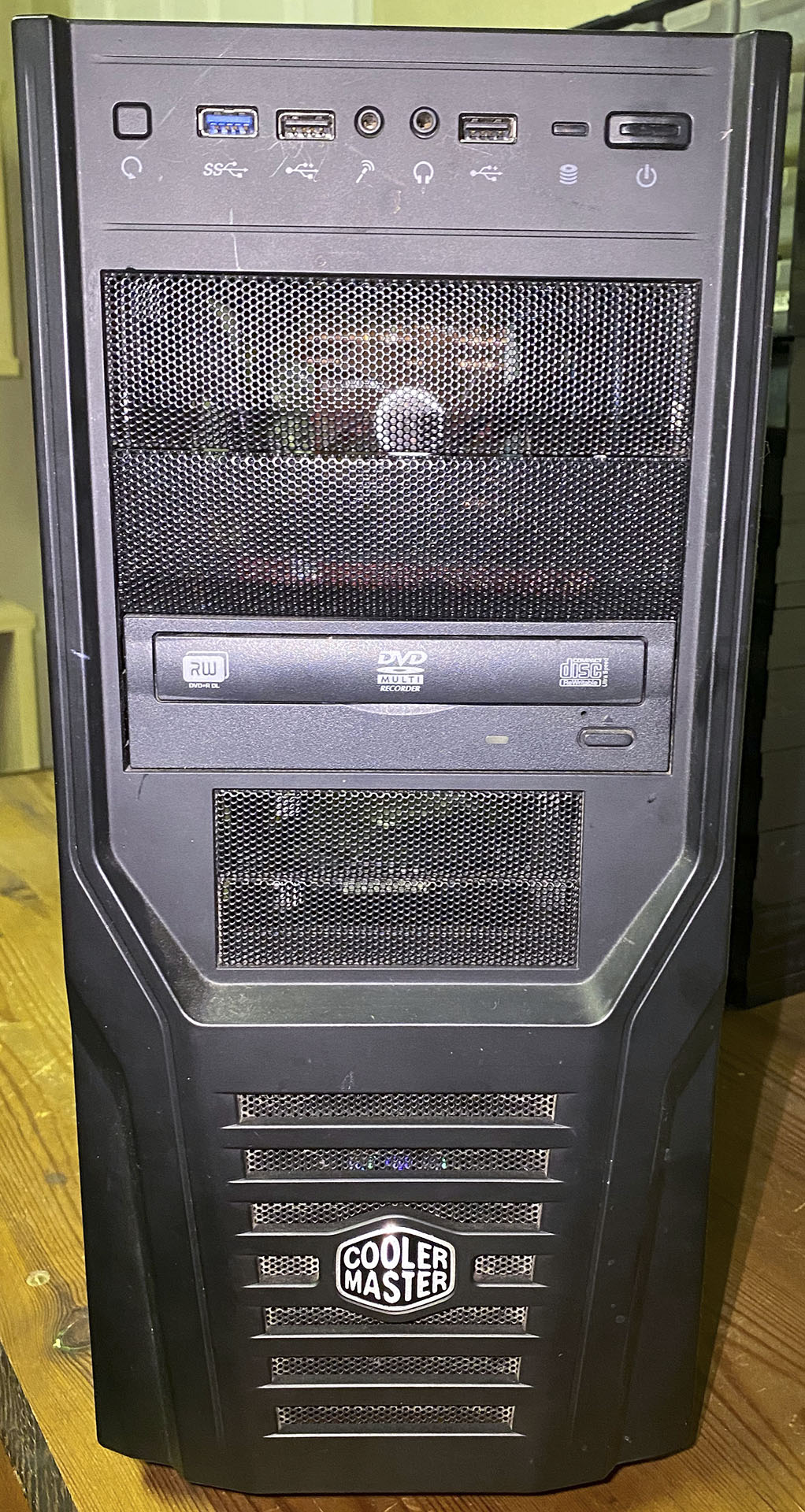

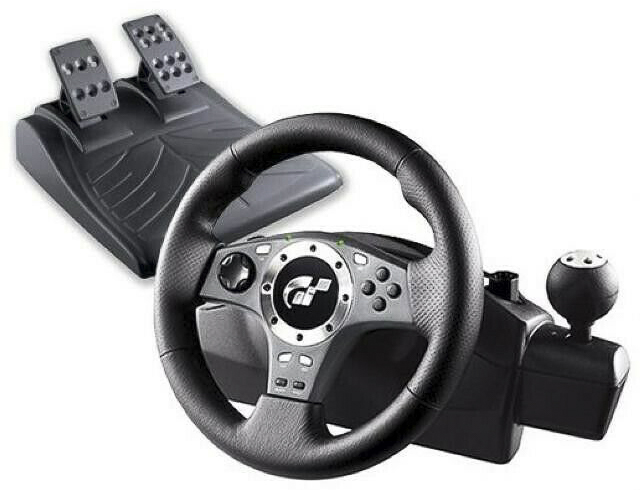
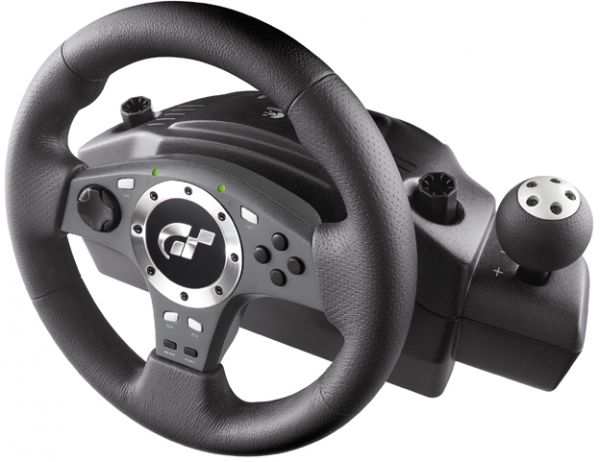
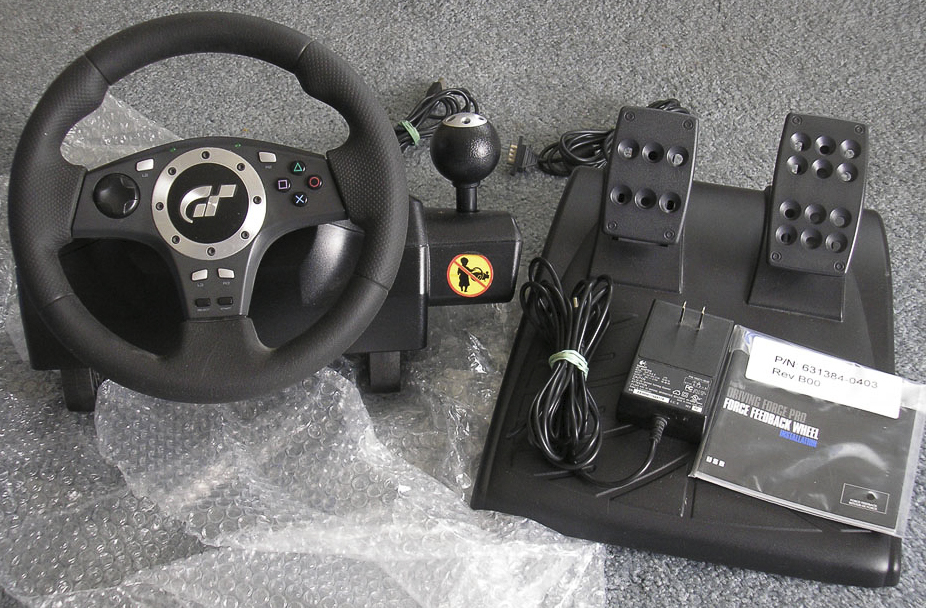
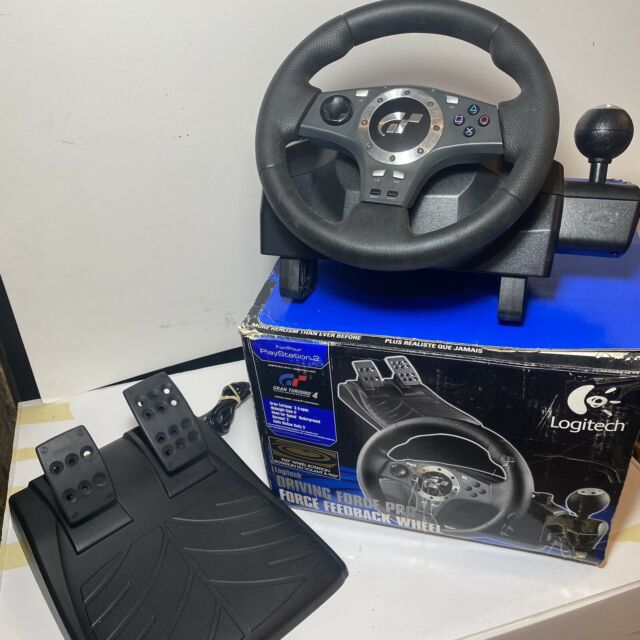
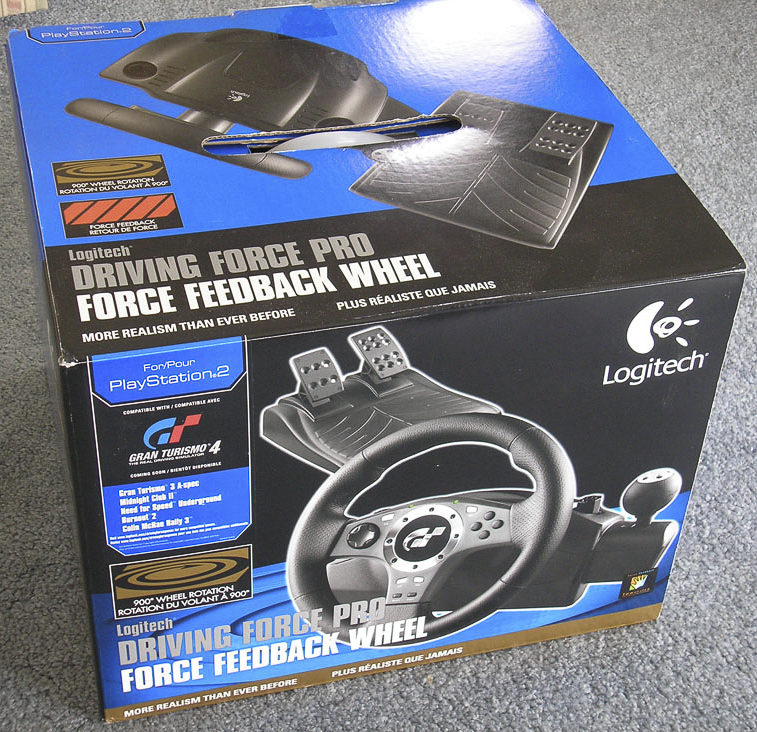
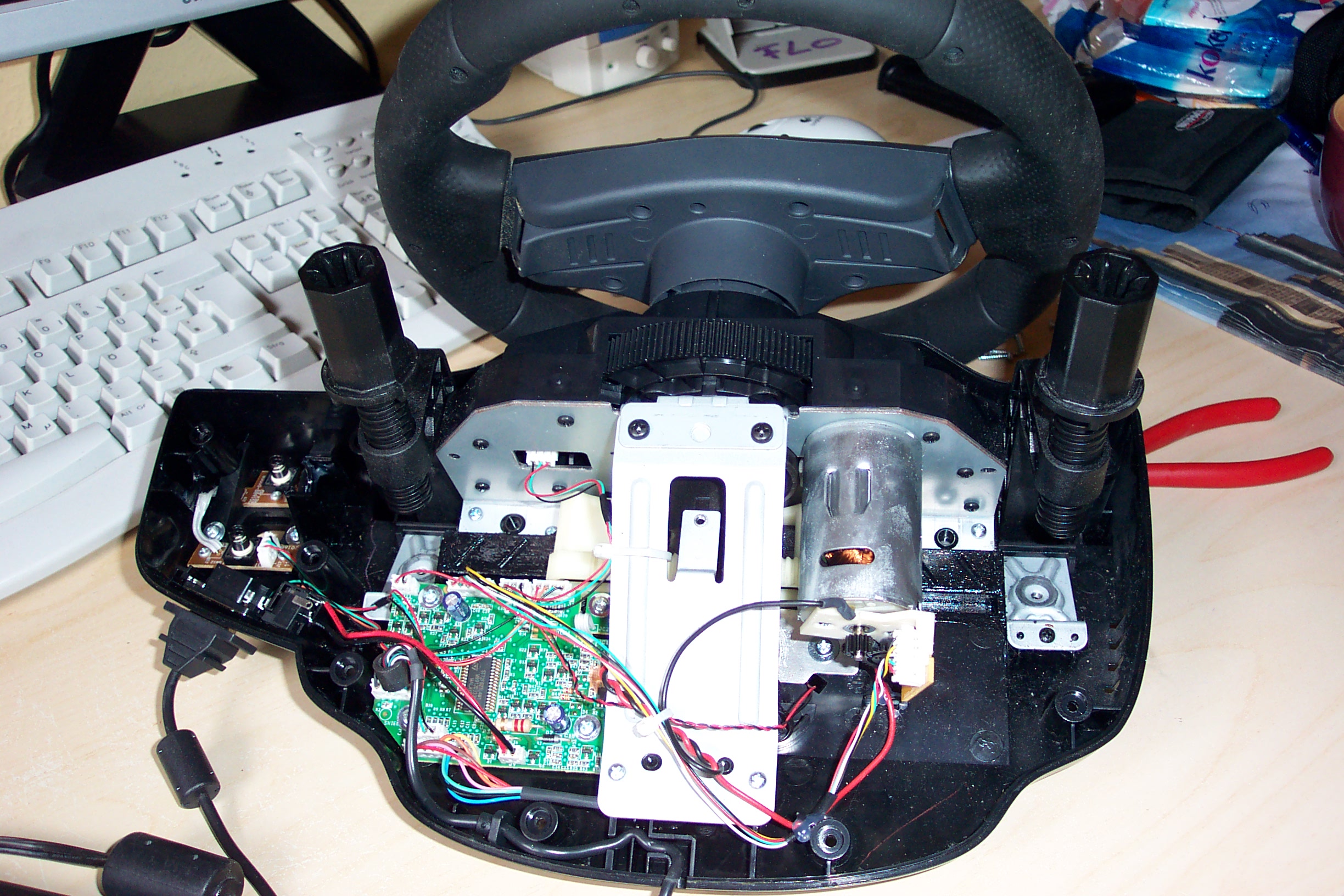
CTS HES-3106B-DR Fiber Switch - October 2020
CTS HES-3106B-DR Fiber Switch | |
| Standards | IEEE
802.3 10Base-T, IEEE 802.3u 100Base-TX/FX, IEEE 802.3ab 1000Base-T,
IEEE 802.3z 1000Base-X, IEEE 802.1p Priority, IEEE 802.1q Tag VLAN,
IEEE 802.3x Flow Control, IEEE 802.1ab LLDP |
| Connection Type | 5 x Ethernet (RJ45) and 1 x Fiber (SC Connector, 10km Distance, WDM) SC : Standard Connector |
| Interfaces | -TP Port: 5 x 10/100/1000Base-T RJ-45 -F/O Port: 1 x 100/1000Base-X F/O |
| Features | - Loop Detection - DHCP Auto Provisioning - Dual Rate Fiber - Power Down Trap - IPv4/IPv6 Dual Stack |
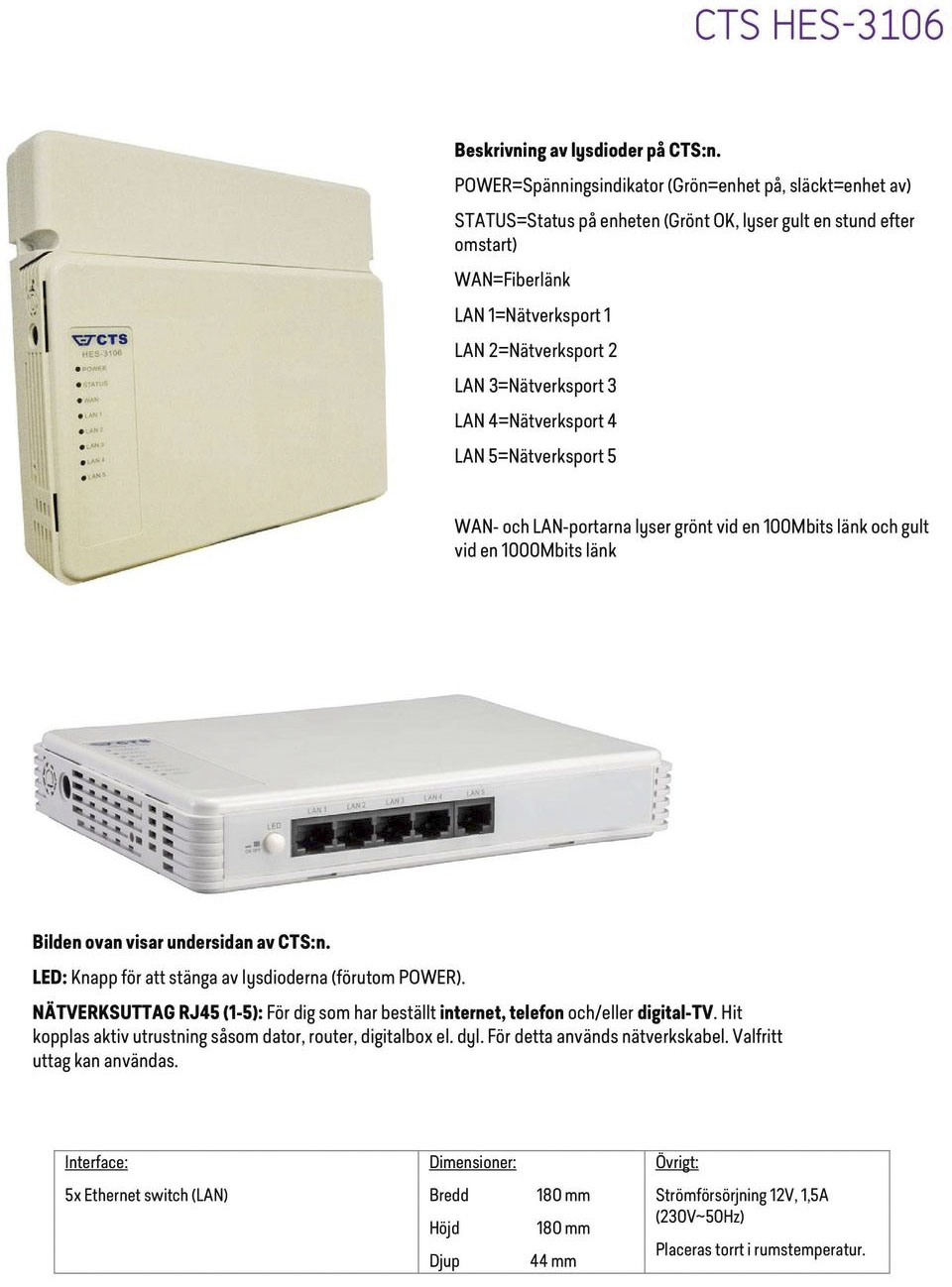


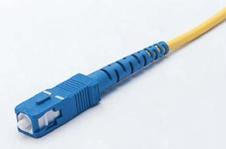


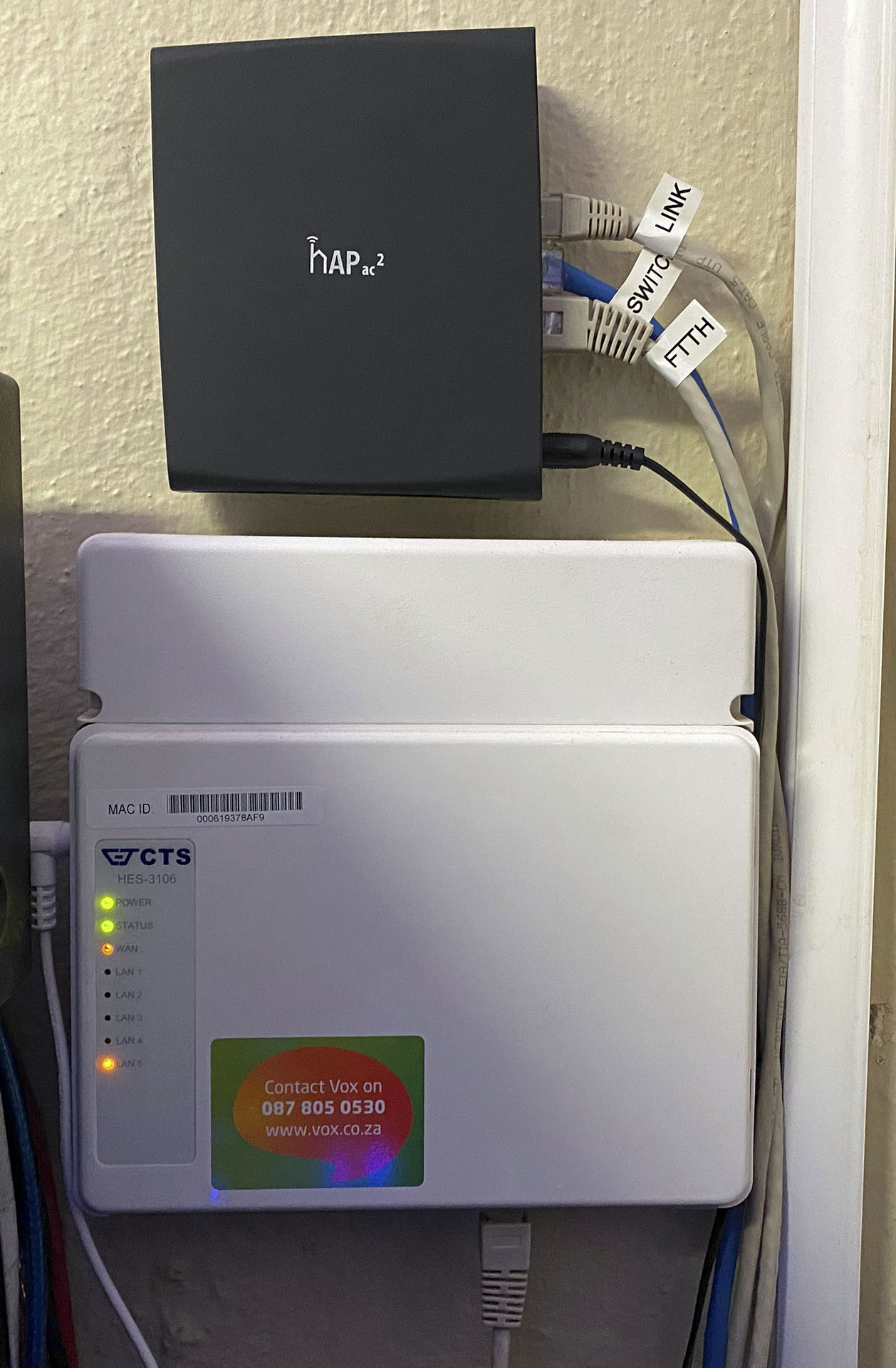
Mikrotik hAP ac2 WIFI Router - October 2020
Mikrotik hAP ac2 - WIFI Router (RBD52G-5HacD2HnD-TC | |
| Standards | 802.11a/n/ac 5GHz, 802.11b/g/n 2.4GHz. WCDMA, CDMA2000, LTE |
| Connection Type | 3G, LTE, WirelessWAN, DHCP, Static IP, PPPoE, PPTP, L2TP, 802.1x |
| Encryption Mode | 64/128-bit WEP, WPA, WPA2, WPA/WPA2 |
| Max. Wireless Speed | Up to 867Mbps |
| Frequency | 300Mbps (2.4GHz) + 867Mbps (5GHz) dual band Wi-Fi connections |
| Interfaces | 5 x RJ45 LAN Ports (10/100/1000Mbps), 1 x USB 2.0 Port for 3G Dongle |
| Features | The
hAP ac² is a Dual-concurrent Access Point, that provides Wifi coverage
for 2.4 GHz and 5 GHz frequencies at the same time. Five 10/100/1000
Ethernet ports provide Gigabit connections for your wired devices, USB
can be used for external storage or 4G/LTE modem, and device supports
IPsec hardware acceleration. New design universal case allows unit to be positioned either horizontally (desktop) or vertically (tower case). Wall anchored mounting kit is provided. |
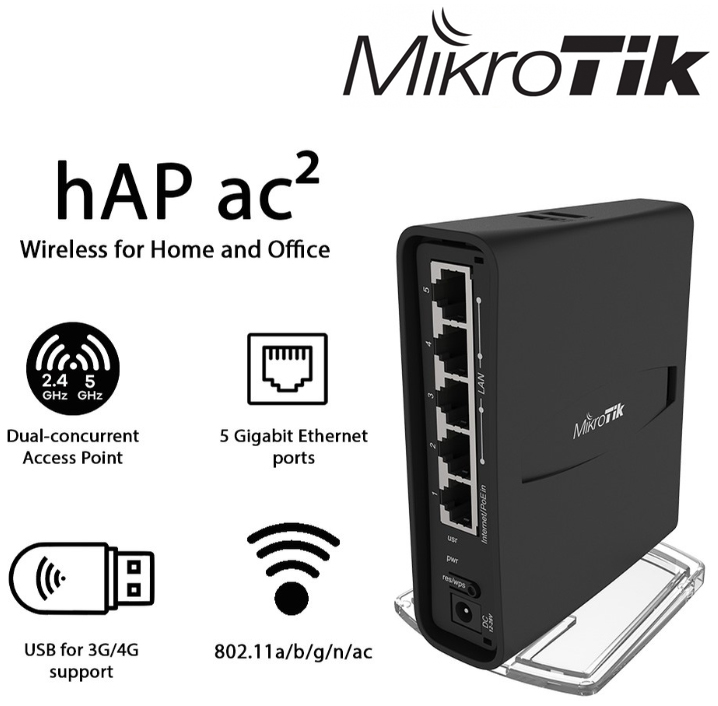
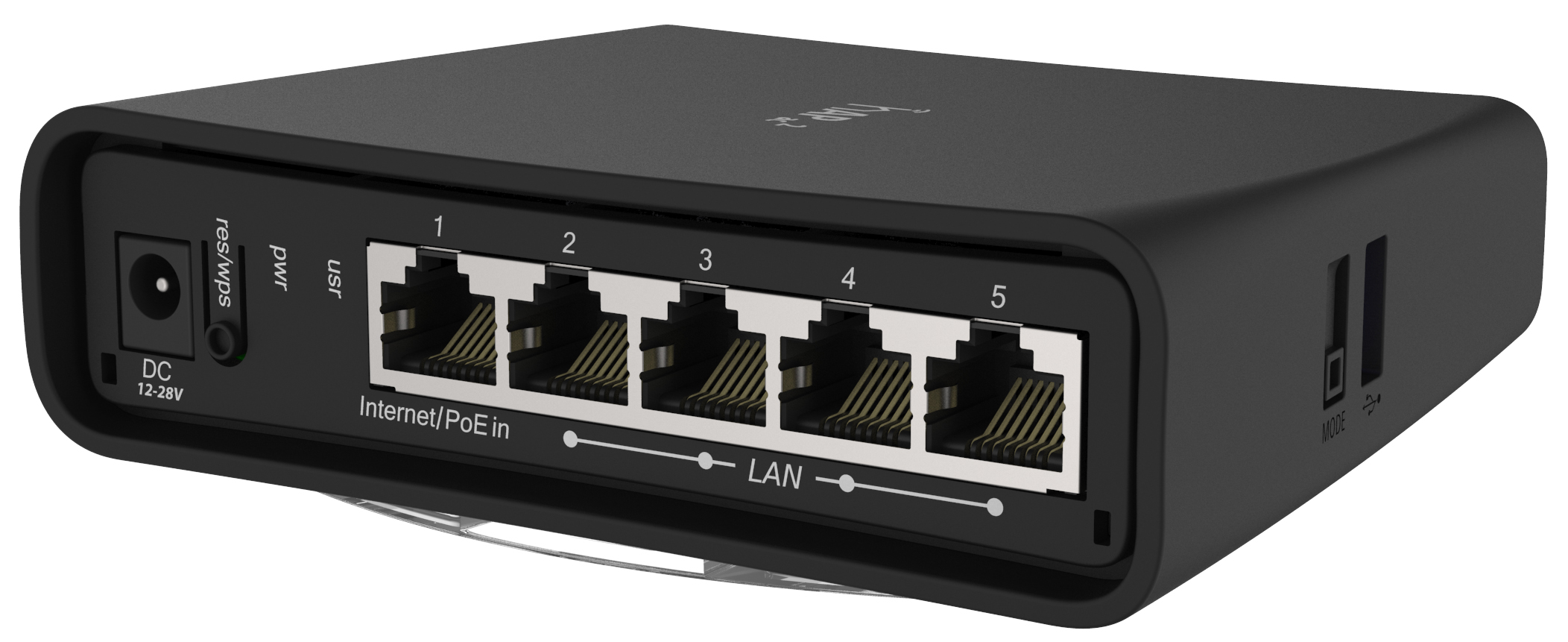
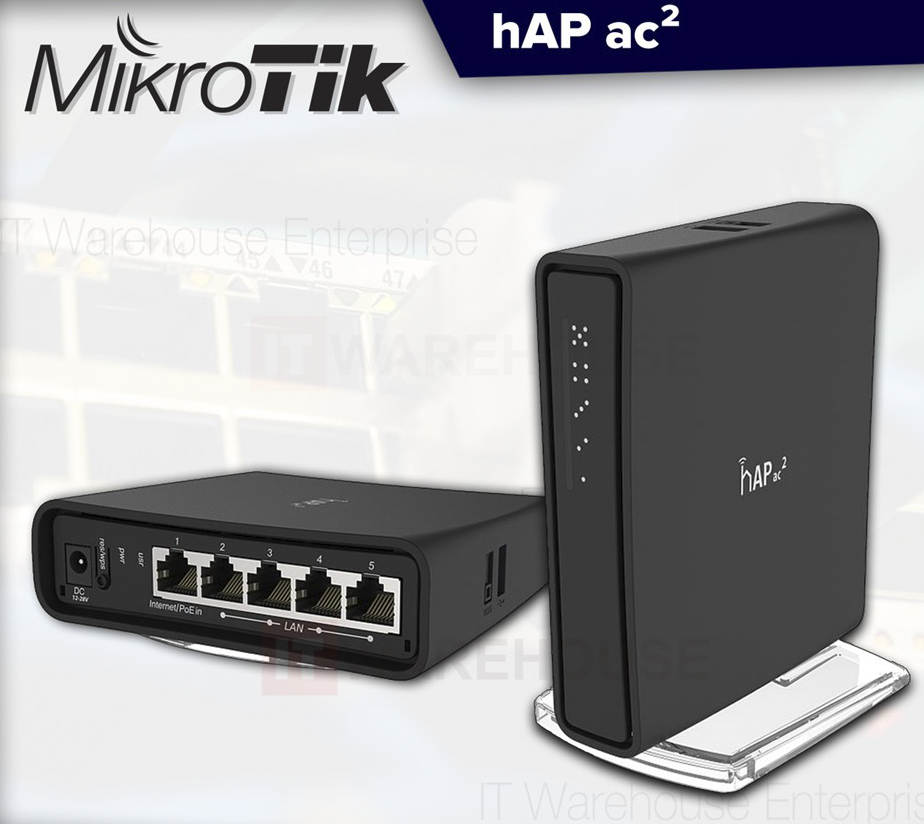
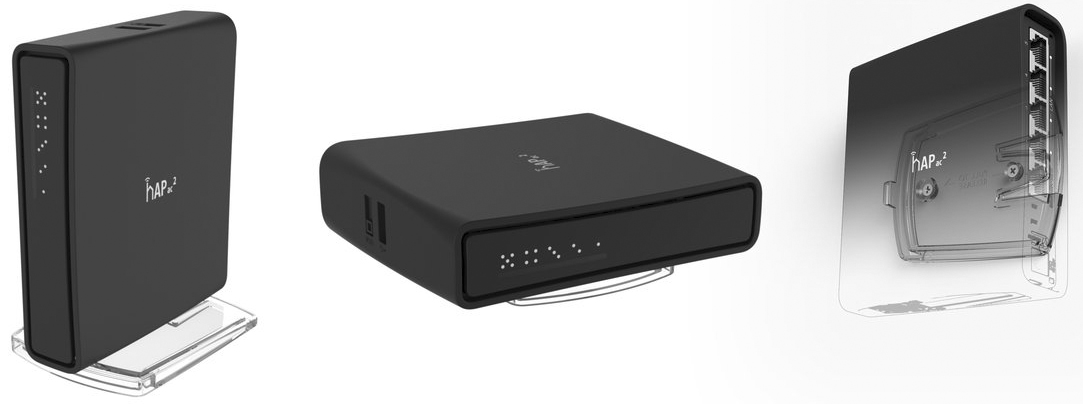
Epson Perfection 3490 Photo scanner | |
| Type | Flatbed scanner - Desktop |
| Color Depth | 48 bit color |
| Optical Resolution | 3200 dpi x 6400 dpi |
| Scan Mode | Single-pass Fixed Document and moving carriage with Micro Step Drive |
| Scan Element Type | 6 line alternated colour CCD with On-Chip Microlens. White cold cathode fluorescent lamp |
| Max Document Size | 8.5" x 11.7" (216 x 297mm) |
| Interface |
USB Type B, USB 2.0 |
| Adapters | Negative/ Slide adapter with templates with built in lamp (Diffused Light Source) |
| Features |
- Integrated Transparency Unit : A fully integrated Transparency Unit (TPU). - Absolute Ease-of-Use Four buttons to make scanning even easier. - Colour Restoration Can be used with faded negatives, slides and photos to restore their original colour - vibrancy.High Speed Scanning - Enhanced scanning speed by incorporating innovative technologies. - High Resolution and Optical Density, 3.2 Dmax optical density with innovative 3200dpi MatrixCCD and Micro - Lens technology combination. - Powerful Bundled Software for maximum versatility, results and quality. Epson Scan 2.7 |
| Scan Times (A4) |
300dpi : 15 seconds 600 dpi : 1 Minute 1200 dpi : 4 Minutes |
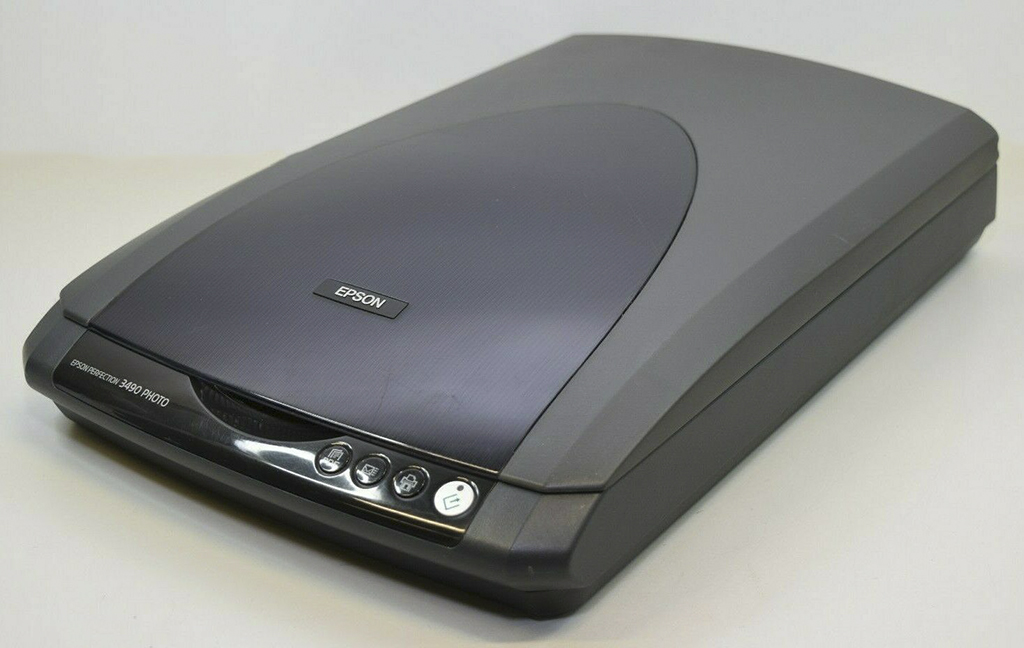
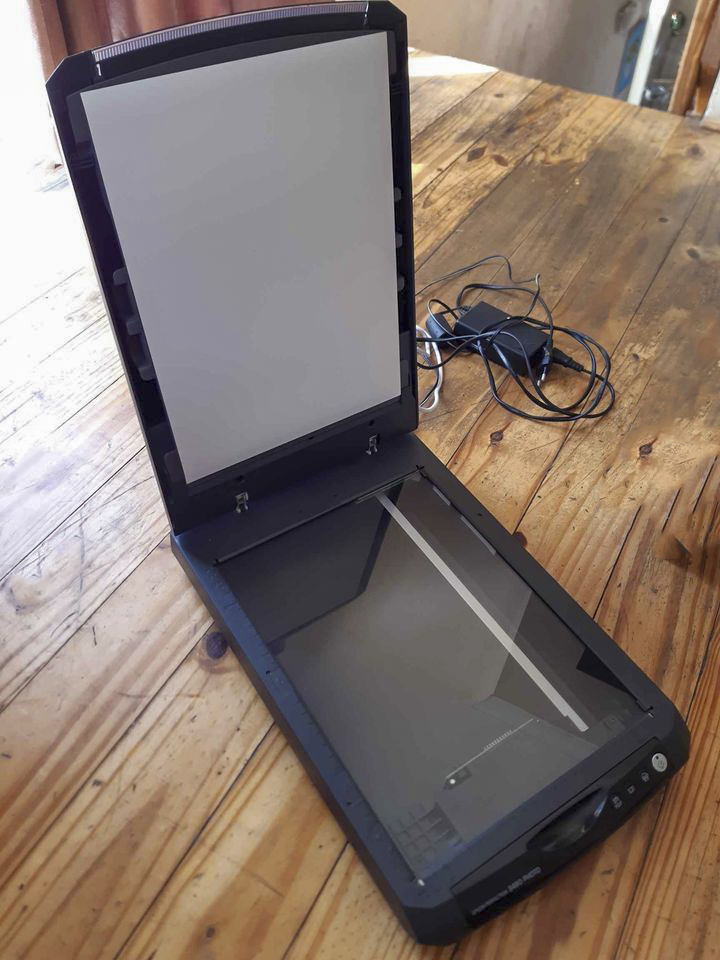
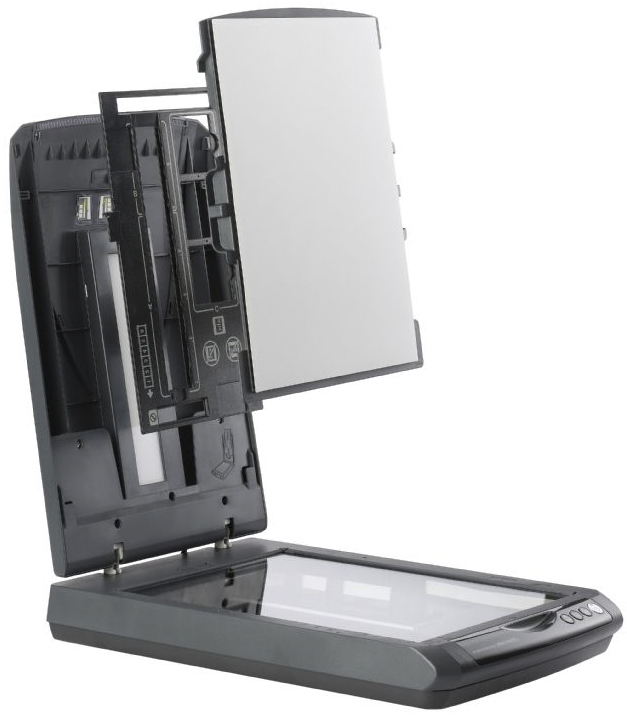
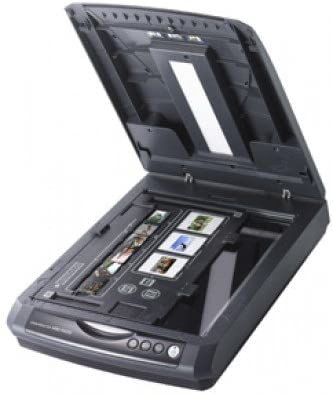

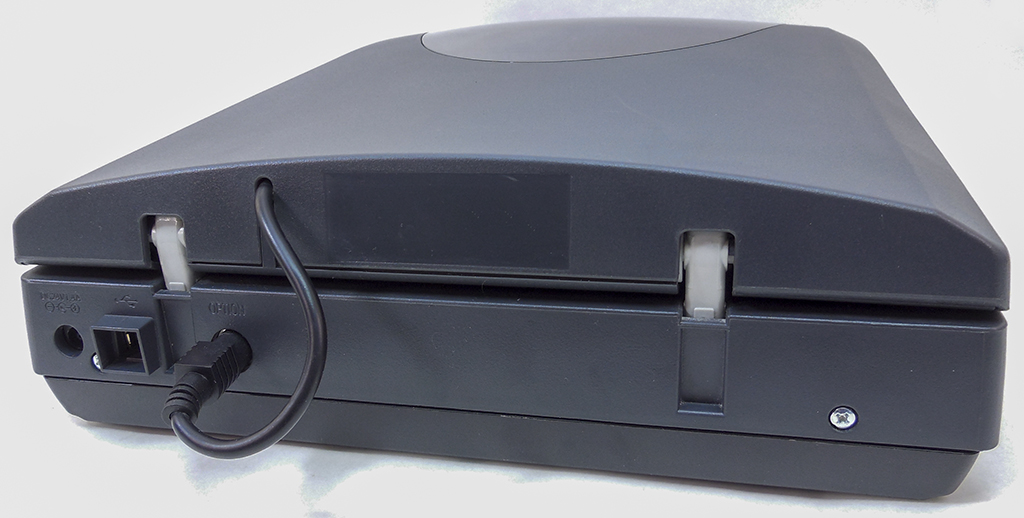
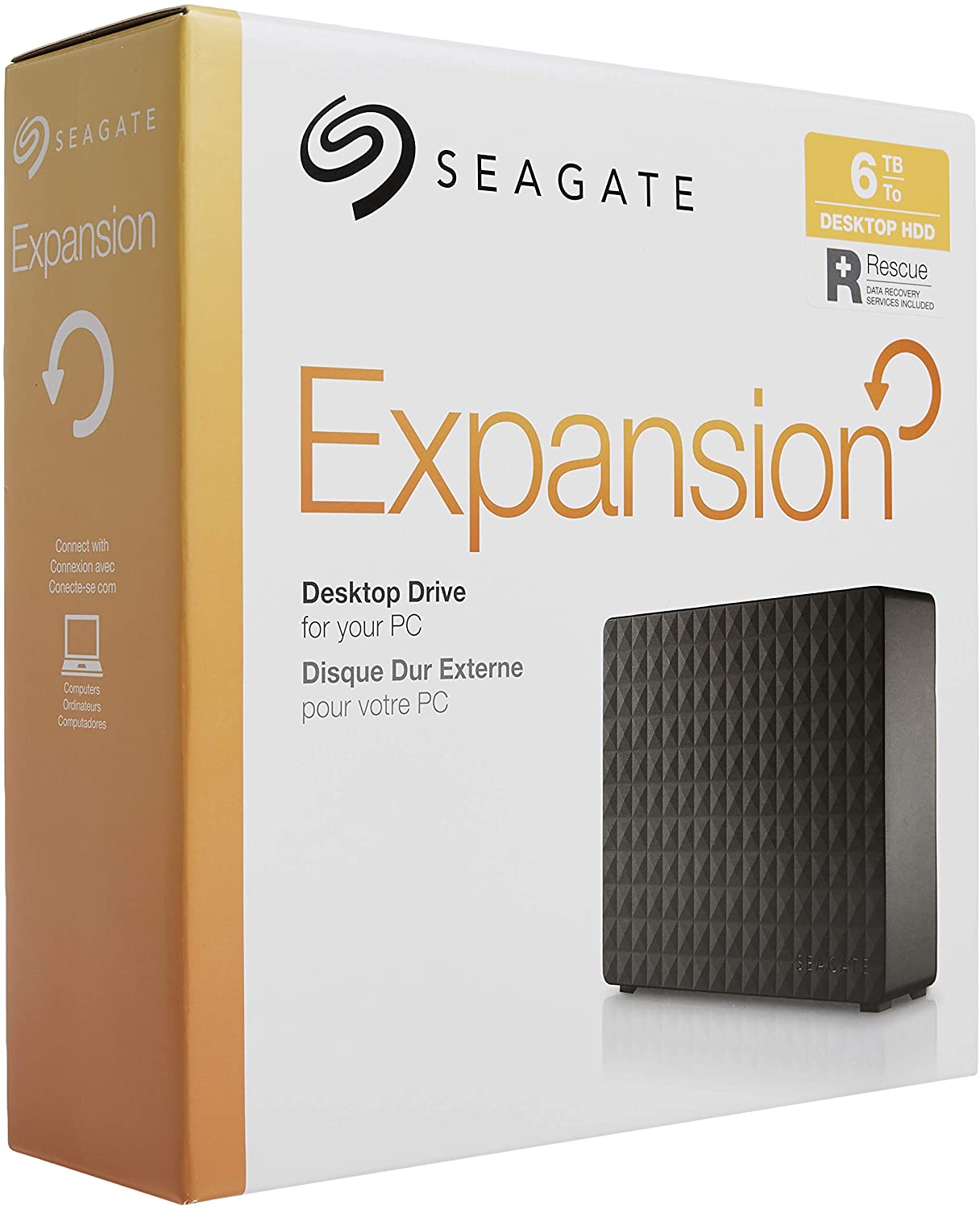

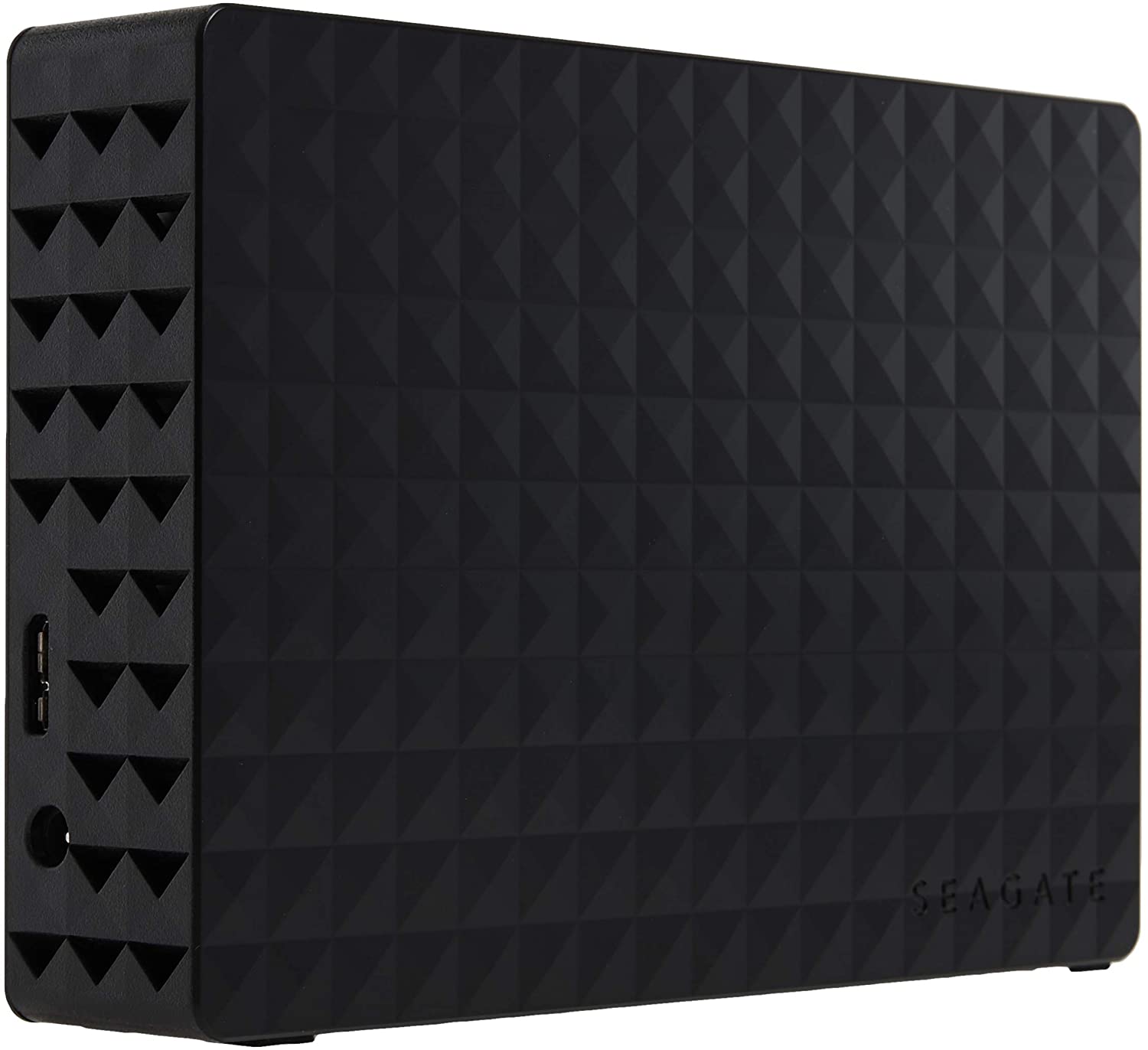
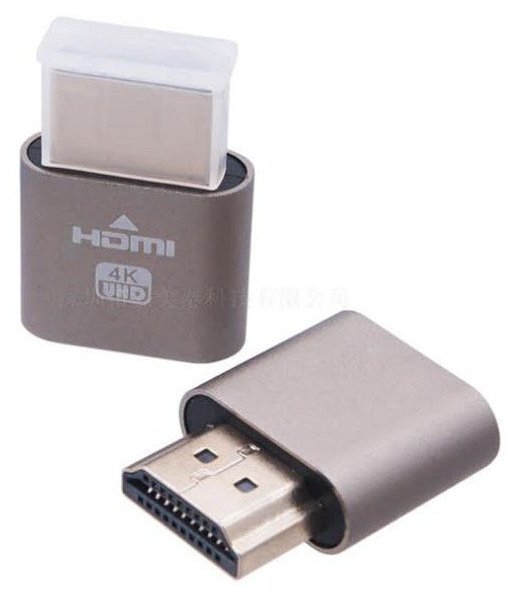
|
HP Proliant DL380 G6 Server |
|
| Processor | Intel
Xeon X5560 - 2.8Ghz (3.2Ghz Turbo) -
8Mb cache - 4 cores - 8
threads (Base-Clock (BLCK) @ 133mhz = (133mhz x 21x) =
2.8ghz ) - HT (Hyper-Threading) - Turbo 2/2/3/3 -
Socket FCLGA1366 (Two processors Installed) |
| Cooling |
Stock Aluminium heatsink, 6 x Fully redundant 60mm hot plug fans in crossflow configuration. |
| Memory | 96Gb DDR3 ECC Ram (12x8Gb 1333MHz). Server has 18 DIMM slots supporting up to 192GB |
| Motherboard | HP 496069-001 PROLIANT DL380 G6 SYSTEM BOARD - 451277-001 - supports
Up to 2 Six-Core, Quad-Core or Dual-Core Intel® Xeon® processor 5600/5500 sequence. - Intel 5520 Chipset - USB 2.0 support. 5 total ports: (2) ports up front; (2) ports in back; (1) port internal - Support one SATA3 (6Gb/s) device - Two HP NC382i Dual Port Multifunction Gigabit Server Adapters (four ports total) with TCP/IP Offload Engine, including support for Accelerated iSCSI - 1 internal Secure Digital (SD) slot - 18 DIMM slots supporting up to 192GB ECC Ram (1066MHZ / 1333MHz) - Insight Front display panel support (System Status) - 2 x PCIe Gen2 Riser support Mine had one riser card in the Secondary slot : 1xPCIe Gen2 x16 connector running at x8 Bus width (Full Length, Full Height Slot) - 2xPCIe Gen2 x8 connector running at x4 Bus width (Half Length, Full Height Slot) Interfaces : Front Panel : 1xDSub VGA - 2xUSB 2.0 Rear : 1xSerial port - 1xDSub VGA - 2xPS2 ports - 2xUSB 2.0 - 4xRJ45 Network ports (10/100/1000MB) - 1xiLO2 remote management port - 64-bit motherboard/OS |
| Storage1
|
6
x 2.5" 146Gb Hotplug Serial Attached SCSI (SAS) drives HP DG146ABAB4 - 10000rpm - SAS 3Gbs - 146Gb - 2.5inch - 16Mb cache Server supports up to 8xSFF hot-plug drive bays 820 Gb Raid 0 configured on my server HP Smart Array Performance Model P410i Raid controller with 512 MB cache (BBWC) with battery backup (RAID 0/1/1+0/5/5+0) |
| Removable Storage1 | Slimline SATA Optical Drive, DVD R/W (TEAC DV-W28S-RS) |
| Display Adapter | AMD SAPPHIRE FLeX Radeon HD
6870 1G D5 - 1Gb DDR5 256-bit - PCIe 2.1 x16 - VGA
(via adapter)-DVI-HDMI-DISPLAY PORT - 900MHz Integrated ATI ES1000, 64MB video standard 16 bit color: maximum resolution of 1600 x 1200 32 bit color: maximum resolution of 1280 x 1024 |
| Display | HDMI Dummy Plug for Remote VNC (1920x1080 video resolution) |
| Form Factor | Rack (2U); Height 3.38-inch (8.59 cm); Width: 17.25 (44.54 cm); Depth: 27.25 inches (69.98 cm) SFF Model (Small Form Factor) |
| Power
Suppply |
2 x HP 750W CS HE Gold Power Supply (Hotswap / Failover) |
| Operating System | Windows 10 Pro - November 2021 Update - Version 21H2 - Build 19044.1526 - 64Bit |
| Sound |
None |

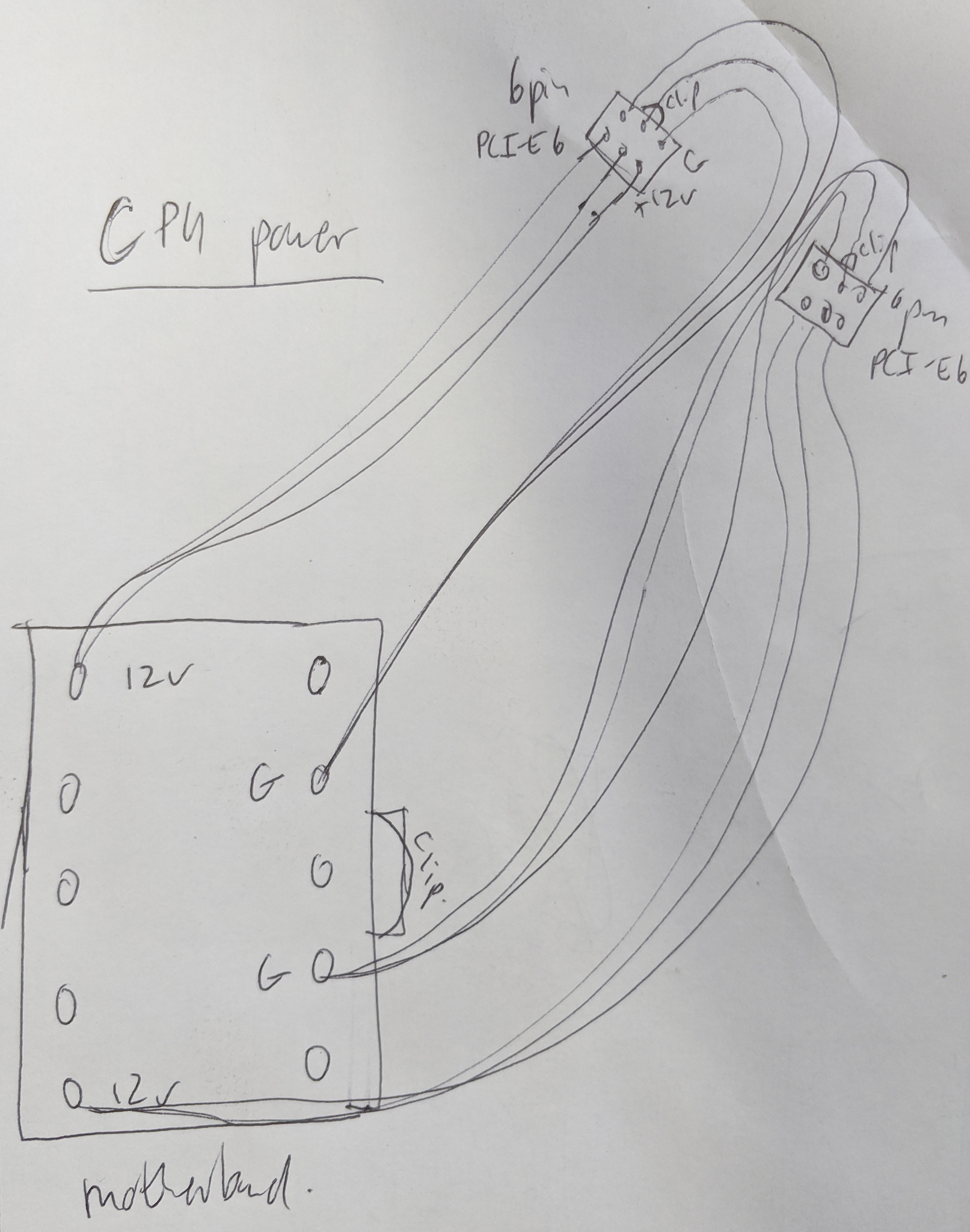
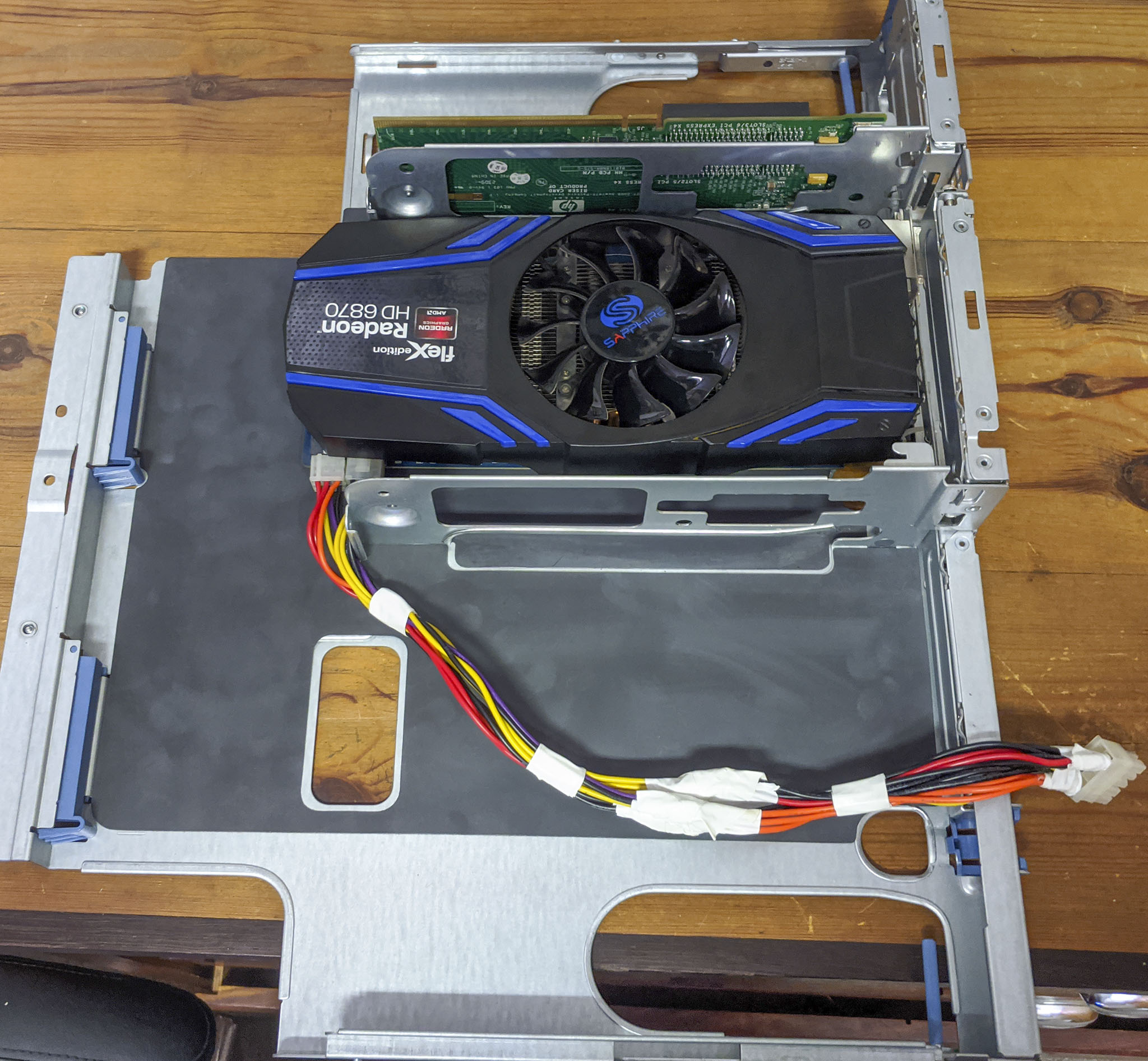
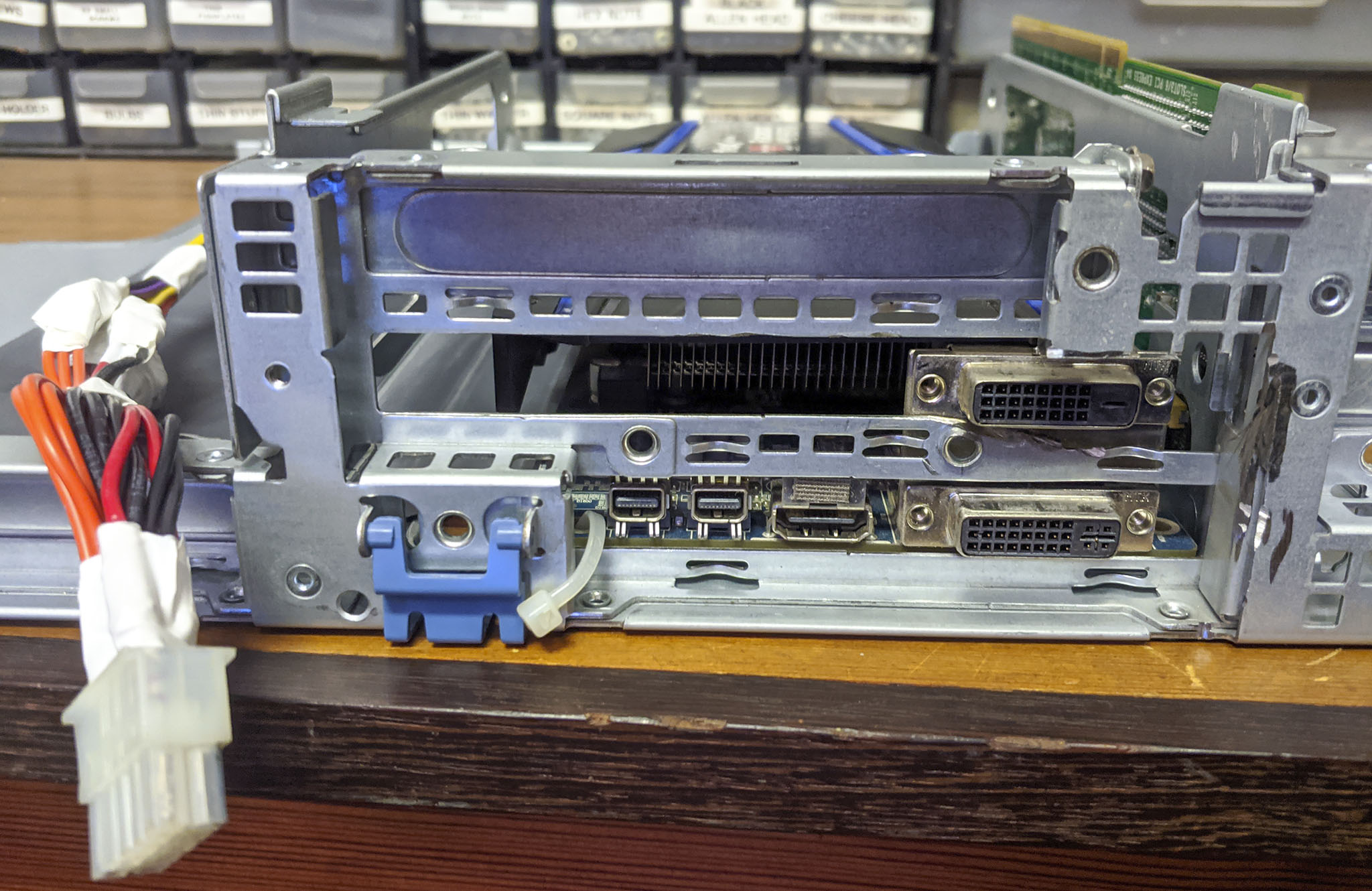
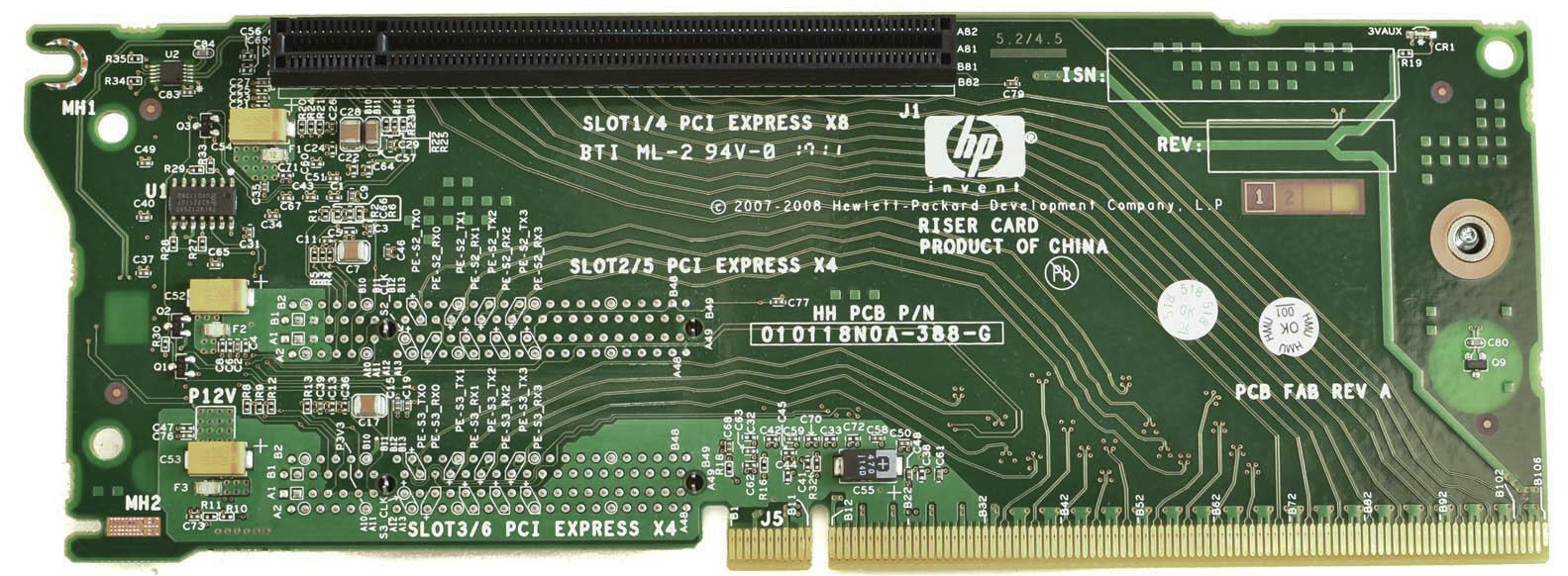
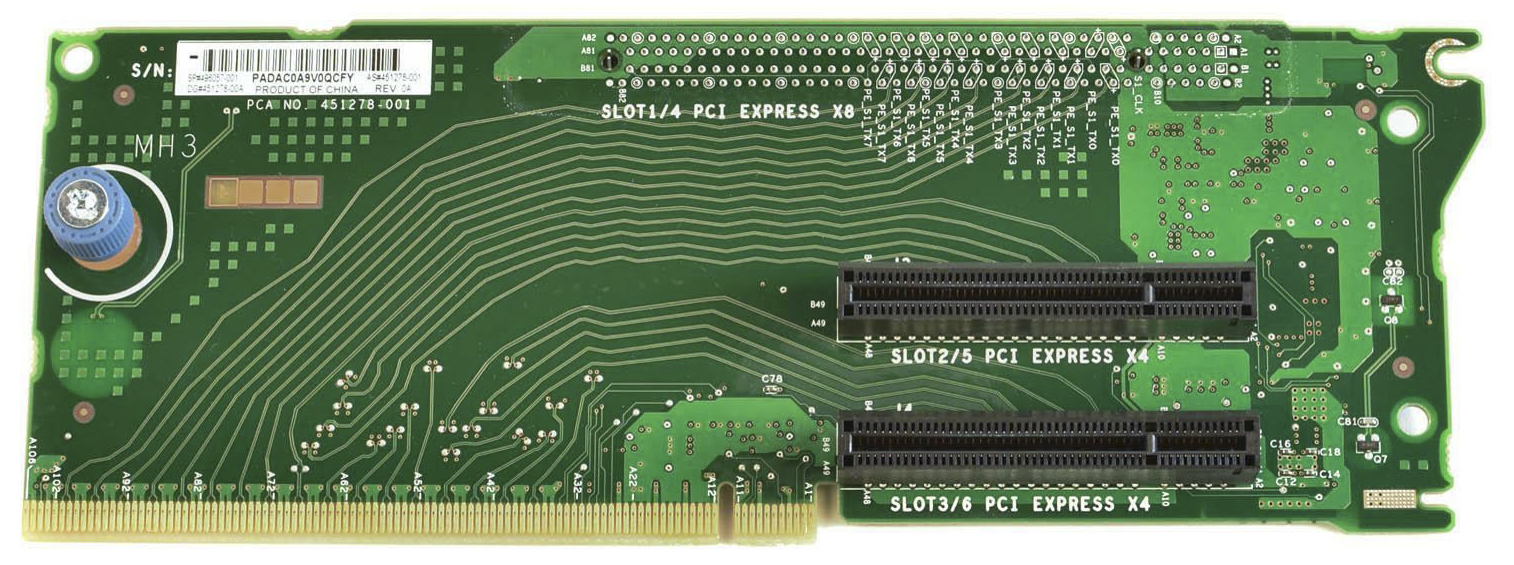

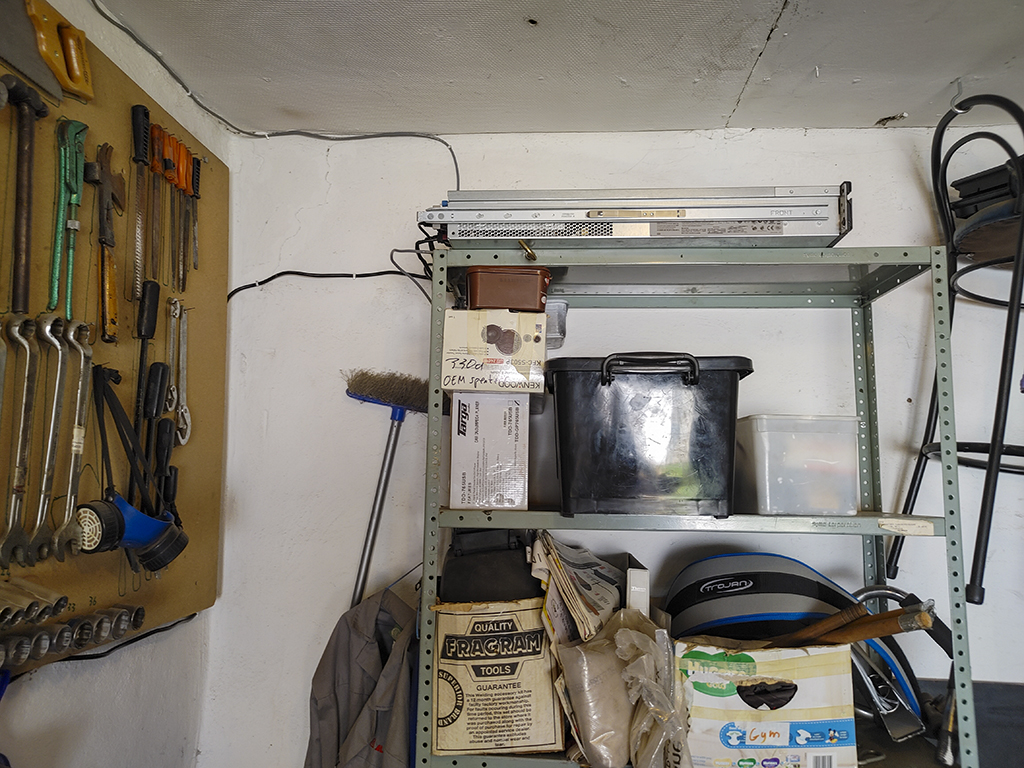
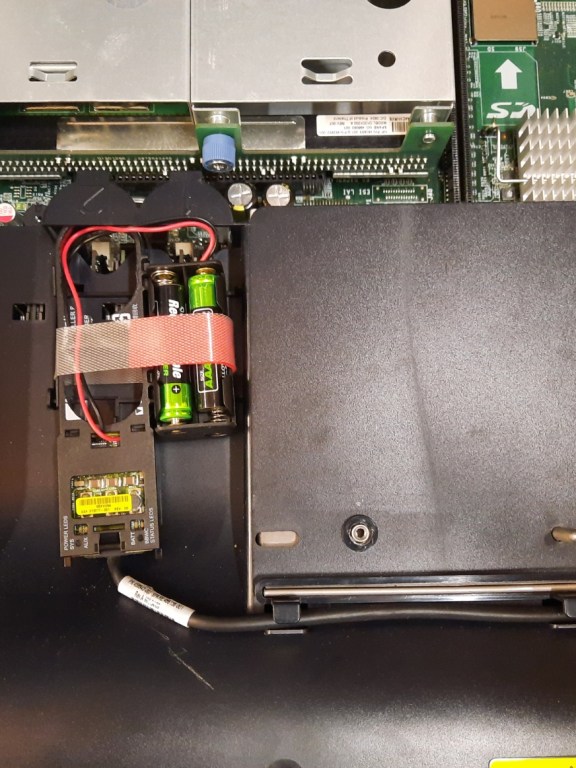
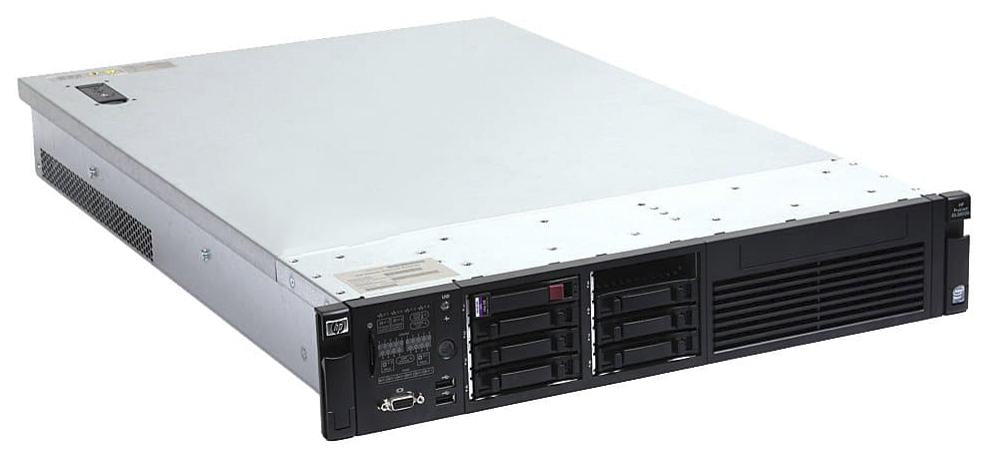

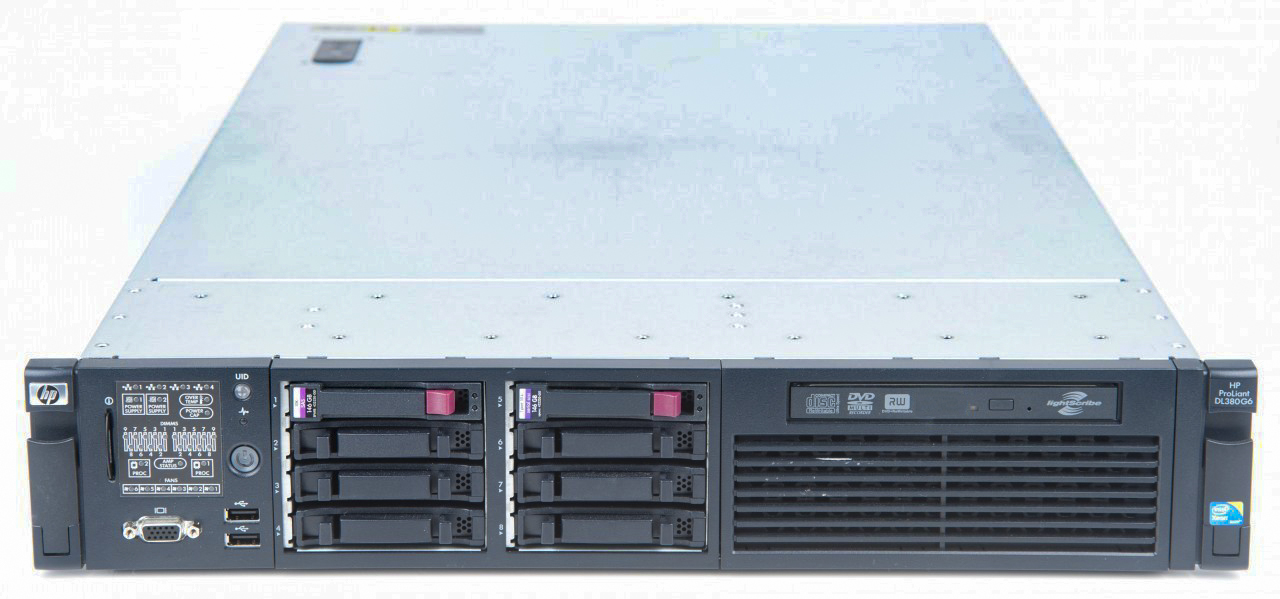
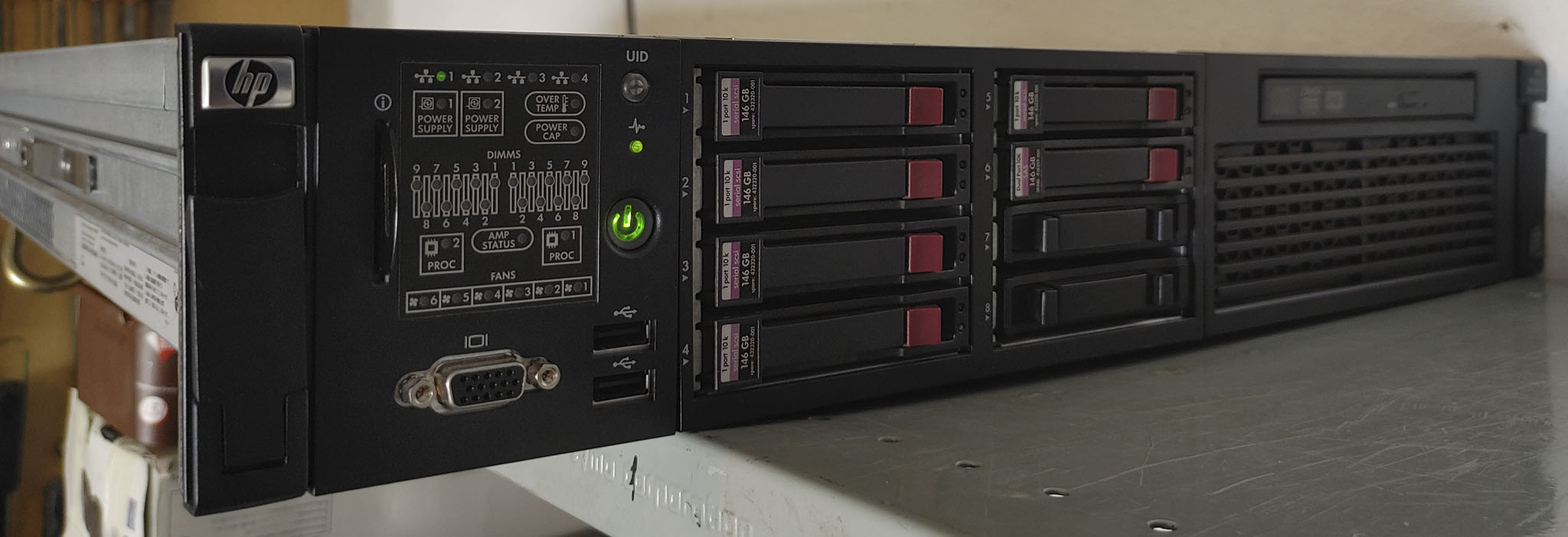
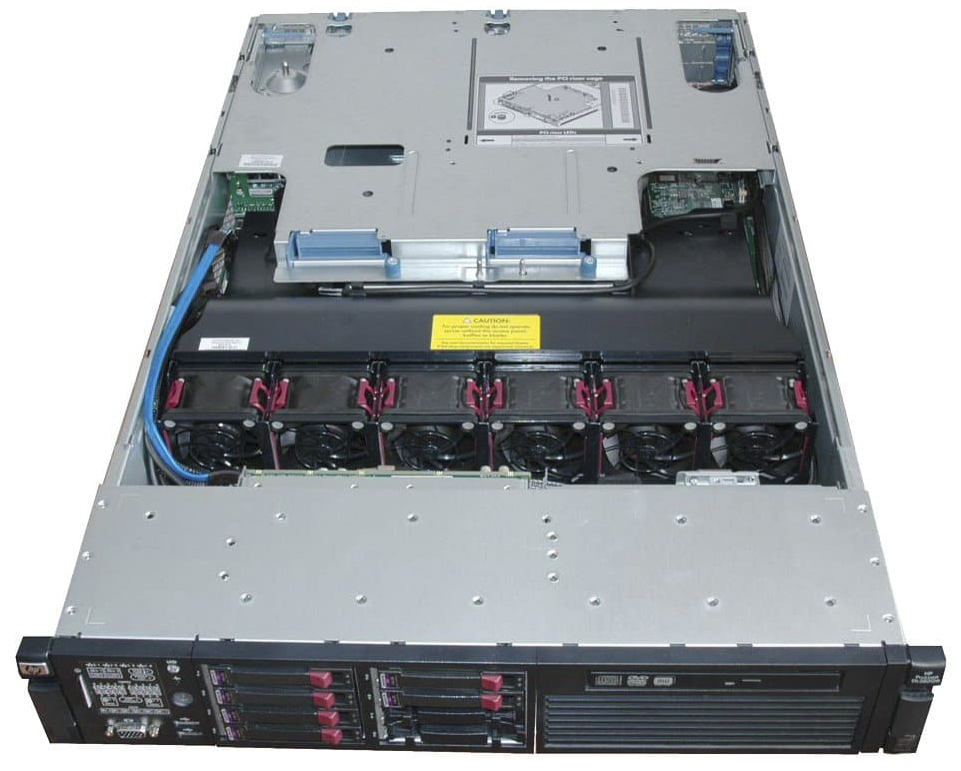
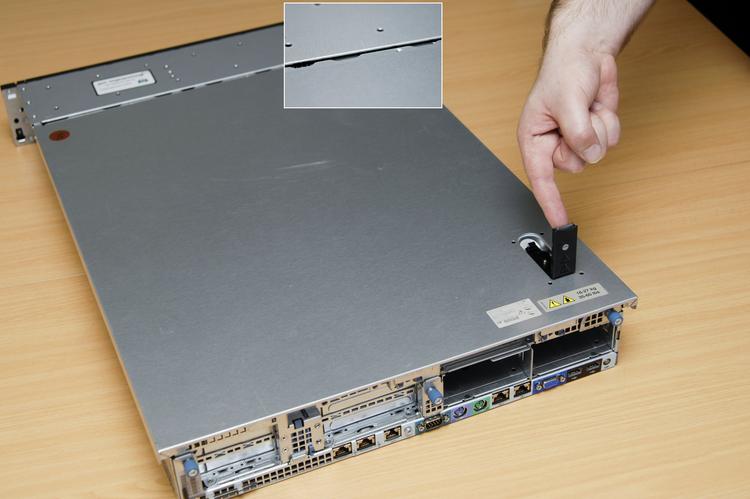
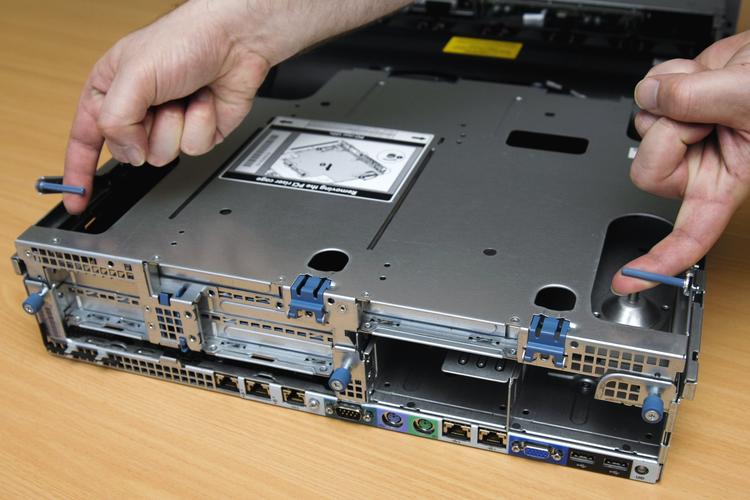
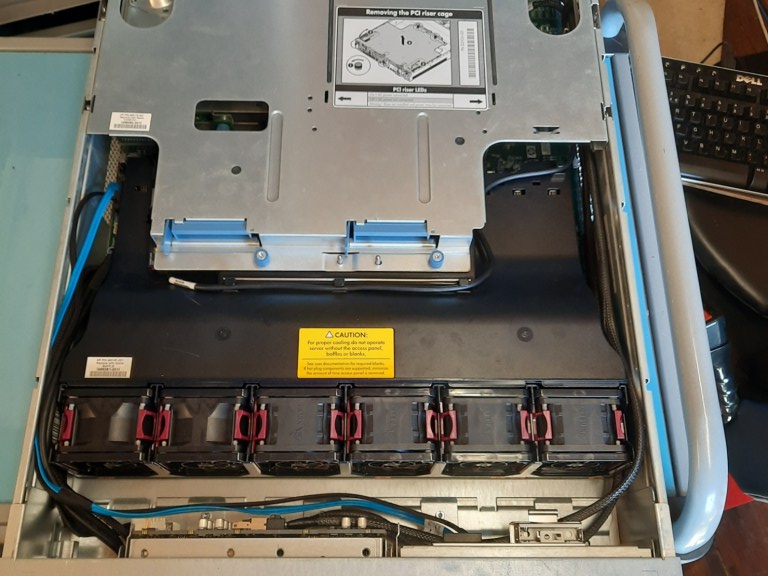
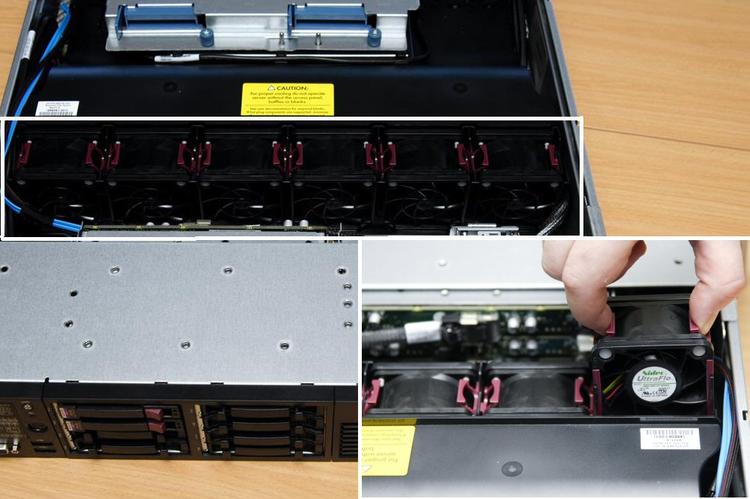


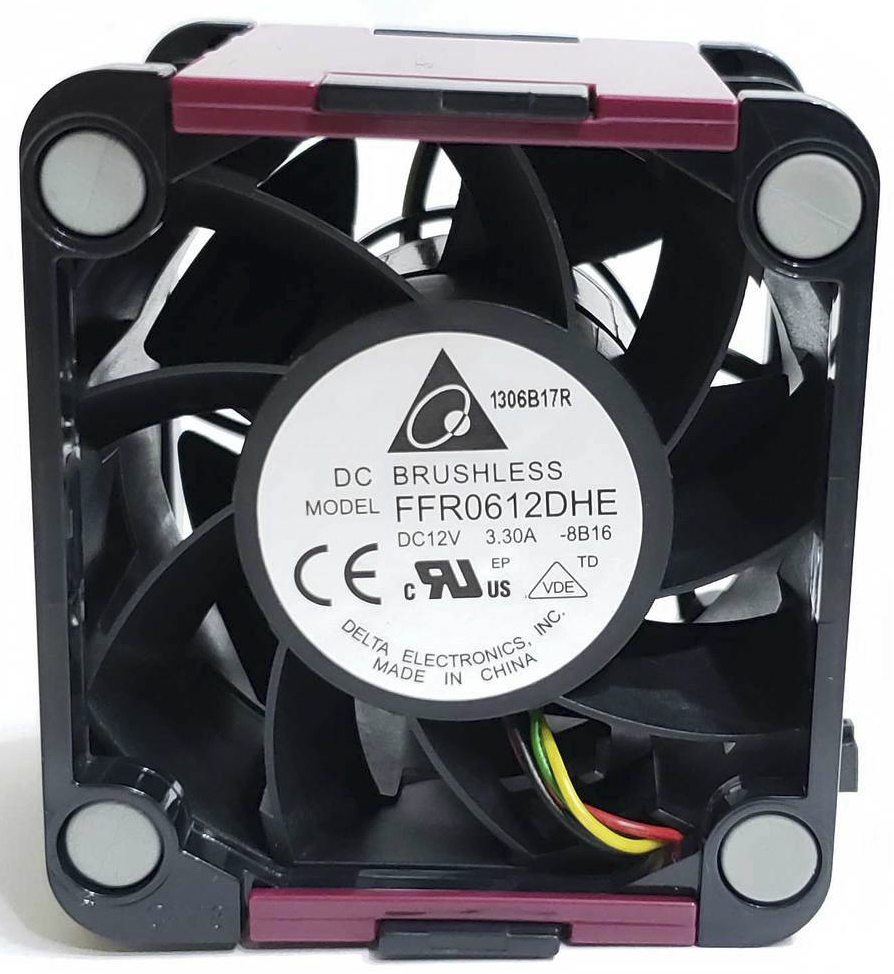
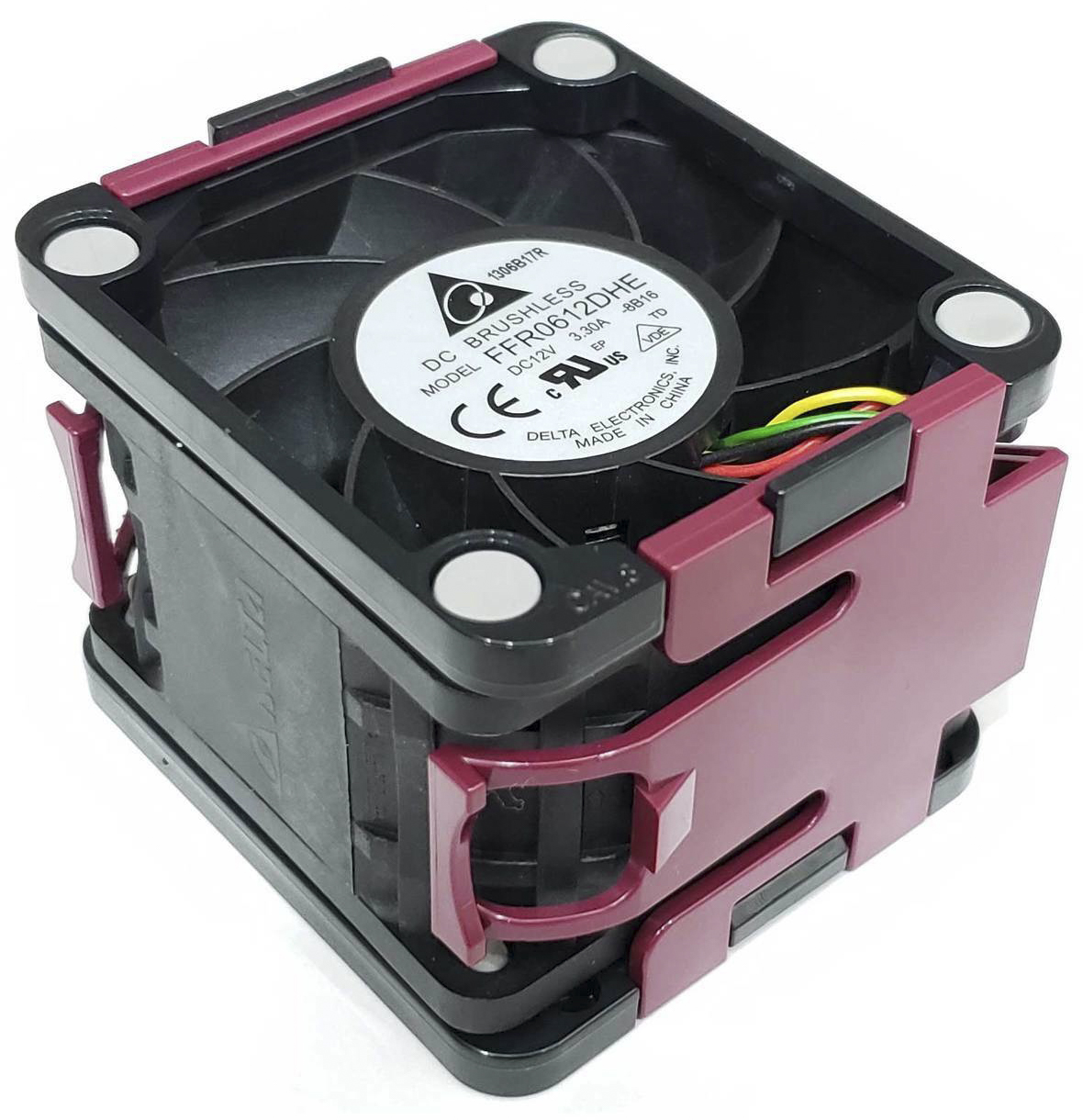


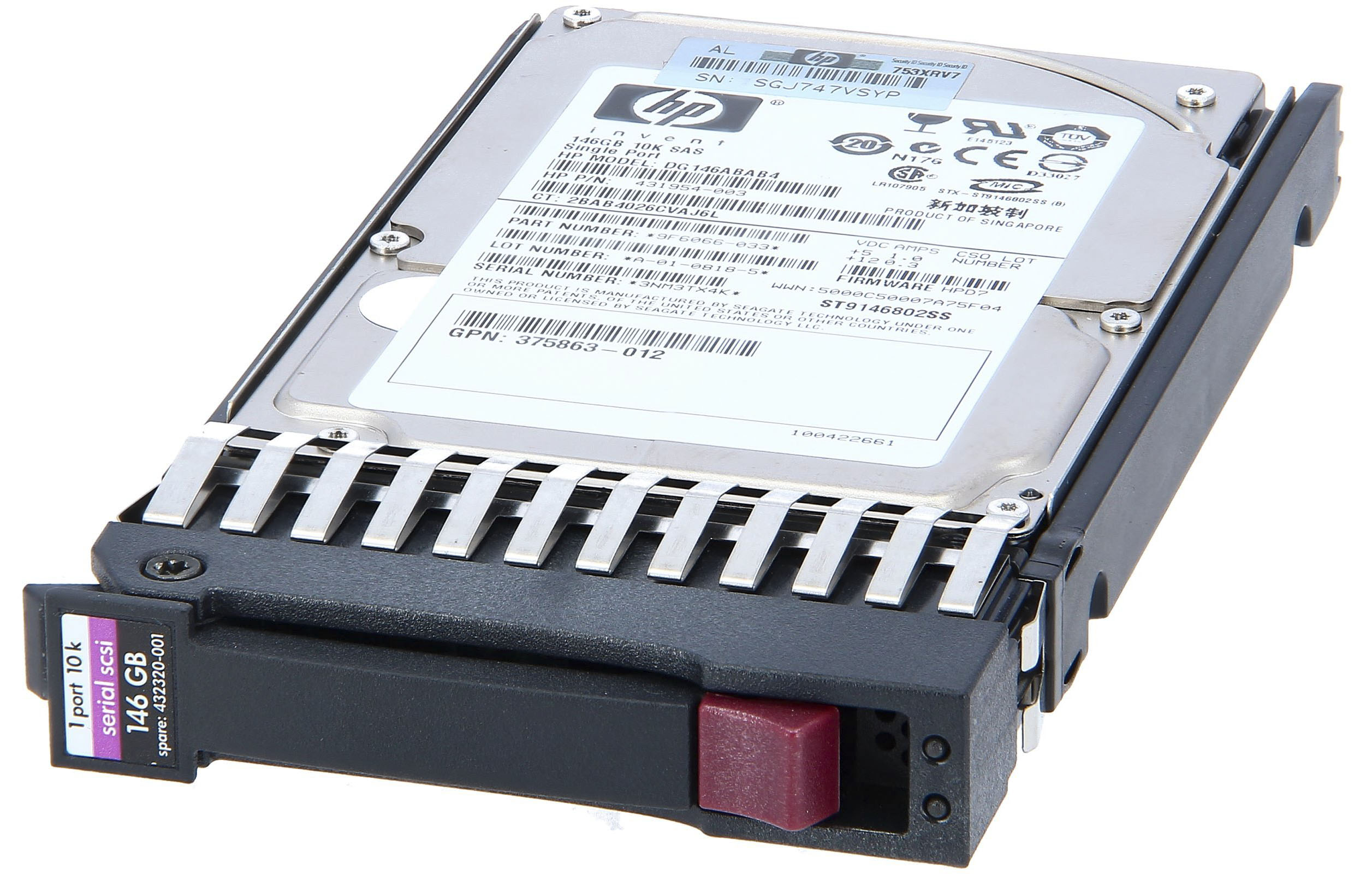
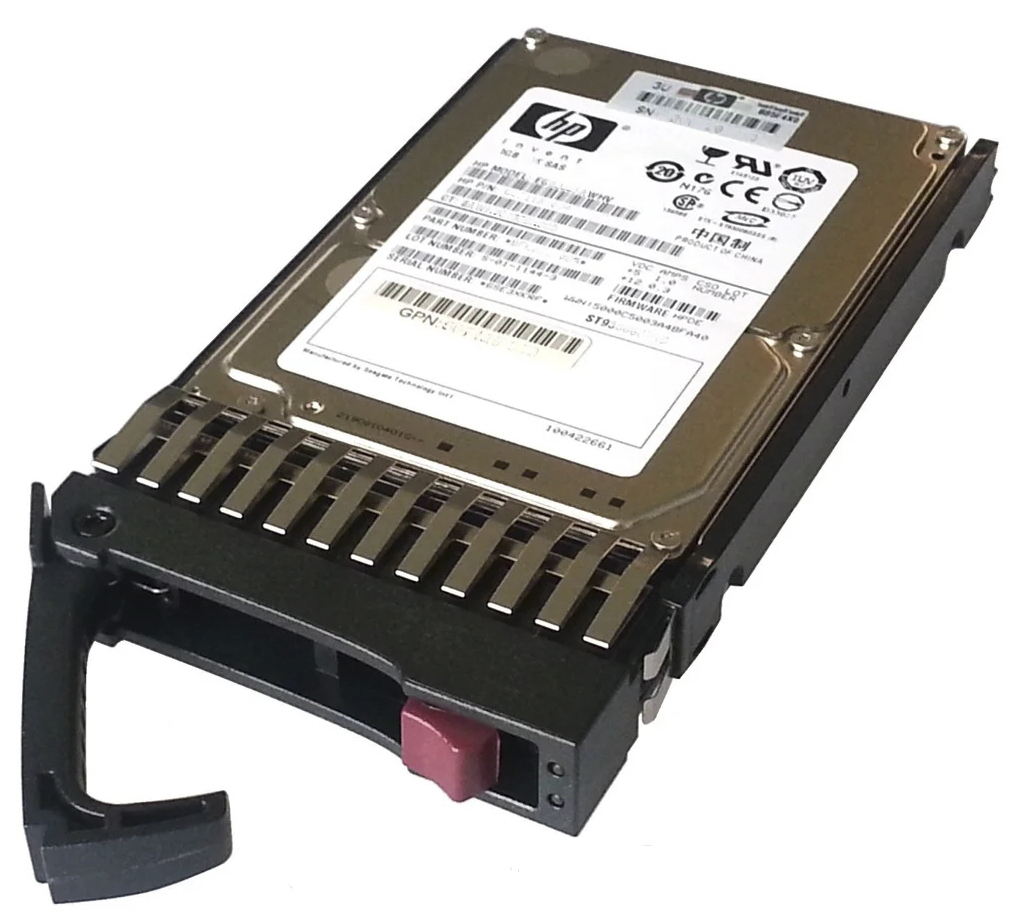
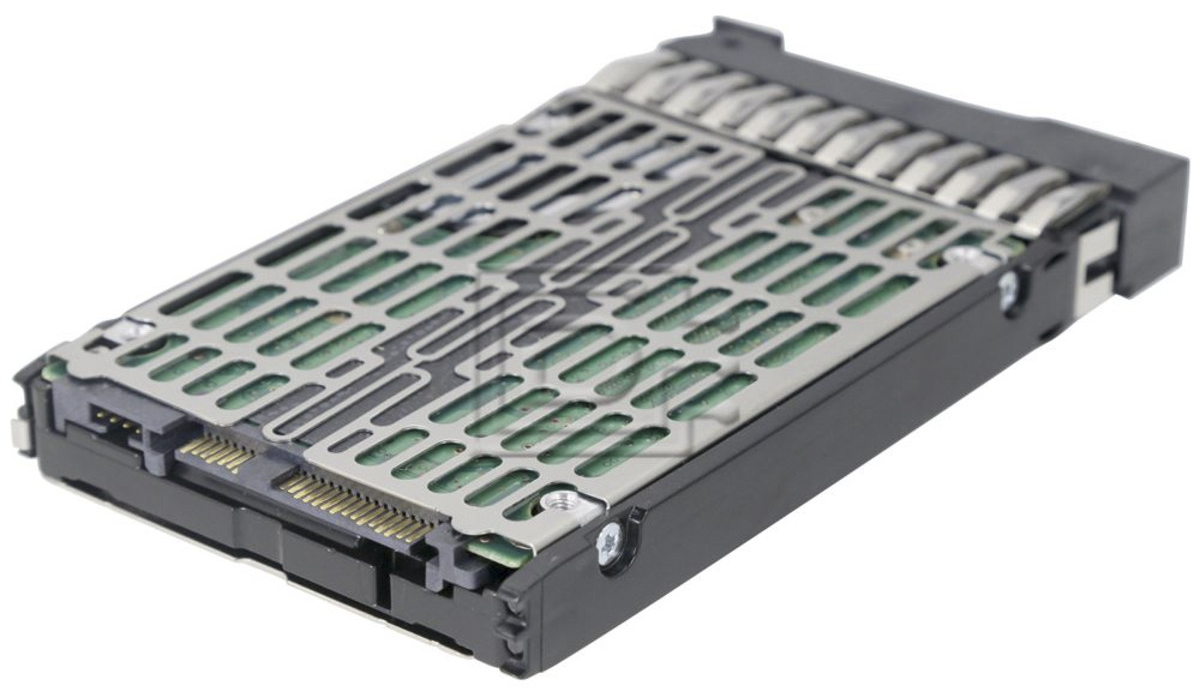
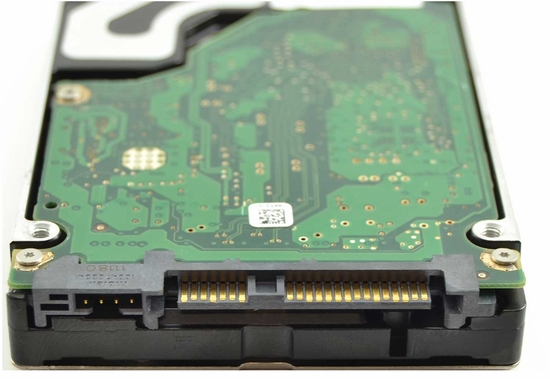
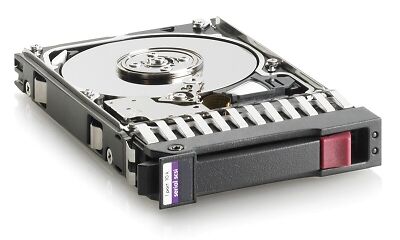
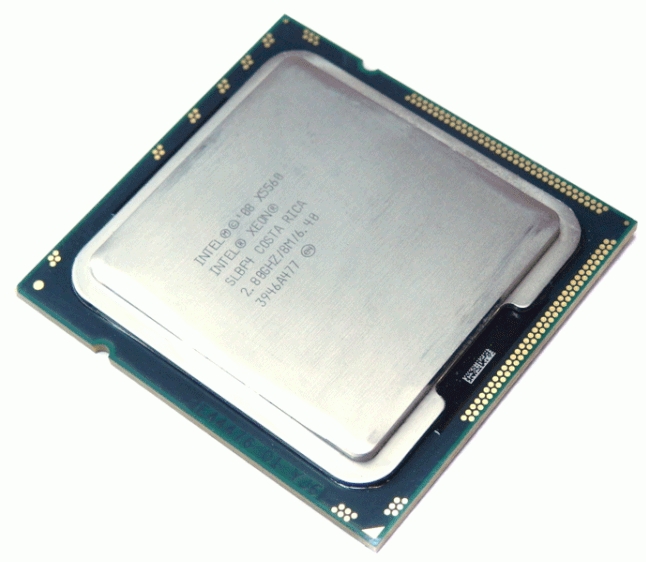
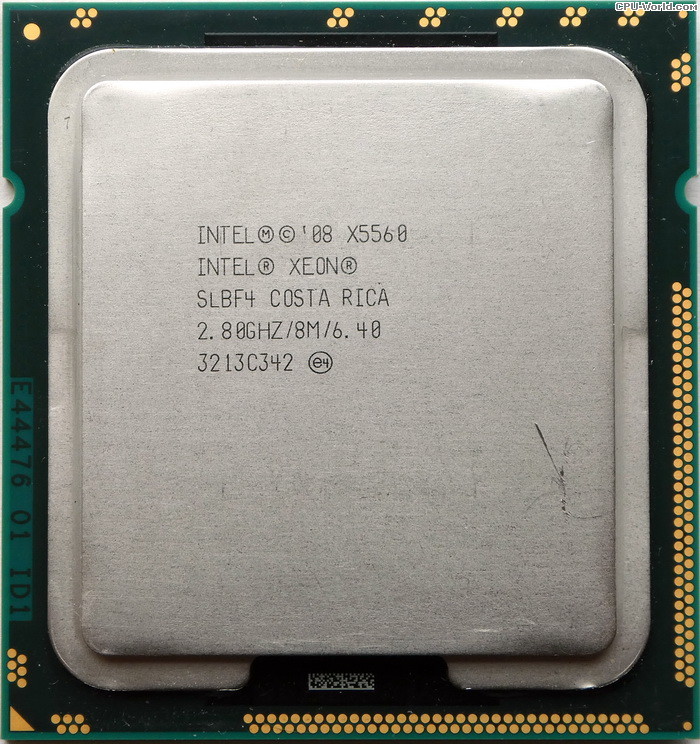
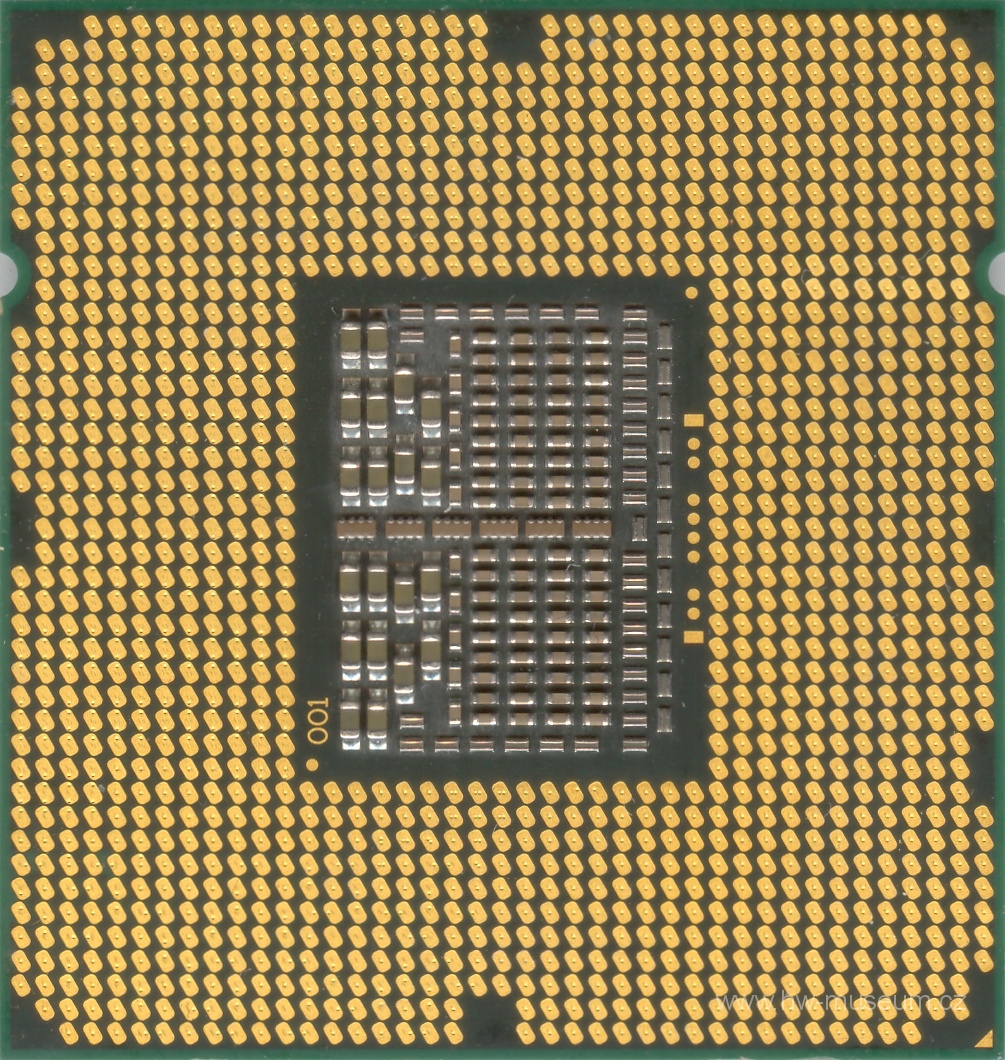

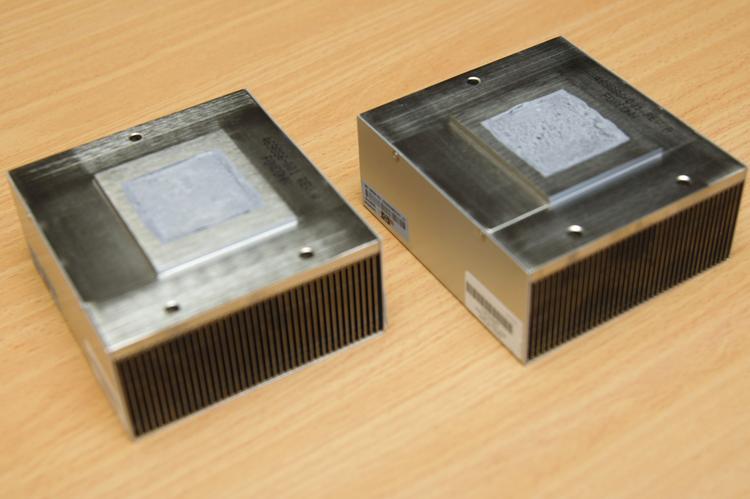
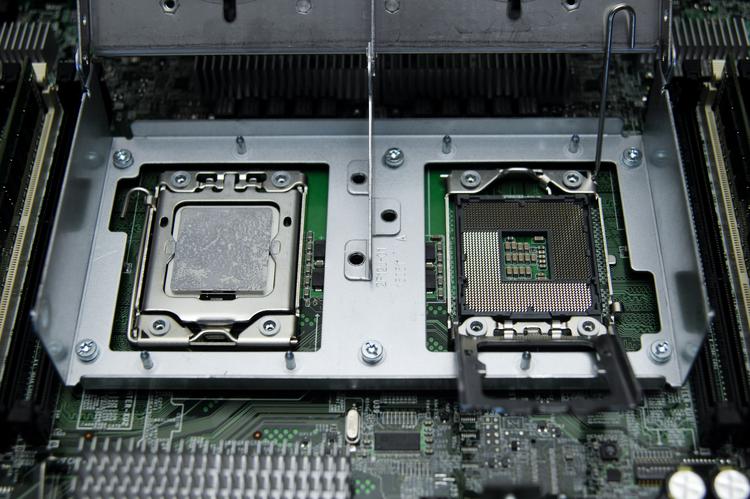
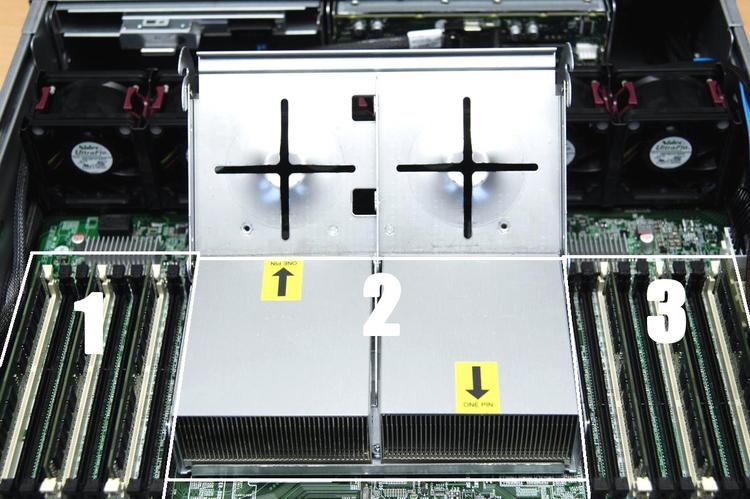

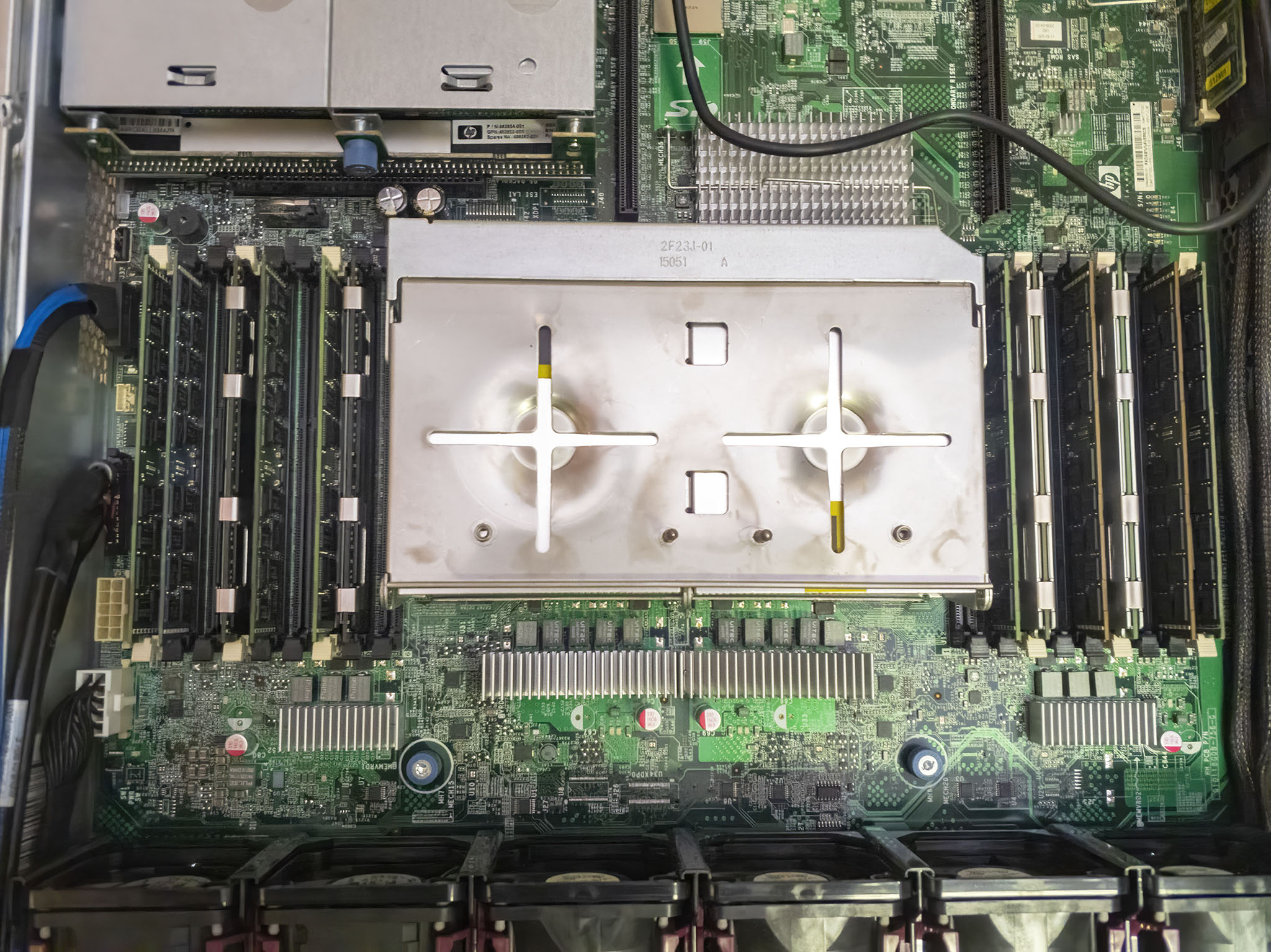
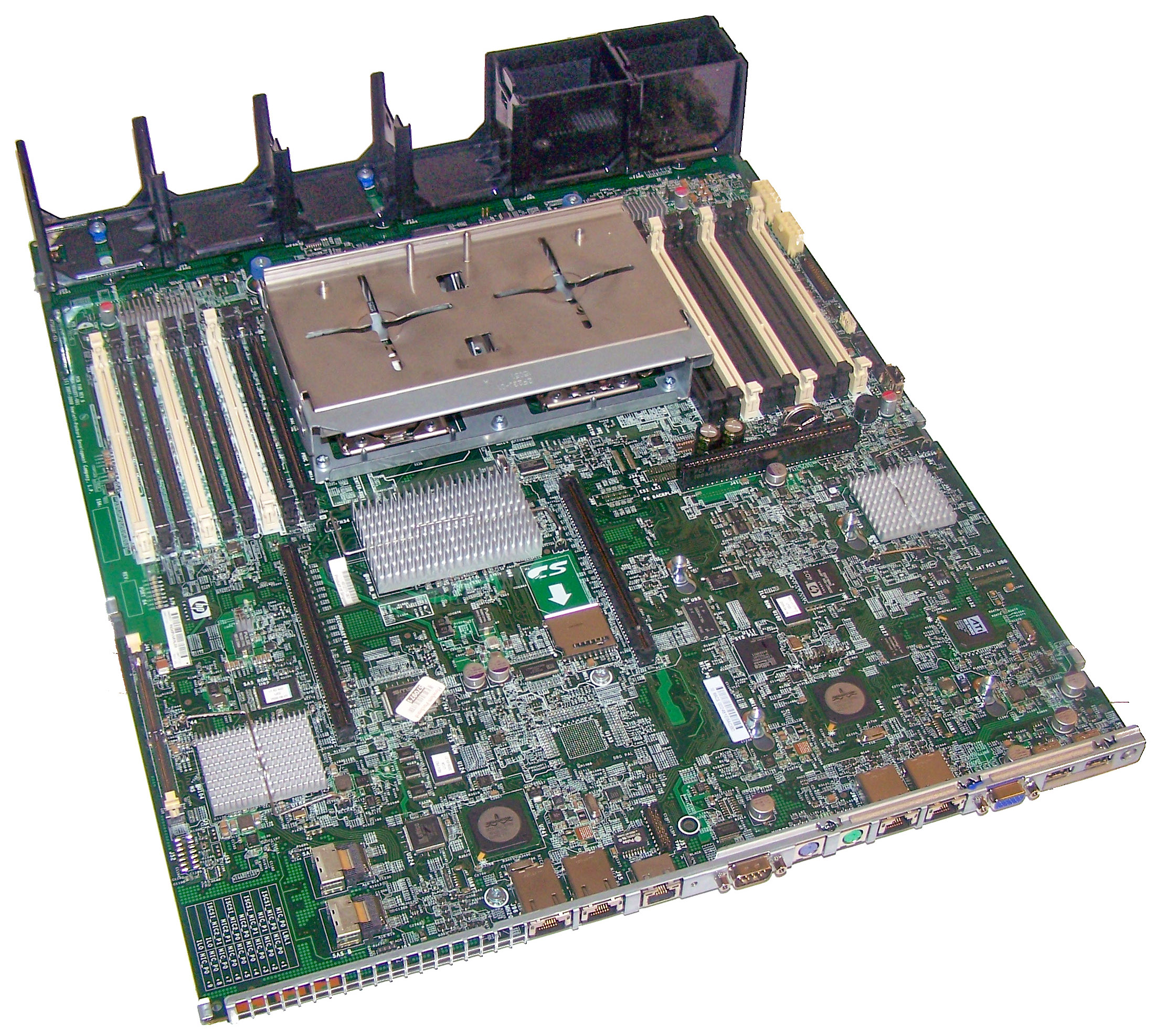
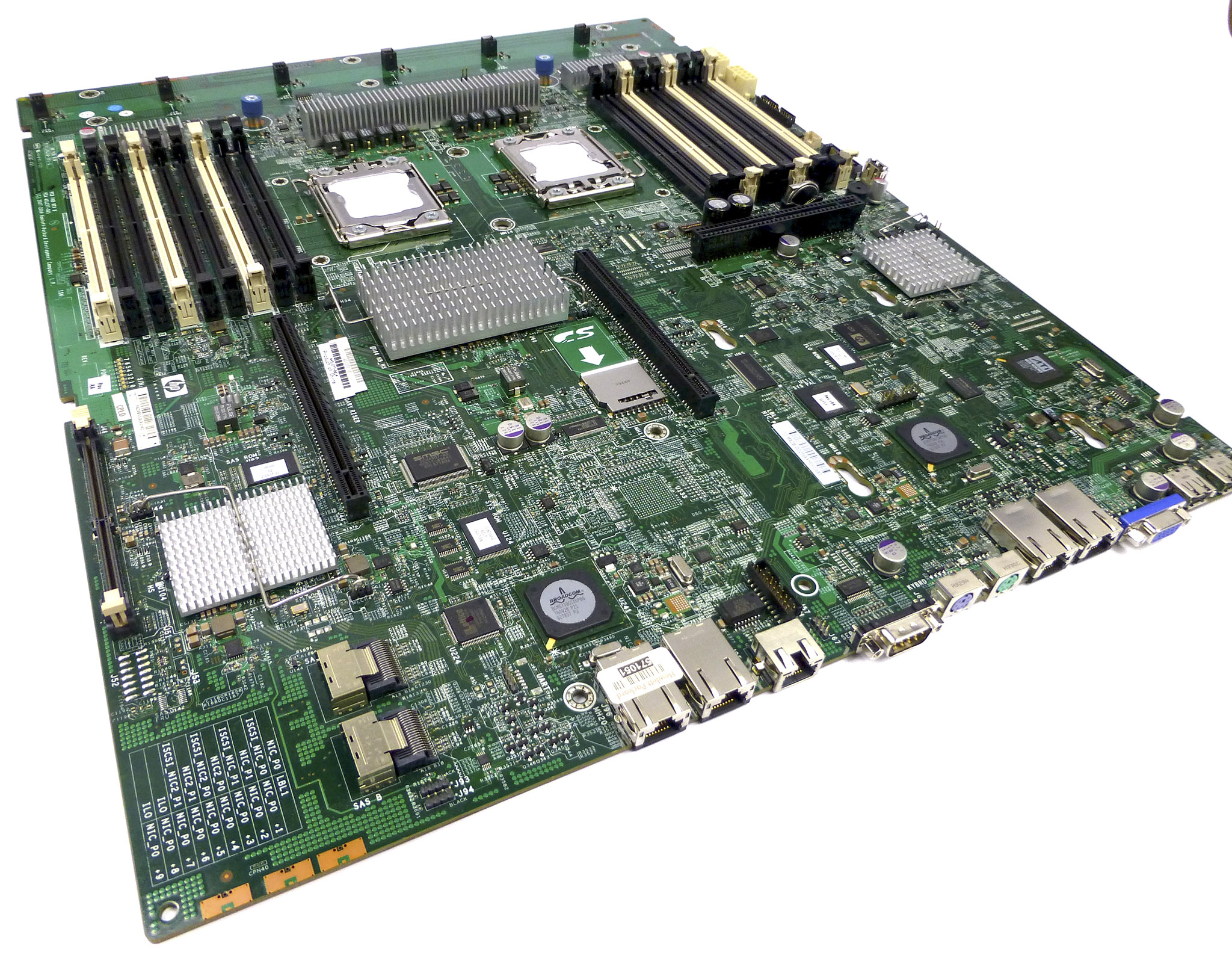
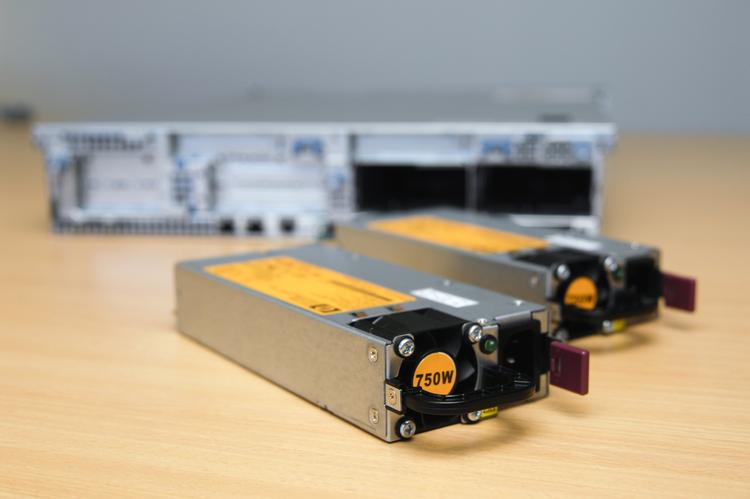
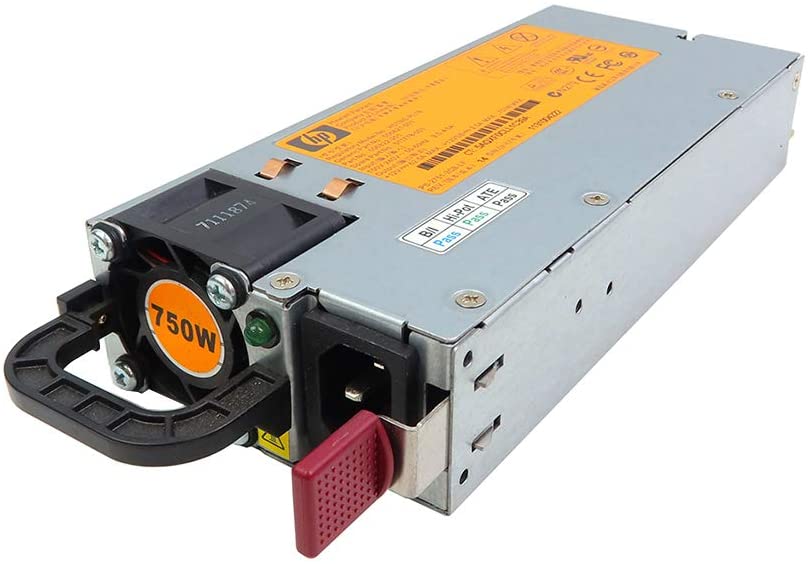
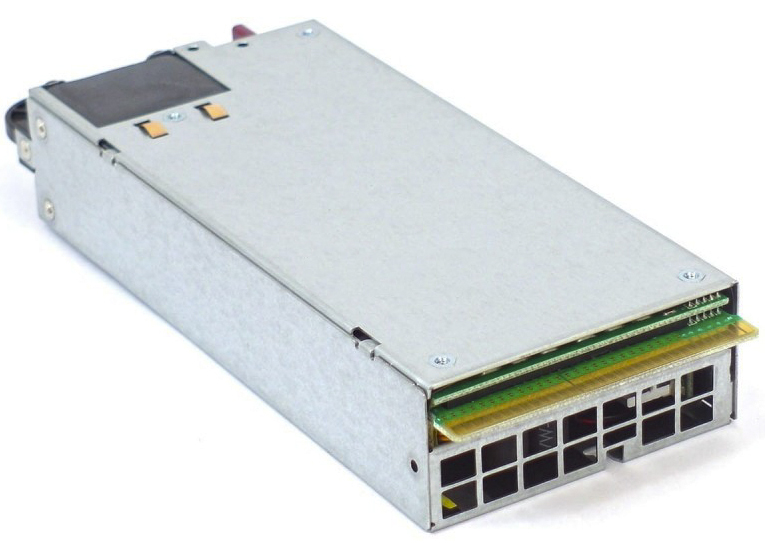
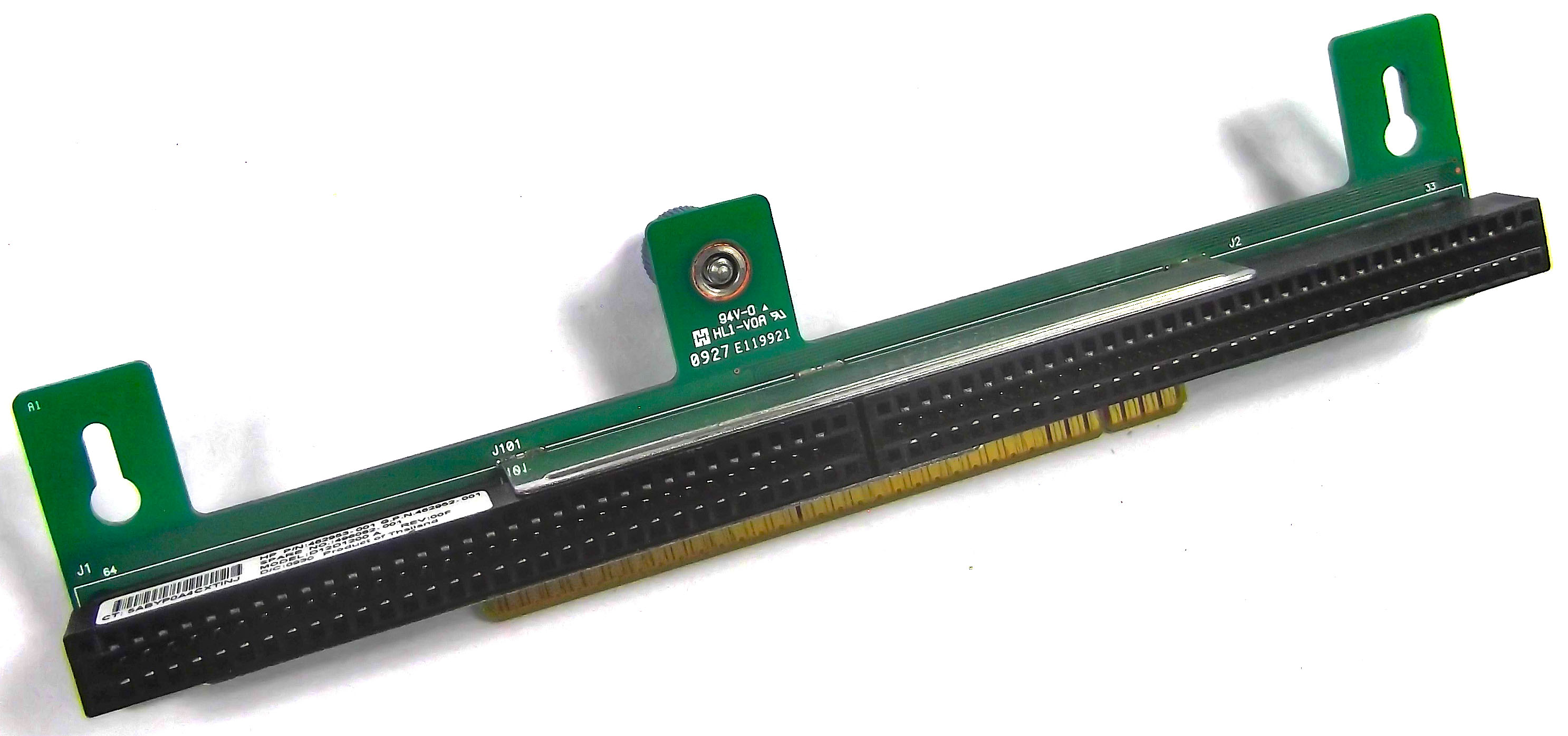

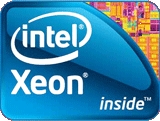
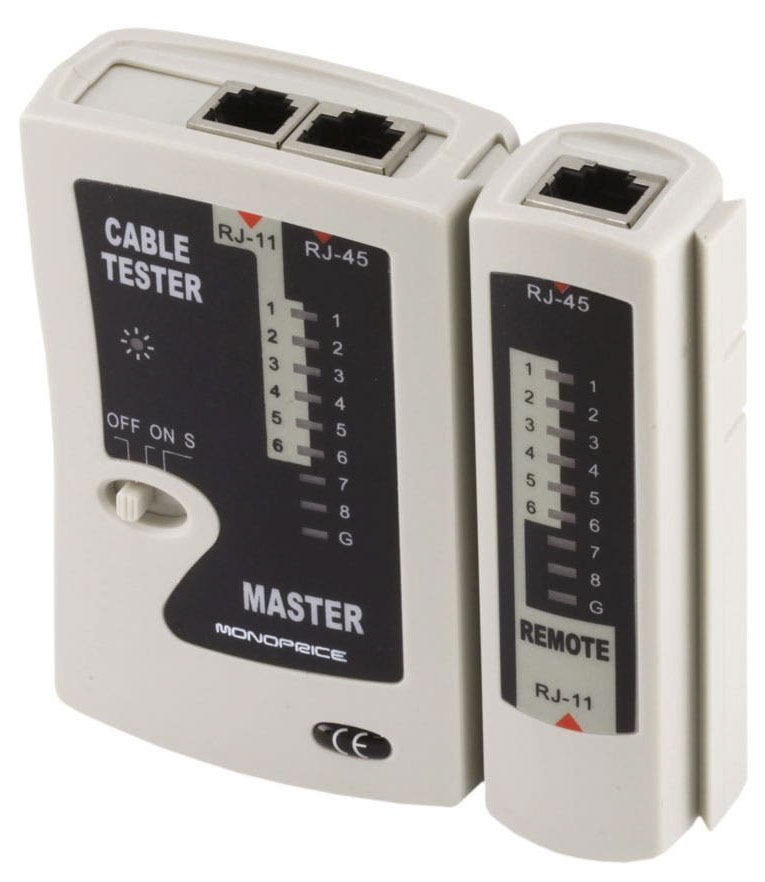

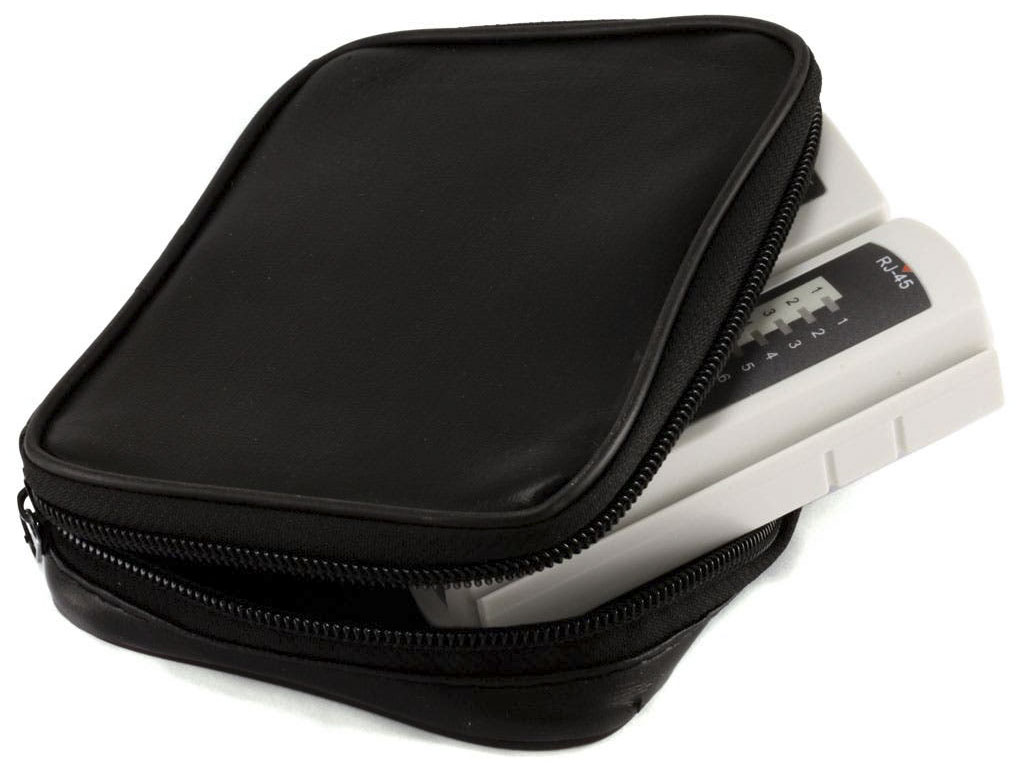
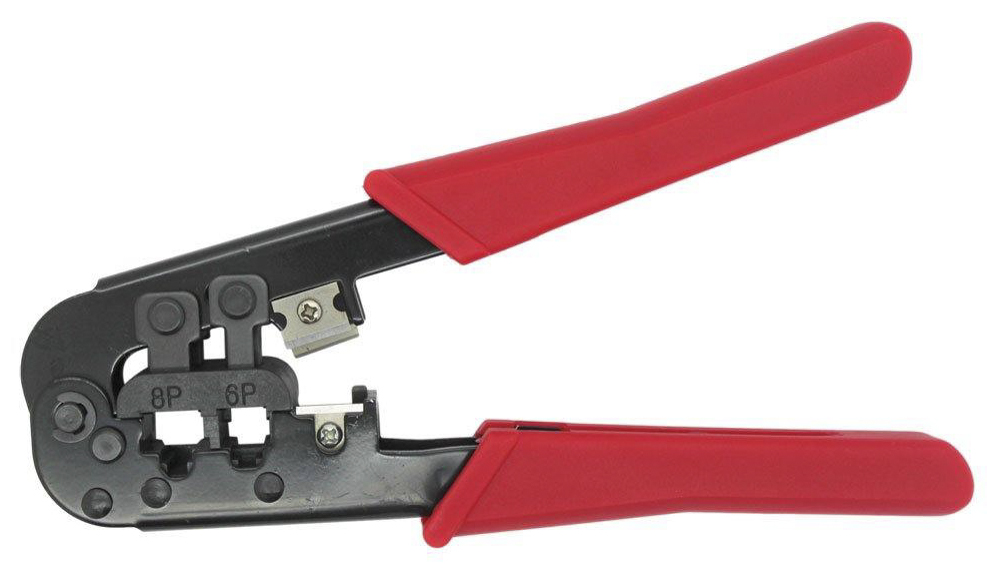
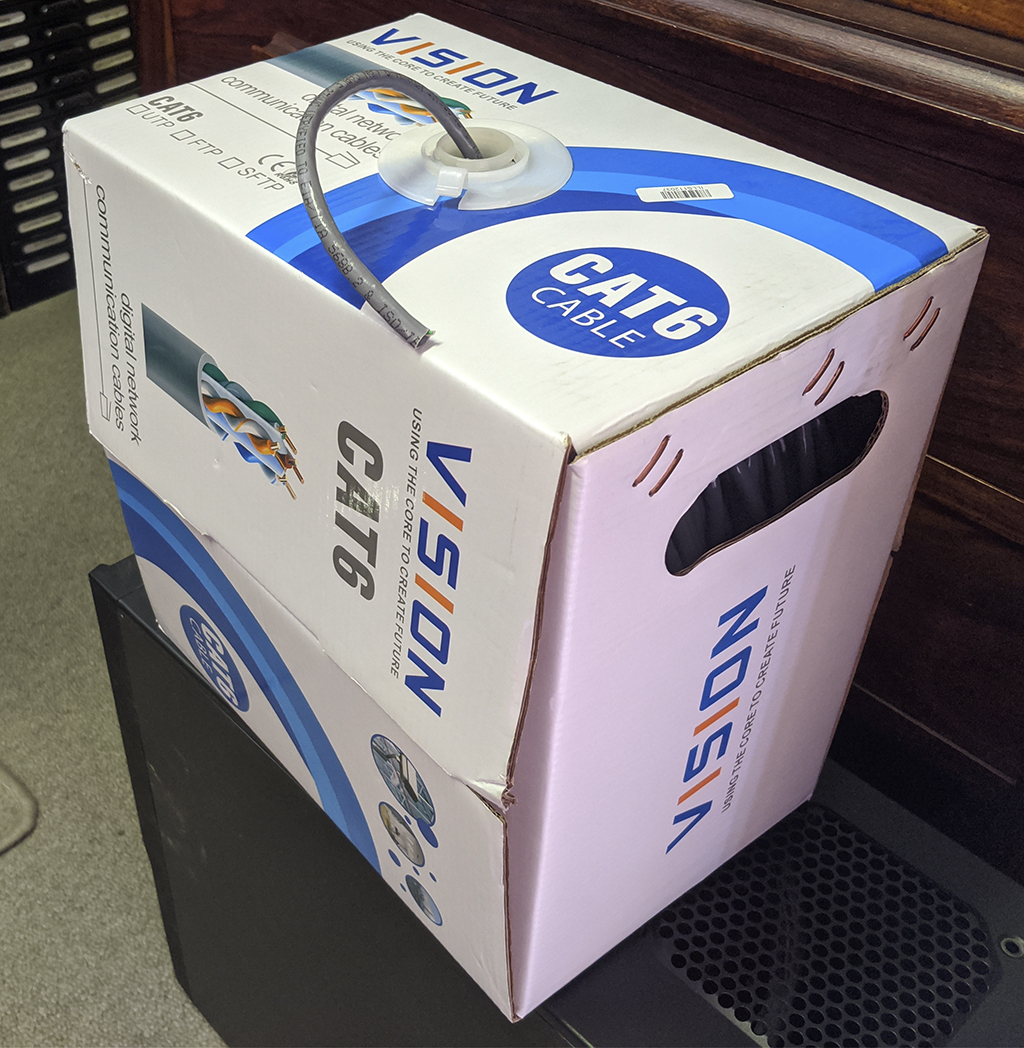
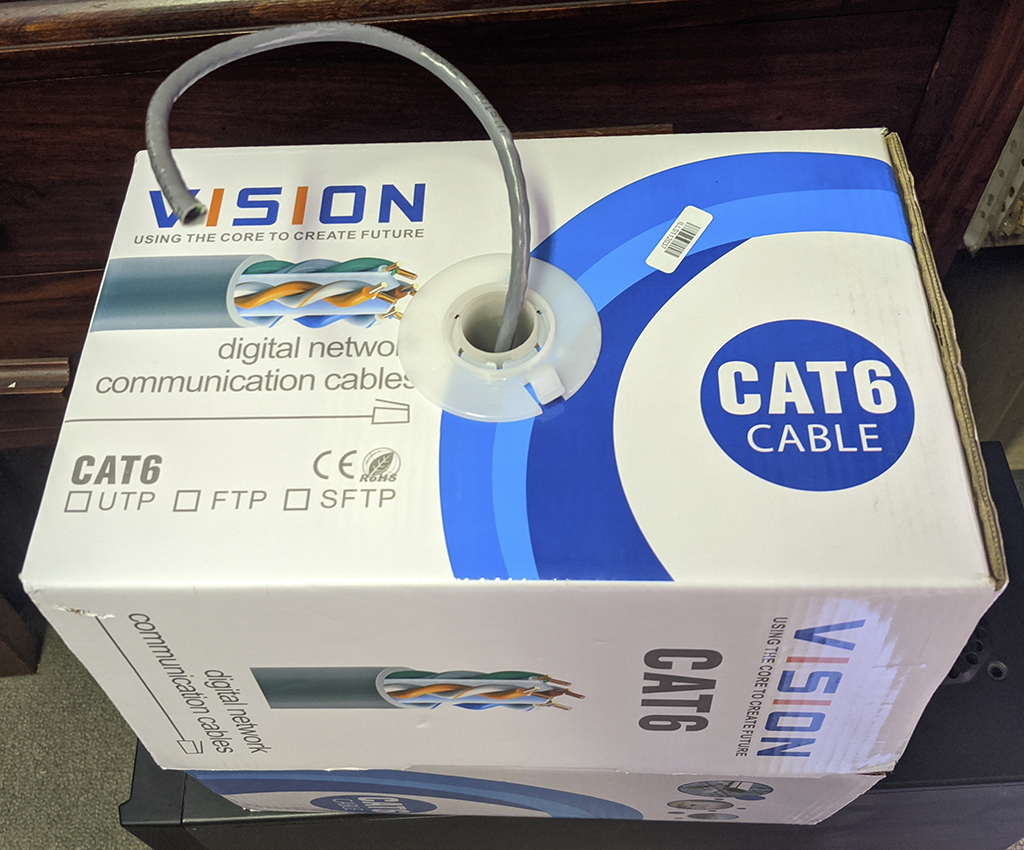
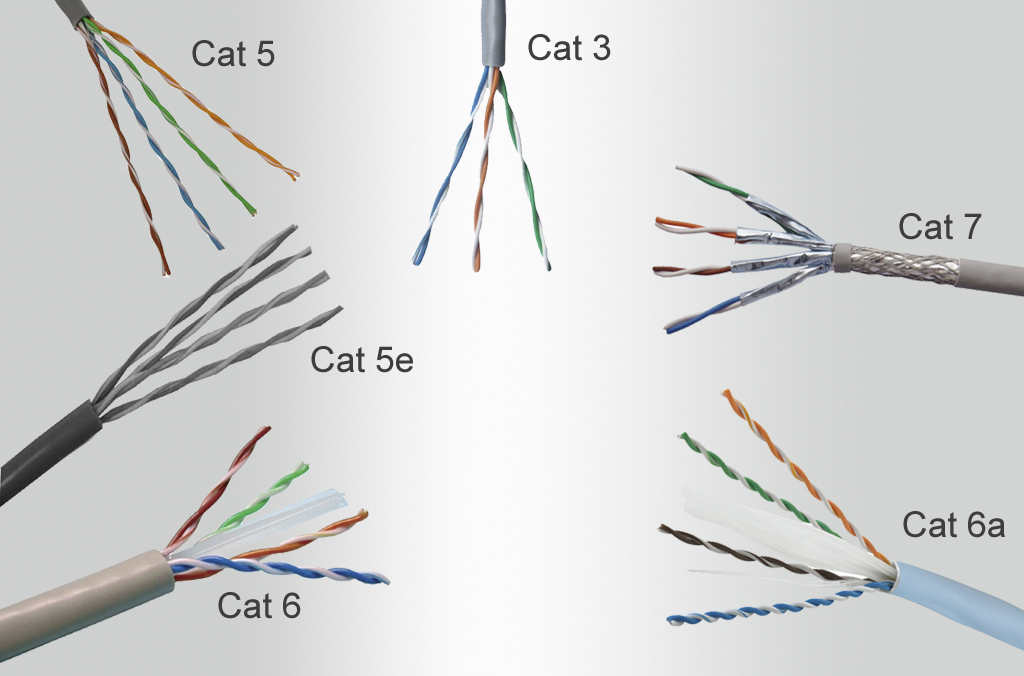


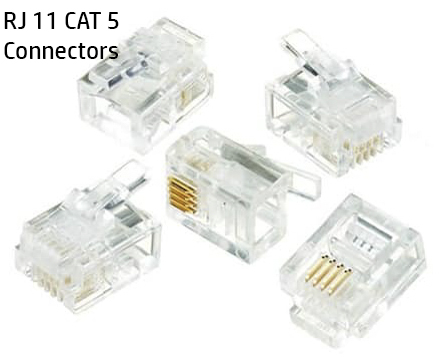
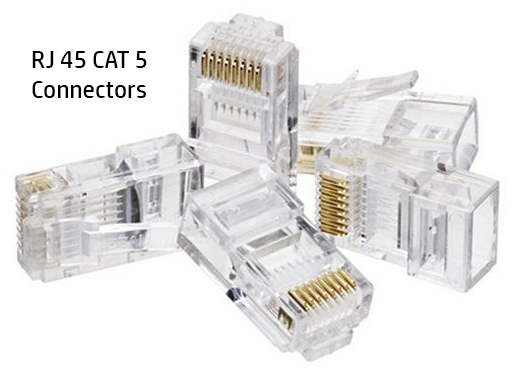
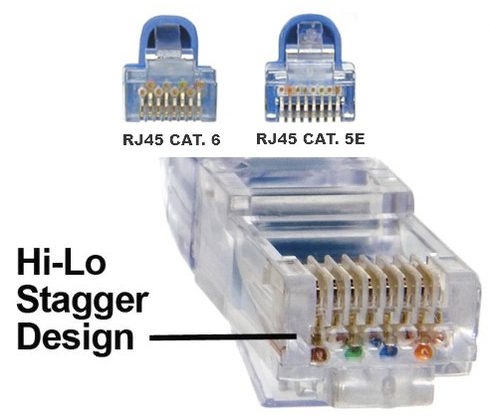
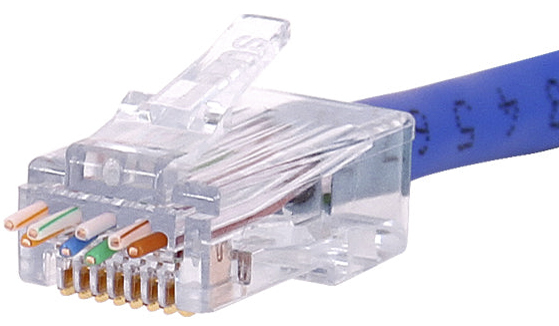
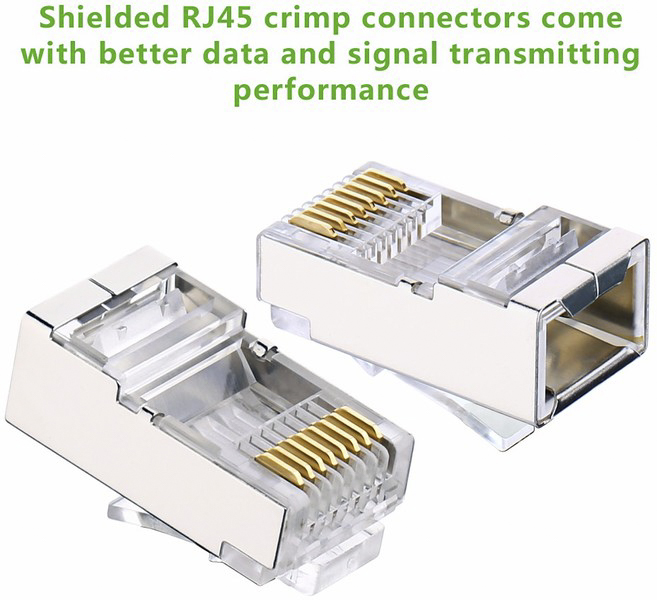
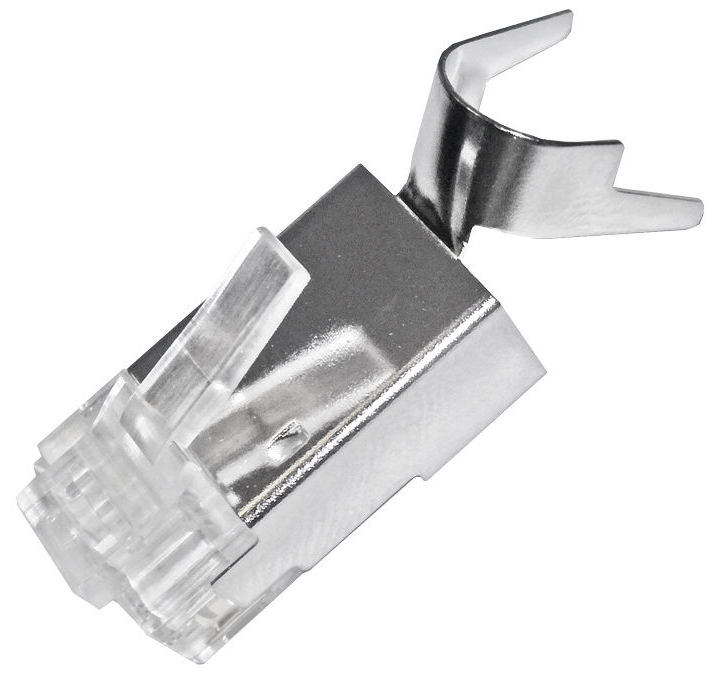
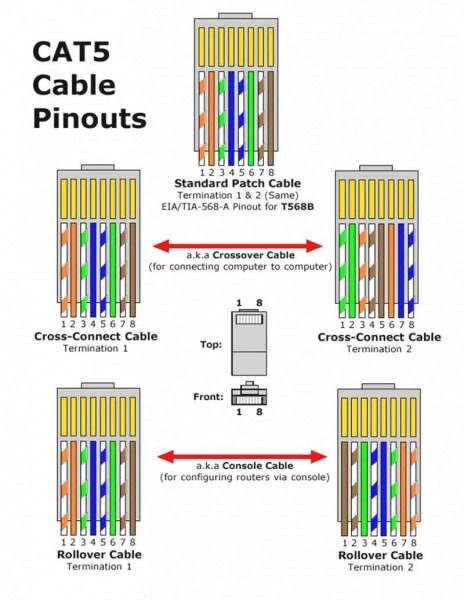
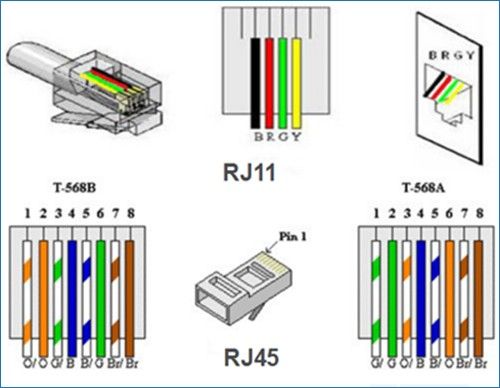
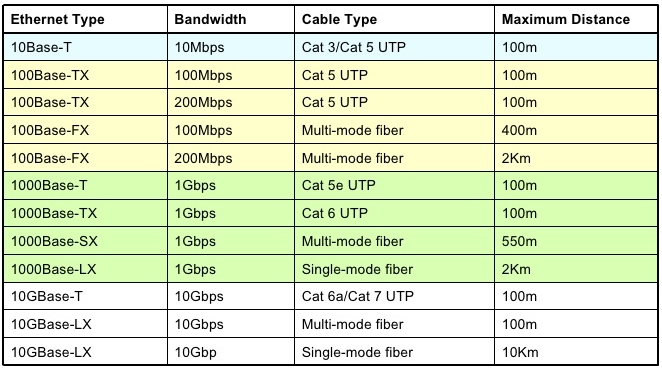
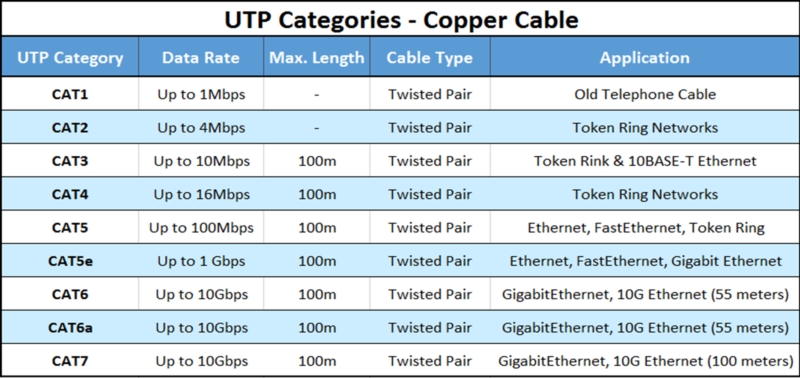

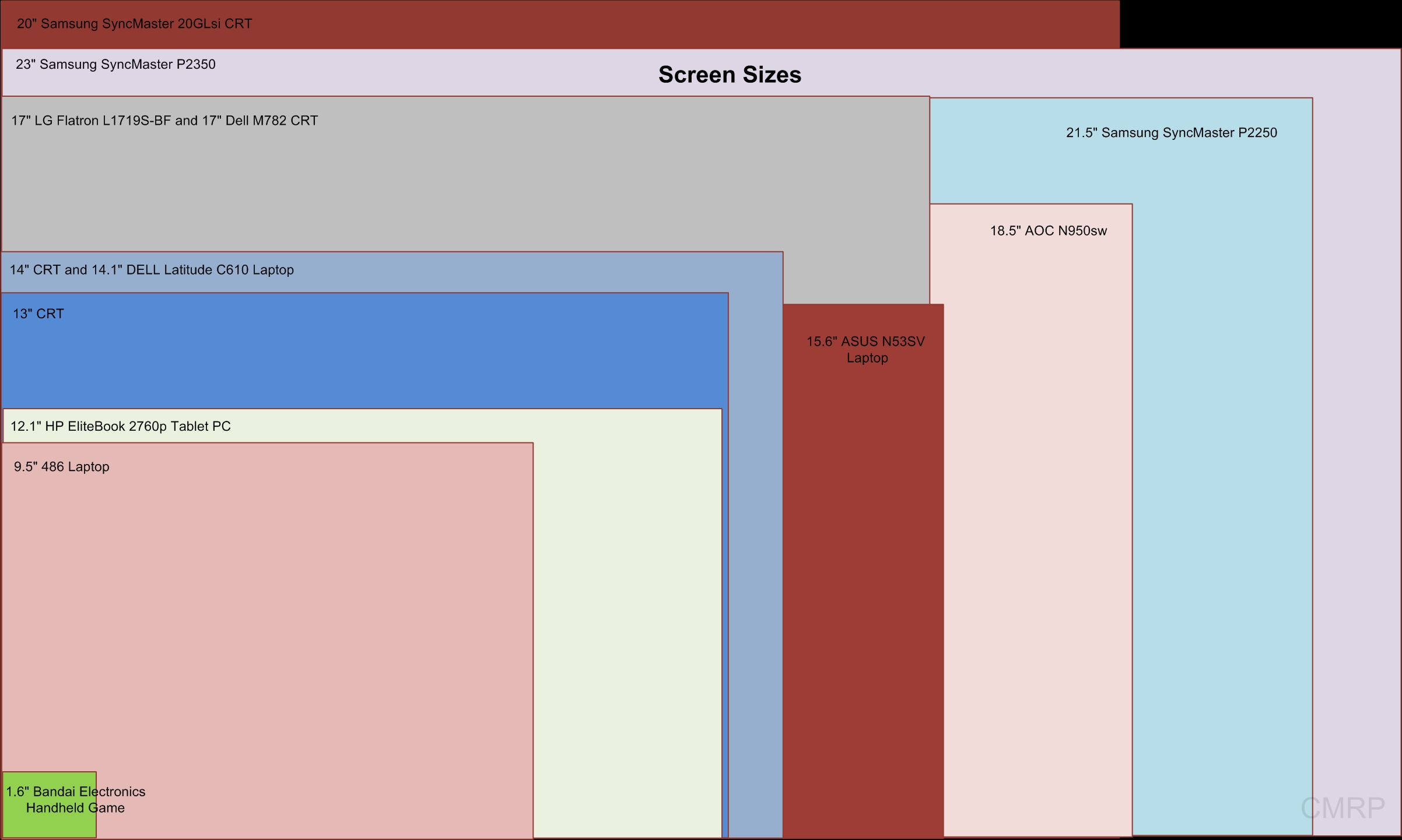
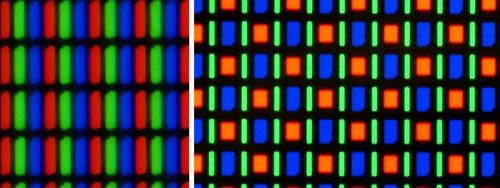

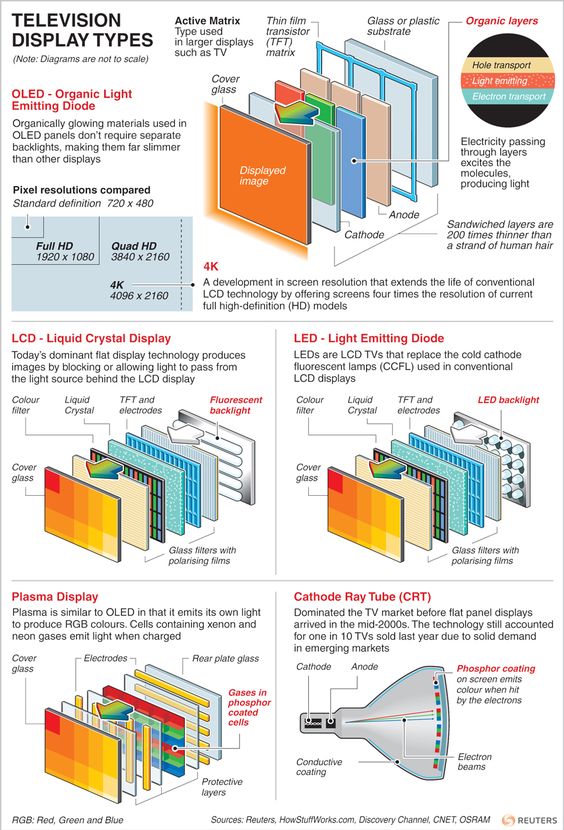
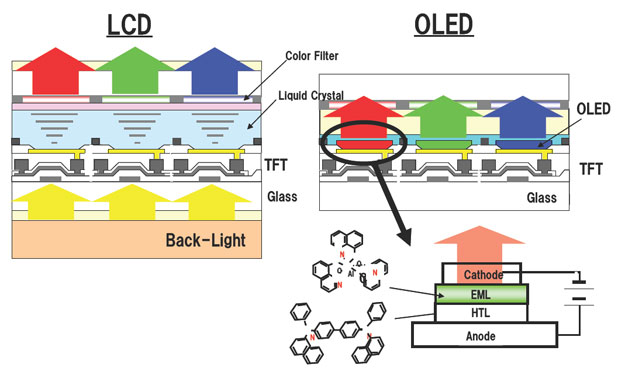

|
CPU List |
|||||||||||||
| Model Number | Frequency | Codename | Cores |
Manufacturing Technology | Transistors / Die Size | Voltage |
Cache |
FSB |
Multiplier | TDP |
Socket |
Width |
Release Date |
| AMD 386DX-40 | 40Mhz |
AMD AM386DX-40 | 1 (1 Threads) |
1500nm |
275
Thousand / 104mm2 |
5V |
None,
Depends on Mainboard |
20Mhz |
- |
1.05W |
PGA-132 |
16/32-bit CISC |
March
1991 |
| Intel 486DX4 100 | 100Mhz |
A80486DX4-100 | 1 (1 Threads) | 600nm |
1.6
Million / 345mm2 |
3.3V |
16Kb |
33Mhz |
3x |
4.29W |
Socket
3 |
32-bit CISC |
March
1994 |
| Intel
486DX2 |
50Mhz |
A80486DX2-50 |
1 (1 Threads) | 800nm |
1.2
Million / 81mm2 |
5V |
8Kb |
25Mhz |
2x |
4.75W |
Socket
3 |
32-bit CISC |
March
1992 |
| Intel
Mobile Pentium III-M |
1.0Ghz |
"Tualatin" |
1 (1 Threads) | 130nm |
44
Million / 80mm2 |
1.4V |
512Kb |
133
MT/s |
7.5x |
20.5W |
BGA2 |
32-bit CISC |
July
2001 |
| Intel
Pentium 4 2.4 |
2.4Ghz |
"Northwood" |
1 (1 Threads) | 130nm |
55
Million / 146mm2 |
1.525V |
512Kb |
533
MT/s |
18x |
59.8W |
Socket
478 |
32-bit CISC |
May
2002 |
| Intel
Pentium 4 HT 530J |
3.0Ghz |
"Prescott" |
1
(2 Threads) |
90nm |
125
Million / 112mm2 |
1.4V |
1Mb |
800
MT/s |
15x |
84W |
Socket
478 |
32-bit CISC |
Oct
2004 |
| Microsoft XBOX XCPU-ES (IBM) |
3.2Ghz | "Xenon" |
3 (6 Threads) |
90nm | 165 Million | 1Mb | 21.6 GB/s |
64-bit RISC |
2005 |
||||
| Intel
Core 2 Duo E6550 |
2.33Ghz |
"Conroe" | 2 (2 Threads) |
65nm | 291
Million / 143mm2 |
1.5V |
4MB | 1333
MT/s |
7x |
65W |
LGA
775 |
64-bit CISC |
July
2007 |
| Intel Core 2 Duo E660 | 2.4Ghz |
"Conroe" |
2 (2 Threads) | 65nm | 291
Million / 143mm2 |
1.5V |
4MB |
1066
MT/s |
9x |
65W |
LGA
775 |
64-bit CISC |
July
2006 |
| Intel
Core 2 Duo E7500 |
2.93Ghz |
"Wolfdale" |
2 (2 Threads) | 45nm |
230
Million / 82mm2 |
1.3625V |
3MB |
1066
MT/s |
11x |
65W |
LGA
775 |
64-bit CISC |
Jan
2009 |
| Intel
Core i7 2600K |
3.4Ghz
(3.8 Ghz Turbo) |
"Sandy
Bridge" |
4 (8 Threads) |
32nm | 1.16
Billion / 216mm2 |
1.225V |
8MB |
DMI
5 GT/s |
34x
(38x Turbo) |
95W |
LGA
1155 |
64-bit CISC |
Jan
2011 |
| Intel Core
i5 2540M |
2.6Ghz
(3.3Ghz Turbo) |
"Sandy Bridge" | 2 (4 Threads) | 32nm | 624
Million / 149mm2 |
1.2V | 3MB |
DMI
5 GT/s |
26x
(33x Turbo) |
35W |
Socket
G2 |
64-bit CISC |
Feb
2011 |
| Intel
Core i5 2500K |
3.3Ghz (3.7 Ghz Turbo) | "Sandy Bridge" | 4 (4 Threads) |
32nm |
1.16
Billion / 216mm2 |
1.2V |
6MB |
DMI 5 GT/s | 33x
(37x Turbo) |
95W |
LGA 1155 | 64-bit CISC |
Jan
2011 |
| Intel Core i7 2670QM | 2.2Ghz (3.1Ghz Turbo) | "Sandy Bridge" | 4 (8 Threads) | 32nm | 995 Million / 216mm2 | 1.52V | 6MB | DMI 5 GT/s | 22x (31x Turbo) | 45W | Socket G2 | 64-bit CISC |
Nov 2011 |
| Intel Core i7 7700 |
3.6Ghz (4.2 Ghz Turbo) | "Kaby Lake" |
4 (8 Threads) | 14nm | 1.75 Billion / 122mm2 | 1.52V | 8MB | DMI 8 GT/s | 36x (42x Turbo) | 65W | LGA 1151 (Socket H4) |
64-bit CISC |
Oct 2016 |
| Intel Xeon X5560 |
2.8Ghz (3.2 Ghz Turbo) | "Nehalem EP" |
4 (8 Threads) | 45nm | 731 Million / 263mm2 | 1.35V |
8MB | 1333MHz |
21x (24x Turbo) | 95W | FCLGA1366 |
64-bit CISC |
March 2009 |
| Model Number | Frequency | Codename | Cores | Manufacturing Technology | Transistors / Die Size | Voltage | Cache | FSB | Multiplier | TDP | Socket | Width | Release Date |
|
GPU List |
||||||
| Model |
ATI Radeon 9200 | Nvidia GEForce 8500 GT | Nvidia GeForce GT 640 DDR3 | AMD SAPPHIRE FLeX Radeon HD 6870 | Nvidia GeForce GT 540M | Gigabyte AORUS Radeon RX 580 |
| Manufacturer |
ATI |
nVidia | nVidia |
AMD | nVidia | Gigabyte |
| Series |
R200
(8xxx, 9xxx) Series |
Series
8 |
Series
600 |
HD
6000 Series | GT 540M | RX 580 |
| Year | April
2003 |
April 2007 |
June
2012 |
October
2010 | January 2011 | April 2017 |
| Code Name | RV280
(argus) |
G86 |
GK107 |
Barts
XT | GF108 | Polaris 20 XTX/Ellesmere |
| Fab Process | 150nm |
80nm |
28nm |
40nm | 40nm | 14nm |
| Transistors / Die size | 36Million / 81mm2 | 210Million / 115mm2 | 1270Million / 118mm2 |
1700Million / 255mm2 | 585Million / 116mm2 | 5700Million / 232mm2 |
| Bus | AGP
8x |
PCIe
2.0x16 |
PCIe
3.0x16 |
PCIE
2.1x16 | PCIe 2.0x16 | PCIe 3.0x16 |
| Power (Max TDP) | 28W | 45W | 65W | 151W | 35W | 185W |
| Memory | 256Mb |
512Mb |
2048Mb |
1024Mb | 1024Mb | 8Gb |
| Core Speed (Base Clock) |
250MHz |
450MHz |
900MHz |
900MHz | 672MHz | 1340MHz |
| Max Speed (Turbo Clock) | 1000Mhz | 1380MHz | ||||
| Shader Speed | N/A | 900MHz |
900MHz |
N/A | 1344MHz | |
| Unified Shaders (Stream Processors / Cuda Cores) |
4
Shaders / 1 Vertex (4:1:4:4 config Core) |
16 CUDA Cores
(16:8:4) |
384
CUDA Cores (384:32:16) |
1120 Stream Processors
(1120:56:32) | 96 CUDA Cores (96:16:4) | 2304 Shader processing Units |
| Texture Mapping Units | 4 |
8 |
32 |
56 | 16 | 144 |
| Render Output Units | 4 |
4 |
16 |
32 | 4 | 32 |
| Memory Speed | 200MHz (400MHz effective) | 400MHz (800MHz effective) | 1782MHz (3564MHz Effective) | 1050MHz (1250MHZ Turbo Clock) (4200MHz effective) | 900MHz | 2000MHz |
| Bus Type |
DDR |
DDR2 |
DDR3 |
GDDR5 | DDR3 | GDDR5 |
| Bus Width |
128-bit |
128-bit |
128-bit |
256-bit | 128-bit | 256-bit |
| Shader Model |
2.0 |
4.0 |
5.0 |
5.0 | 5.0 |
|
| Open GL |
4.5 |
|||||
| DirectX |
12.0 |
|||||
| Bandwidth |
6,400
MB/s |
12,800
MB/sec |
57,024 MB/sec | 134,400 MB/sec | 28,800 MB/sec | 256,000 MB/sec |
| Texture
Fillrate |
1000
MTexels/s |
3600 Mtexels/sec | 28800 Mtexels/sec | 50400 Mtexels/sec | 10752 Mtexels/sec | 196600 Mtexels/sec |
| Pixel Fillrate |
1000
MPixels/s |
1800 Mpixels/sec | 14400 Mpixels/sec | 28800 Mpixels/sec | 26900 Mpixels/sec | 43680 Mpixels/sec |
| Outputs |
1xDVI-I
- 1xS-video - 1x15 pin D-sub(VGA) |
1xS-video - 1x15 pin D-sub(VGA) - 1xDVI-I | 1x15
pin D-sub(VGA) - 1xHDMI - 1xDVI-D |
2xMini Display Port - 1xHDMI - 1x Single-Link DVI-D - 1 x Dual-Link DVI-I | Laptop Screen - 1xDVI-I - 1x15 pin D-sub(VGA) | 1xDVI-D, 1xHDMI 2.0, 3x-Display Port 1.4 |
| Max
Resolution |
2048
x 1536 @ 85Hz (1 Display) |
2560 x 1600 (2 Displays) |
4096 x 2160 (2 Displays) | 2560 x 1600 (3 Displays) | 3840 x 2160 (2 Displays) (Laptop screen + HDMI or D-sub | 7680 x 4320 (5 Displays) |
| Colors |
16.7M colors |
16.7M colors | 16.7M colors | 16.7M colors | 16.7M colors | 16.7M colors |
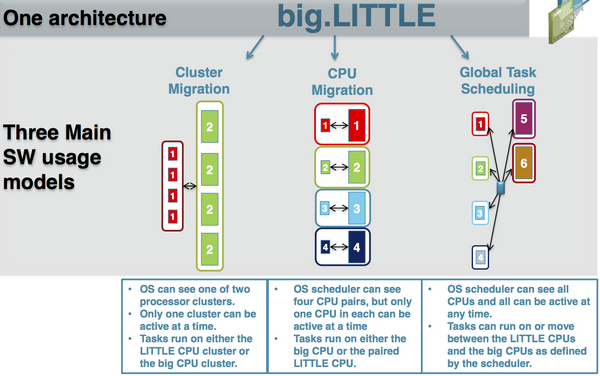
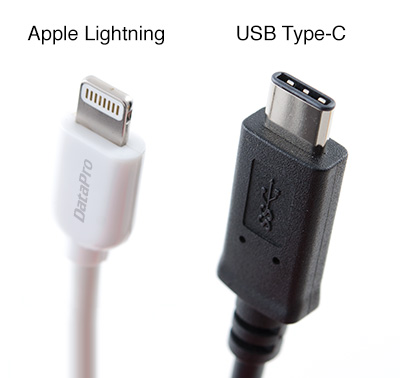
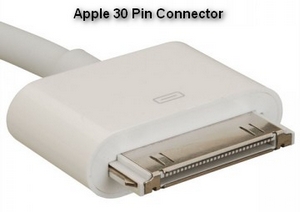
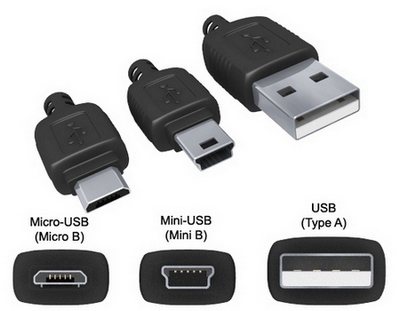

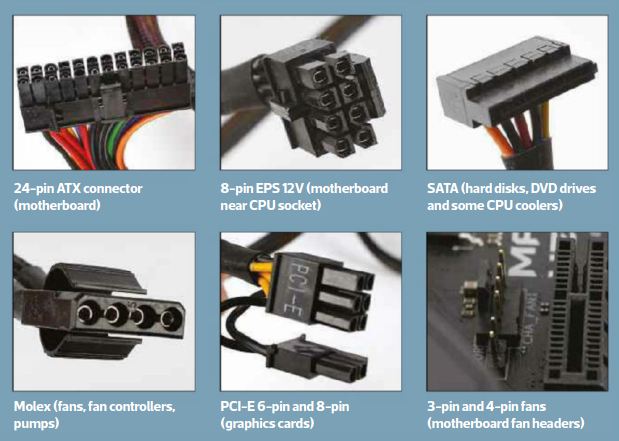
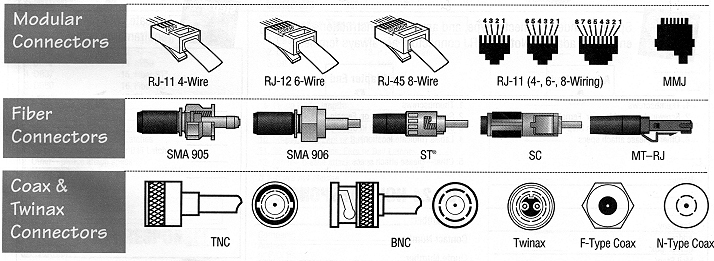
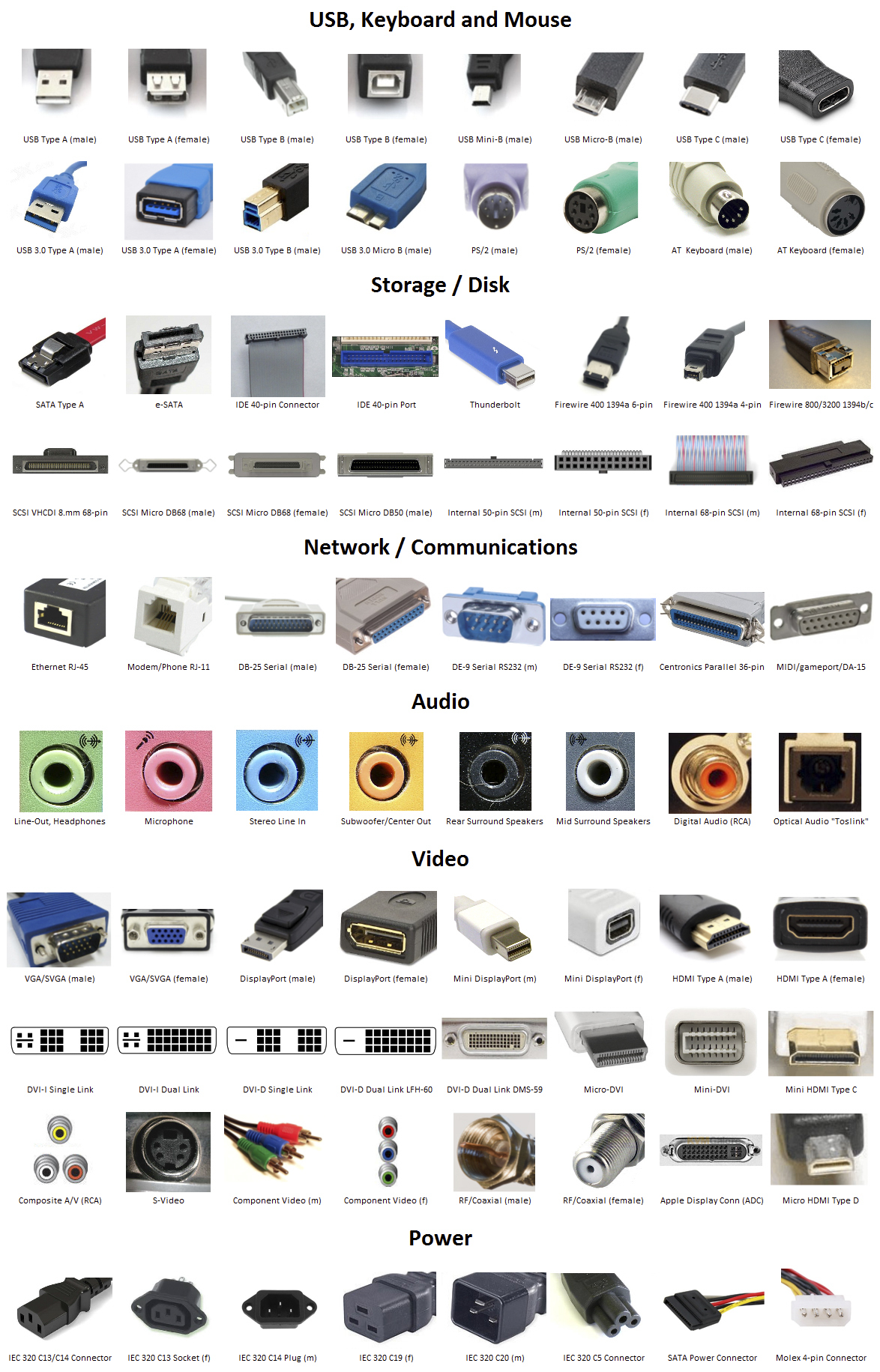
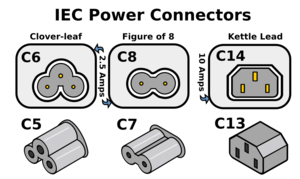
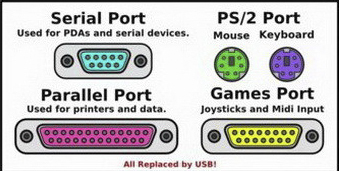


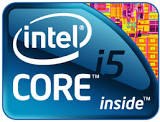
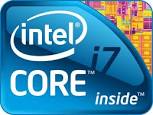

MENU HOME